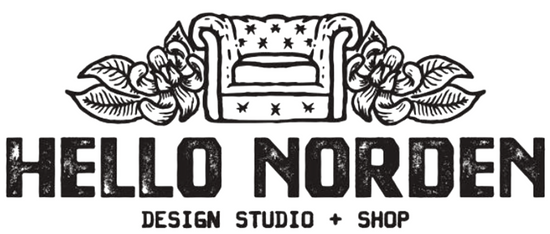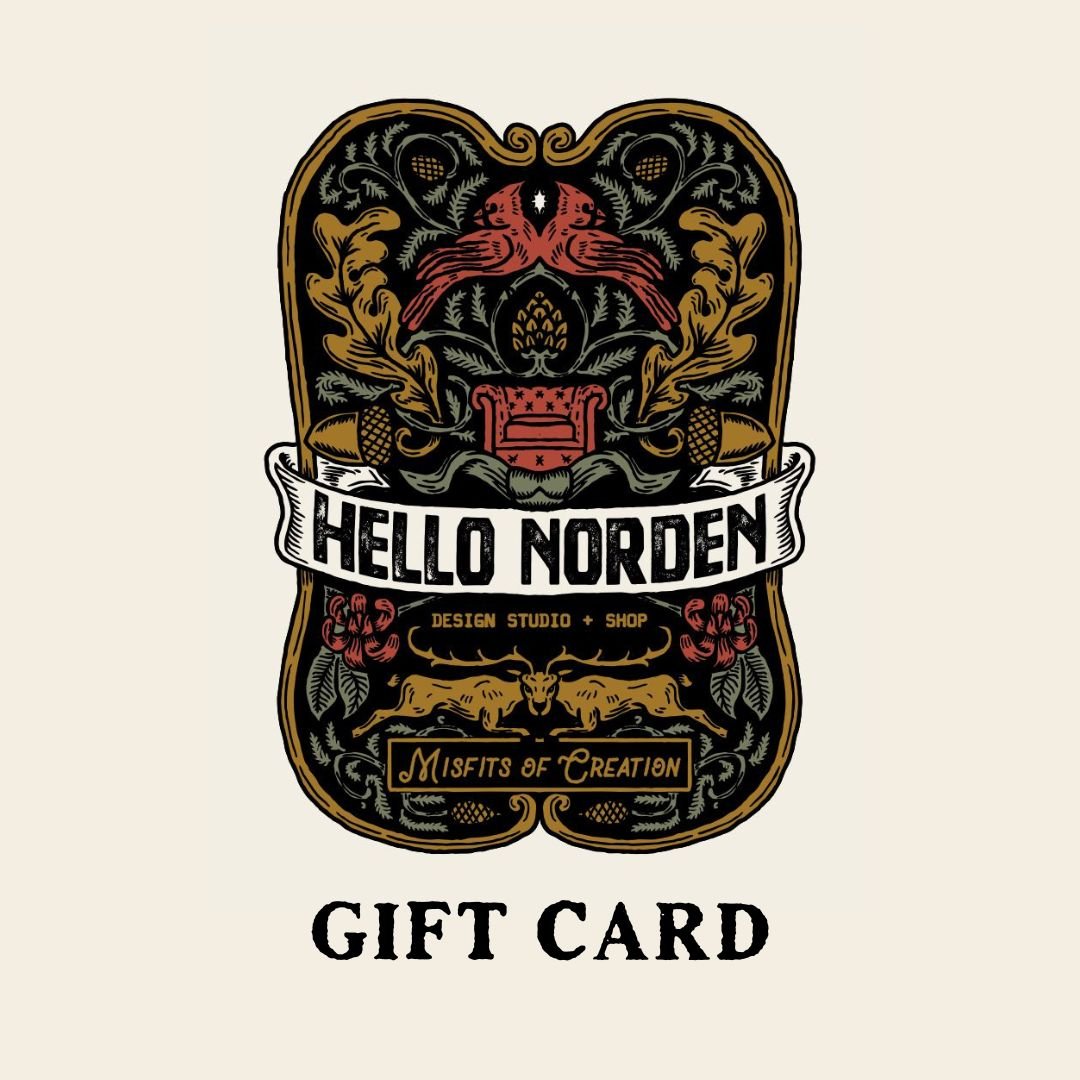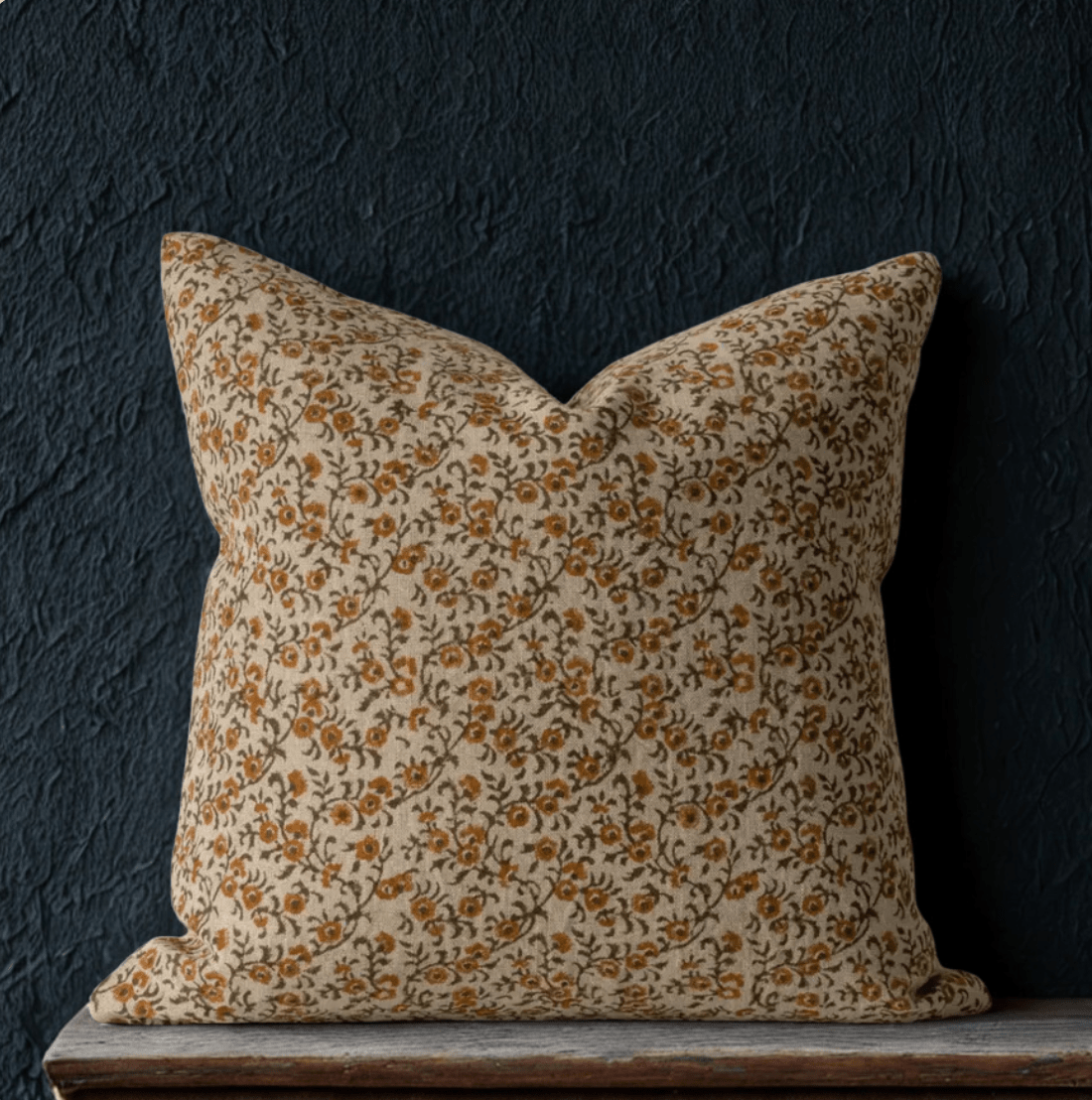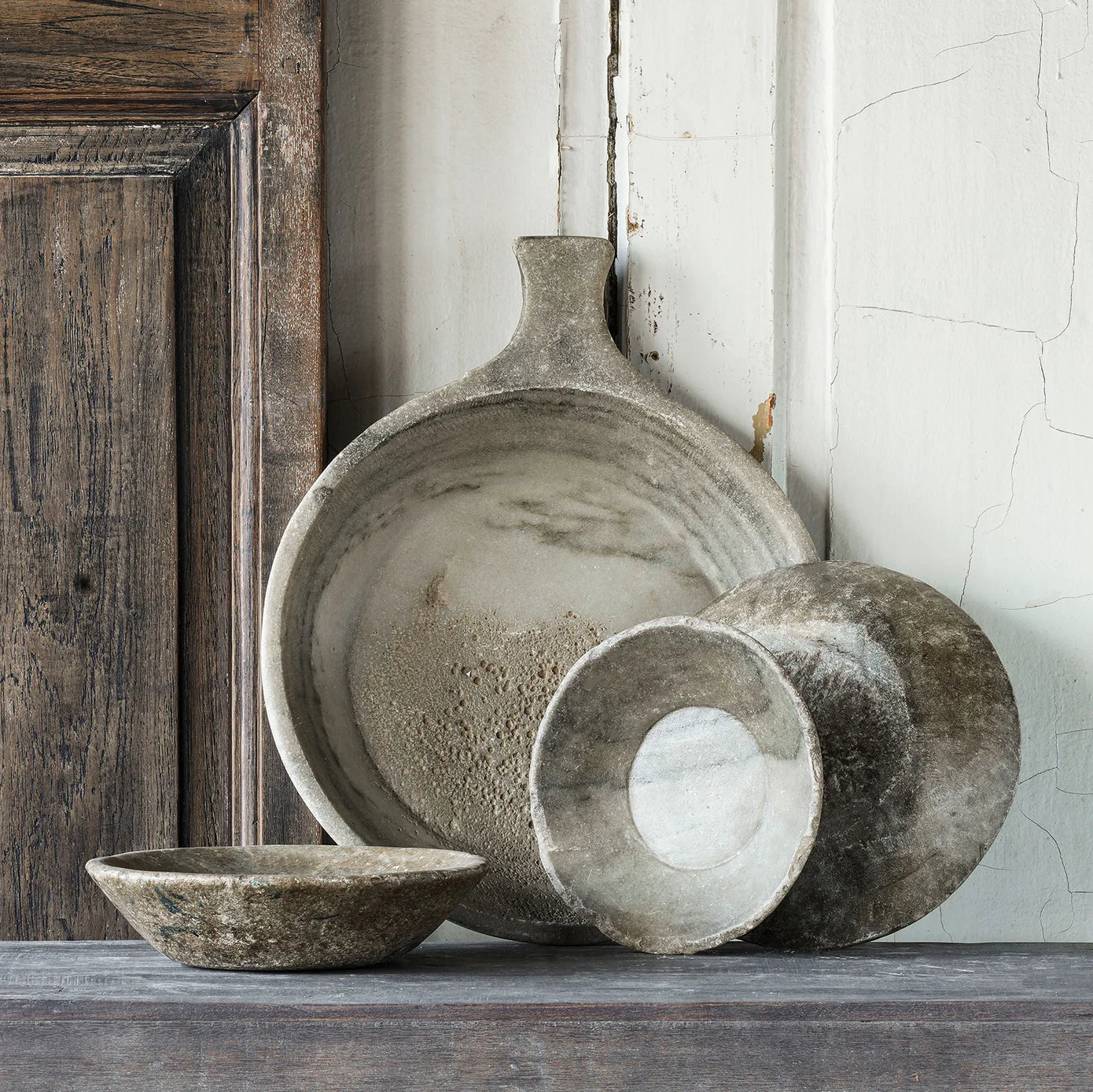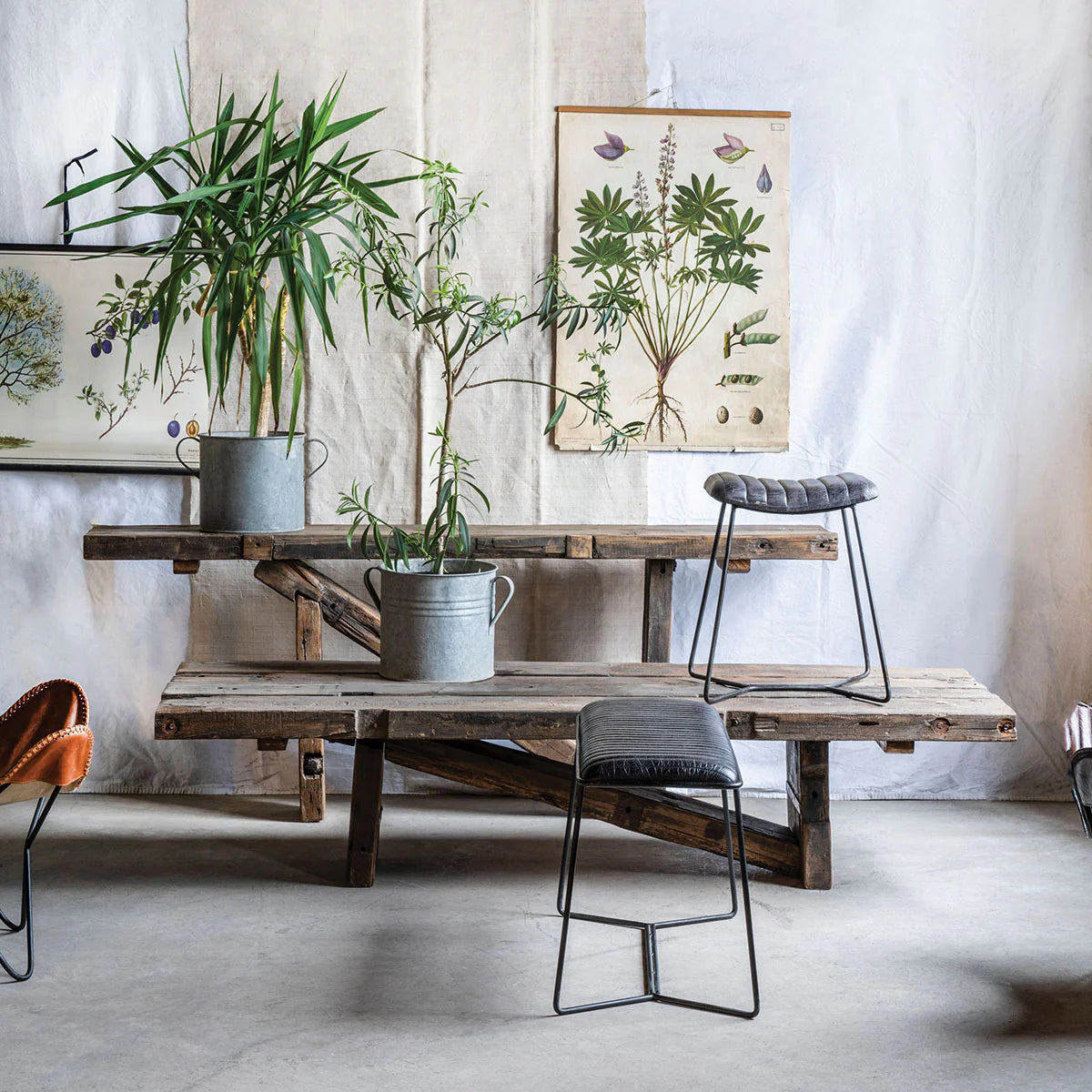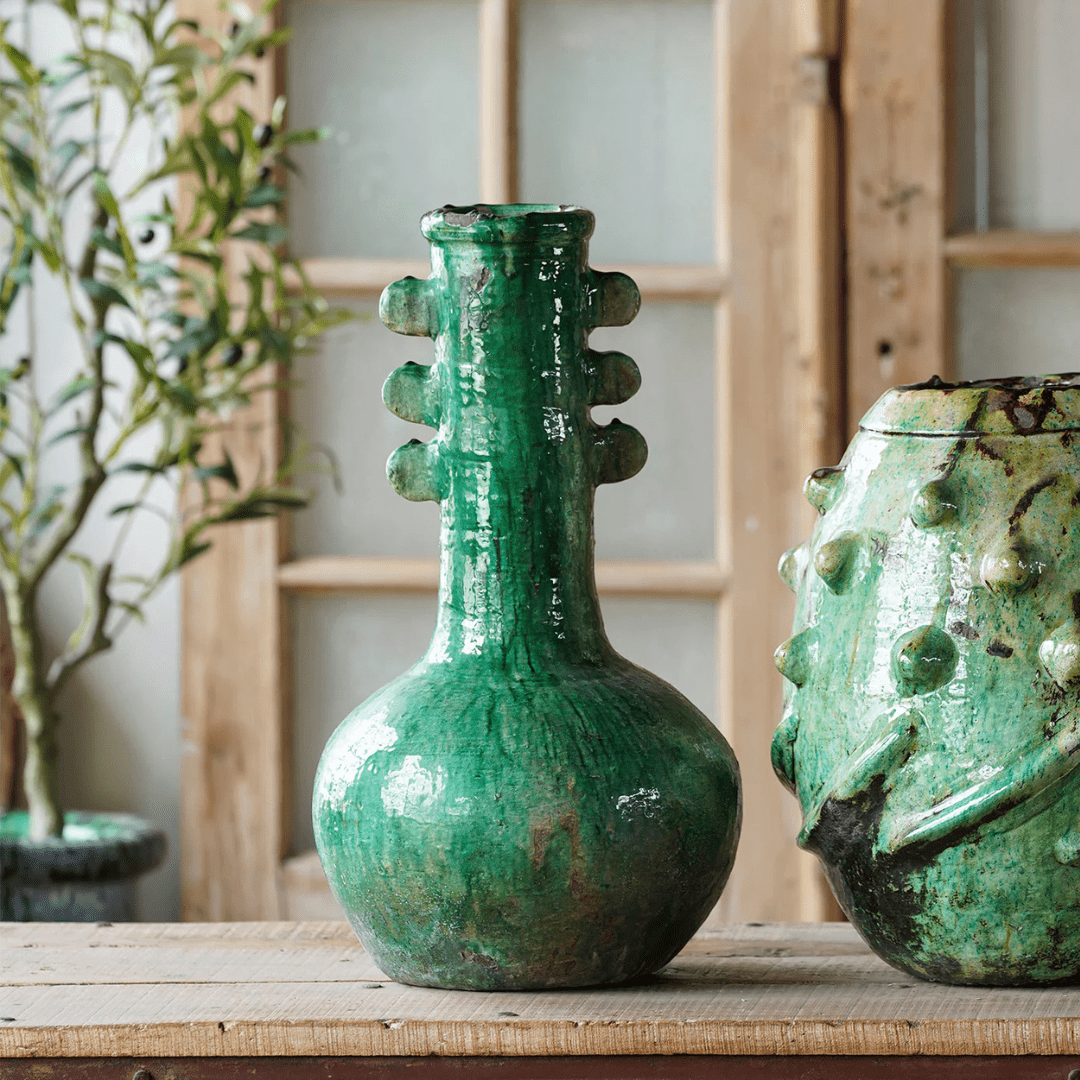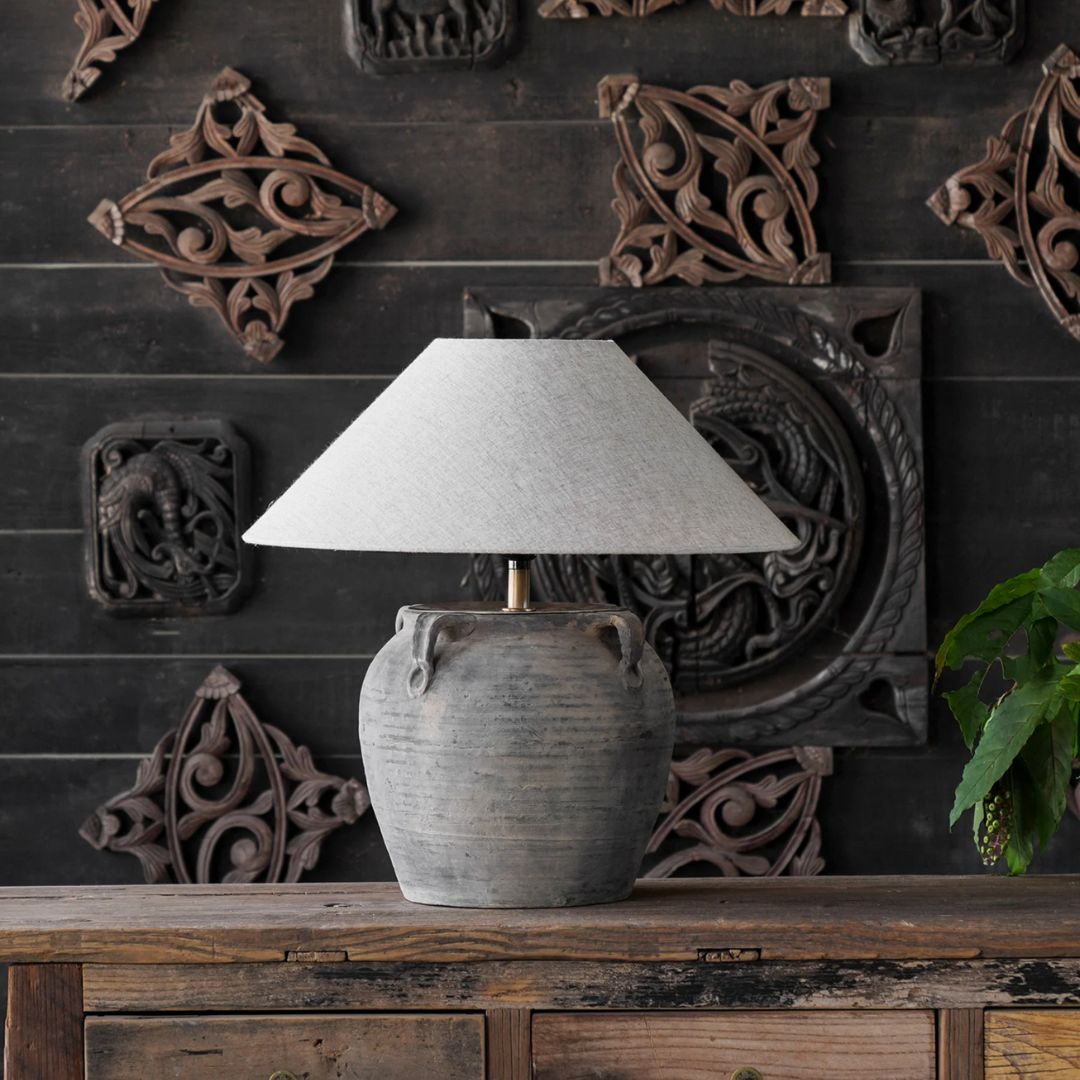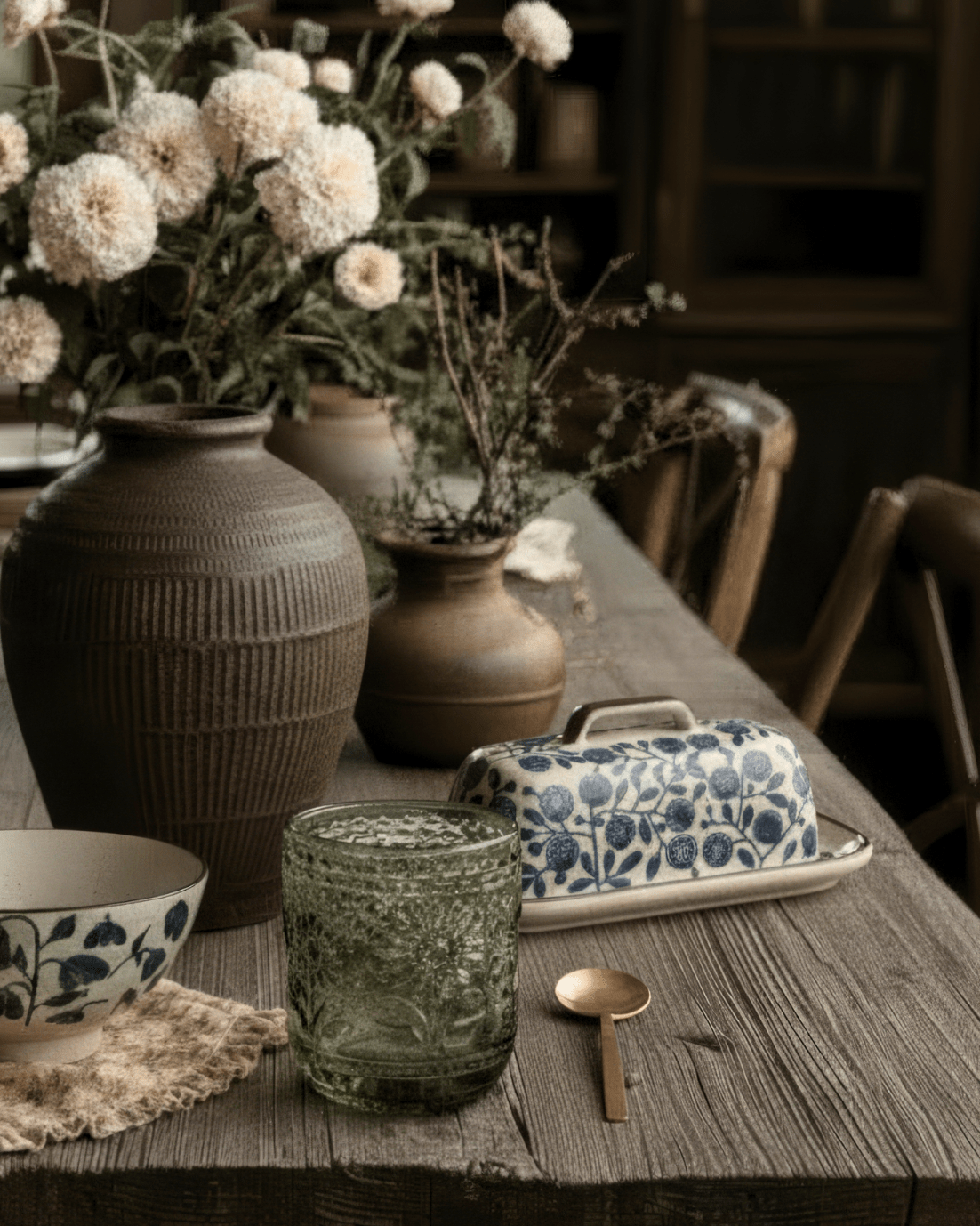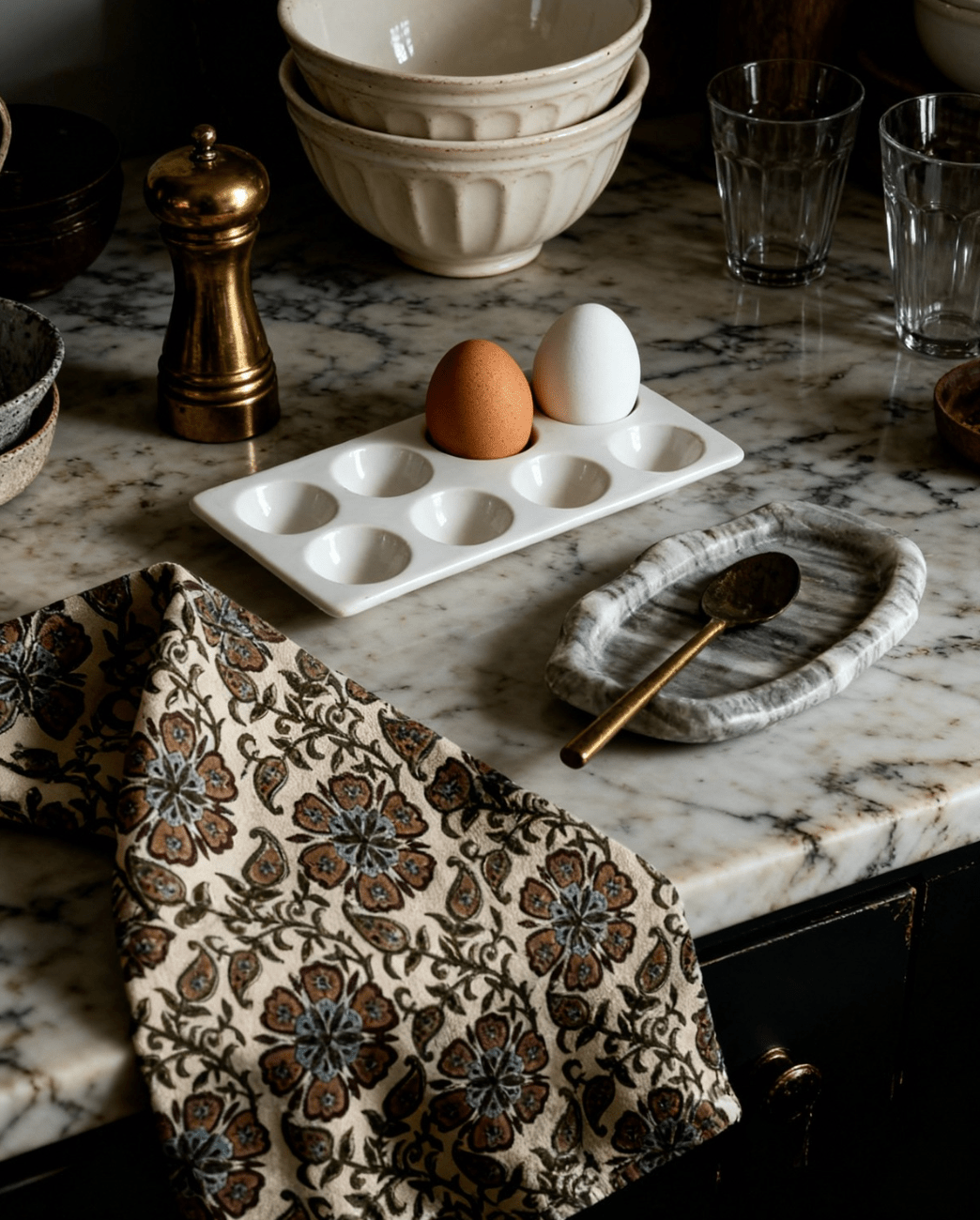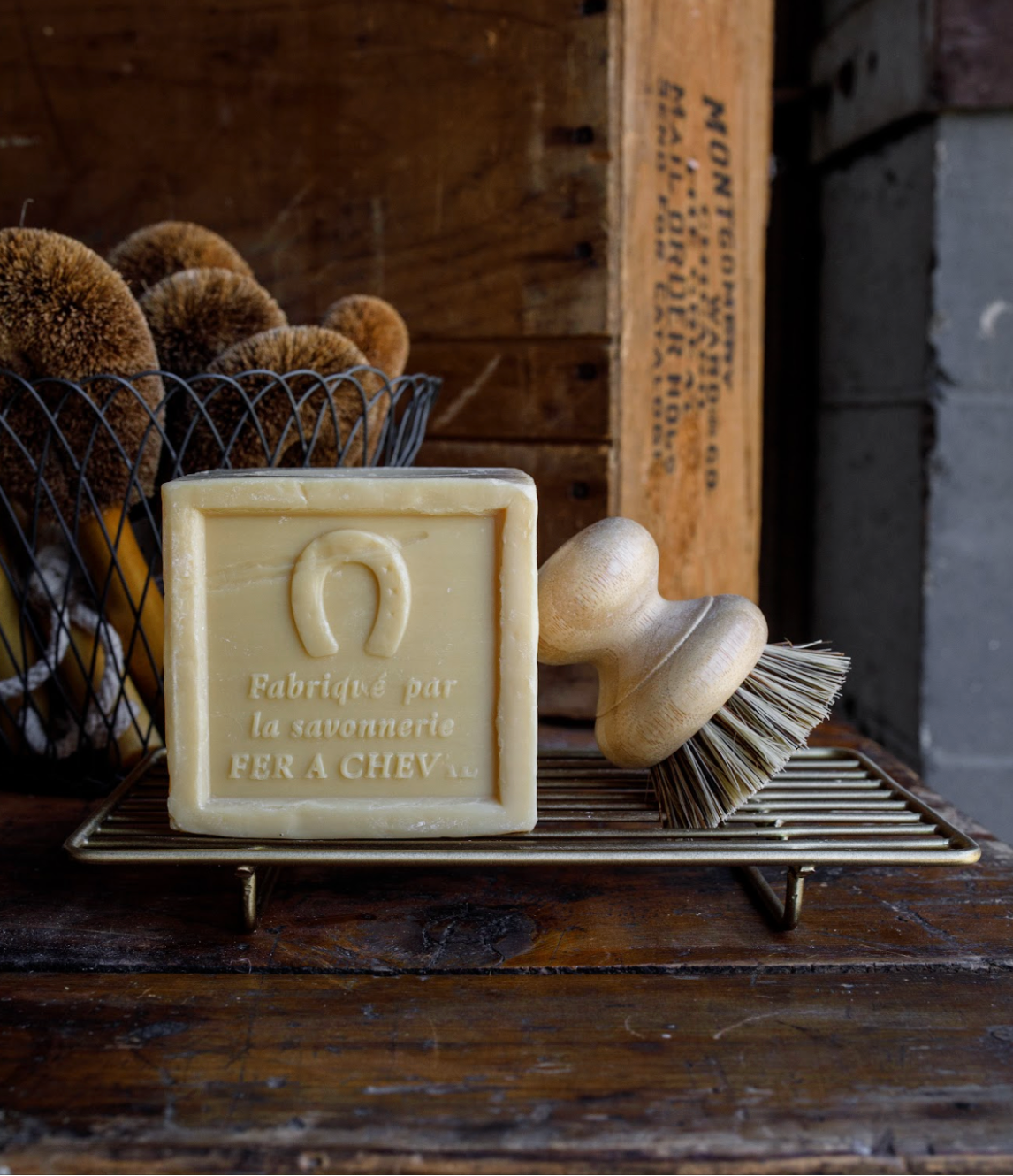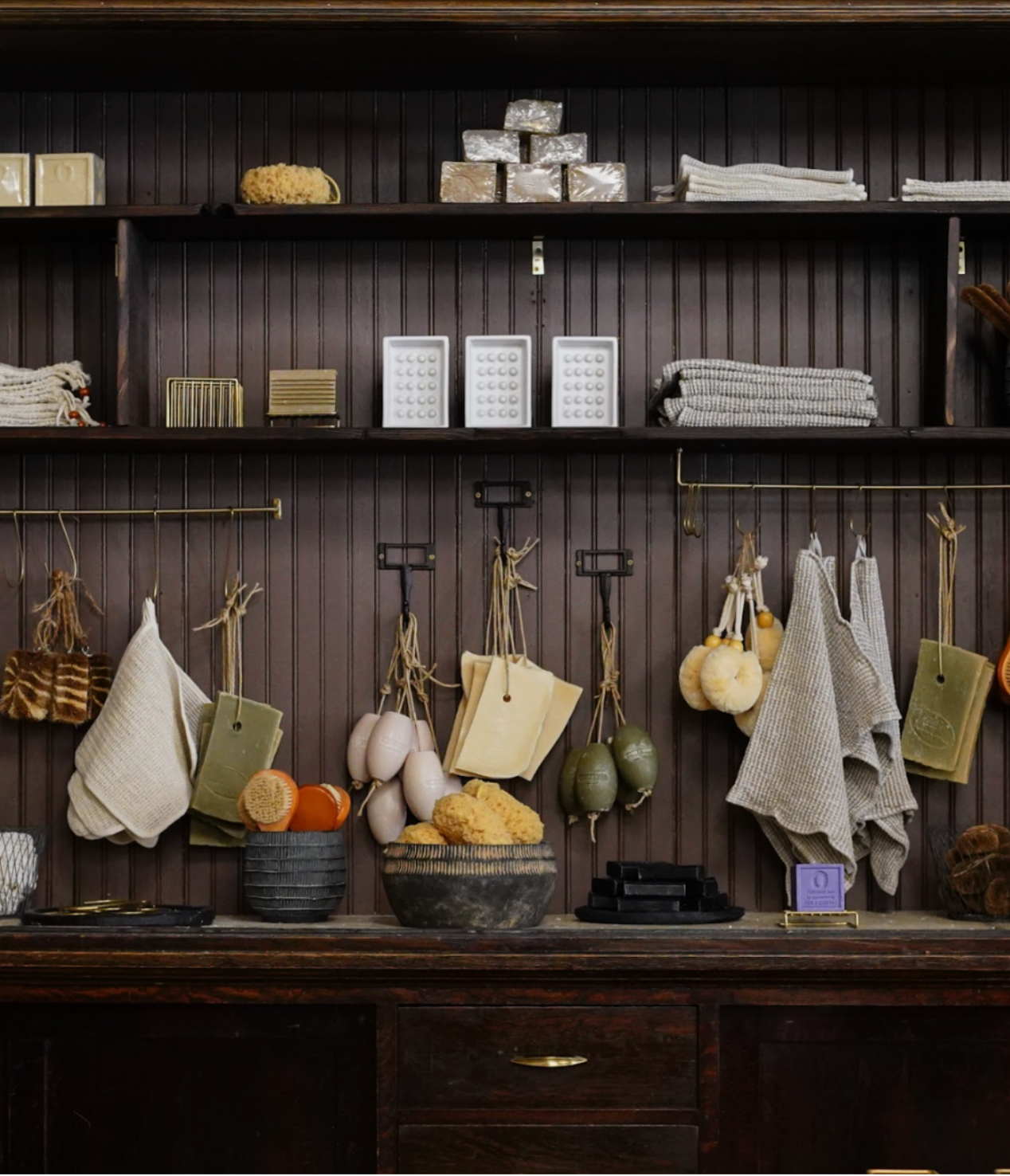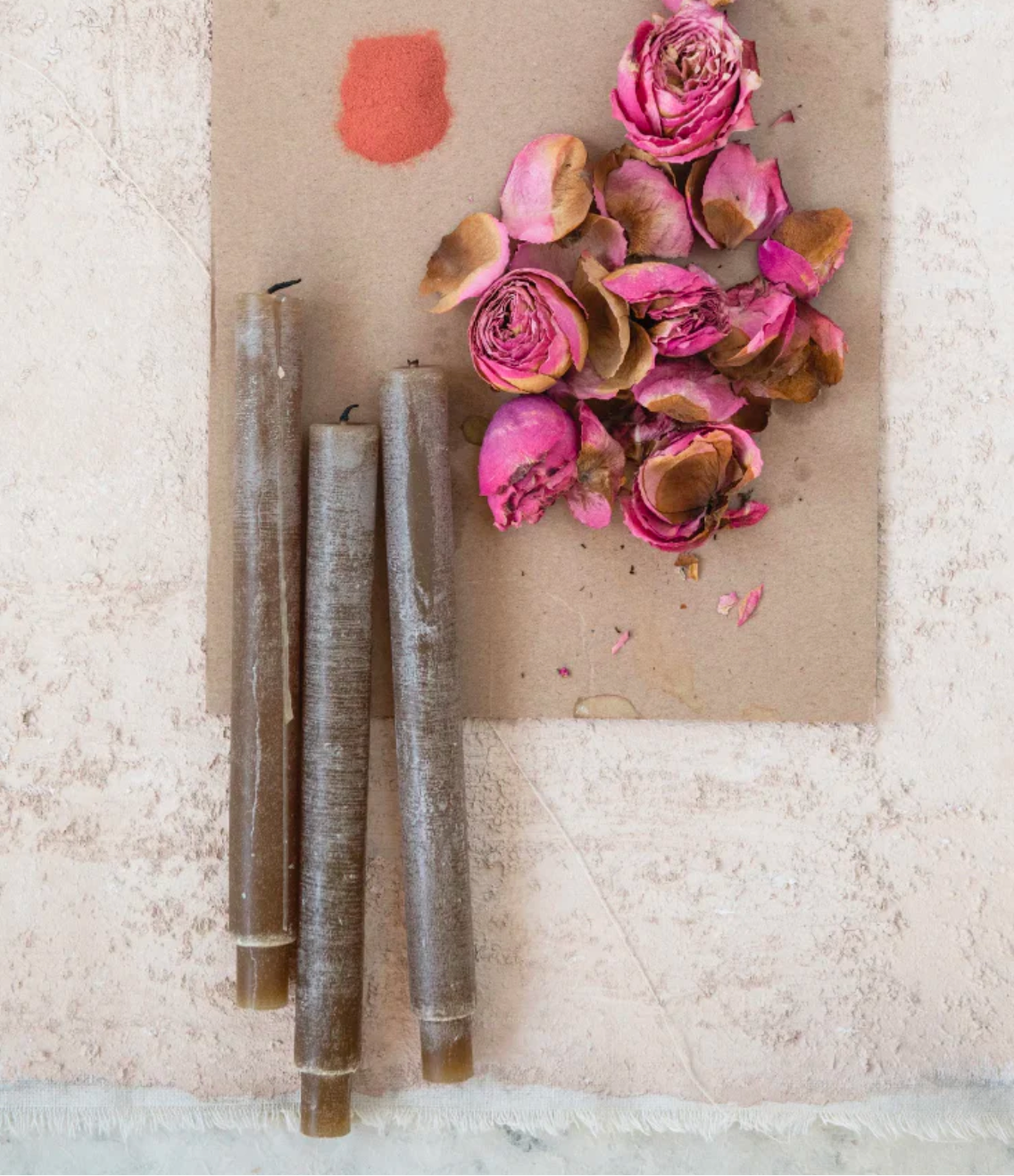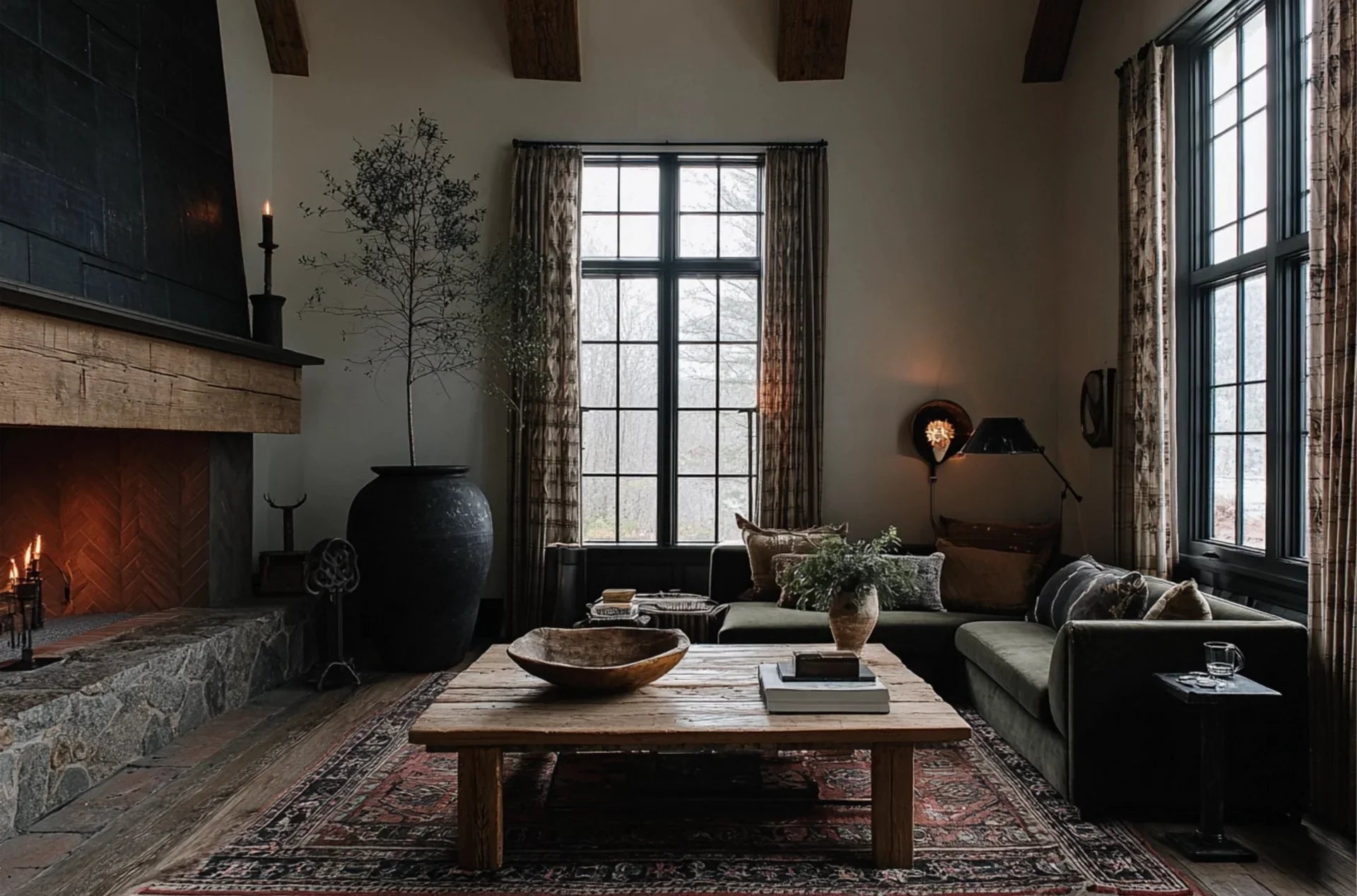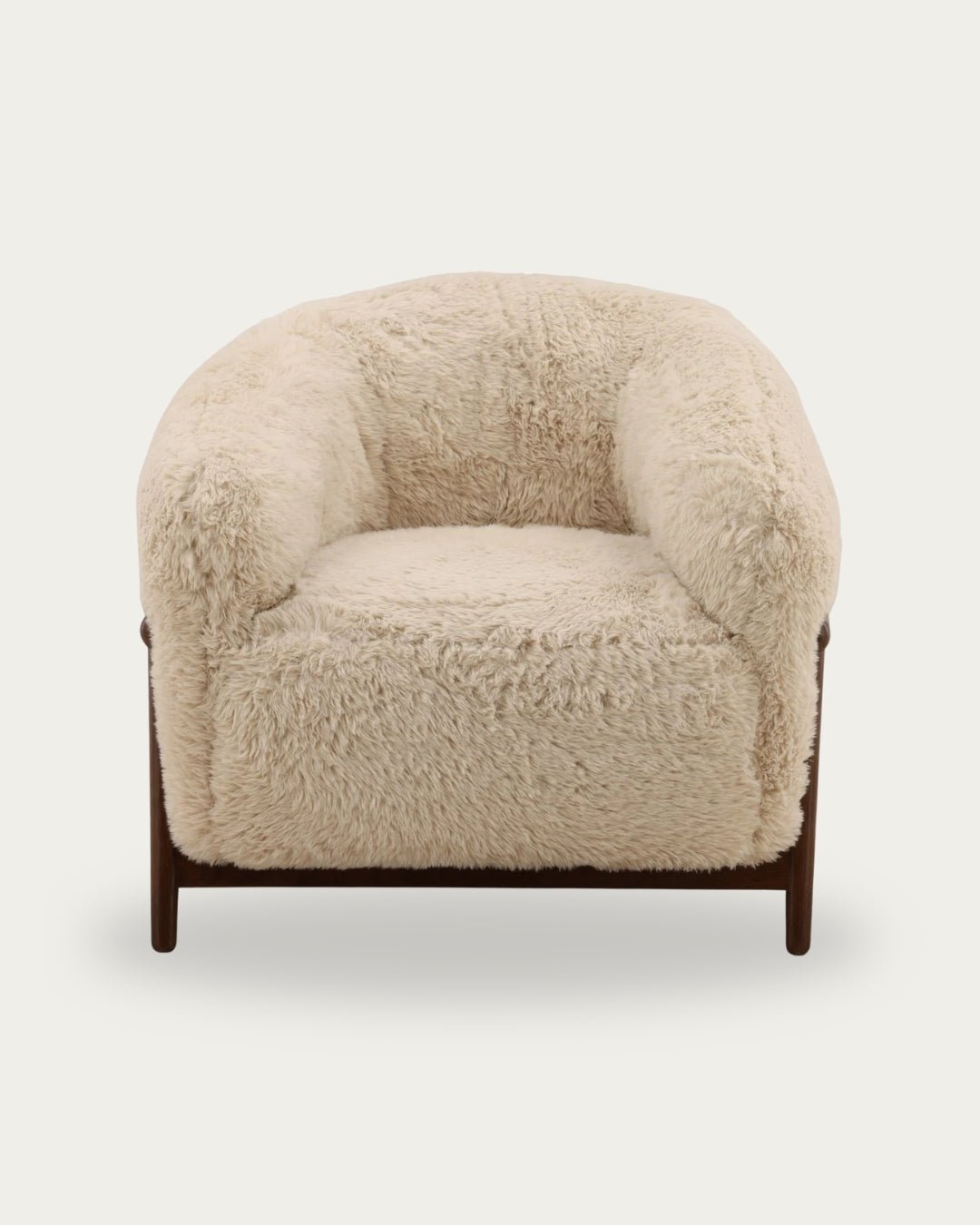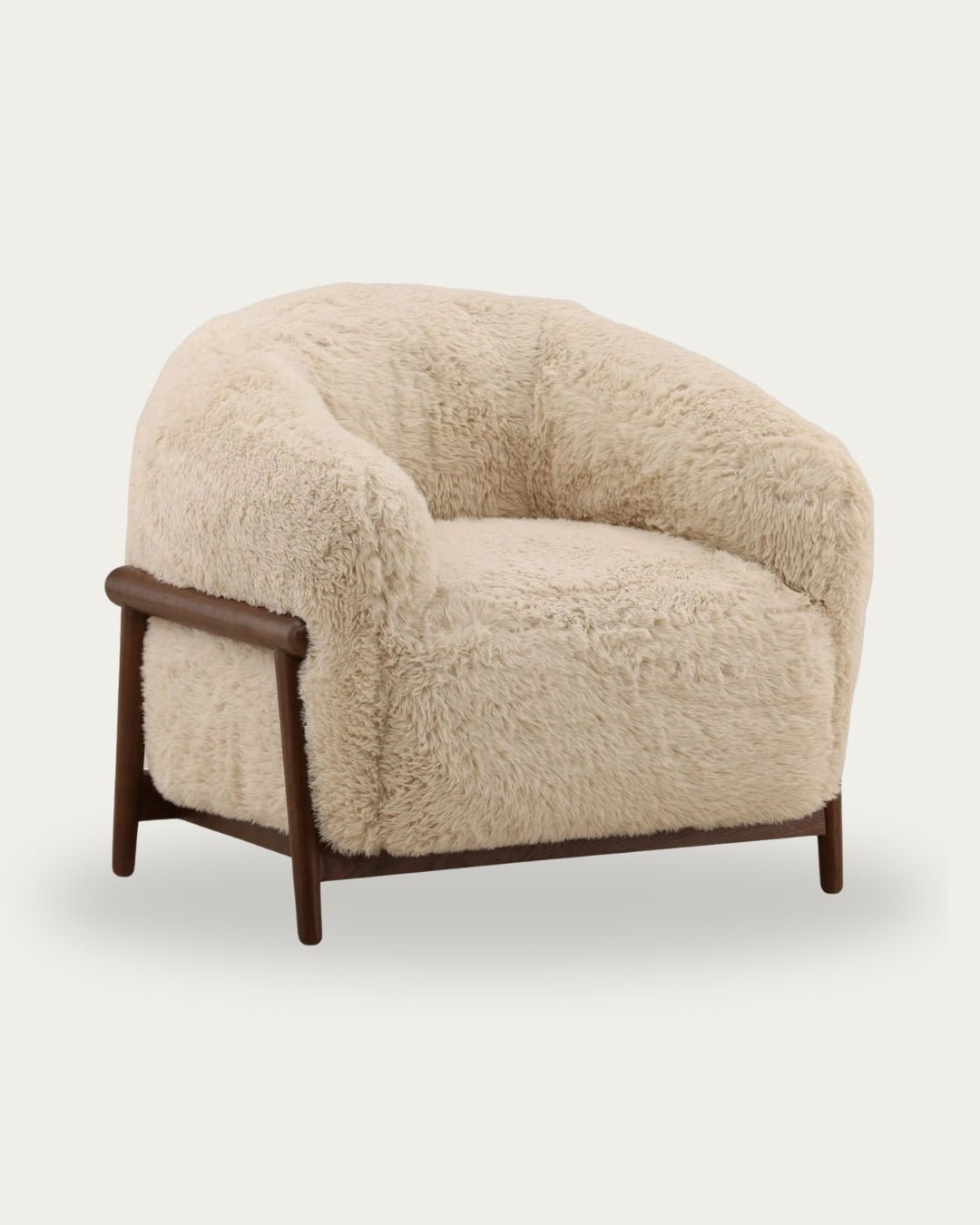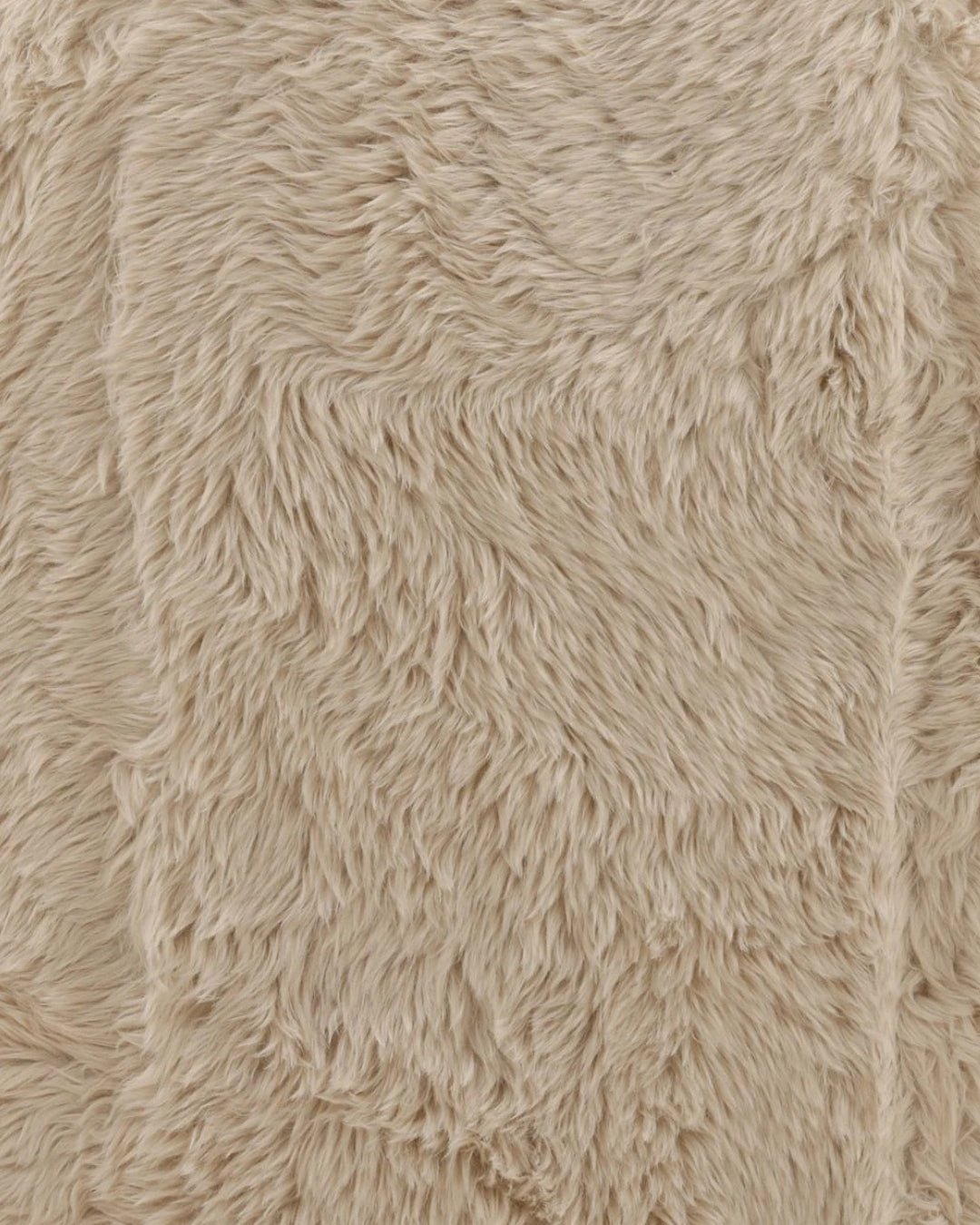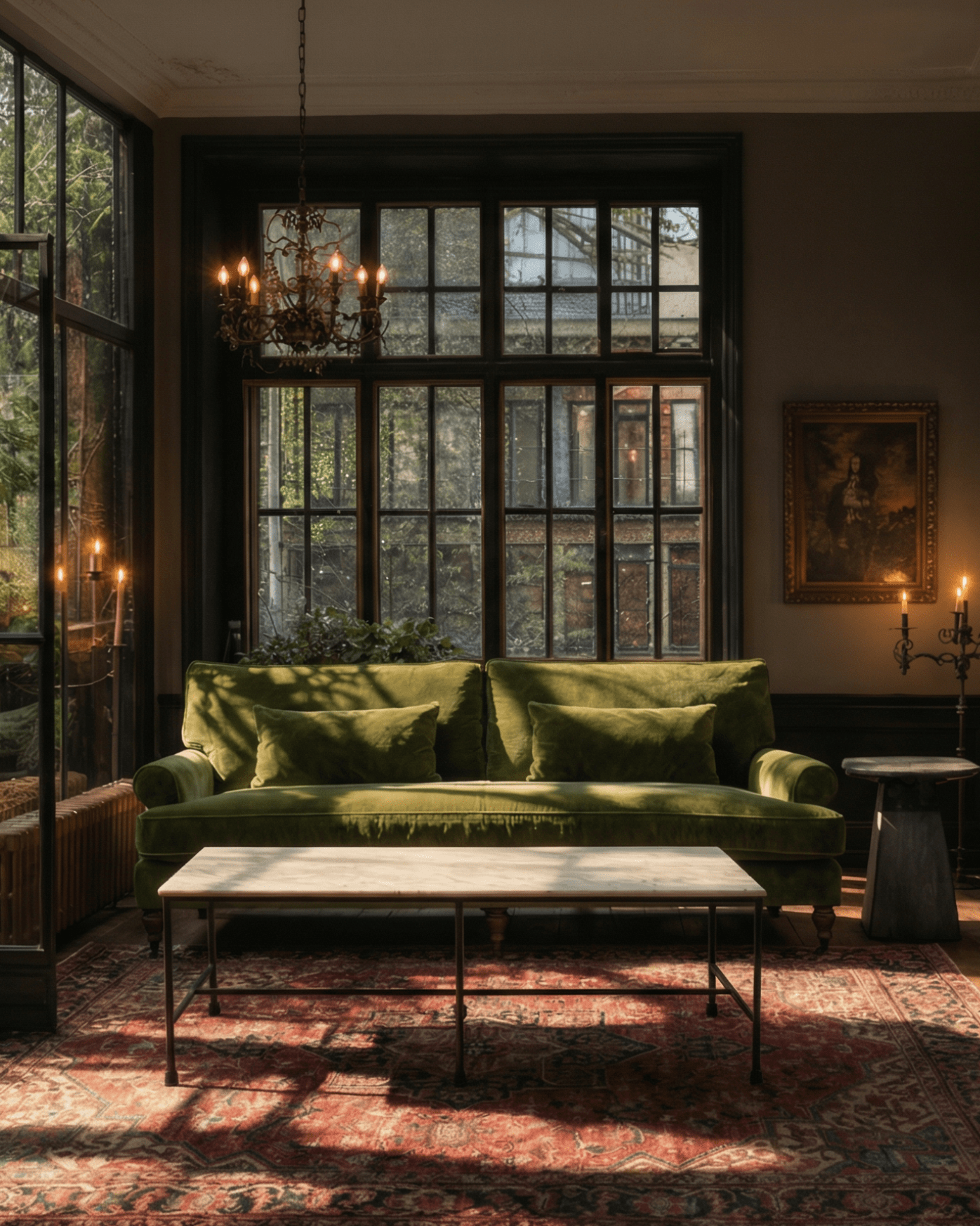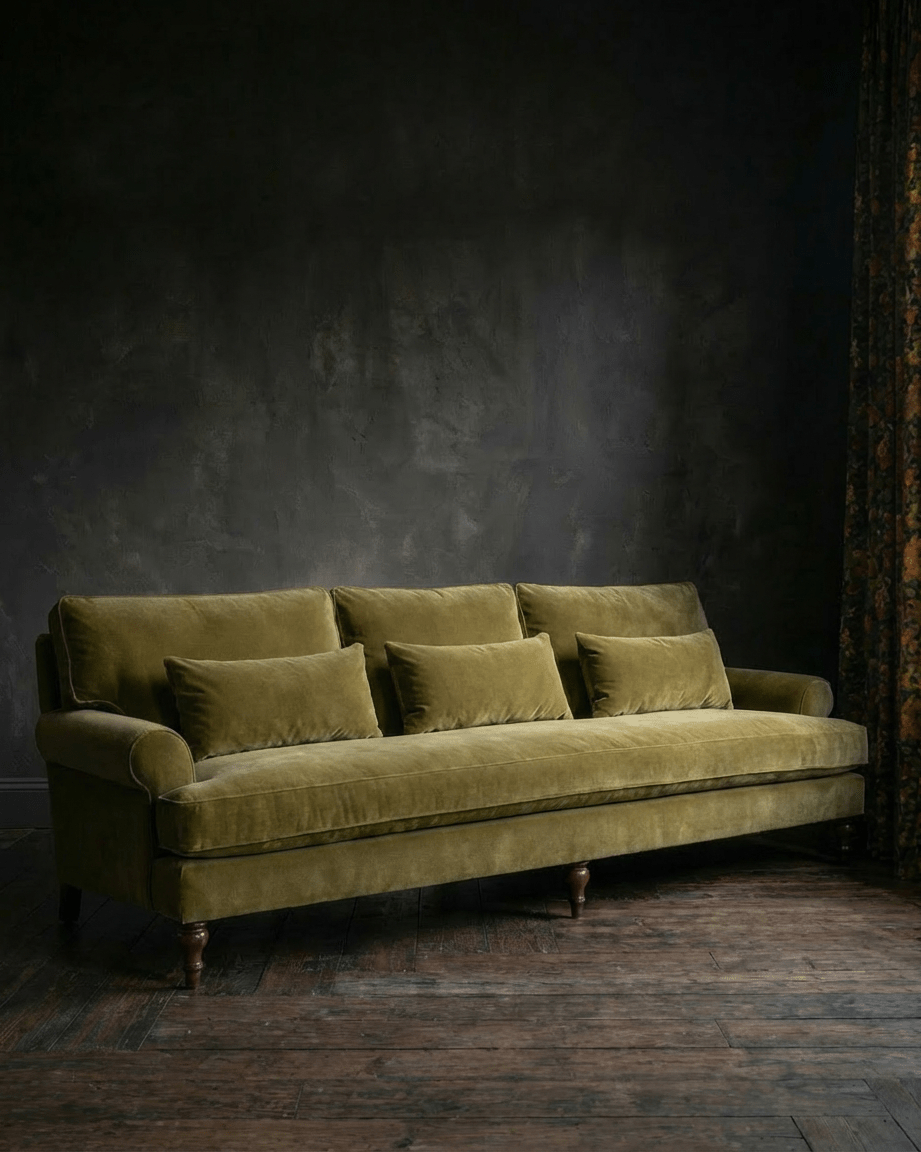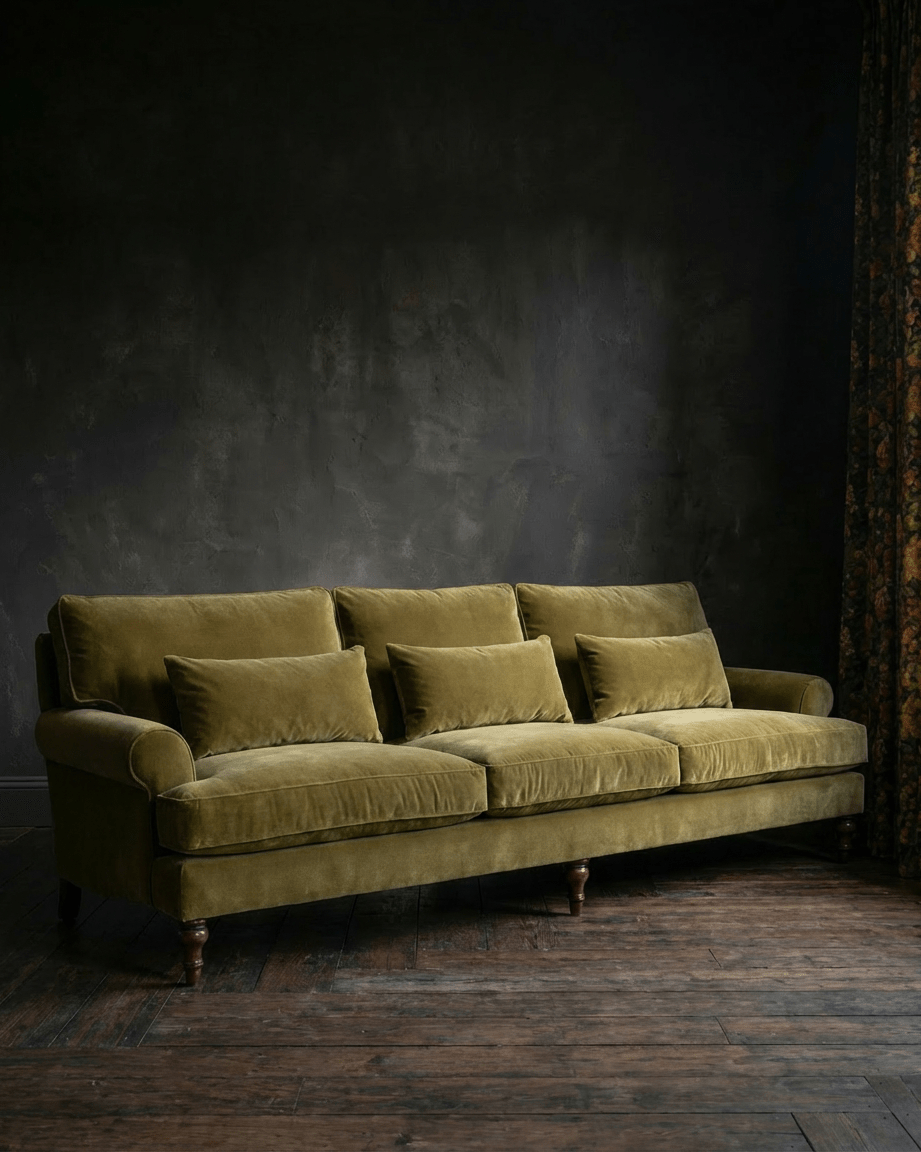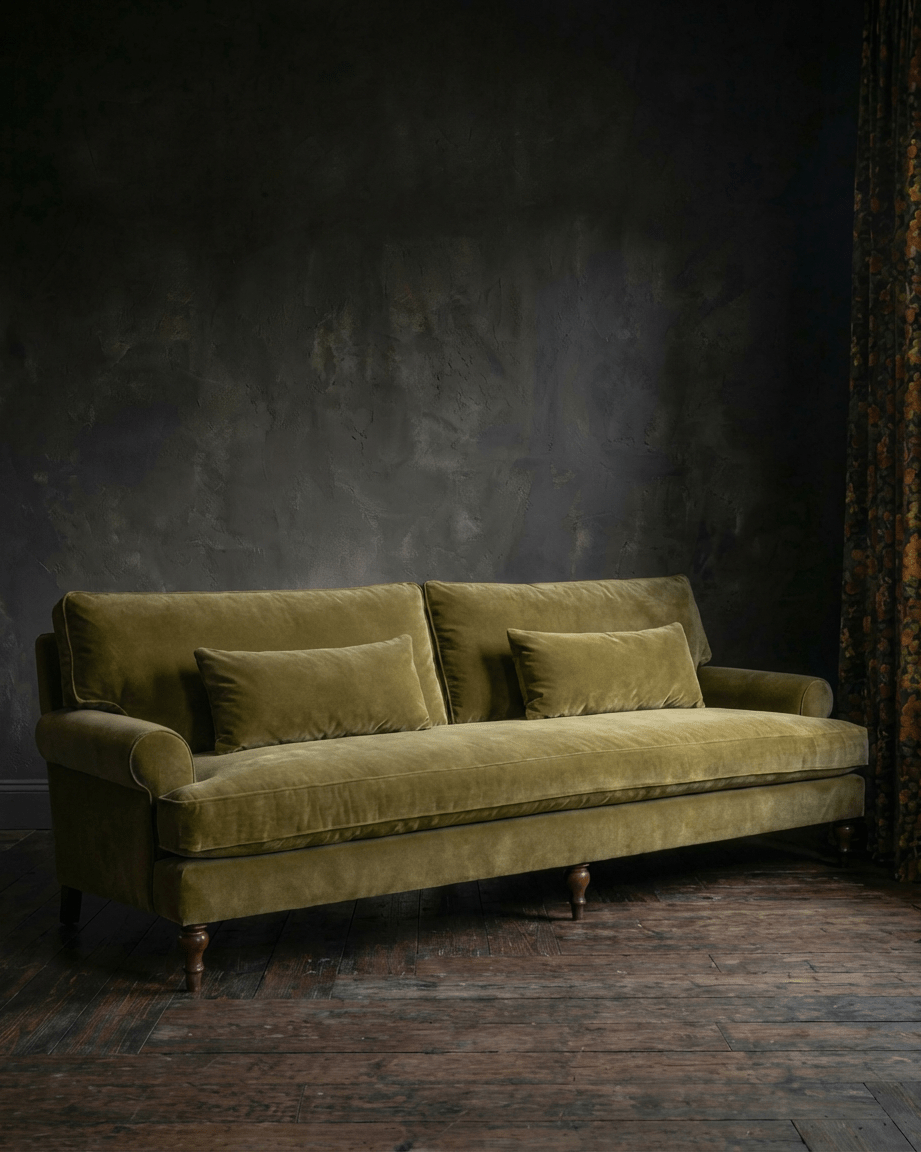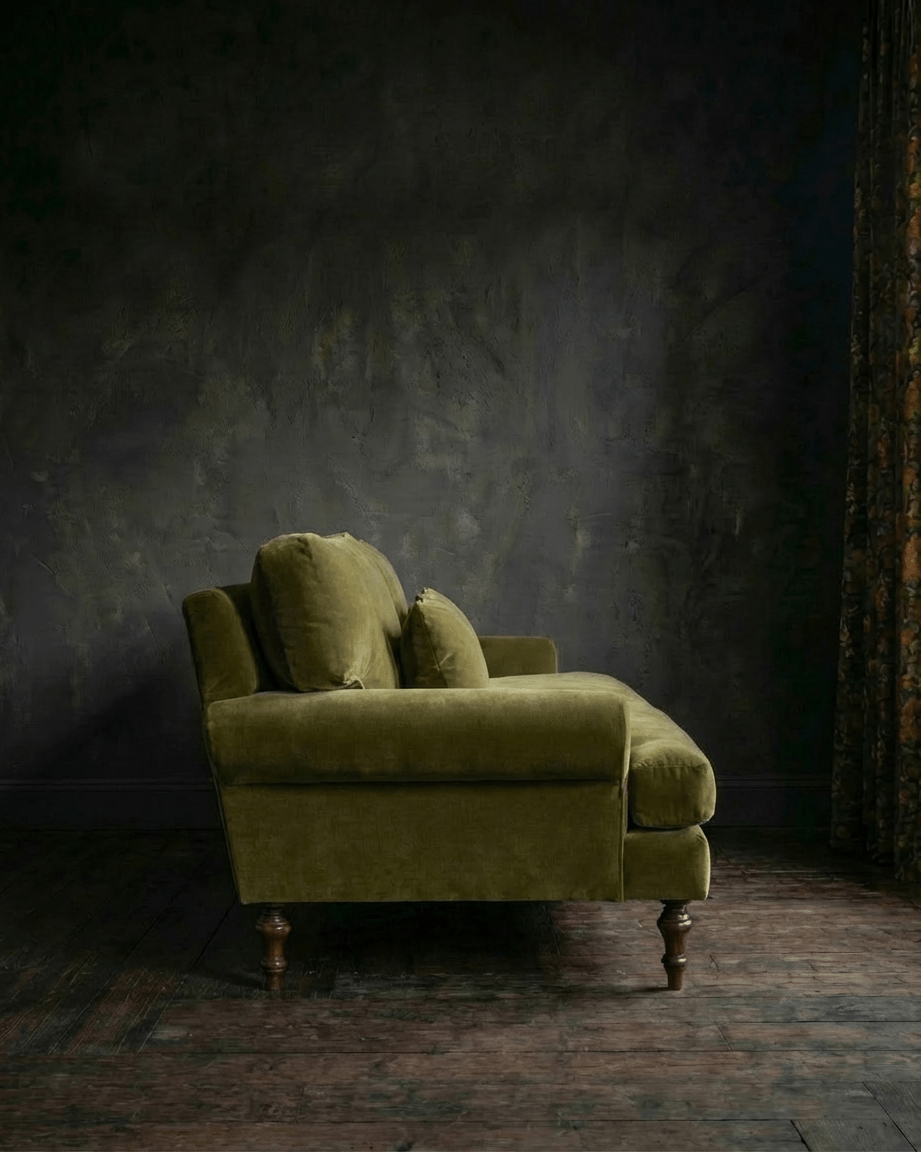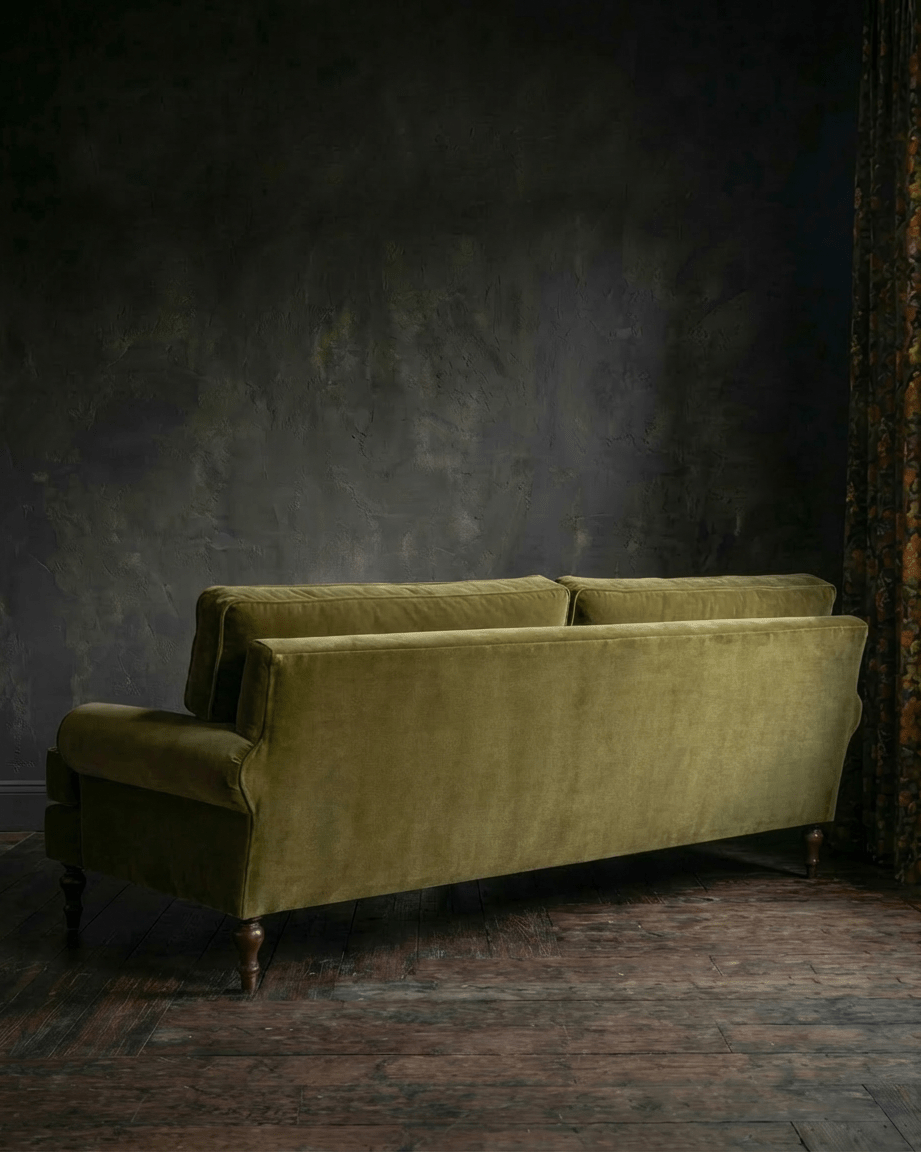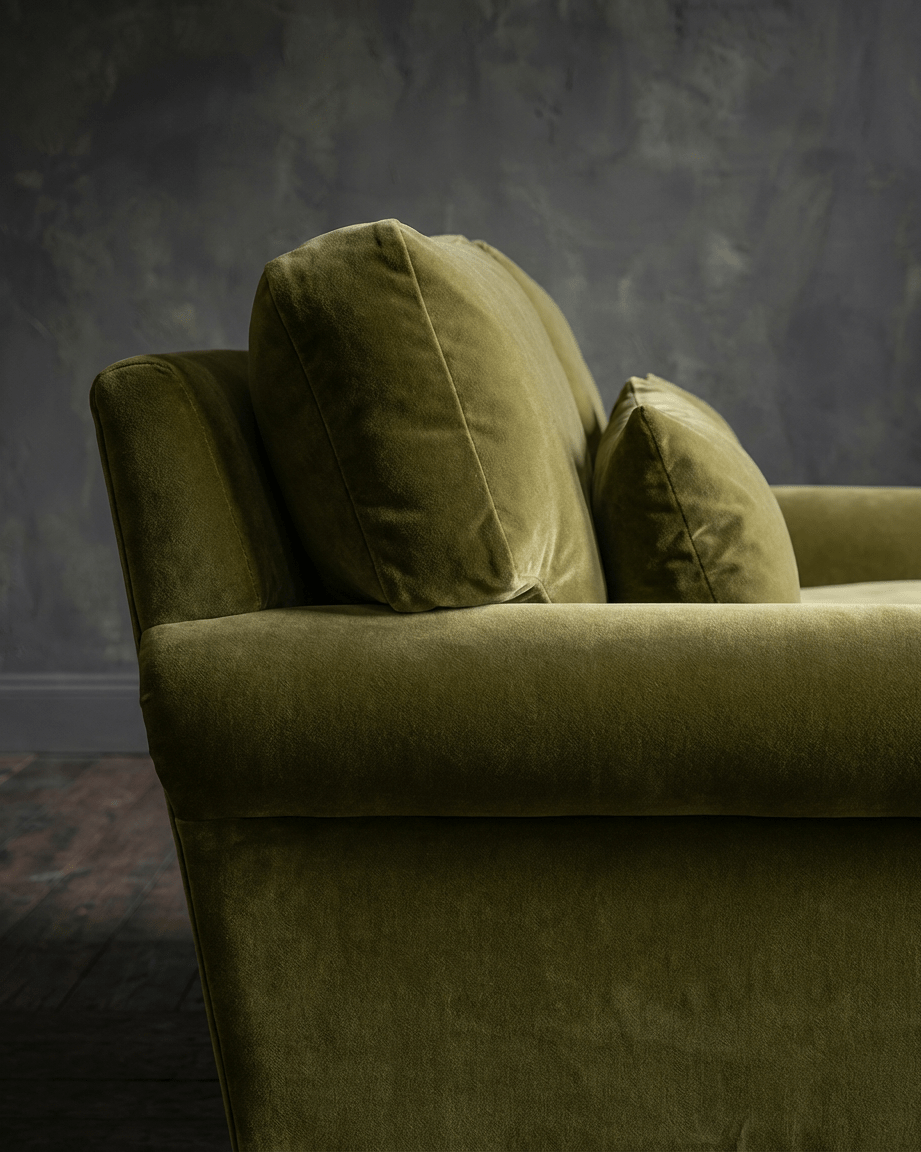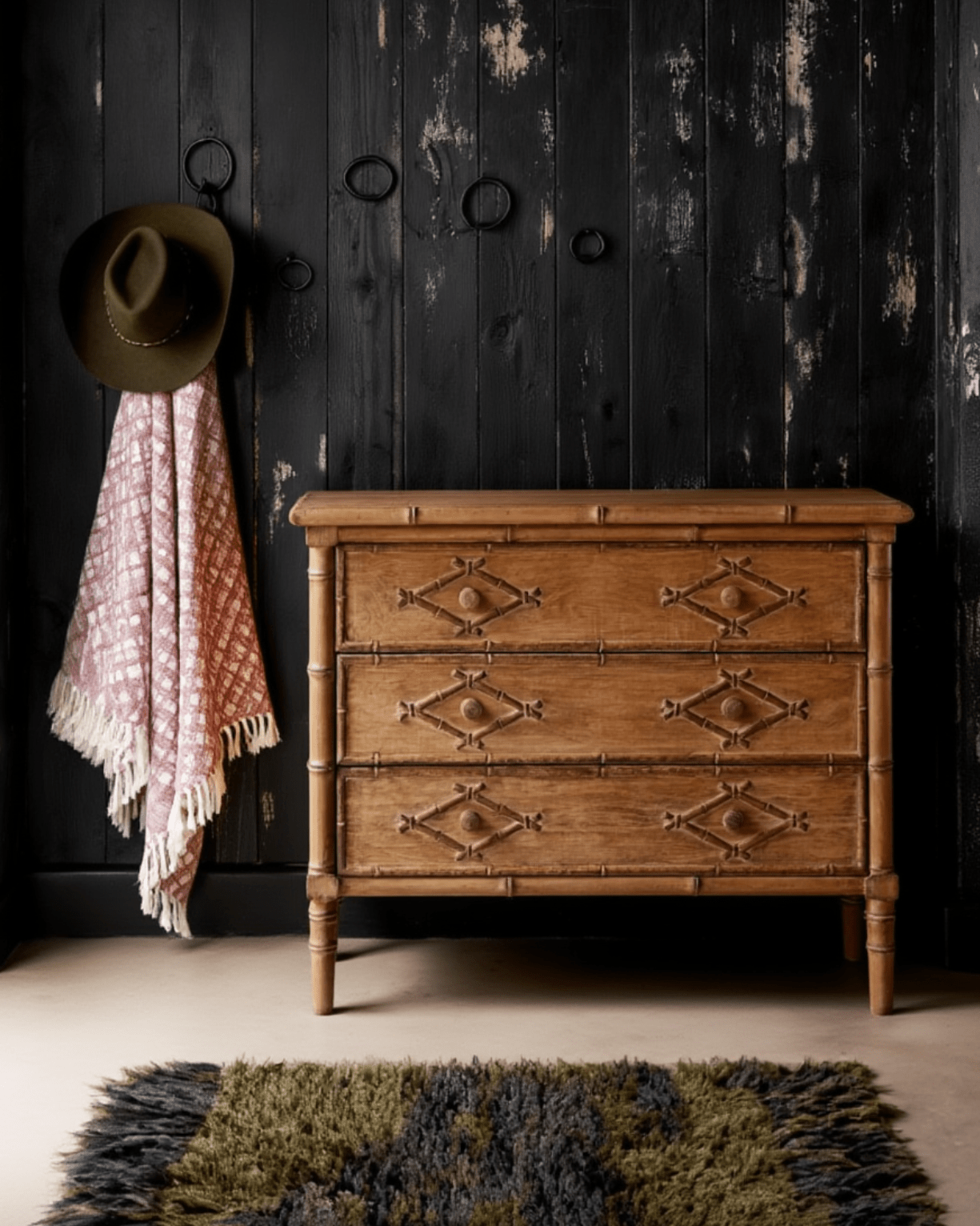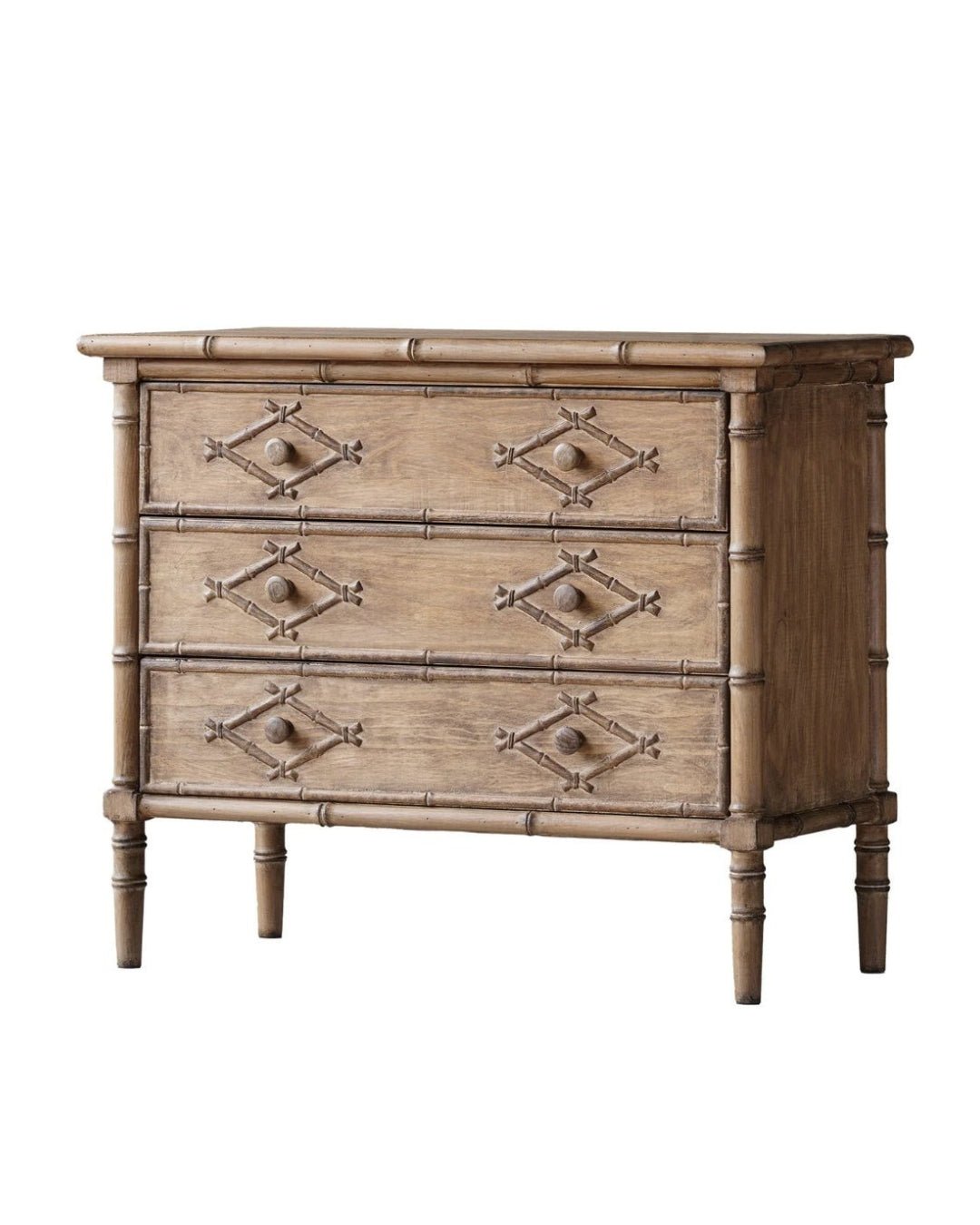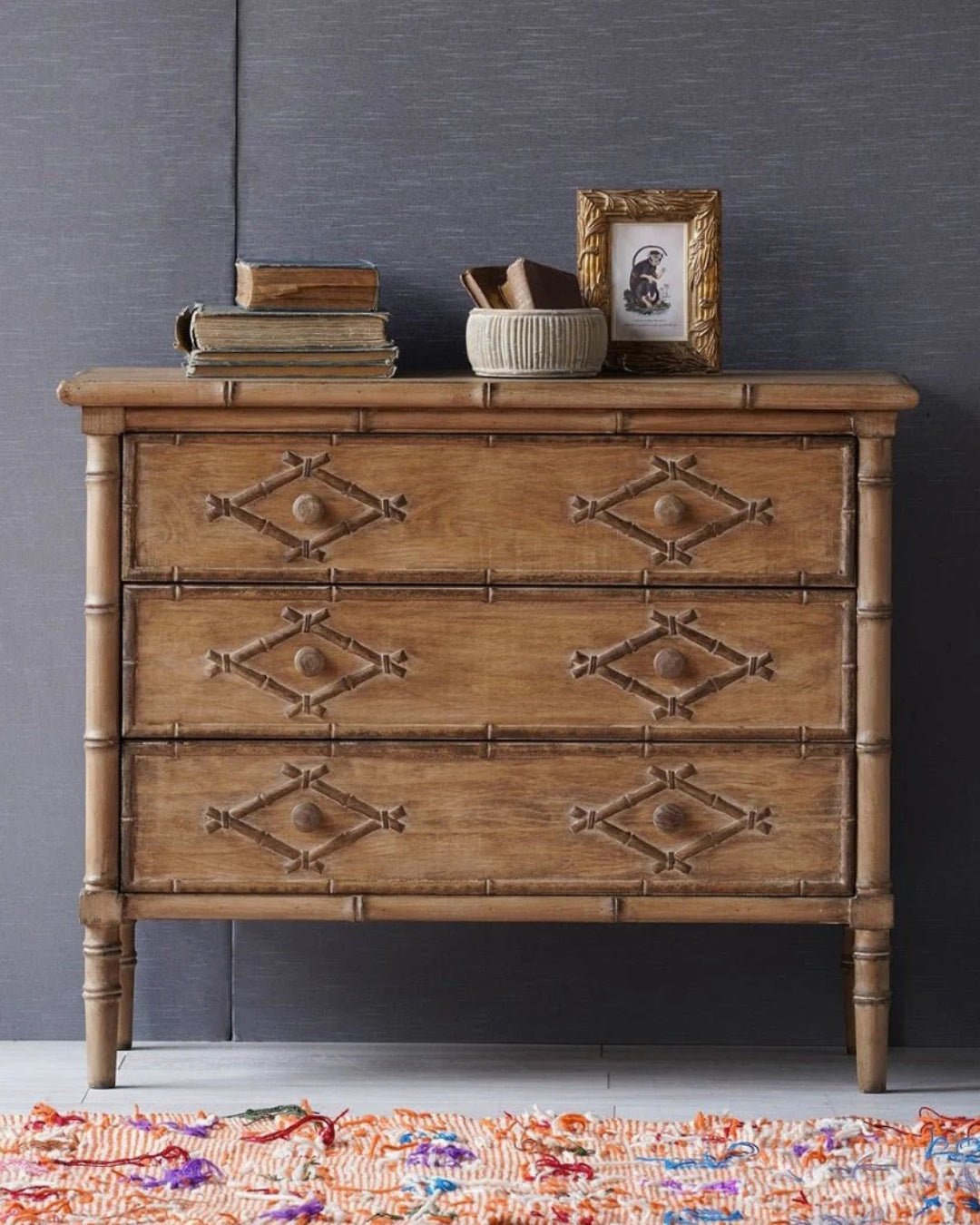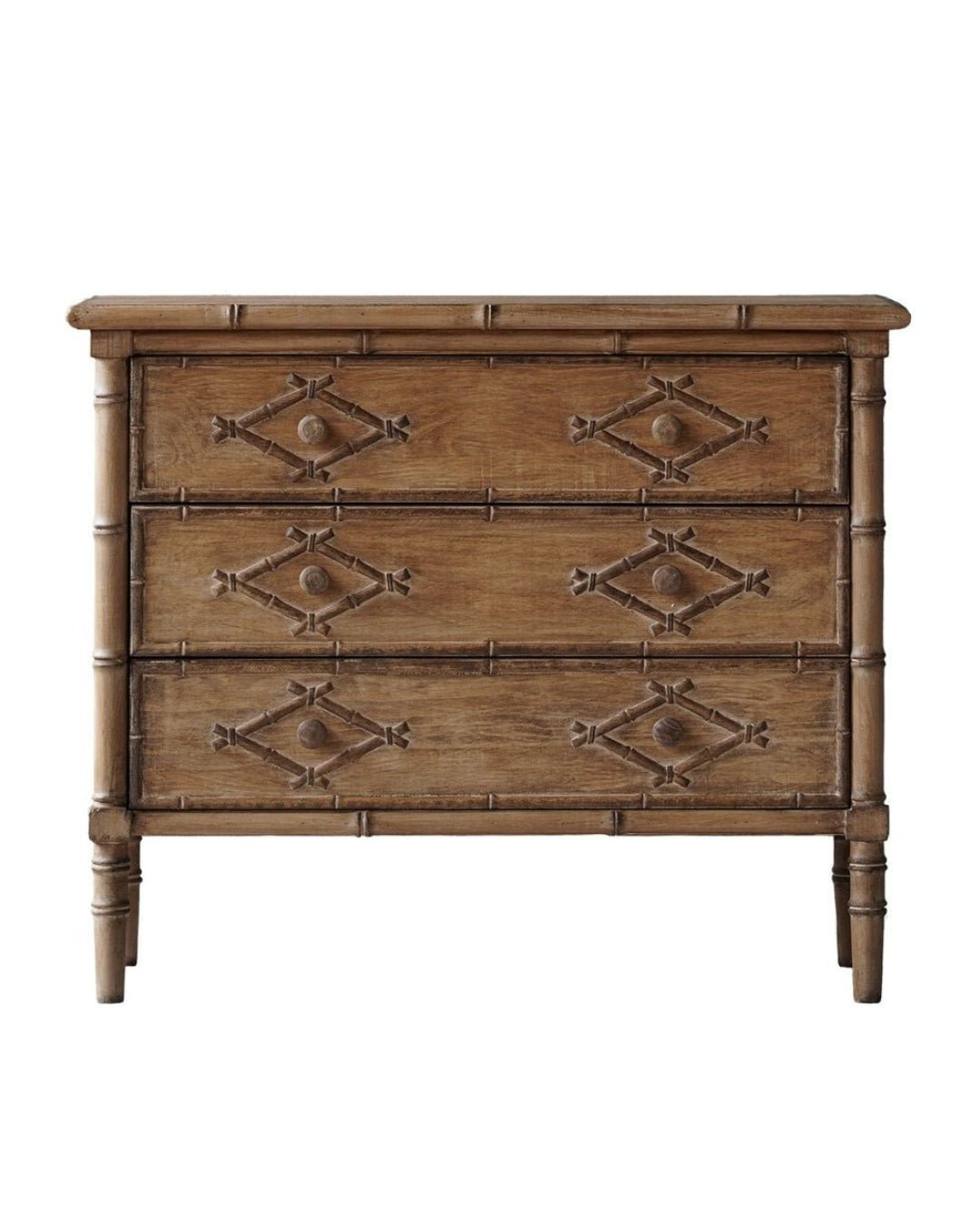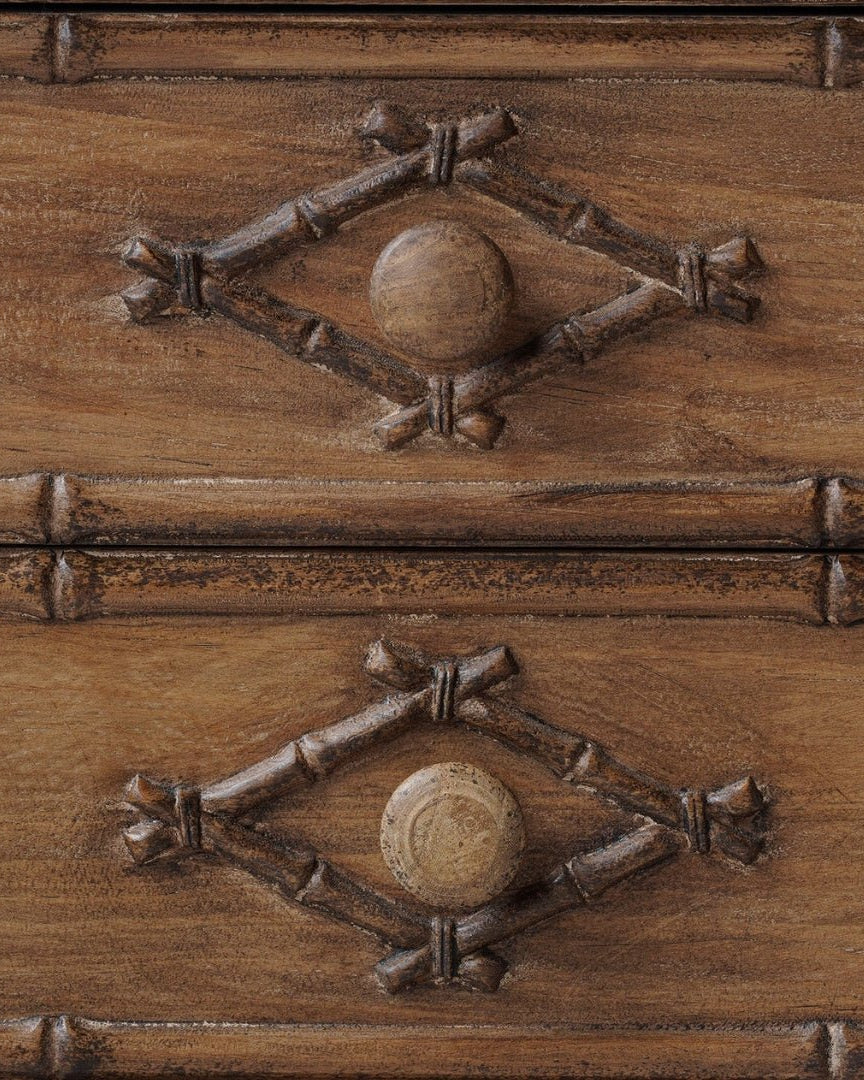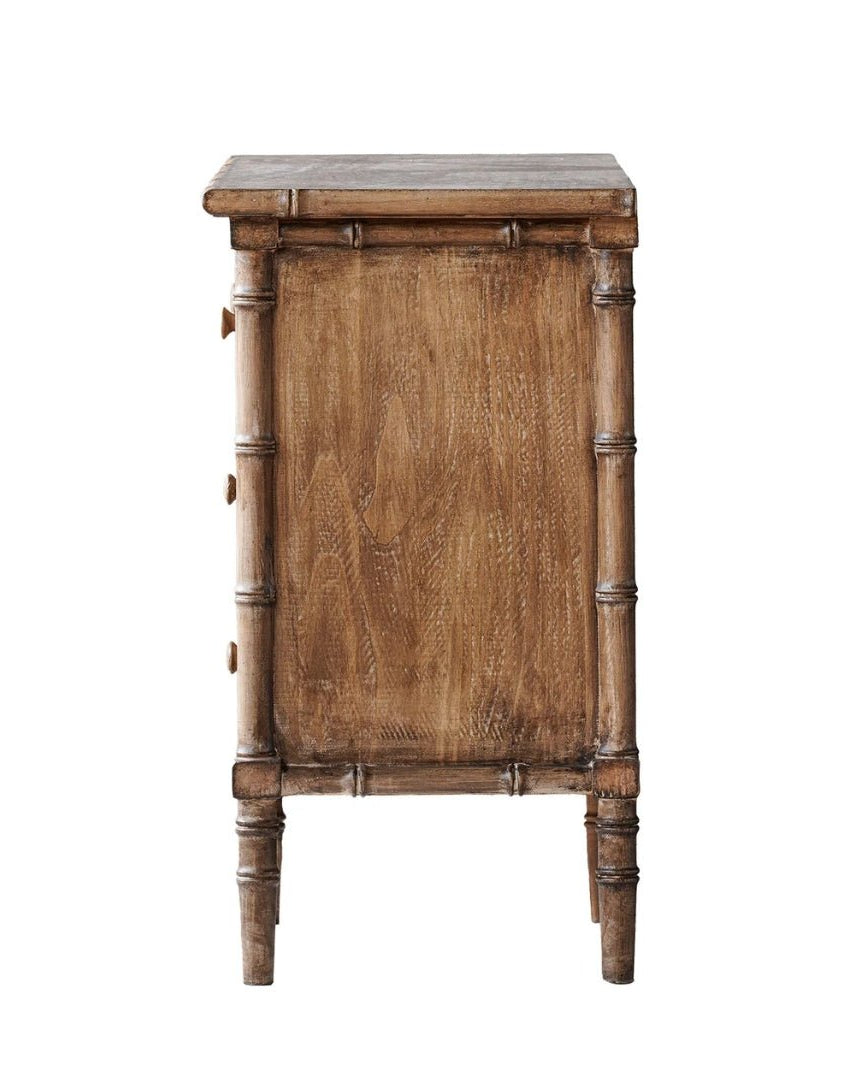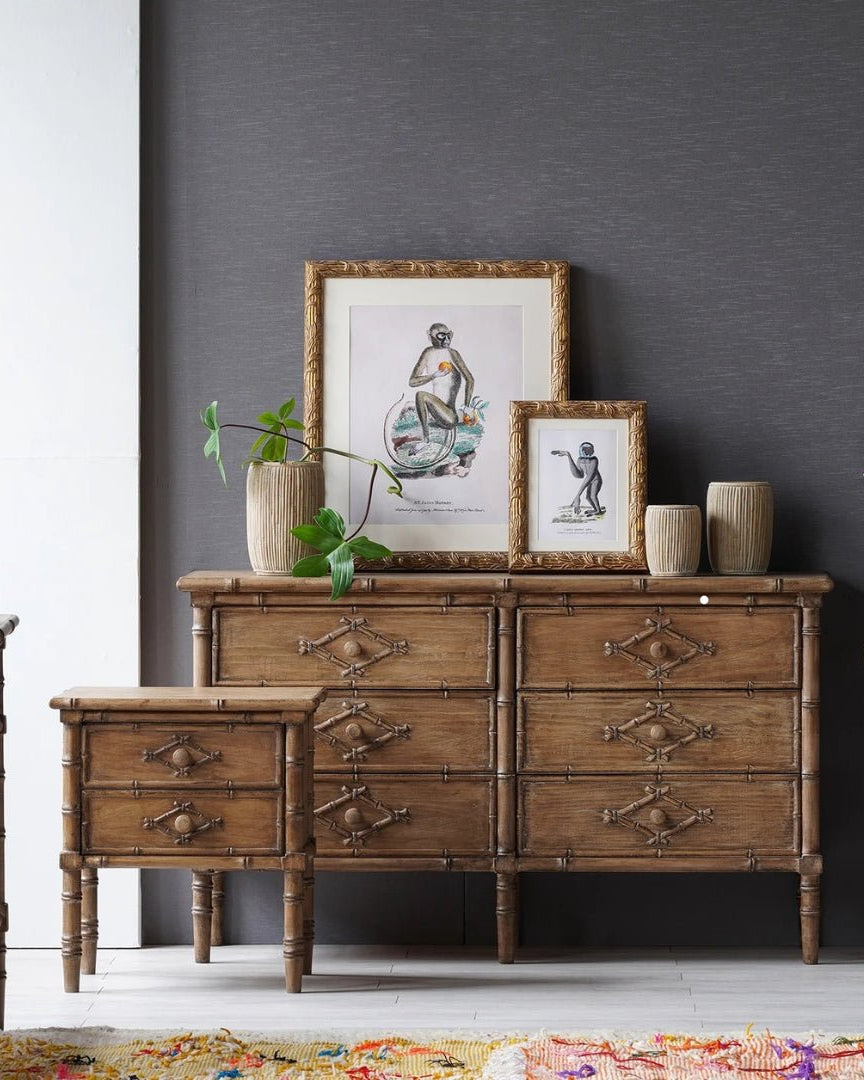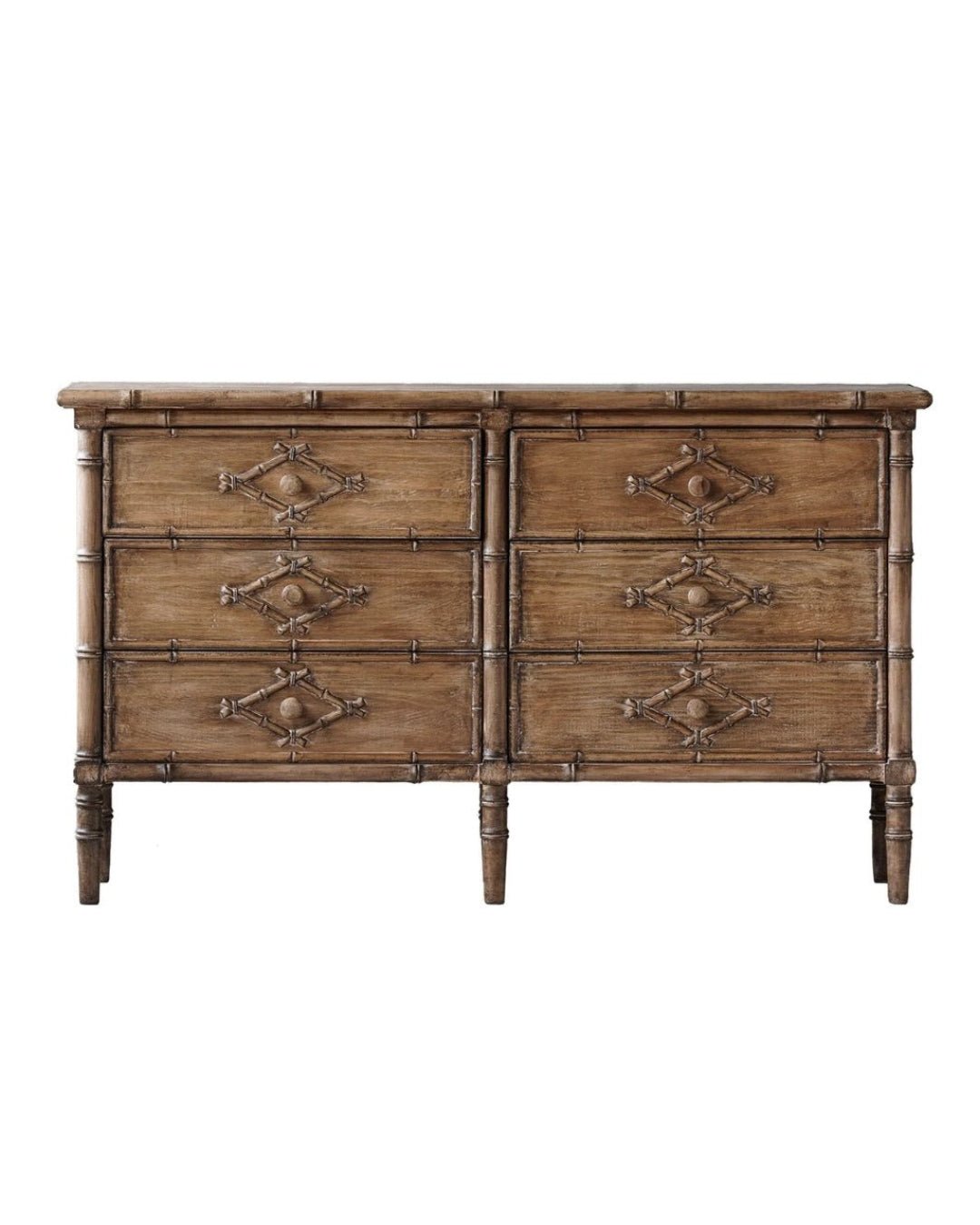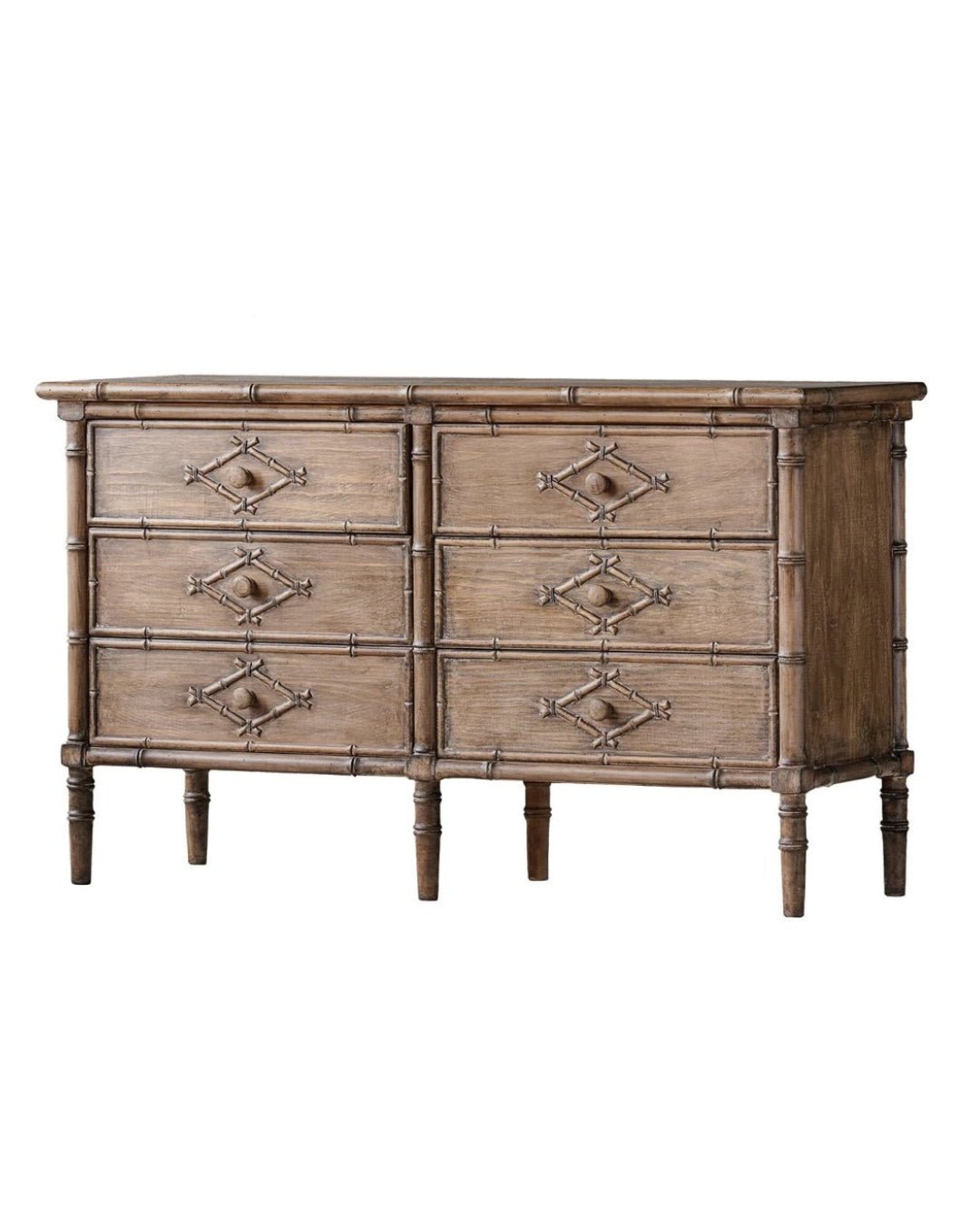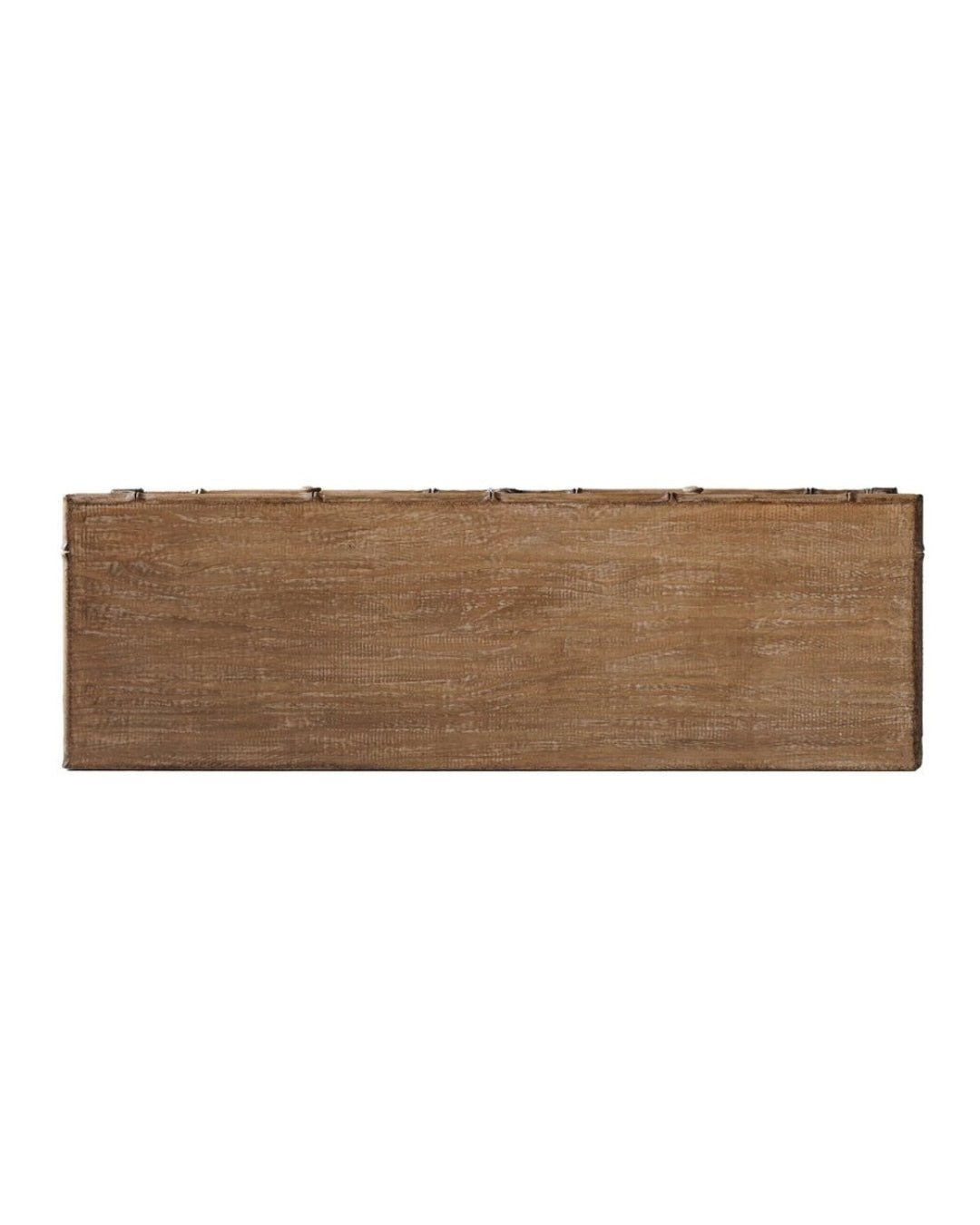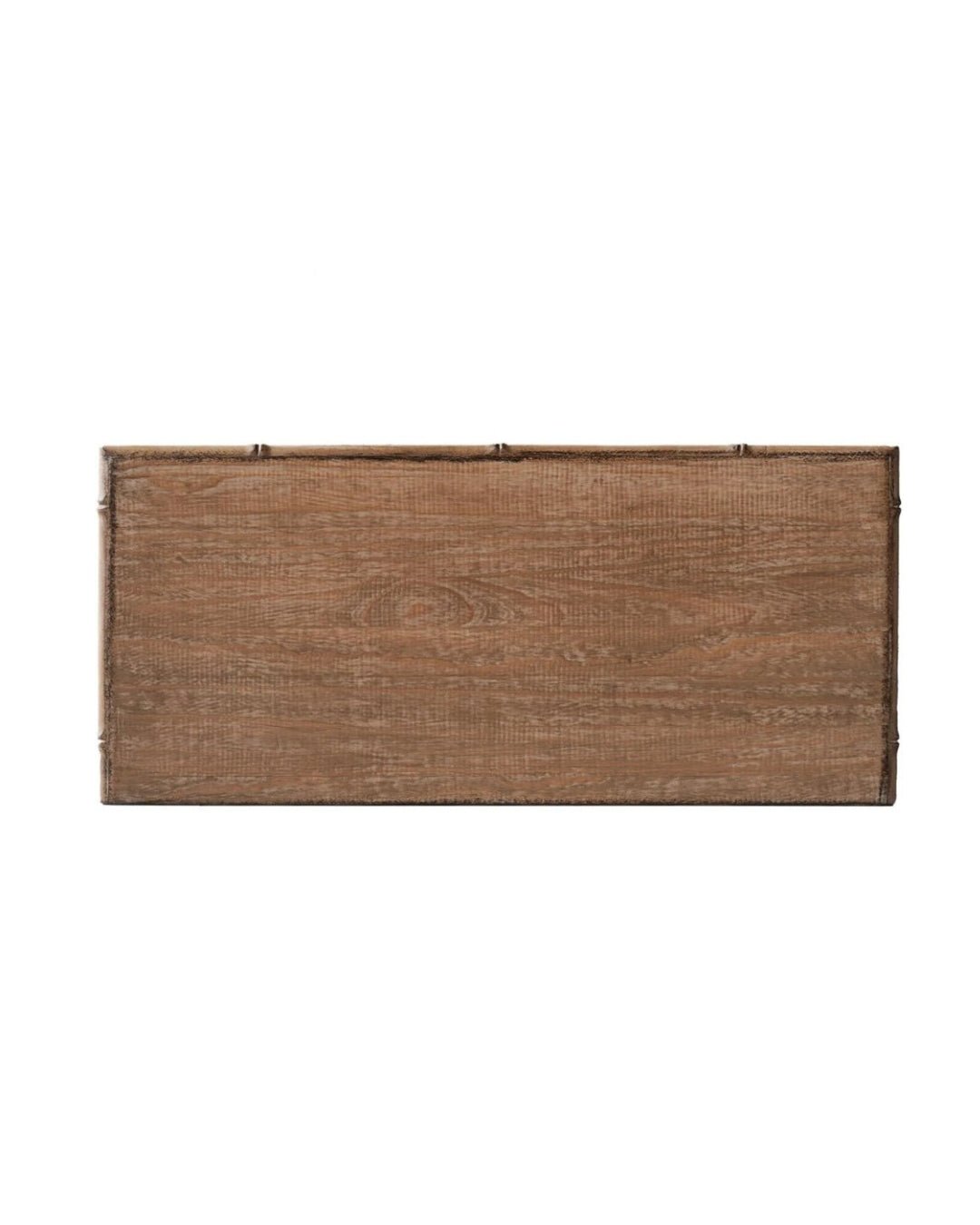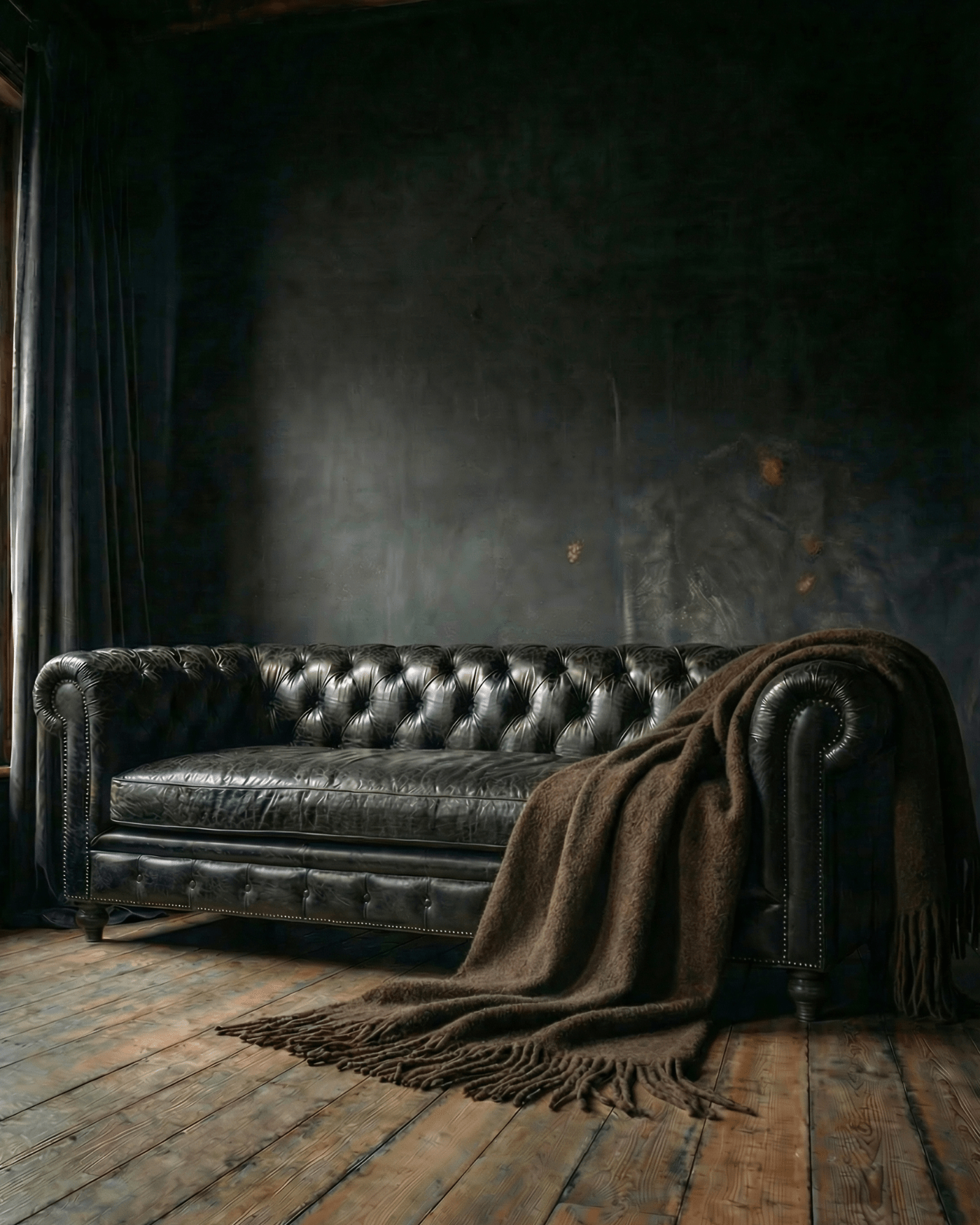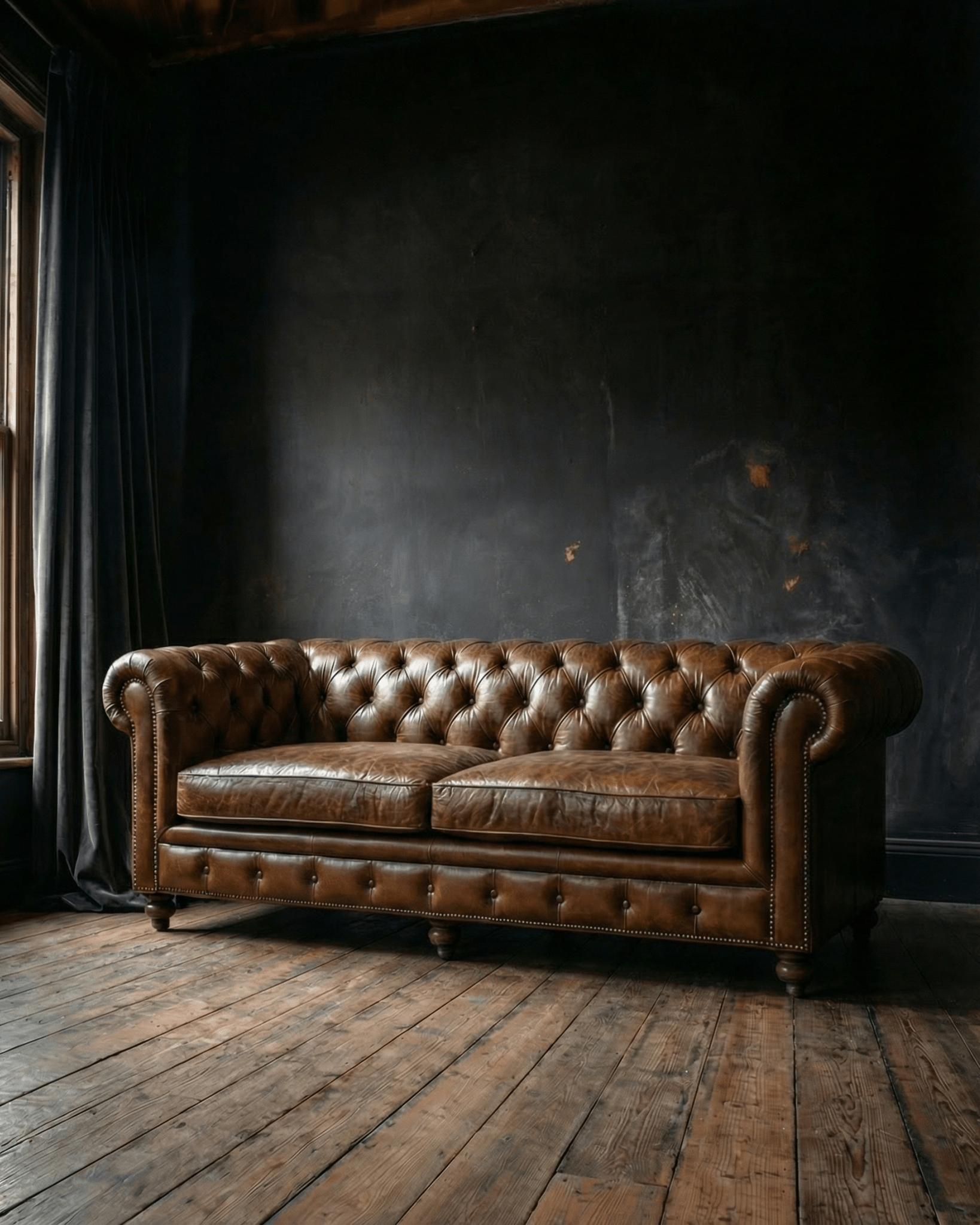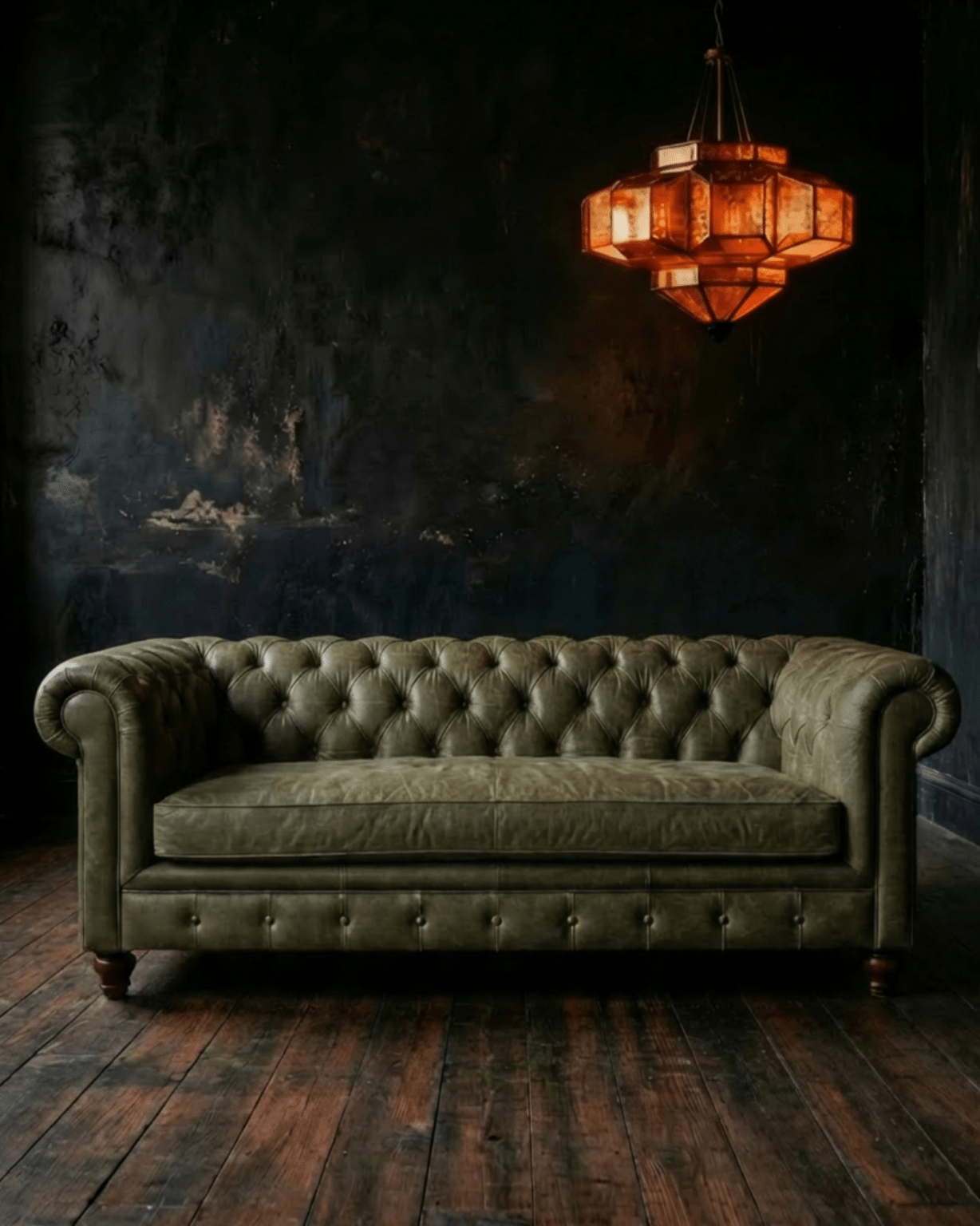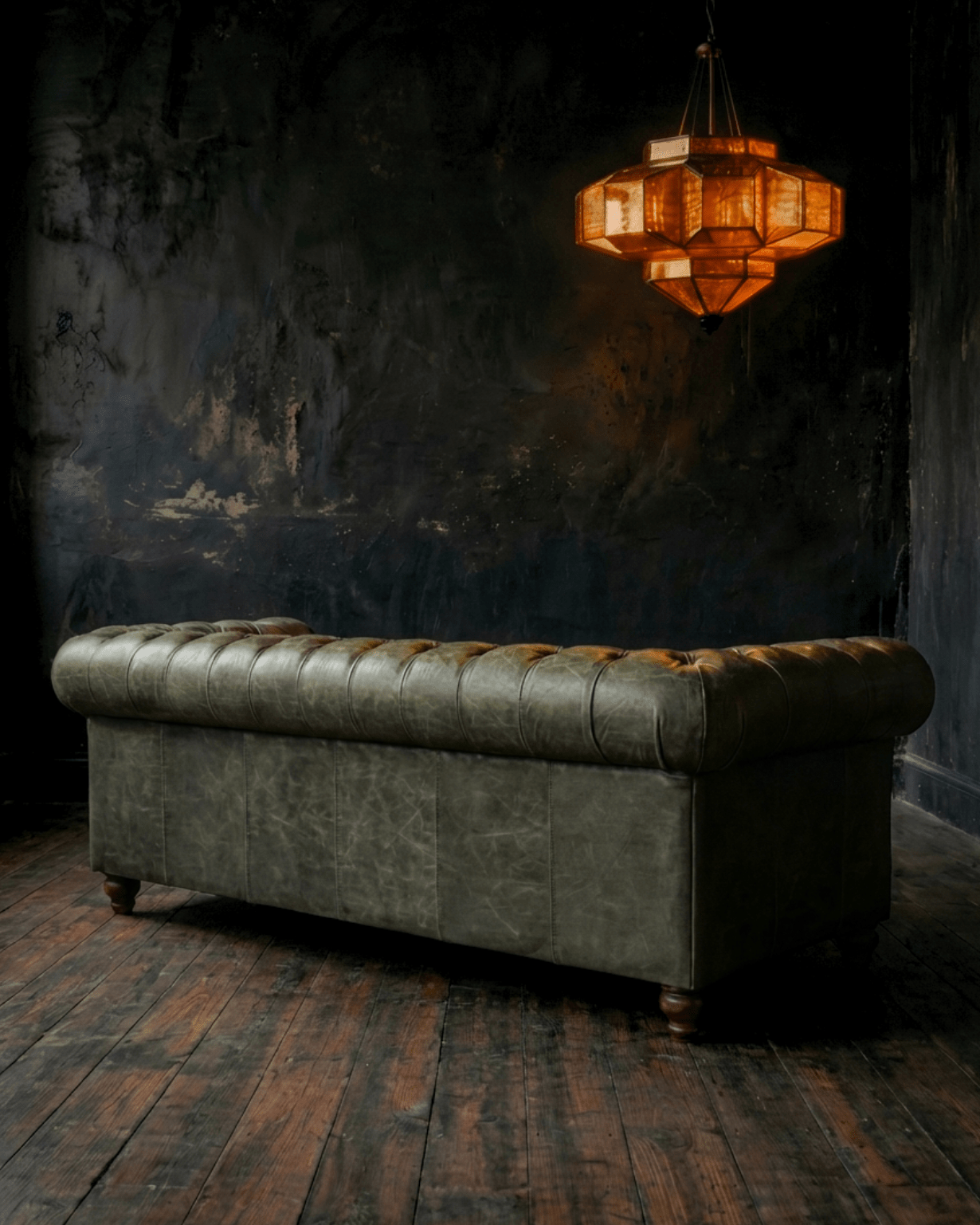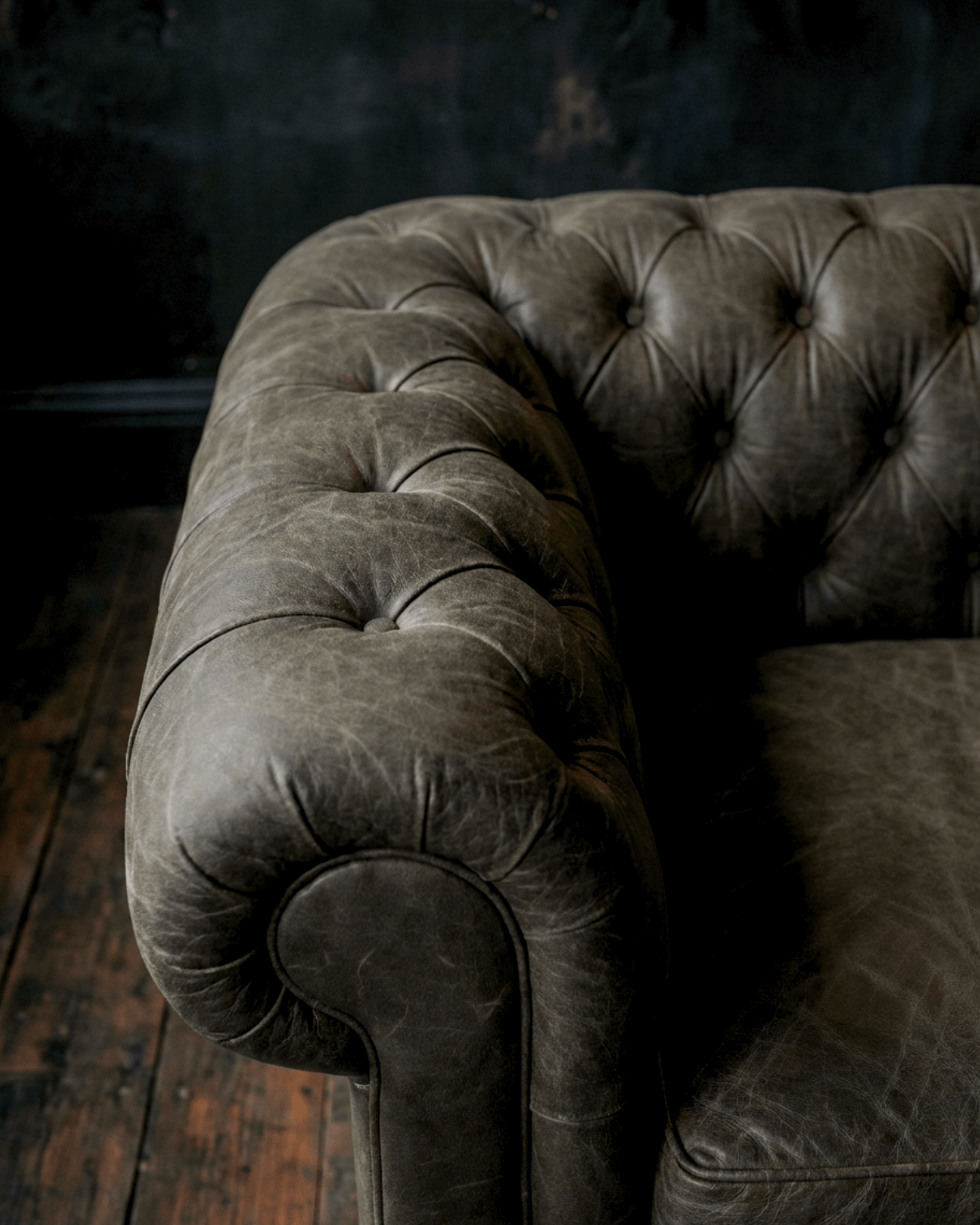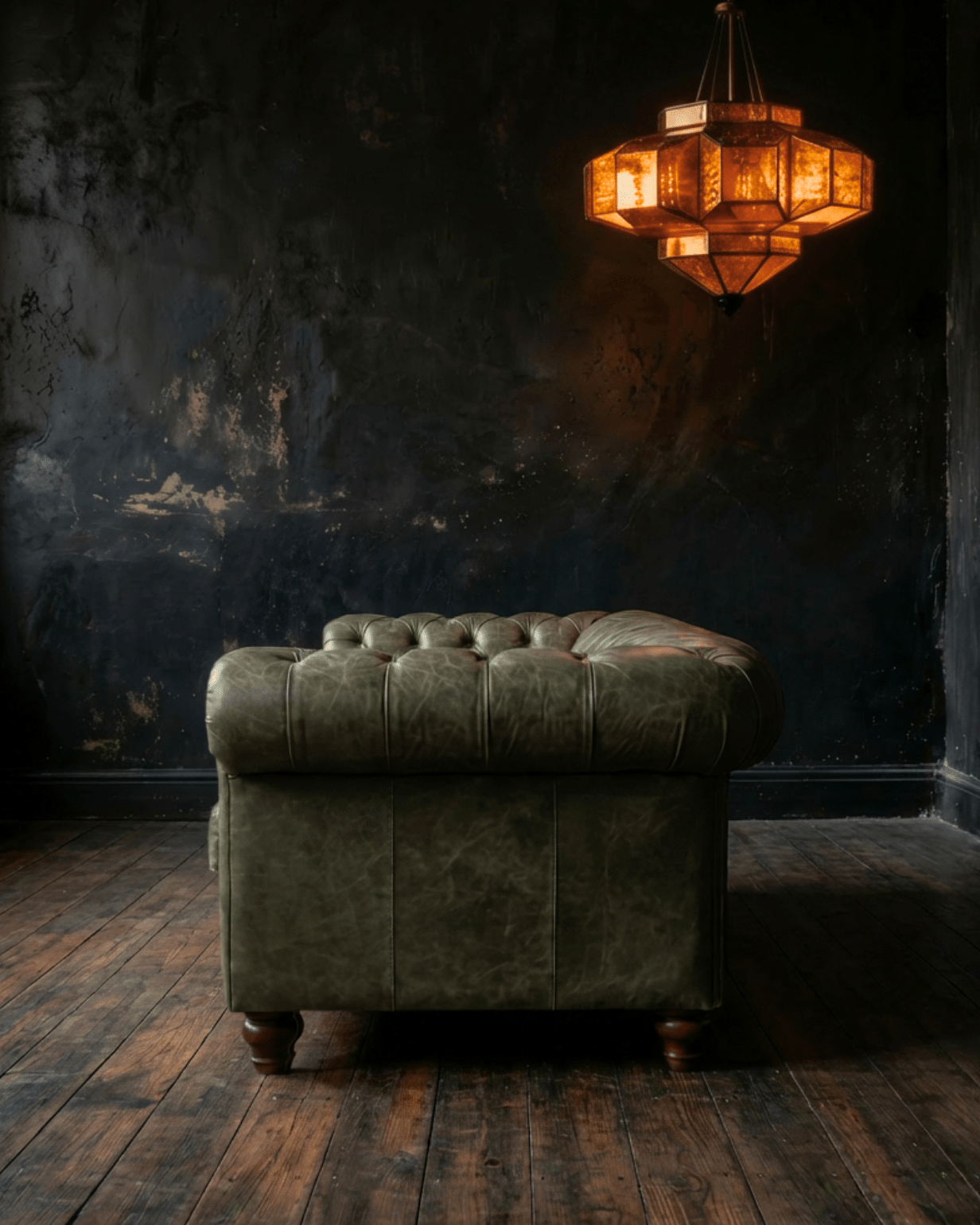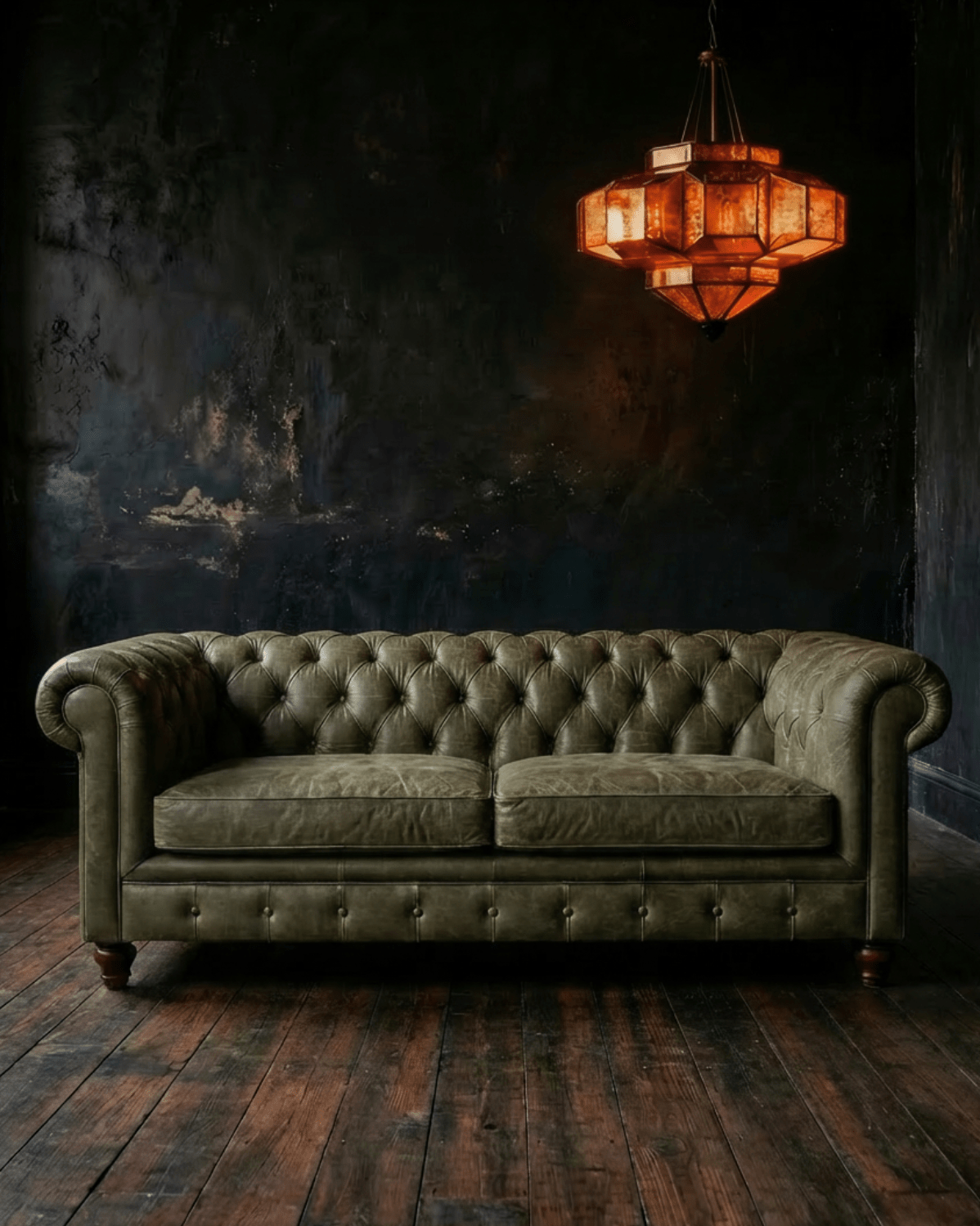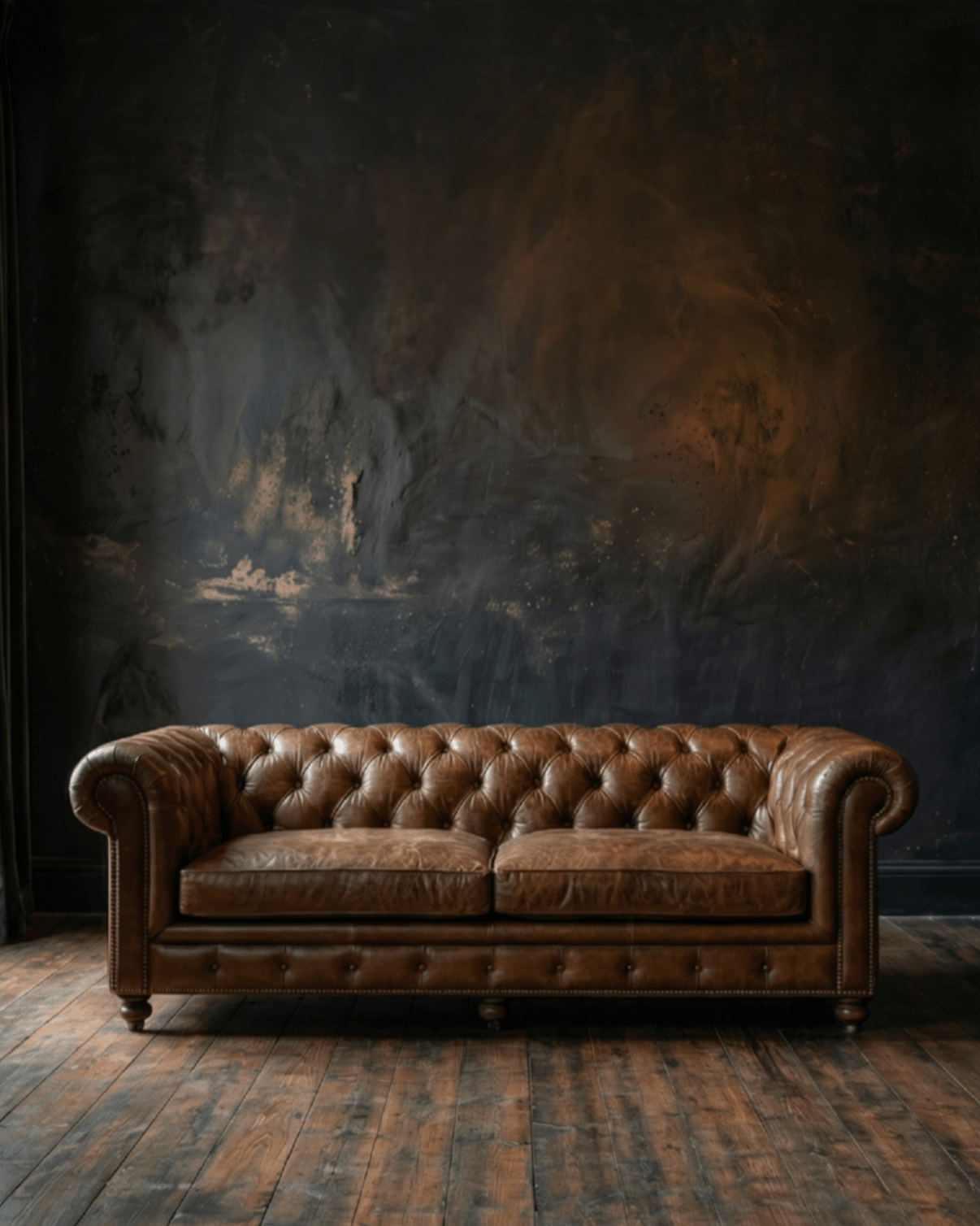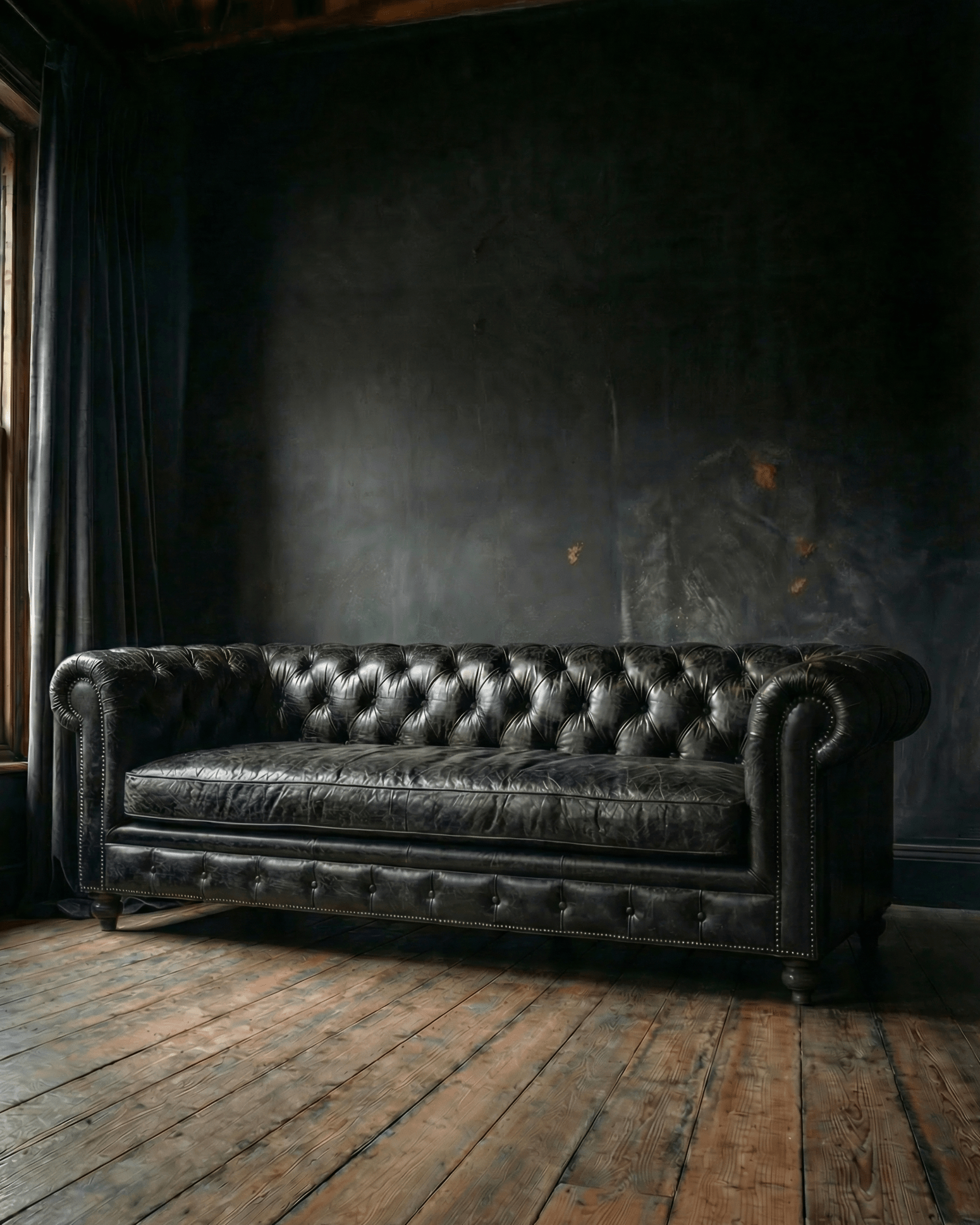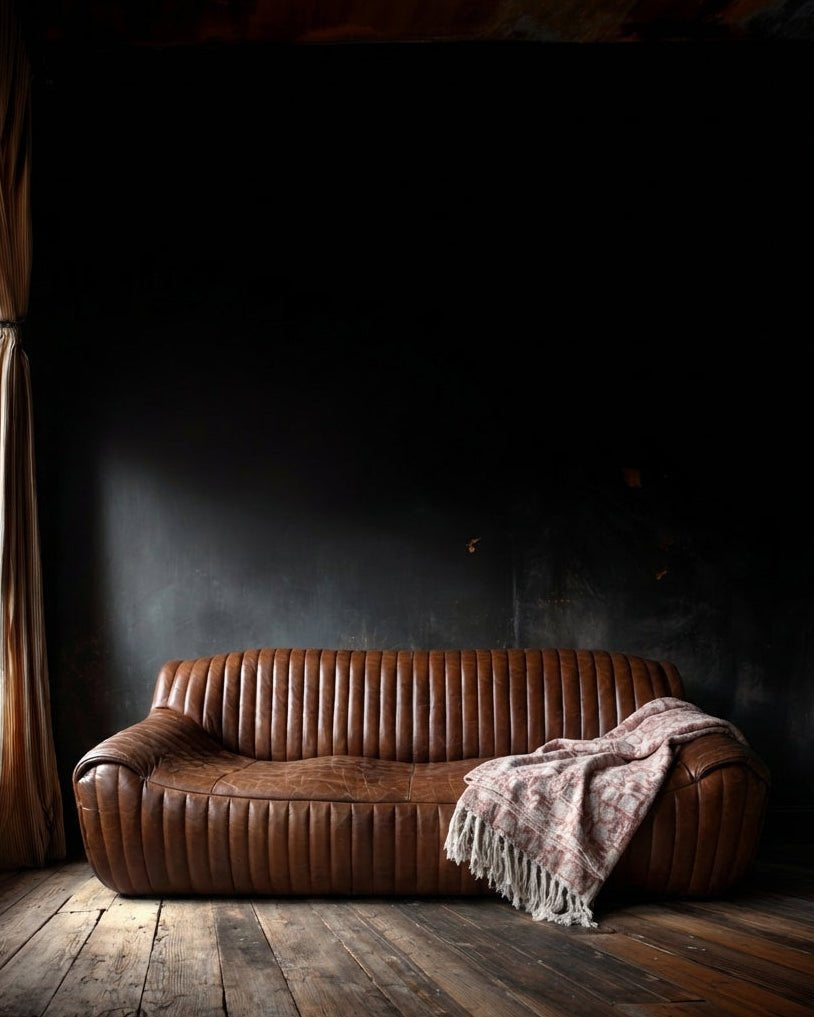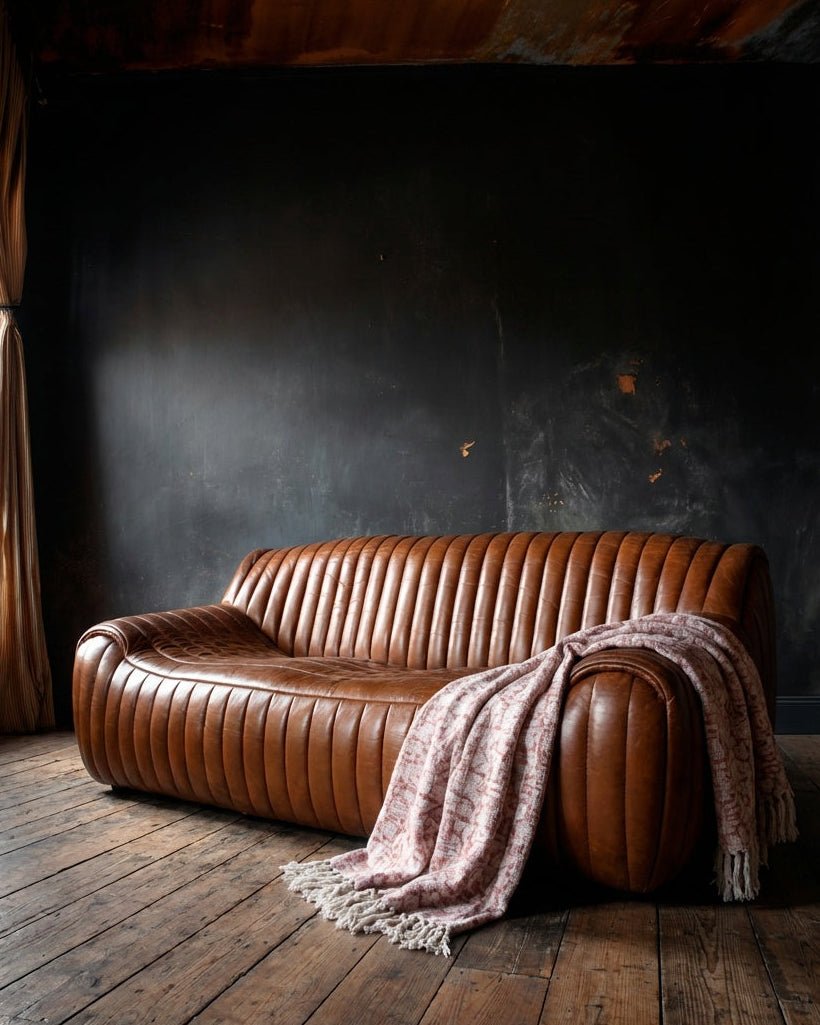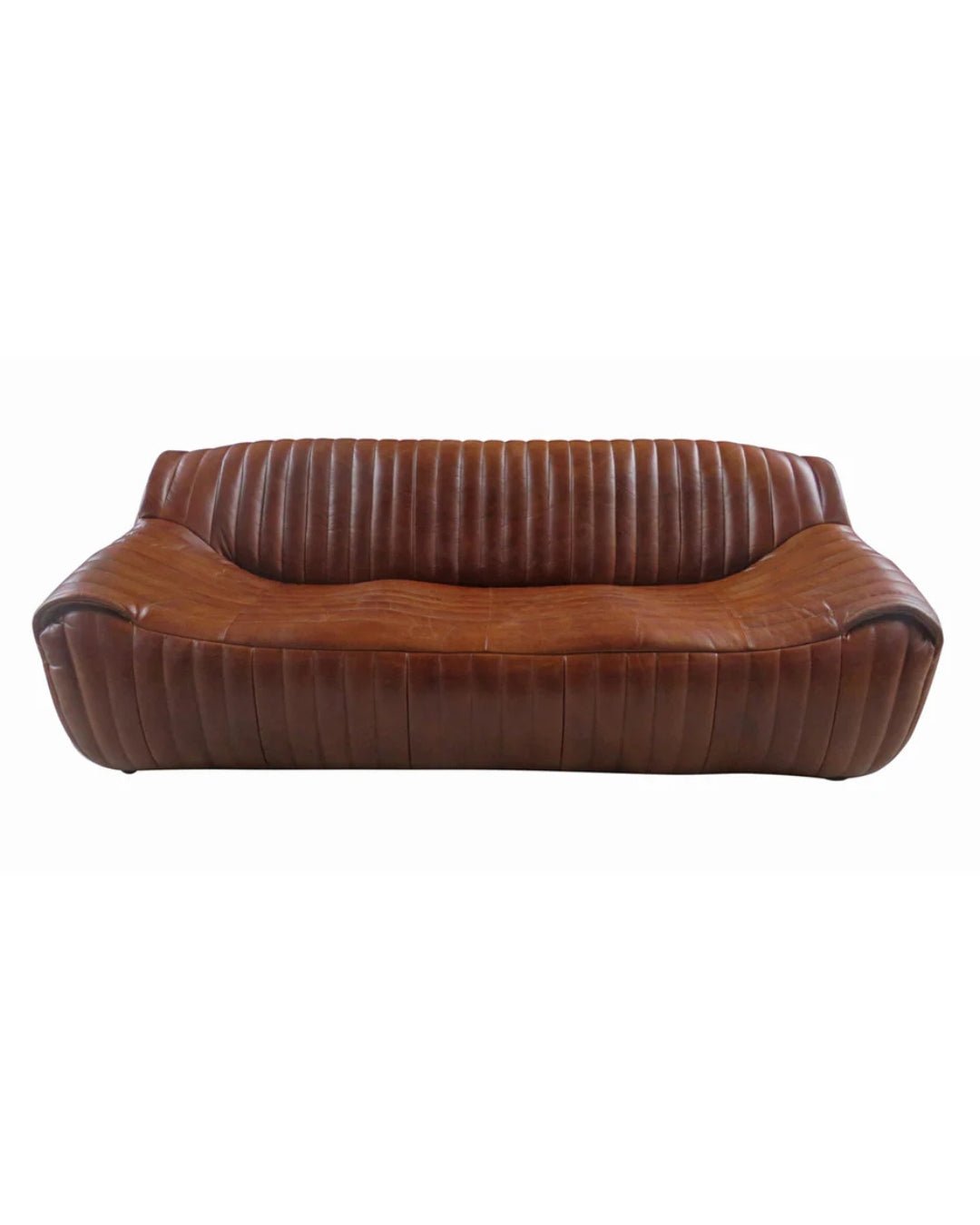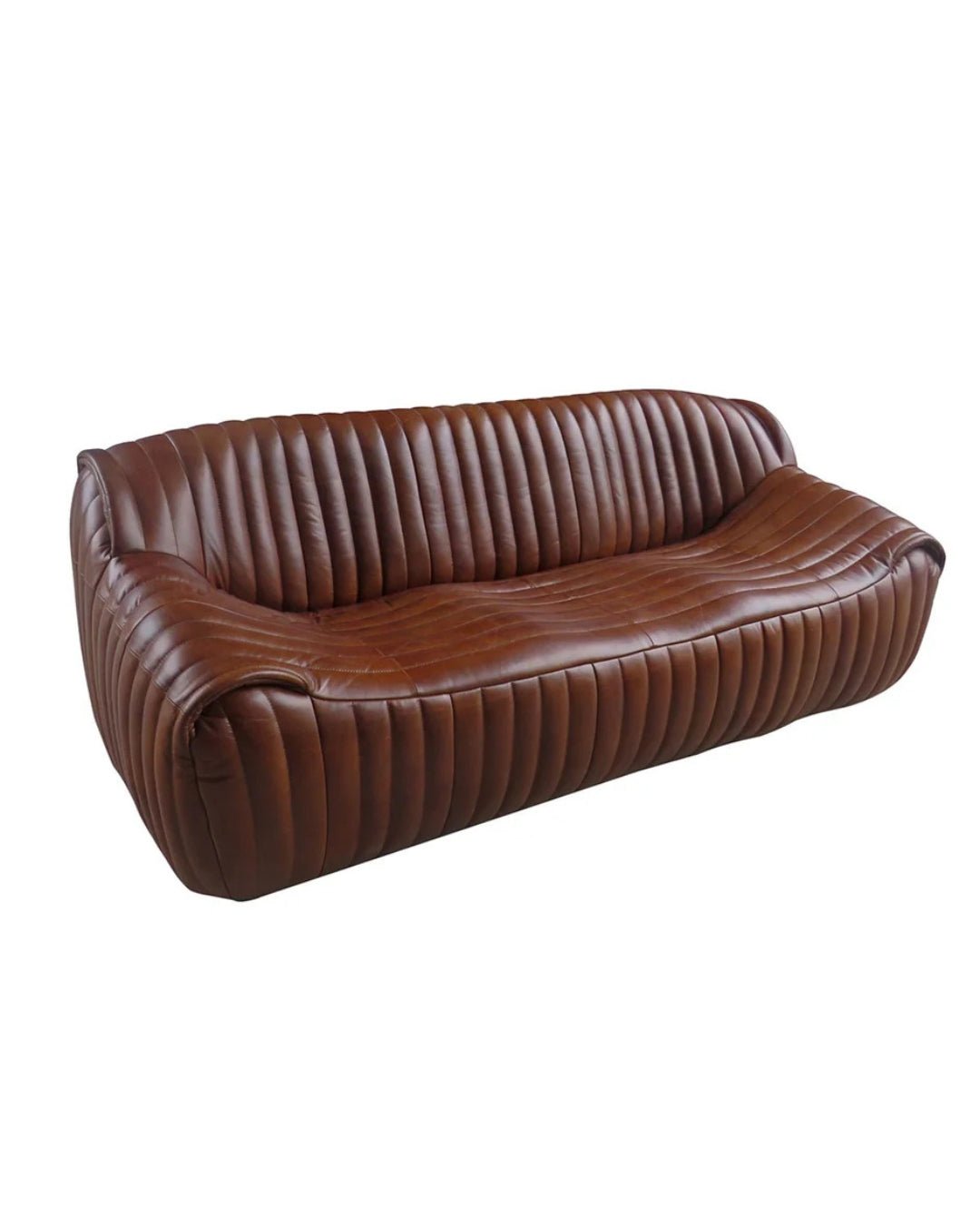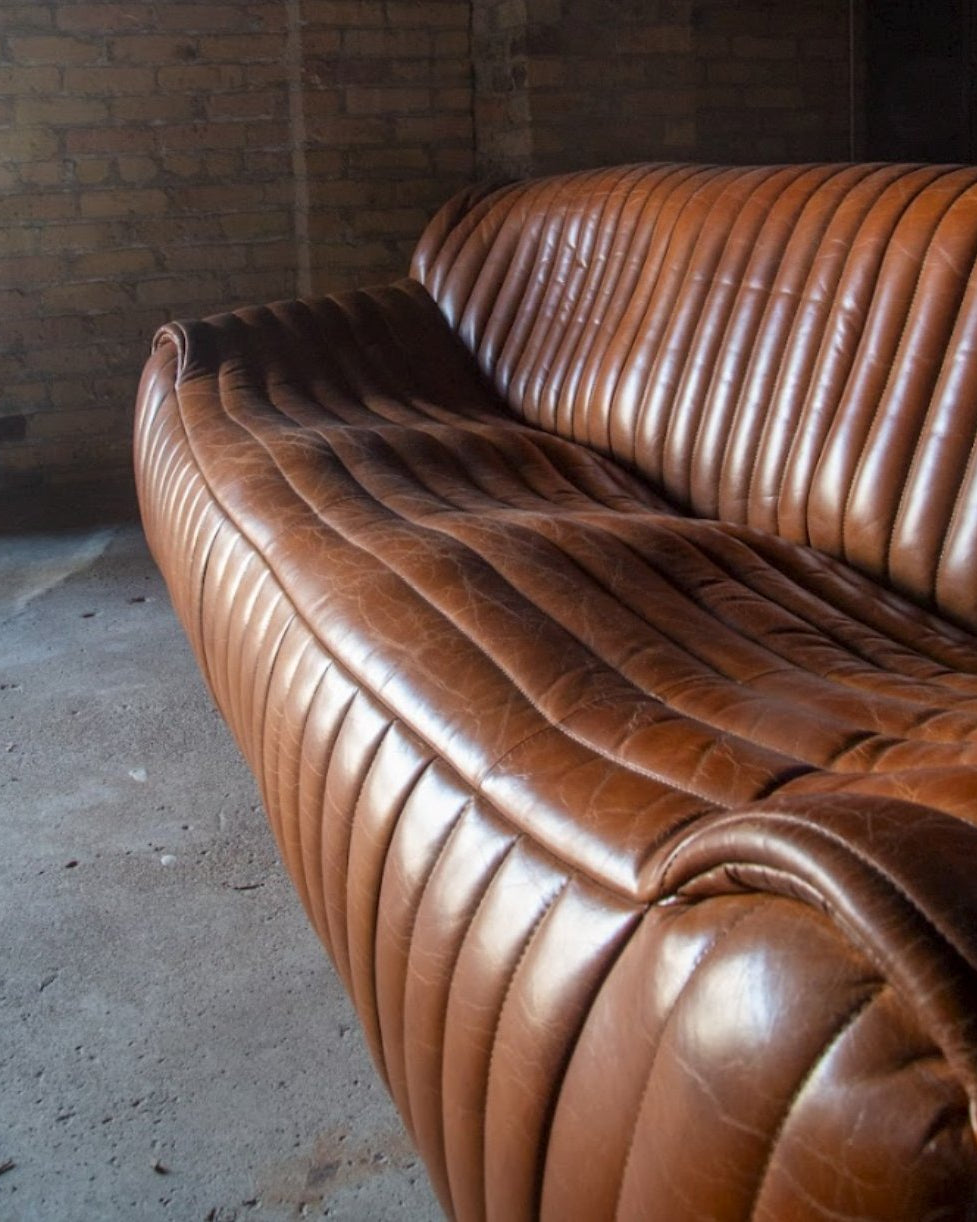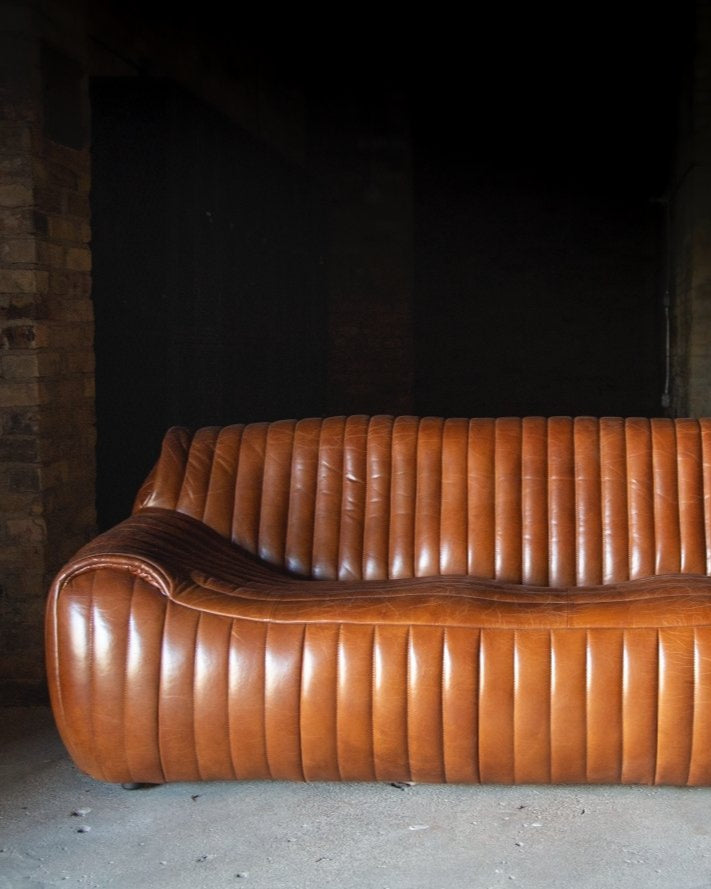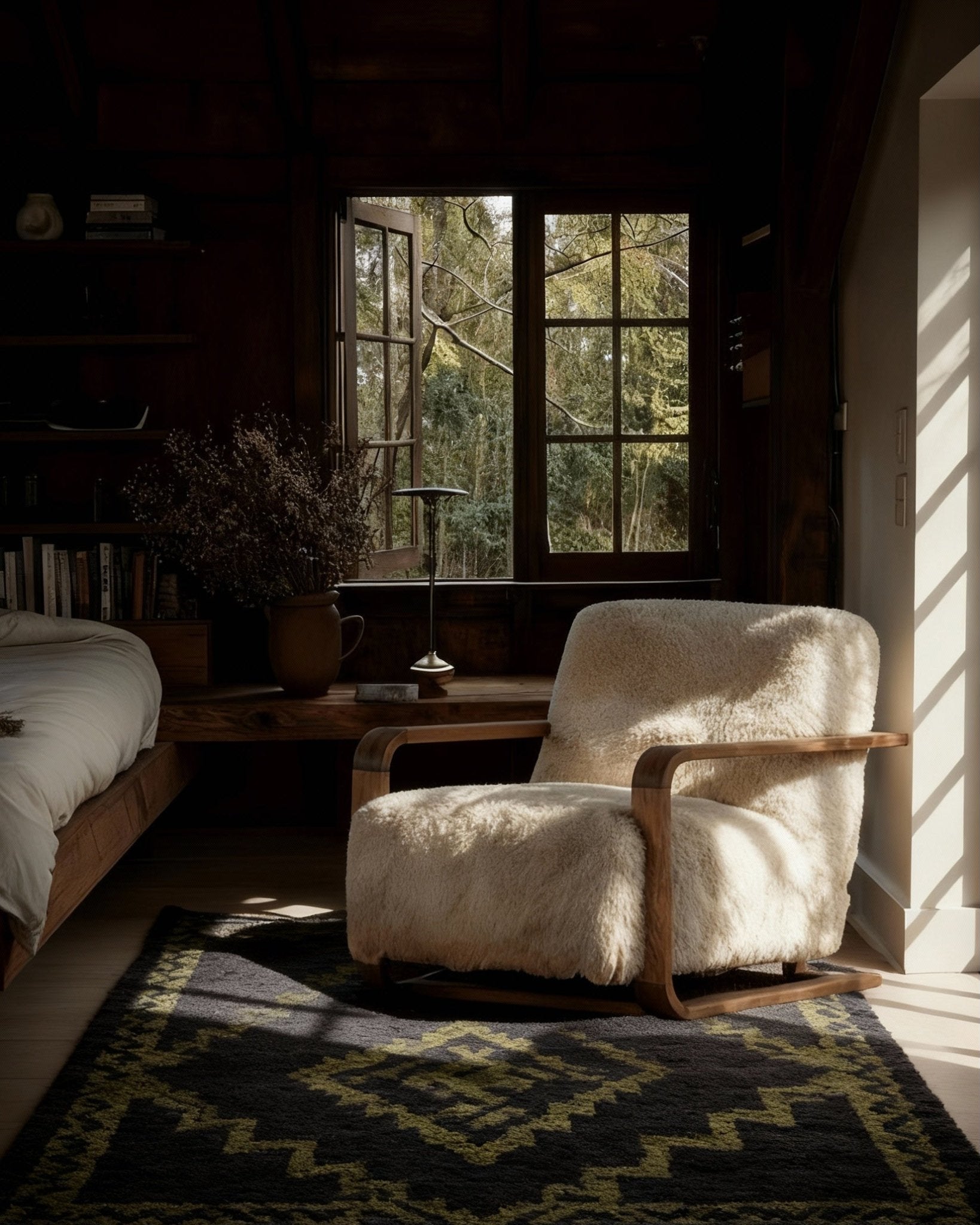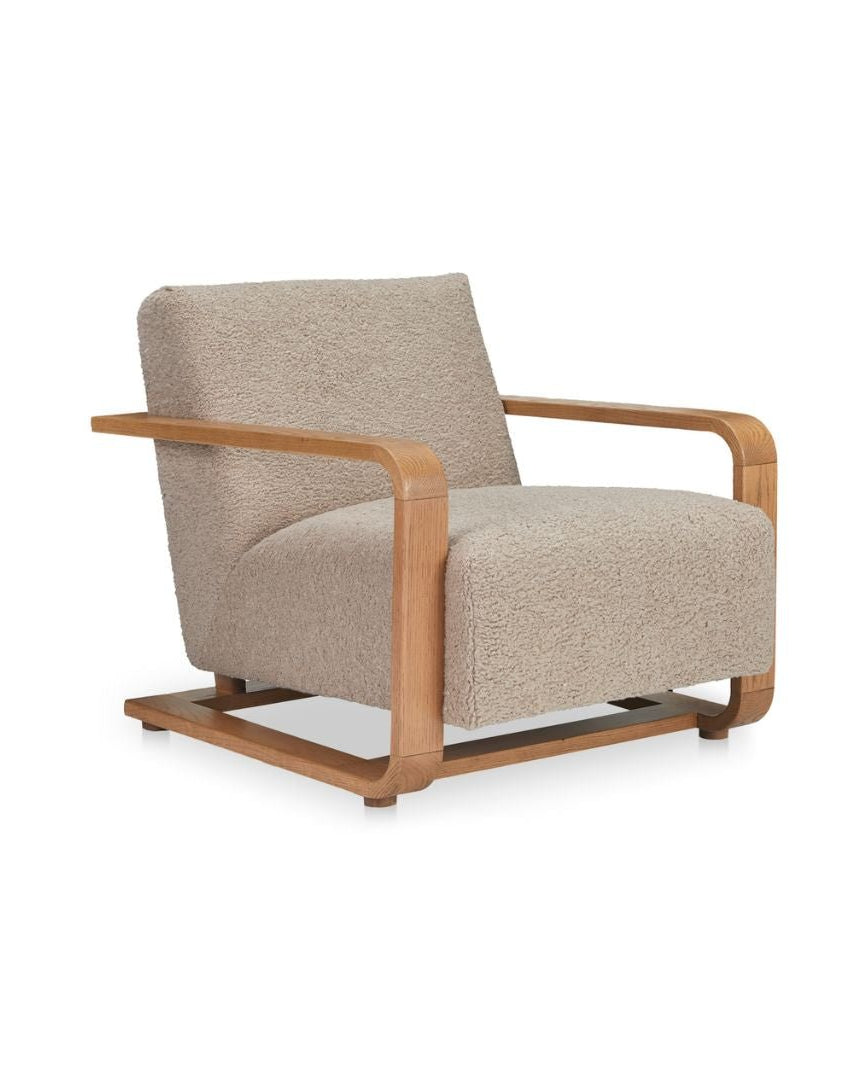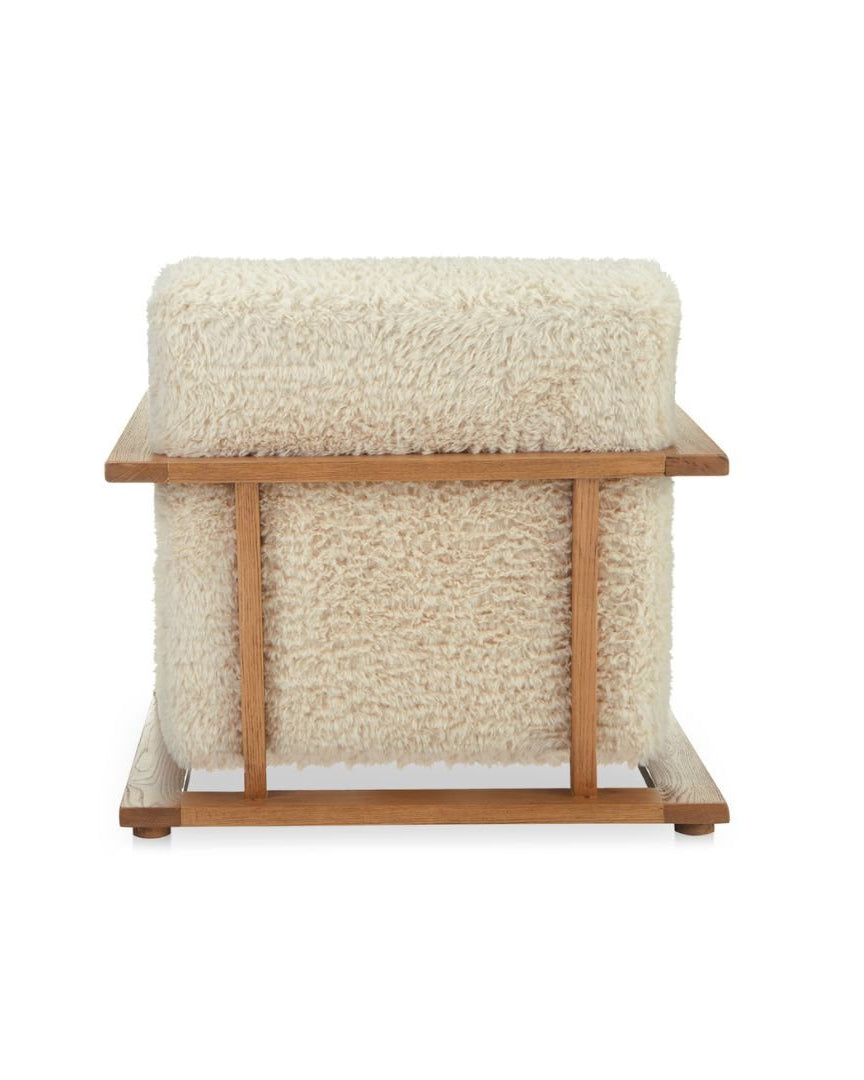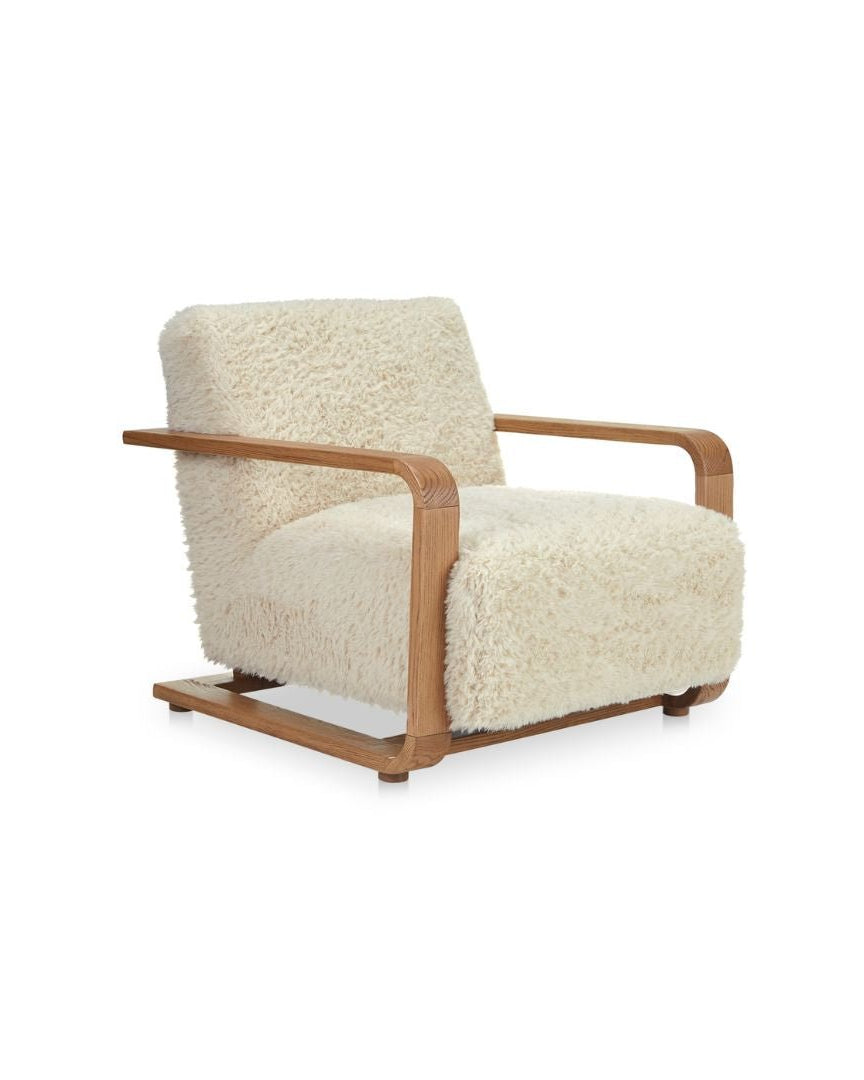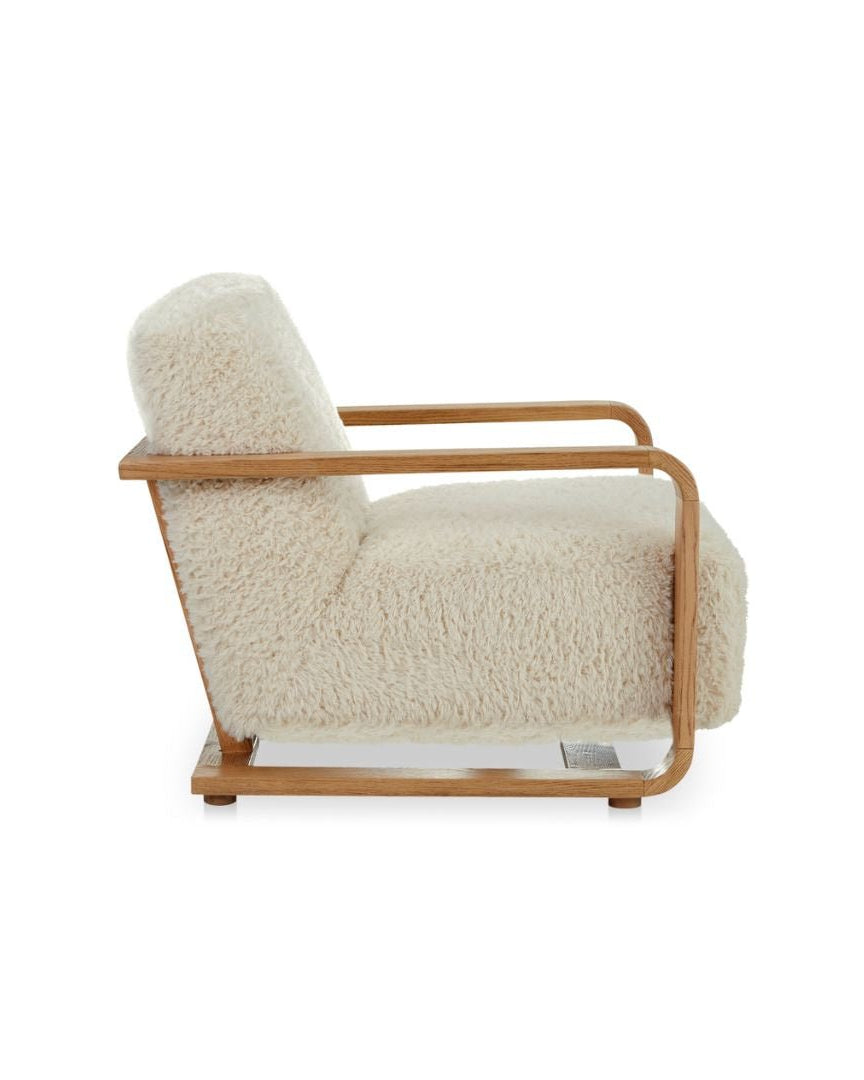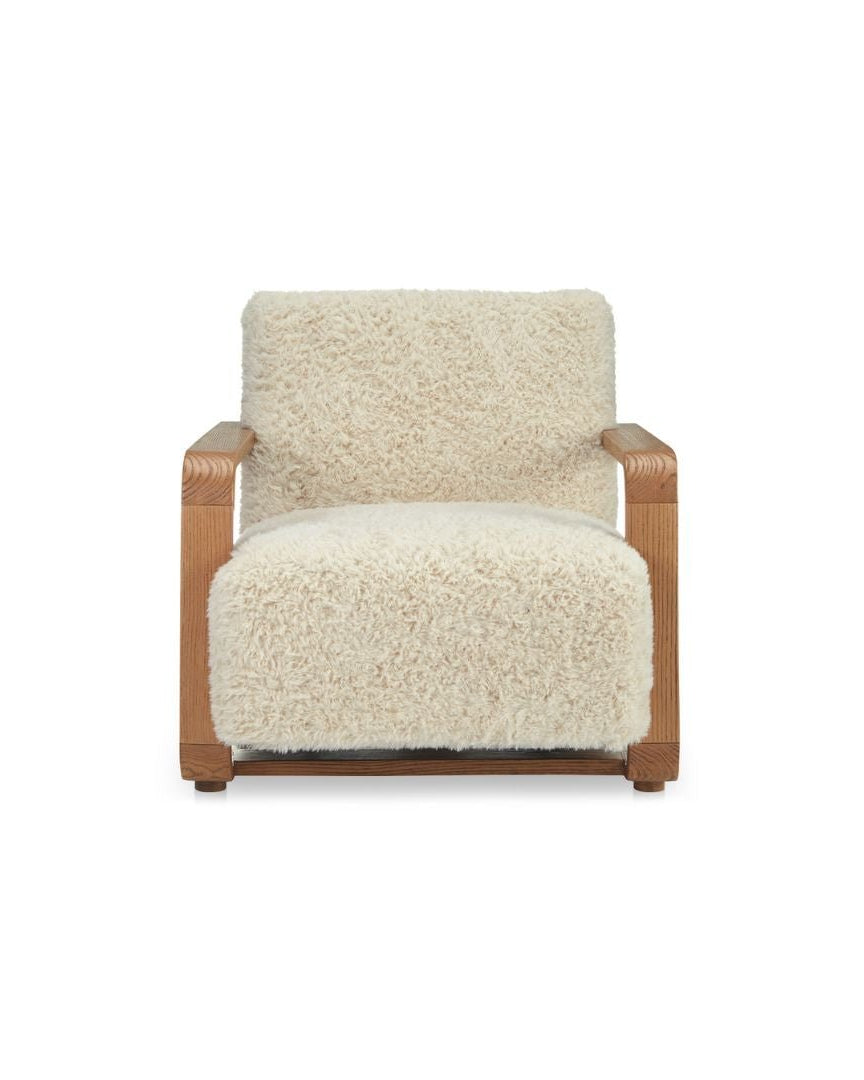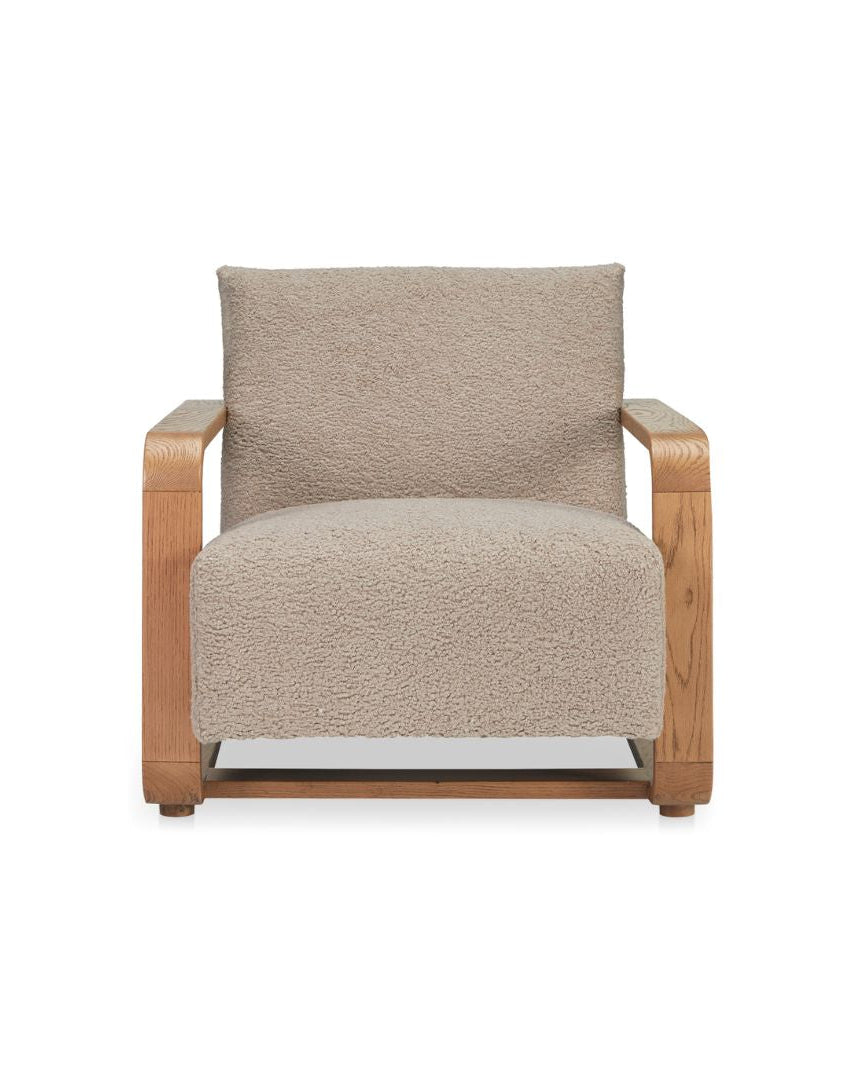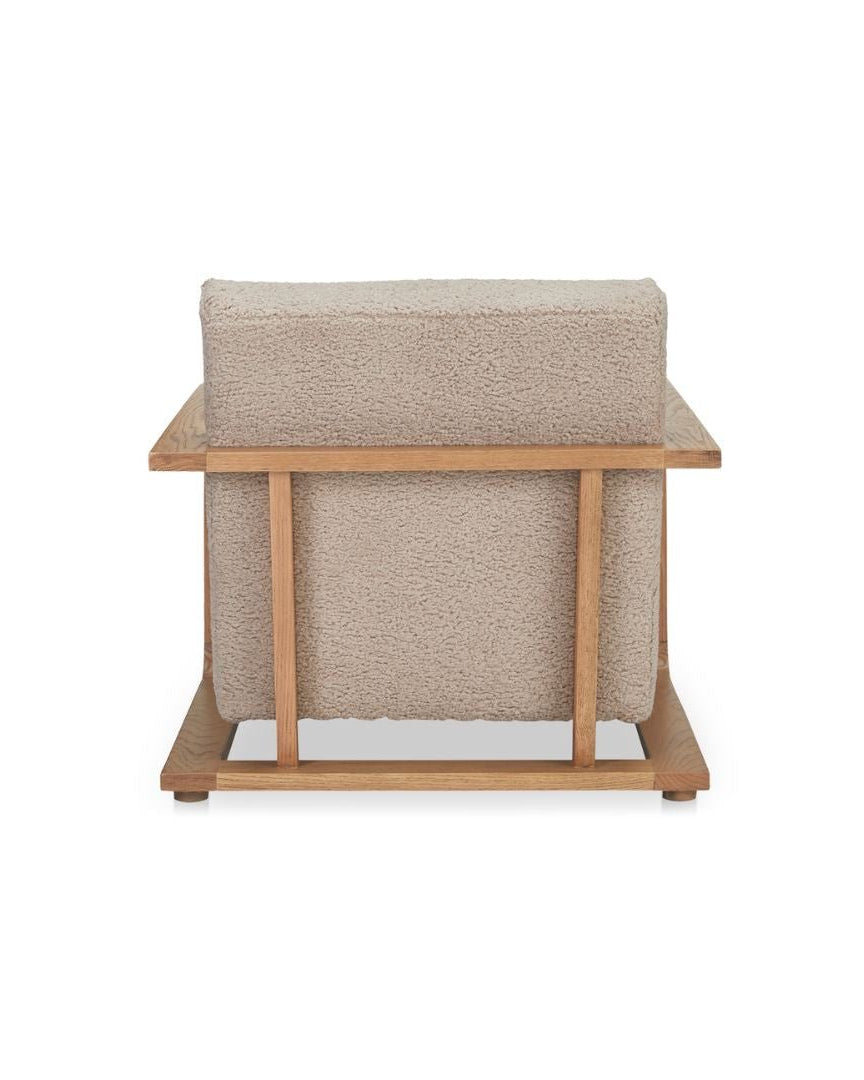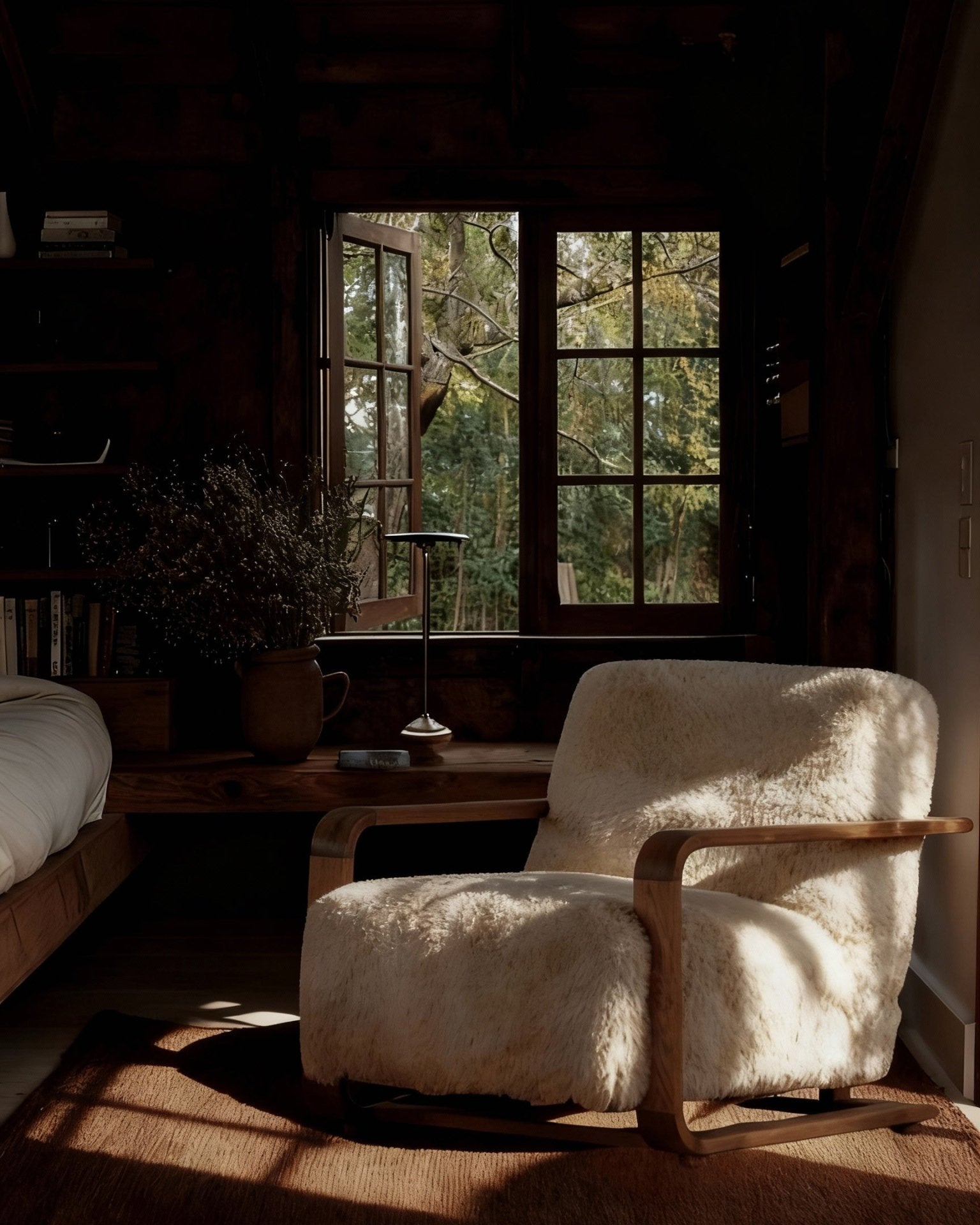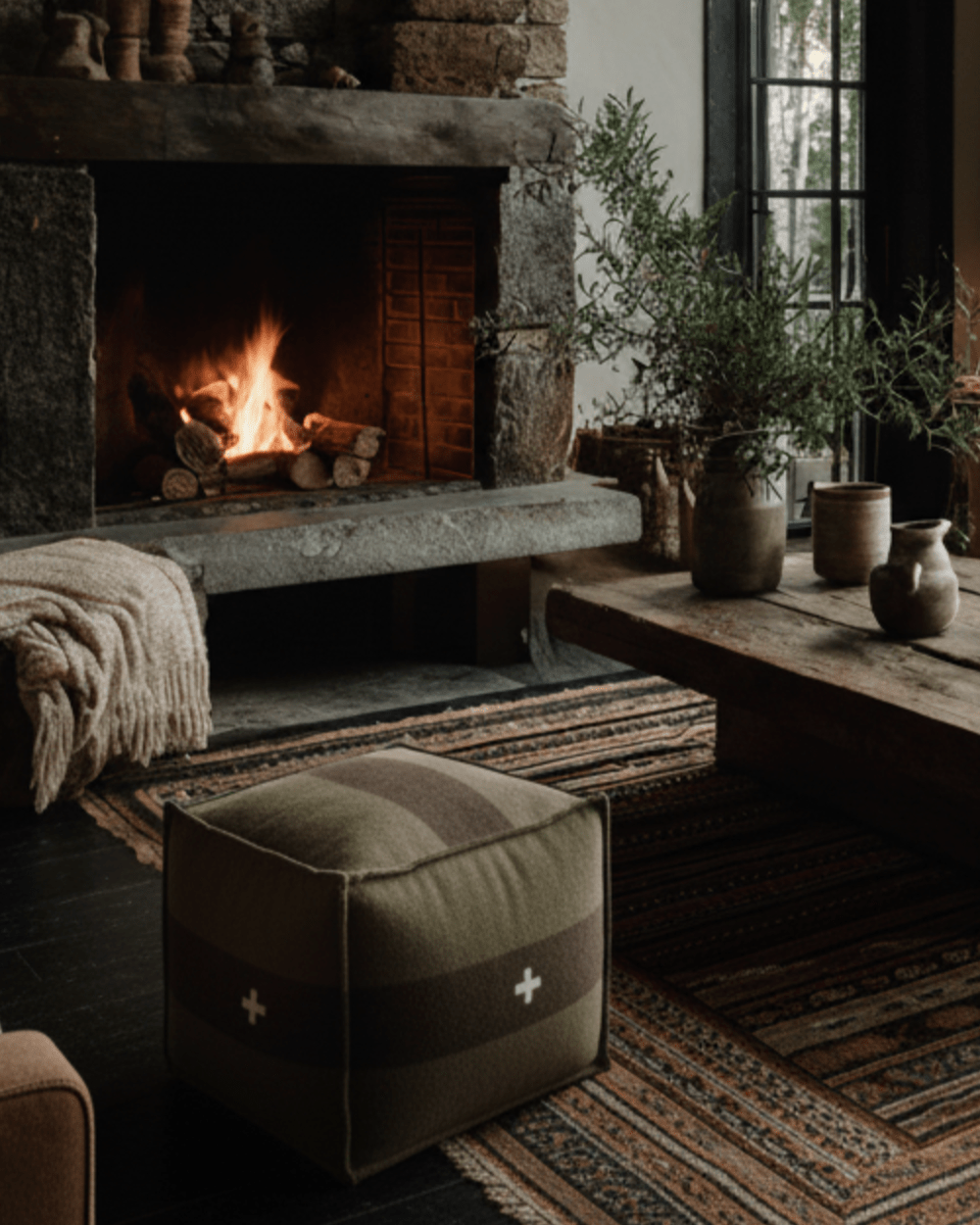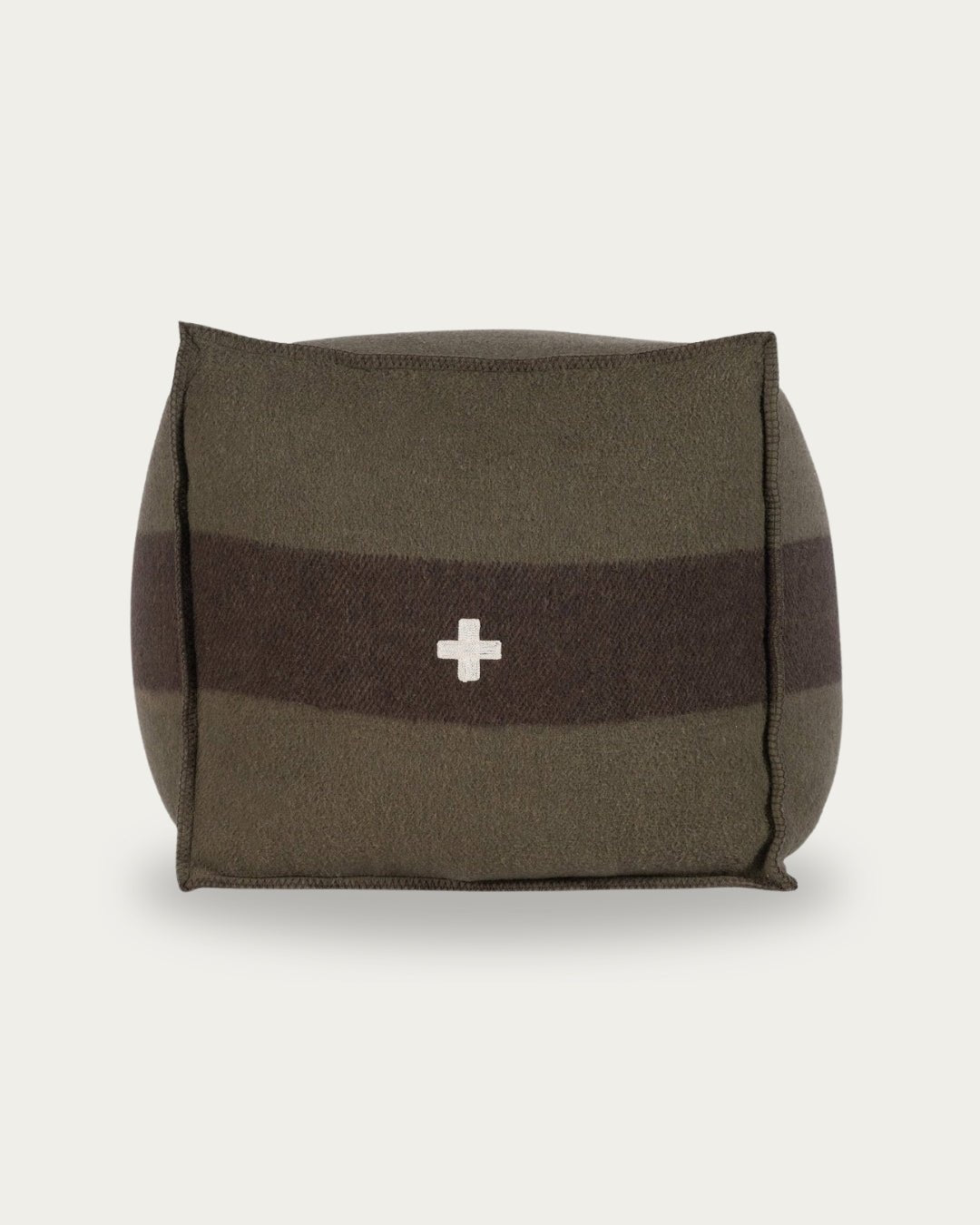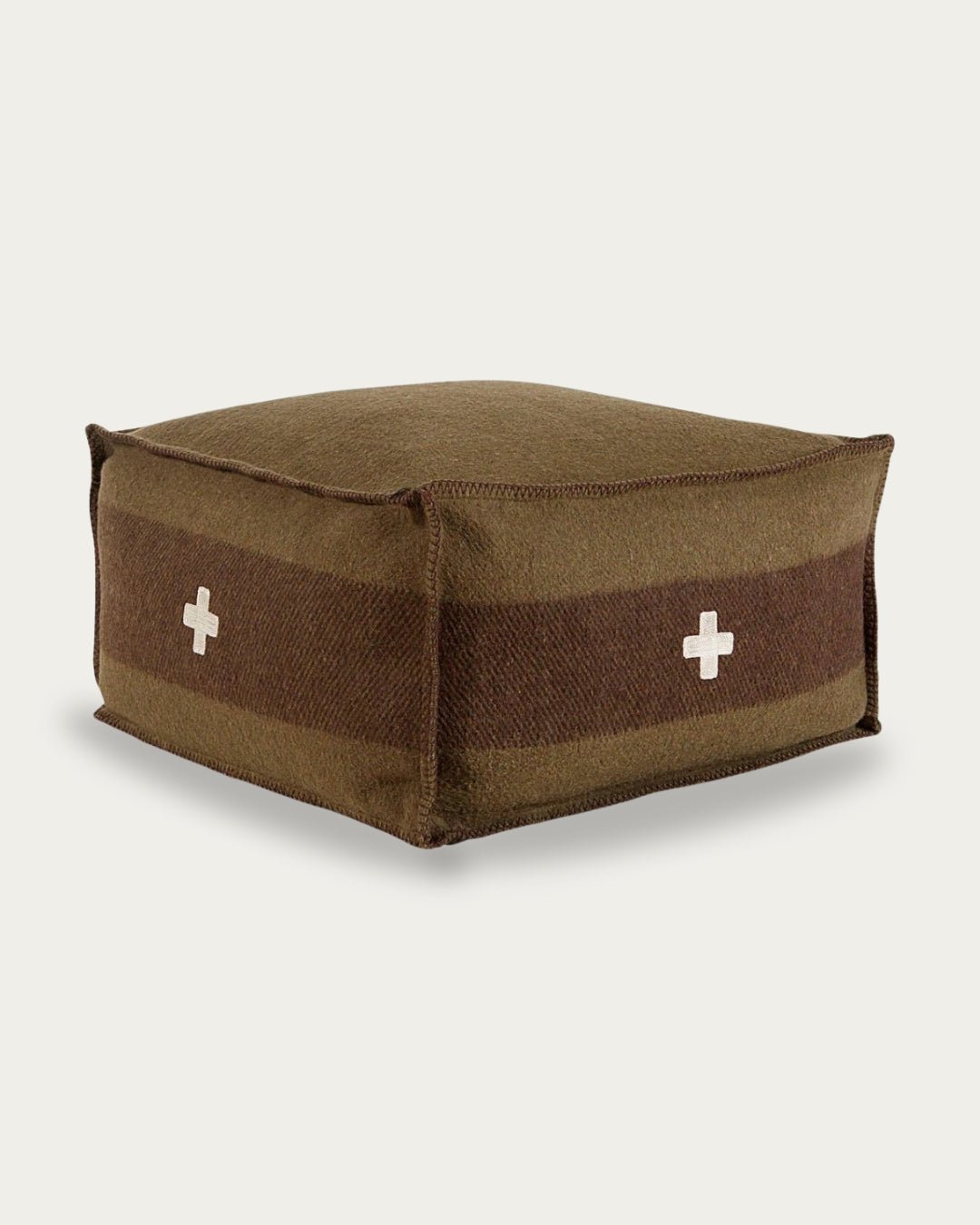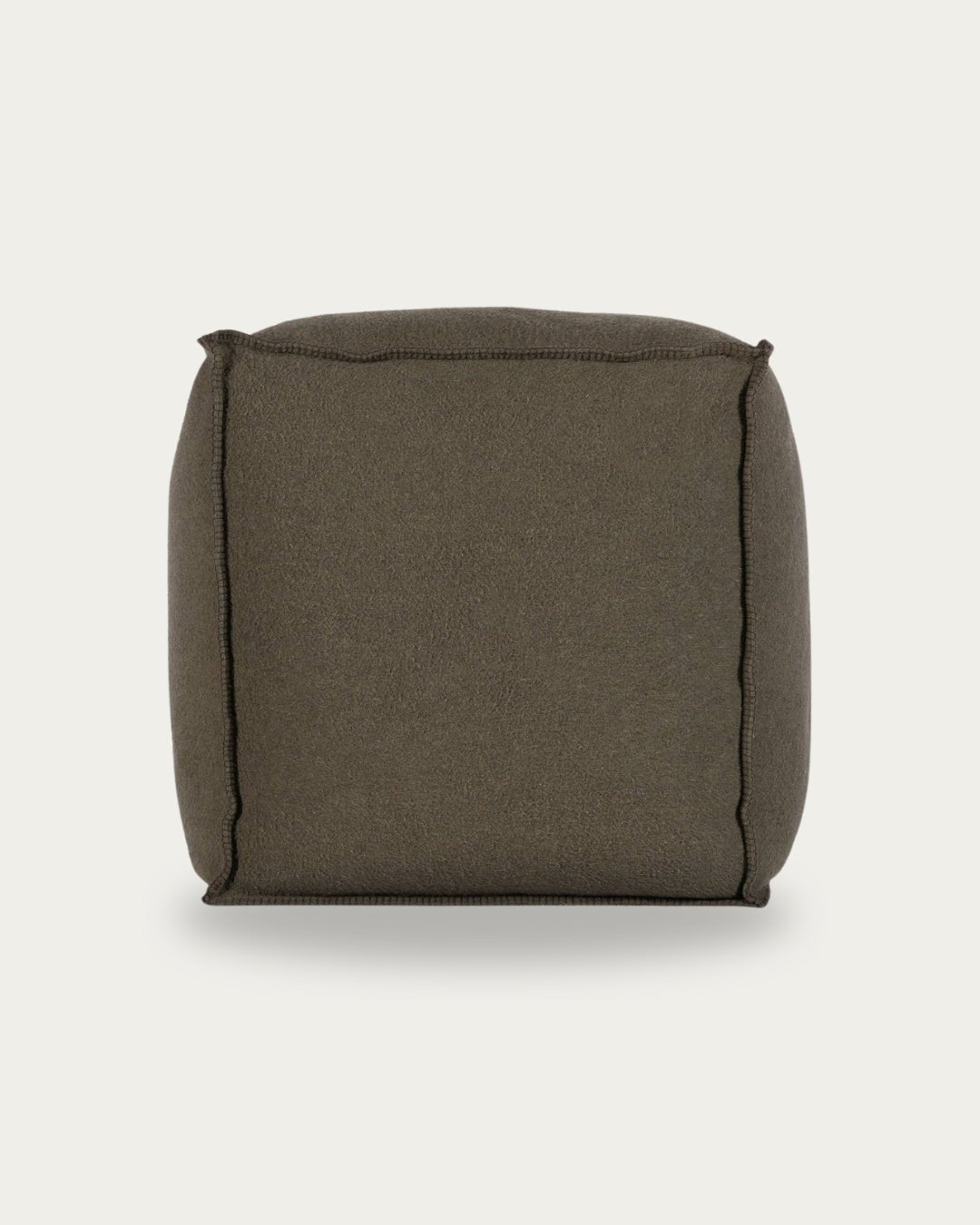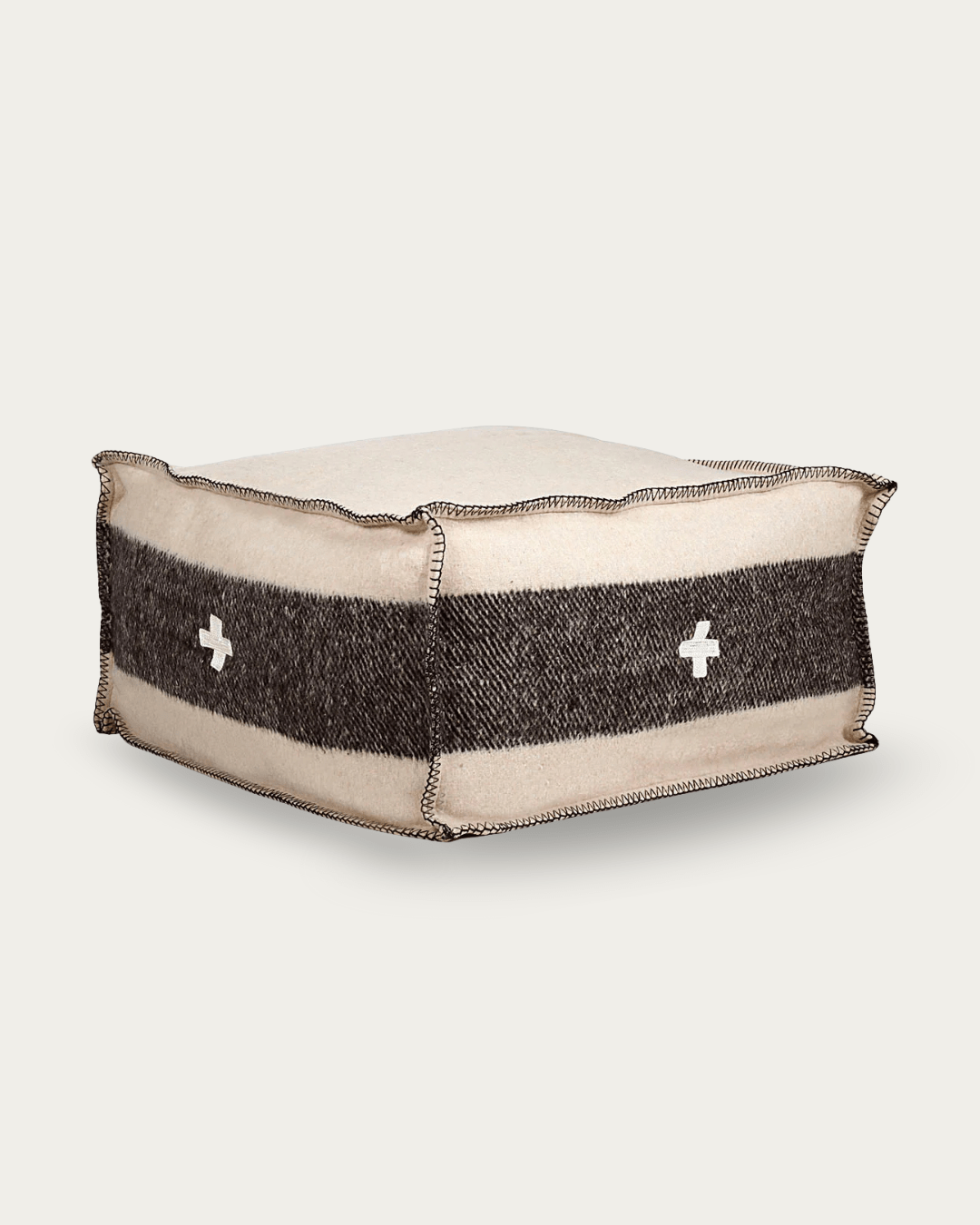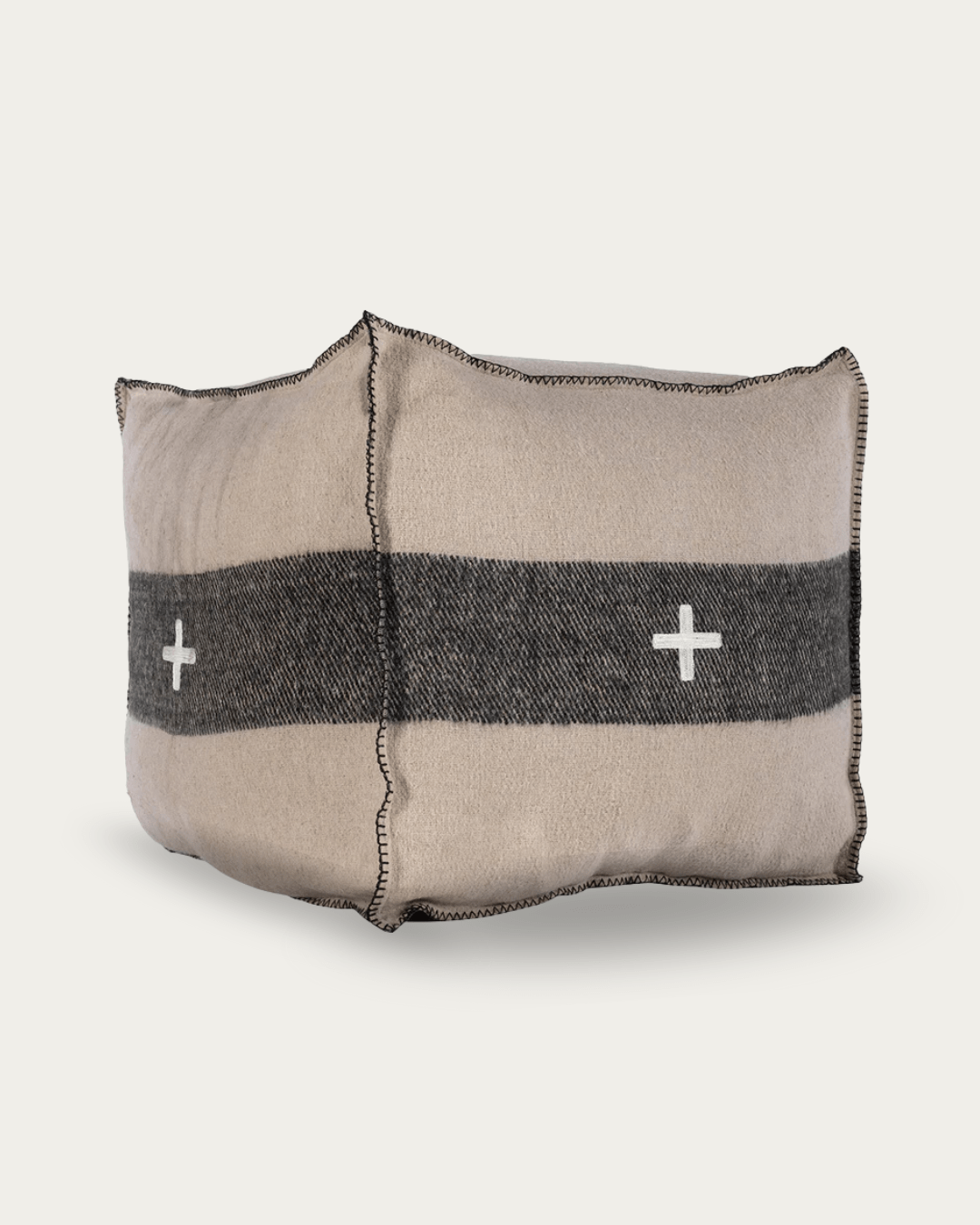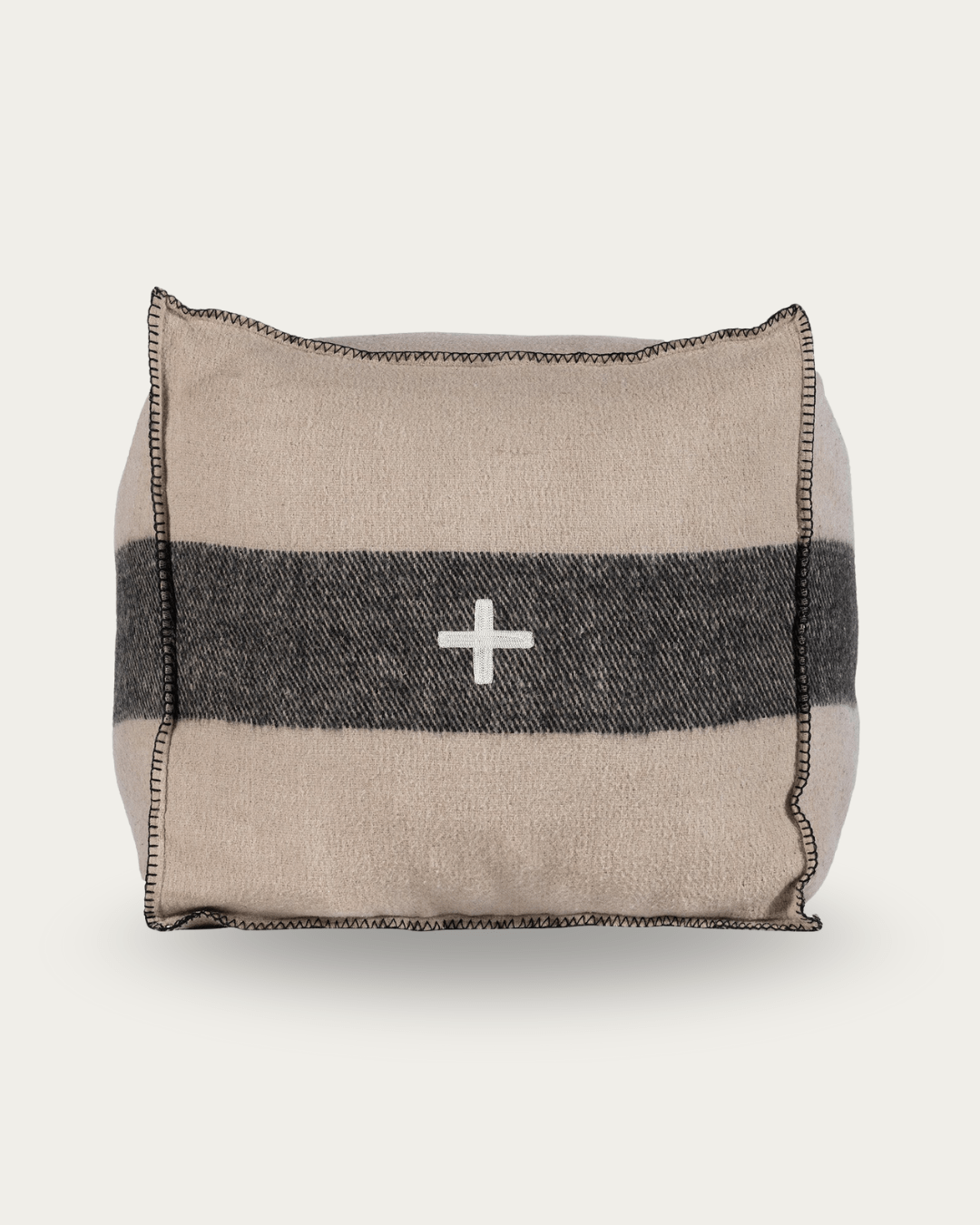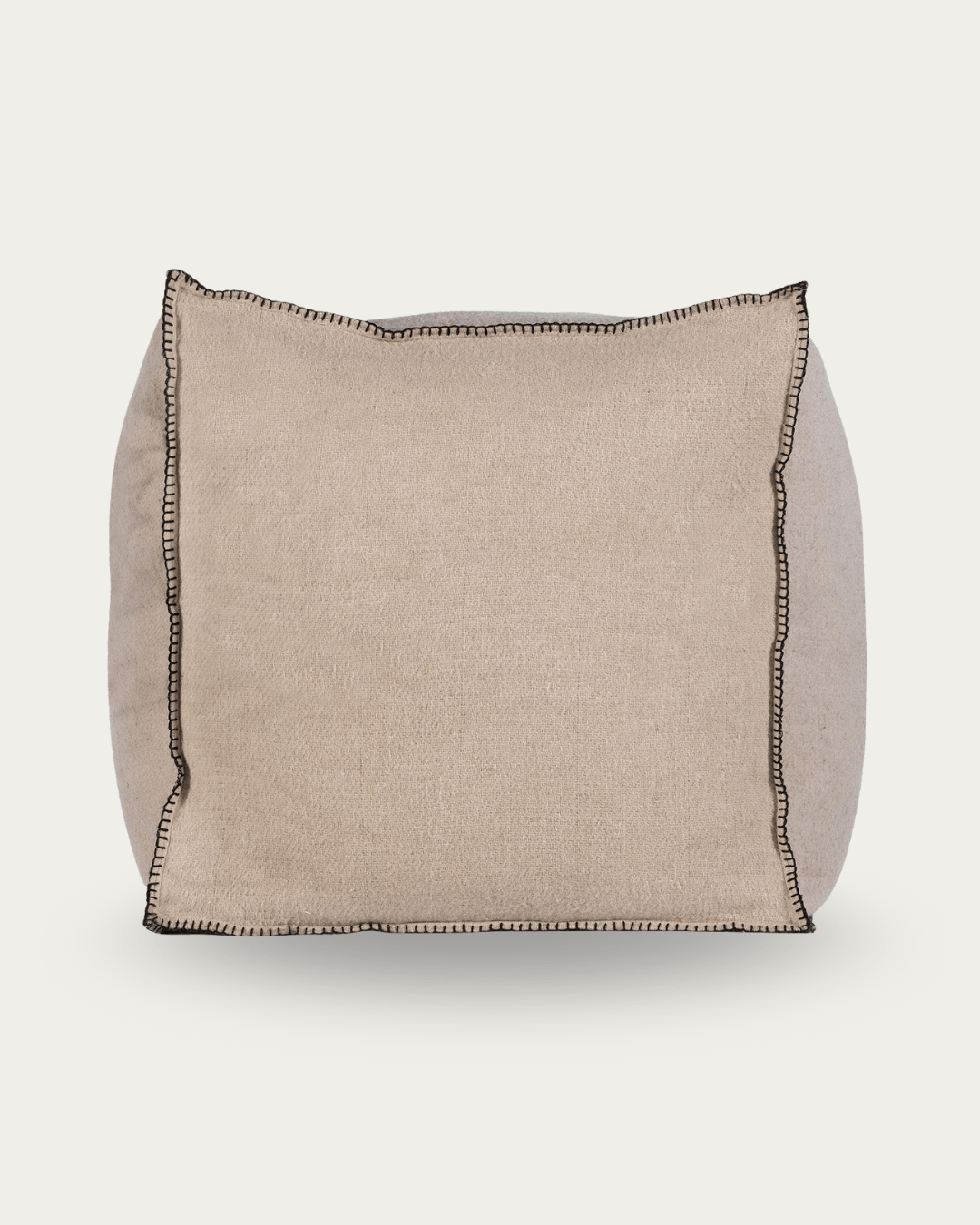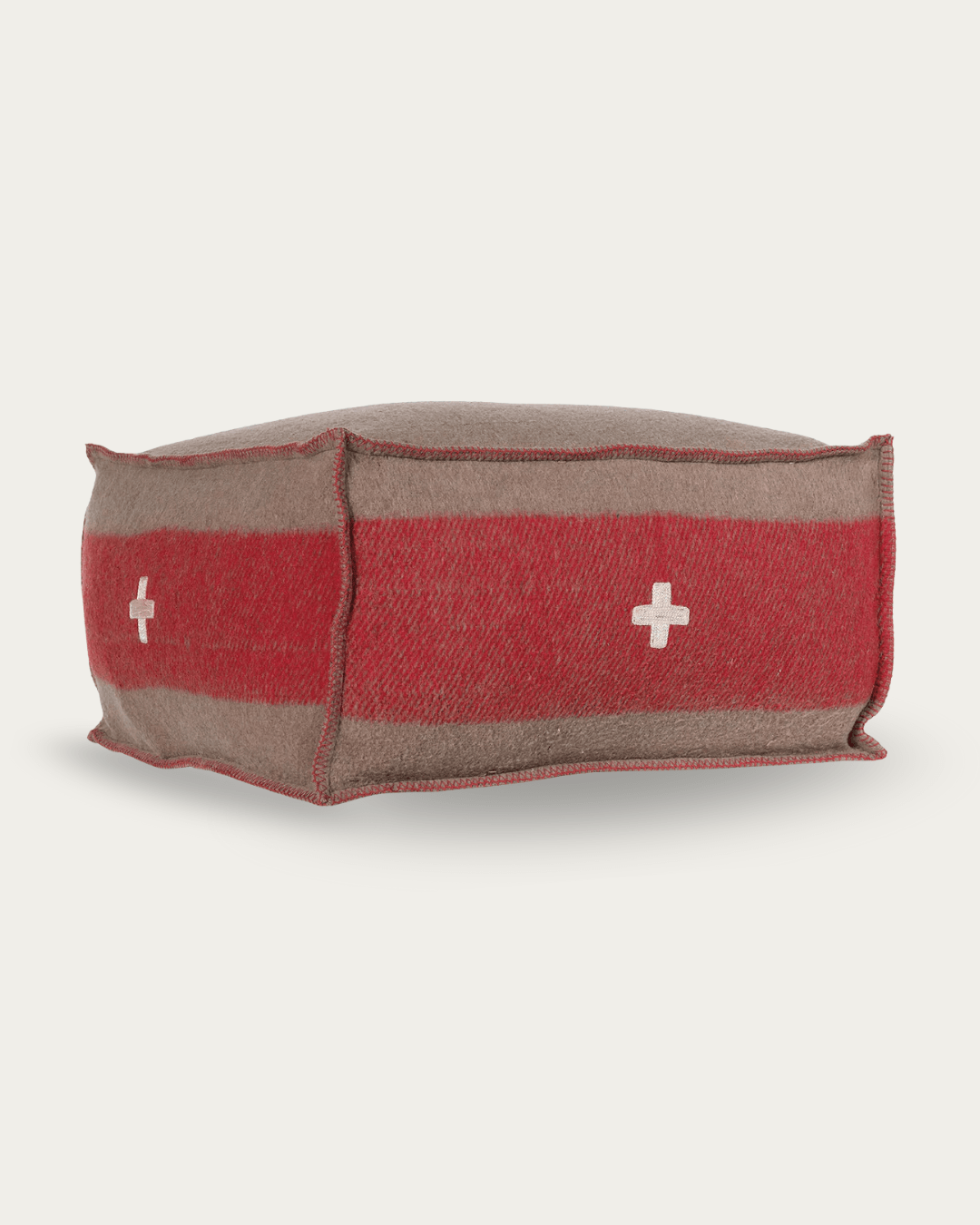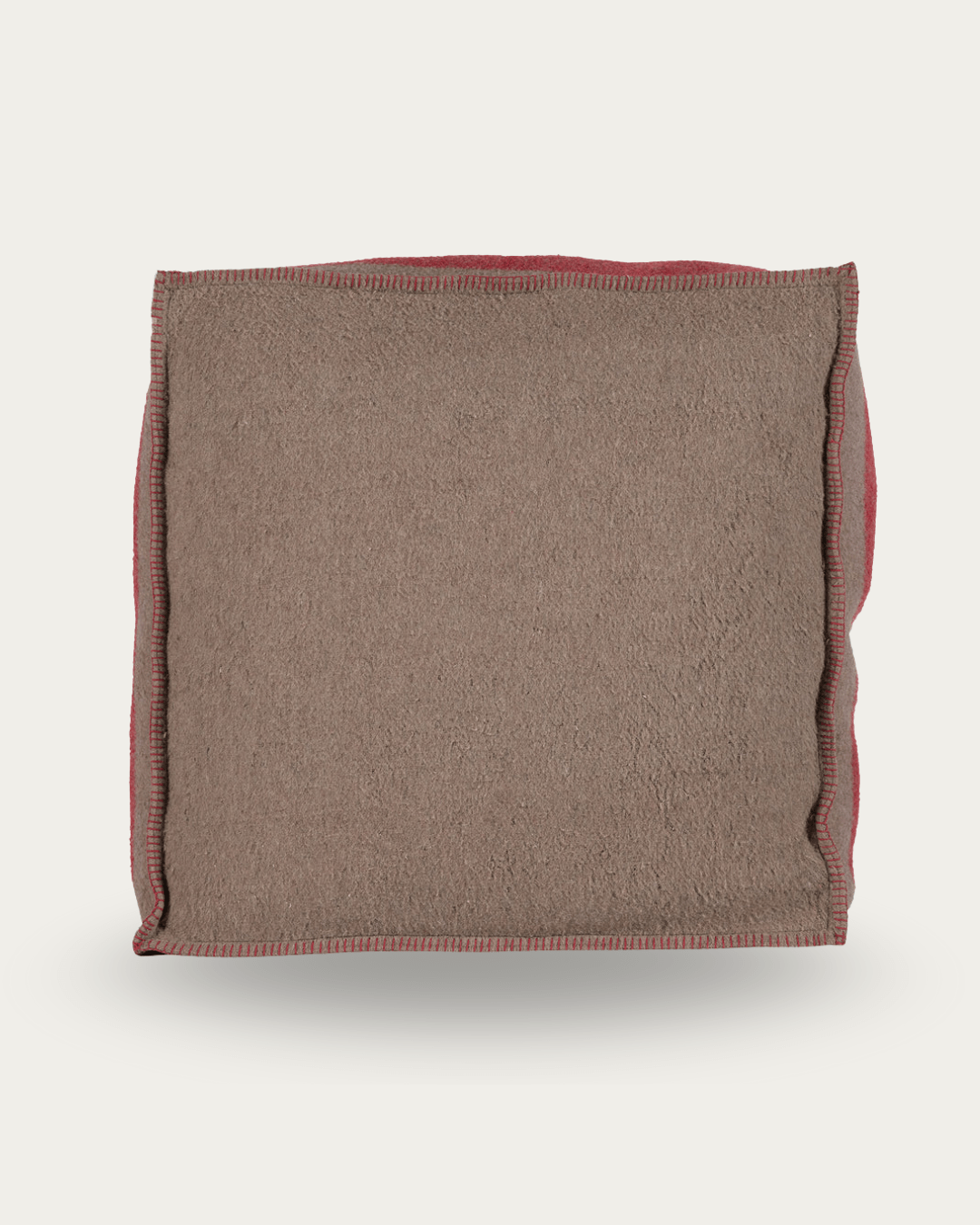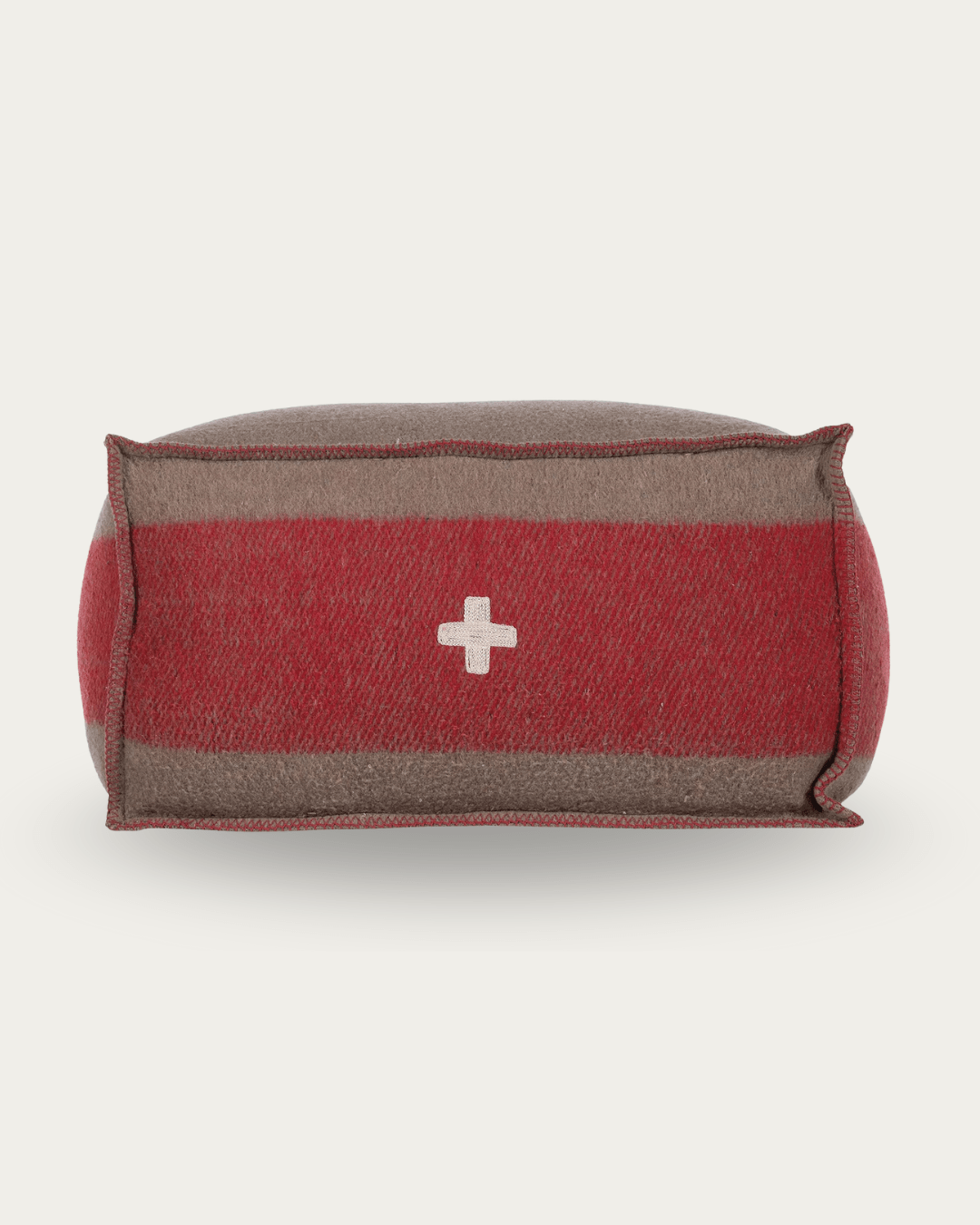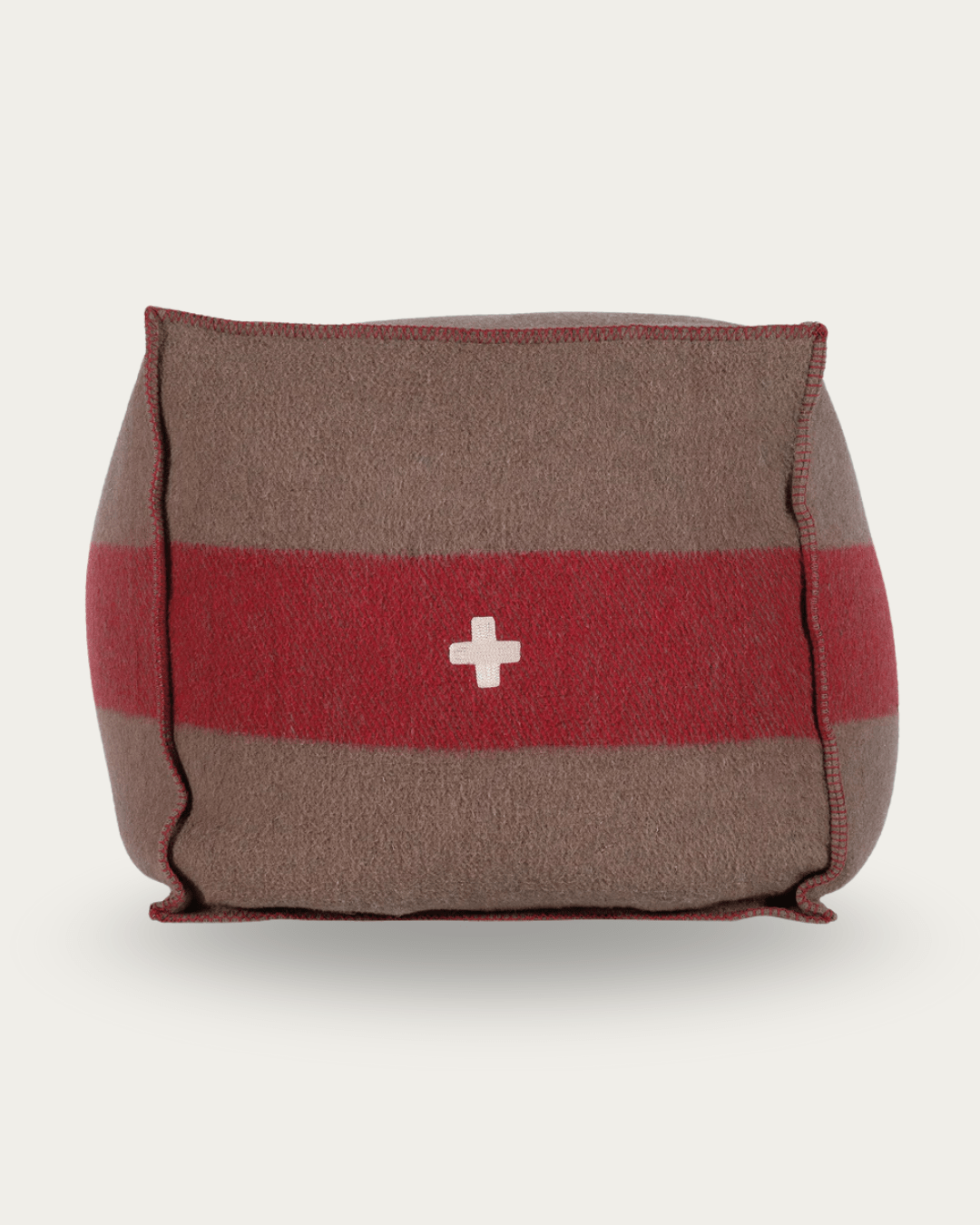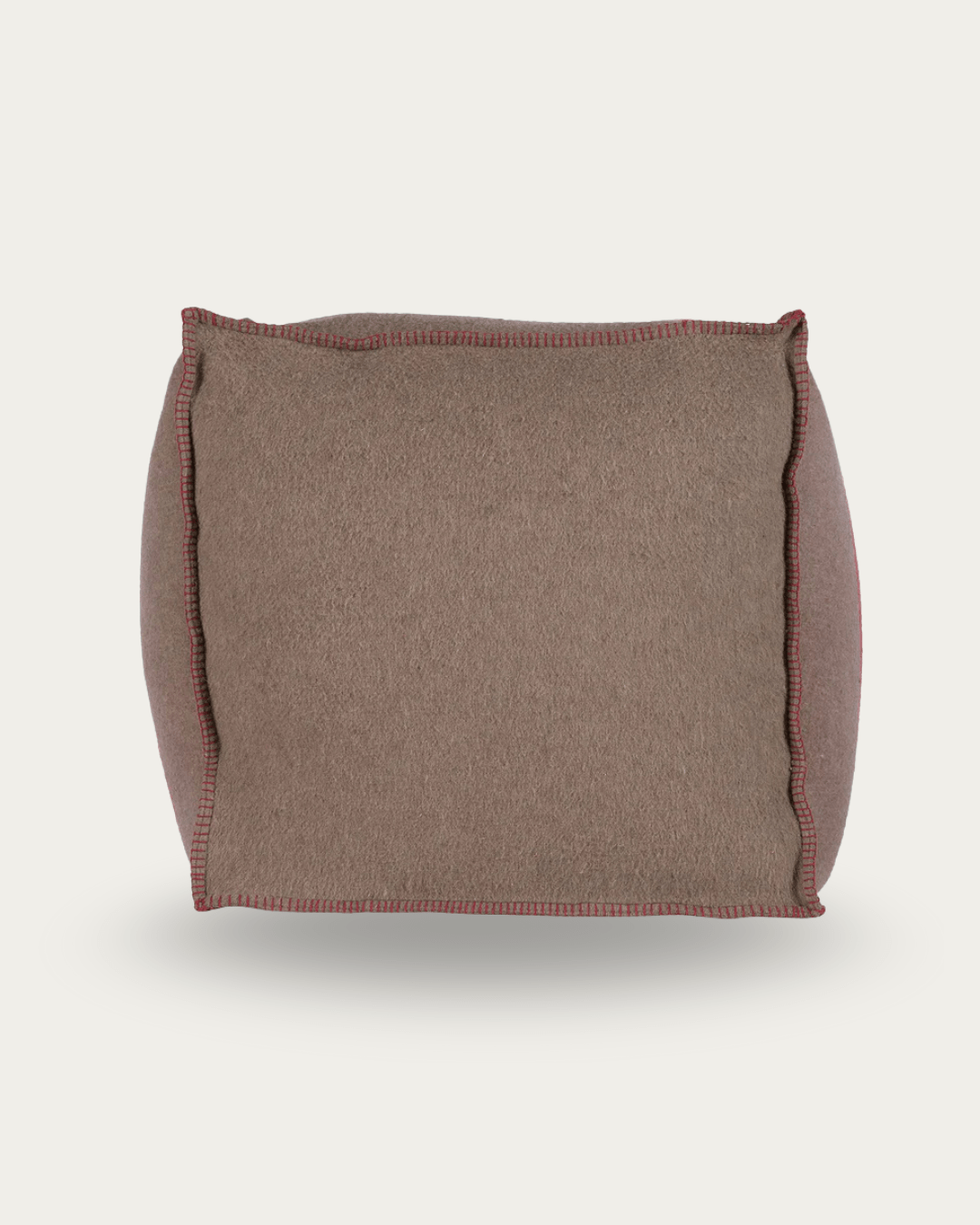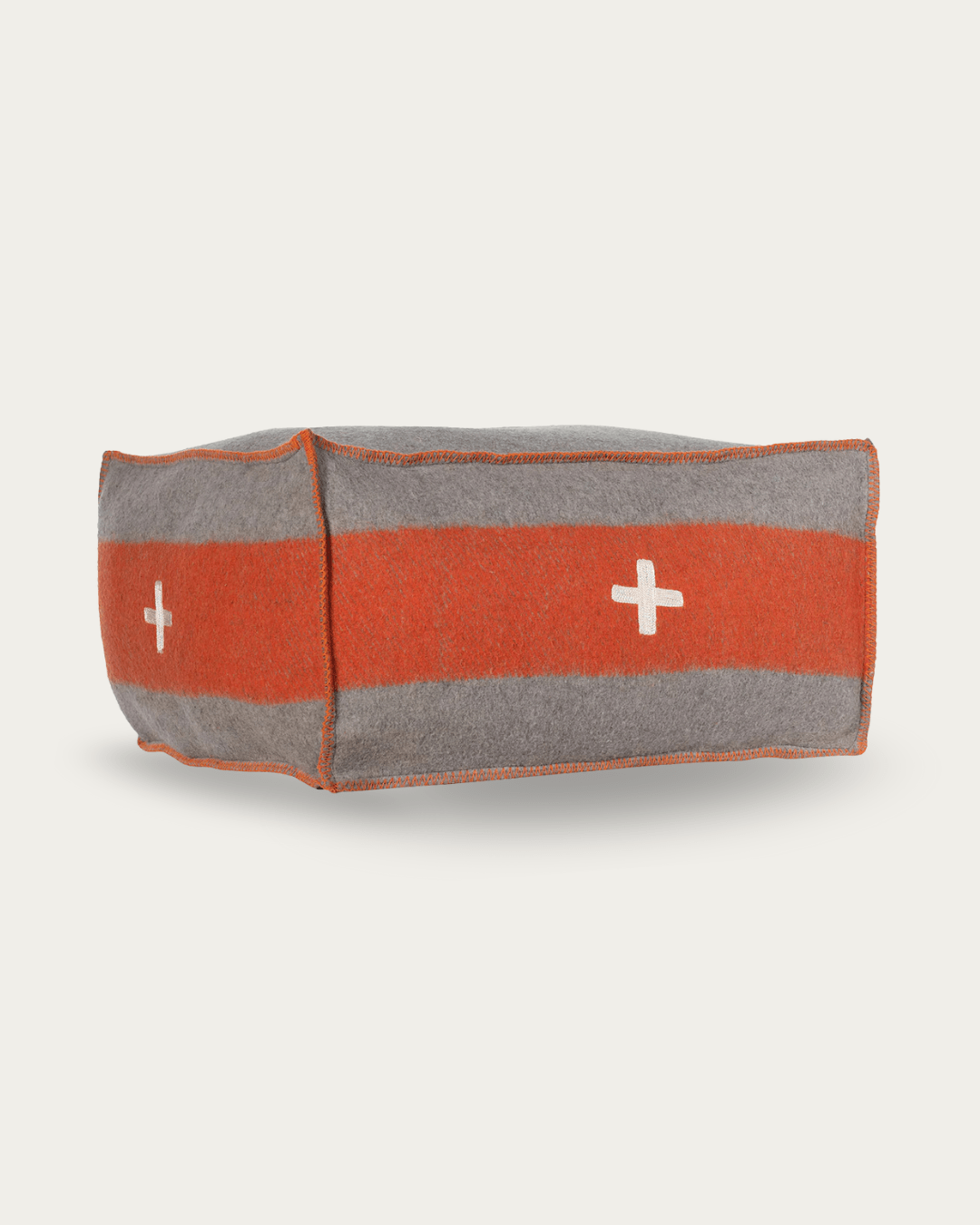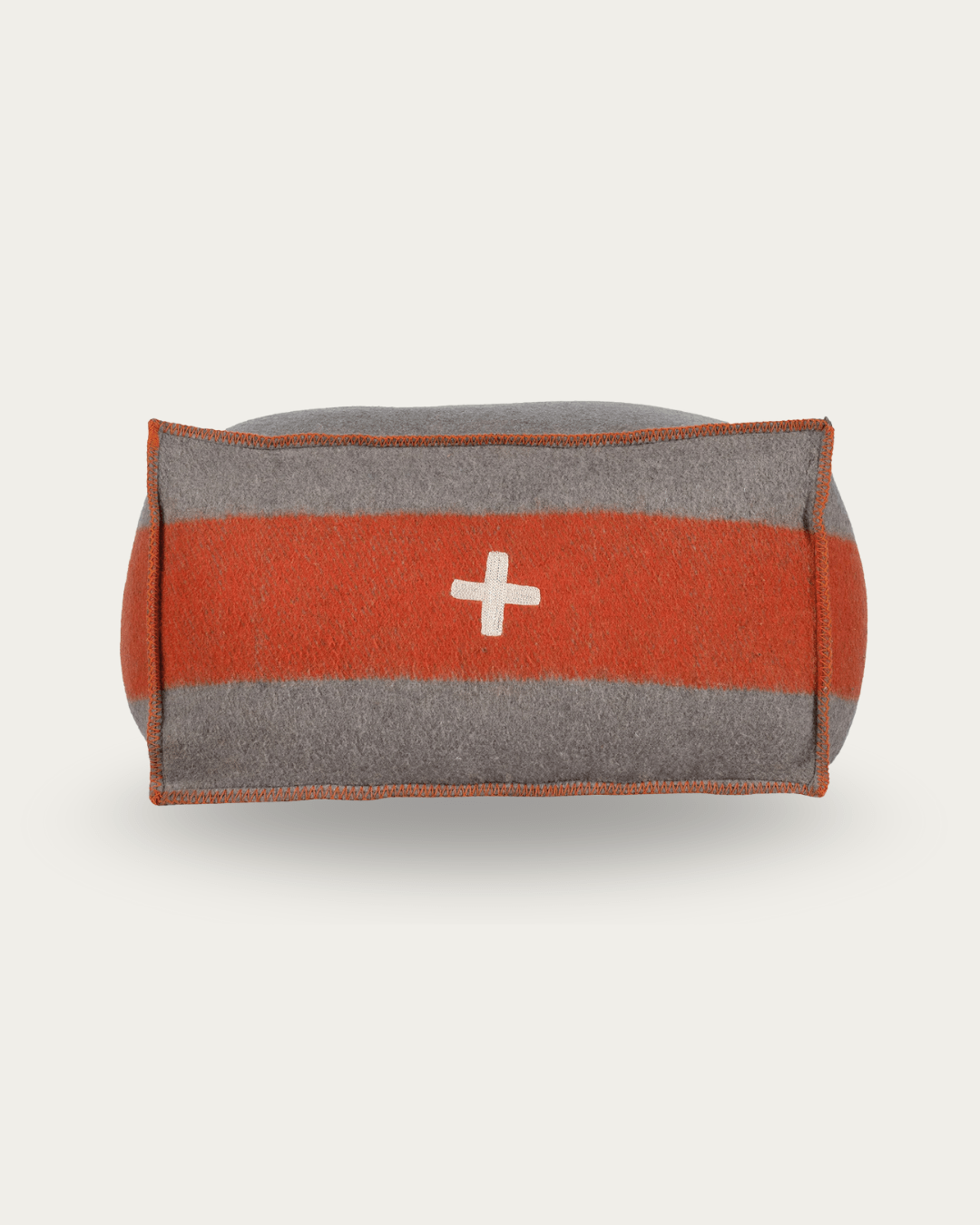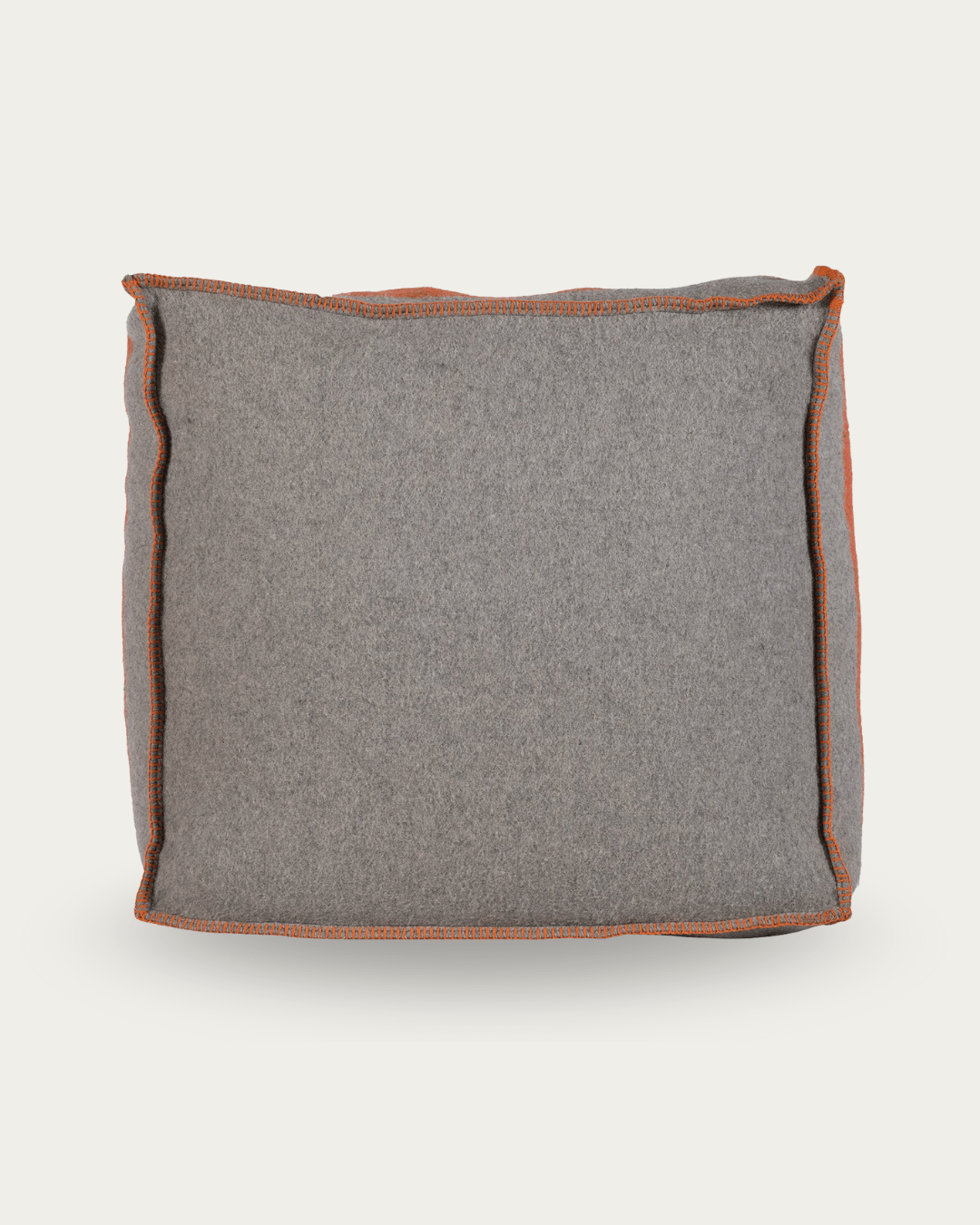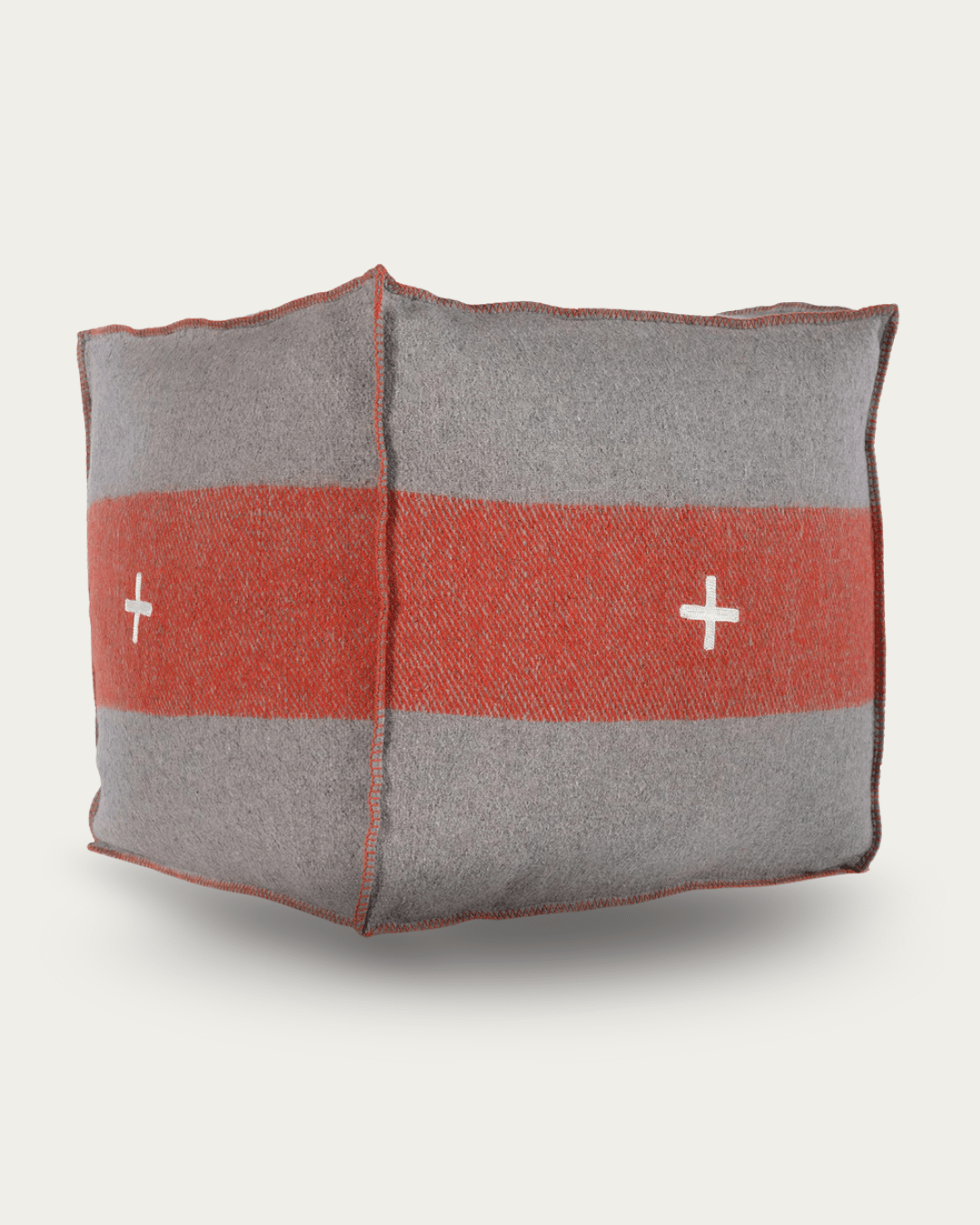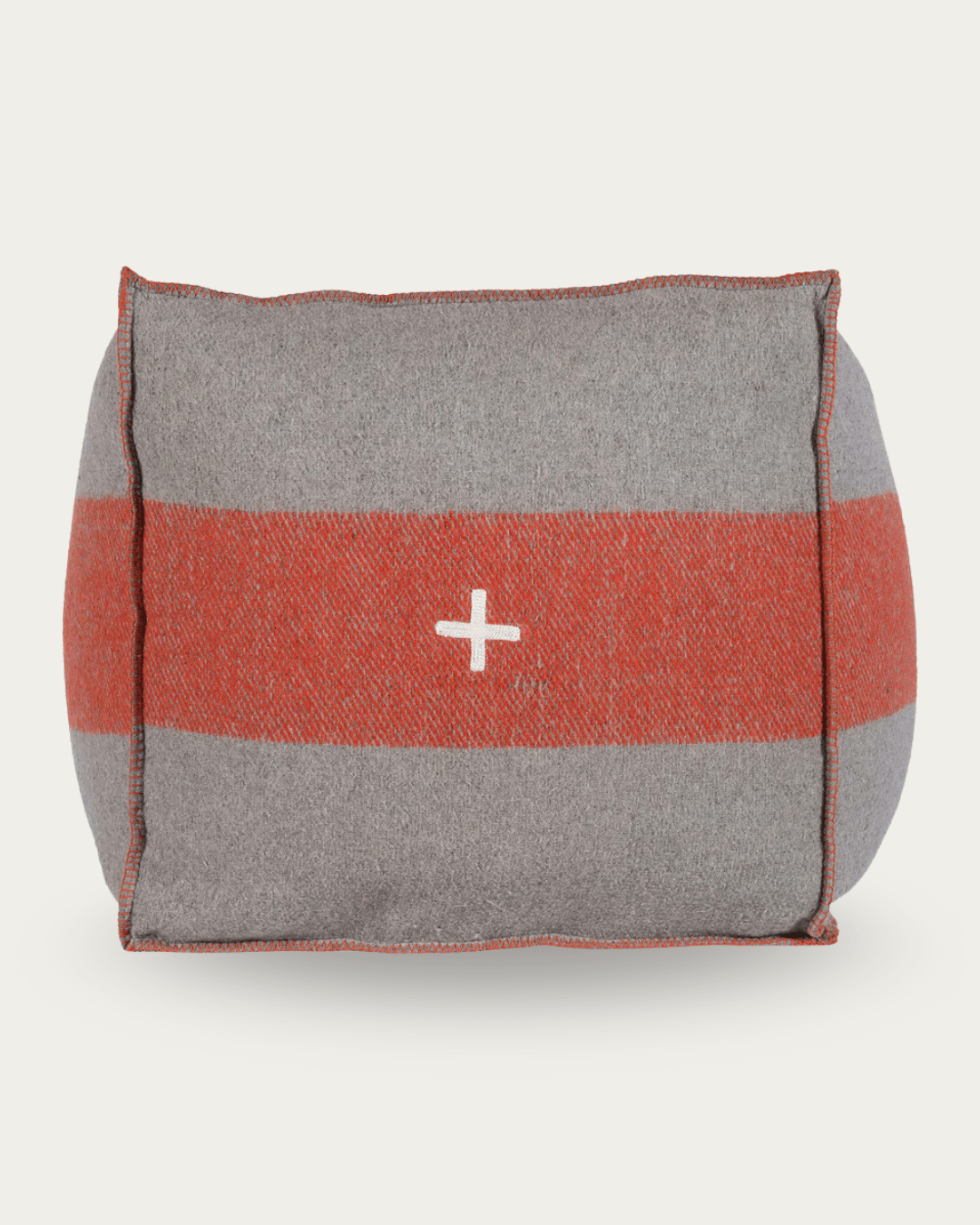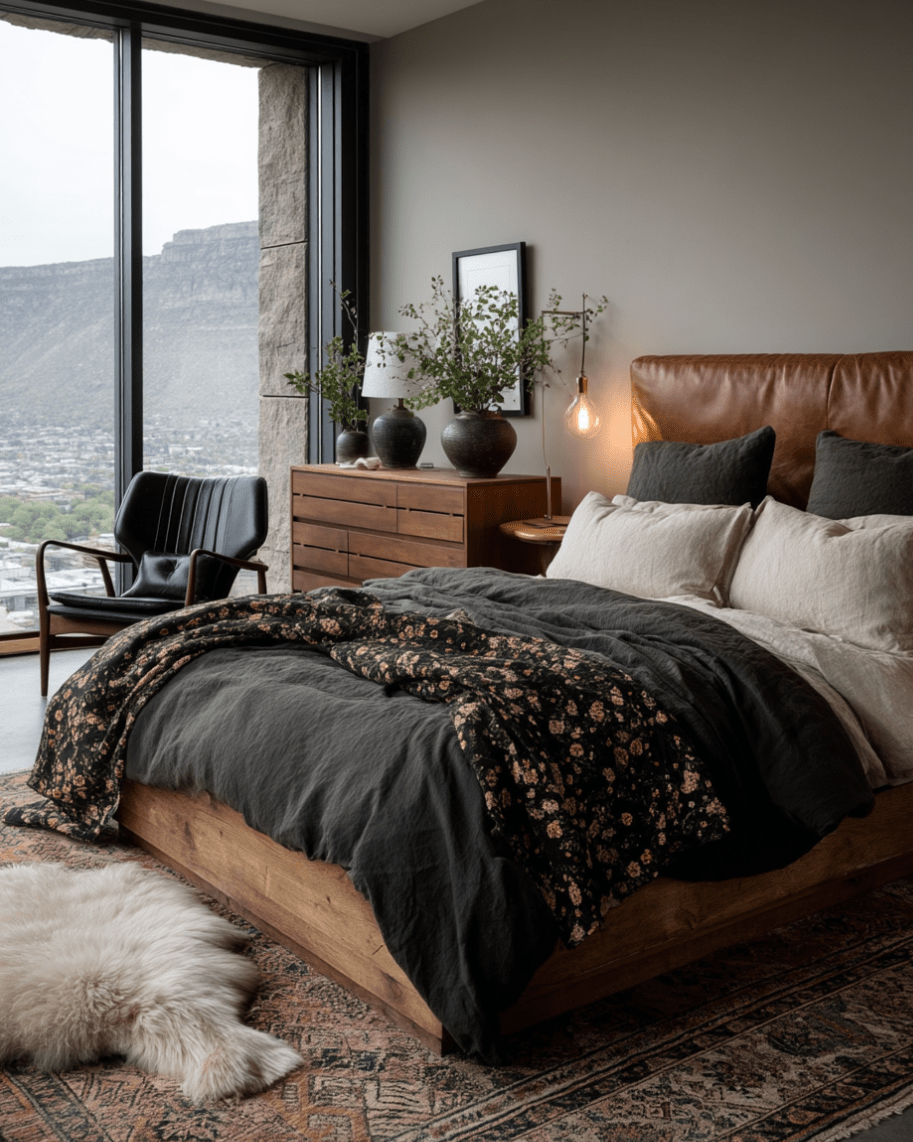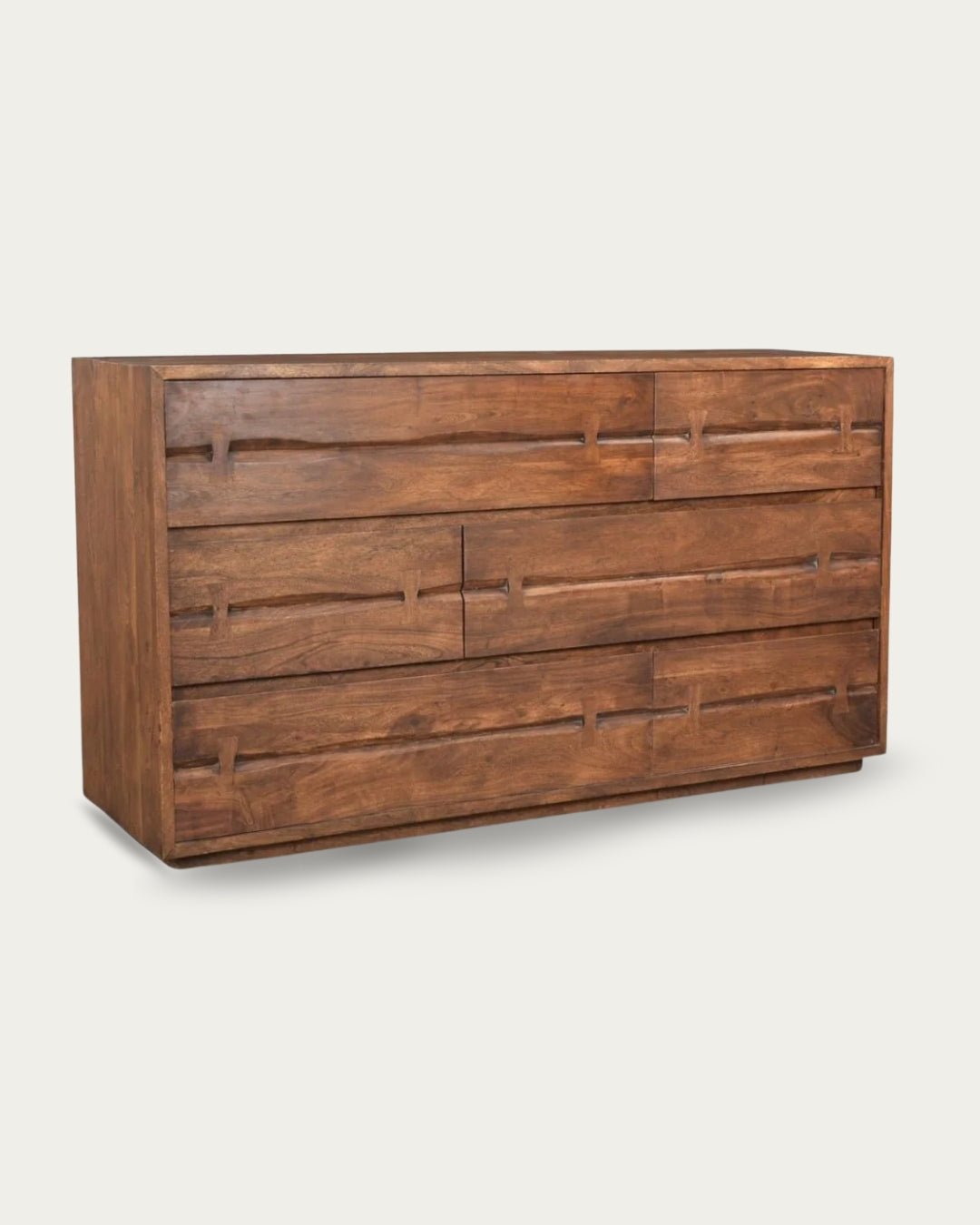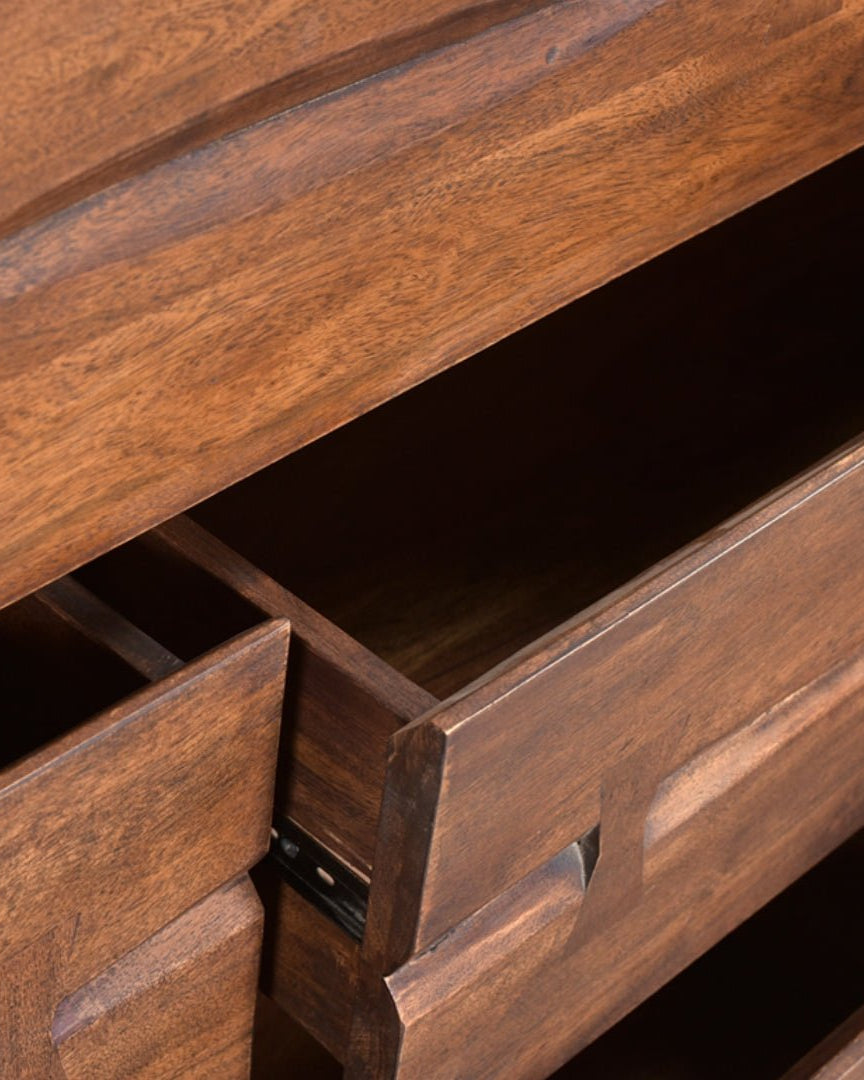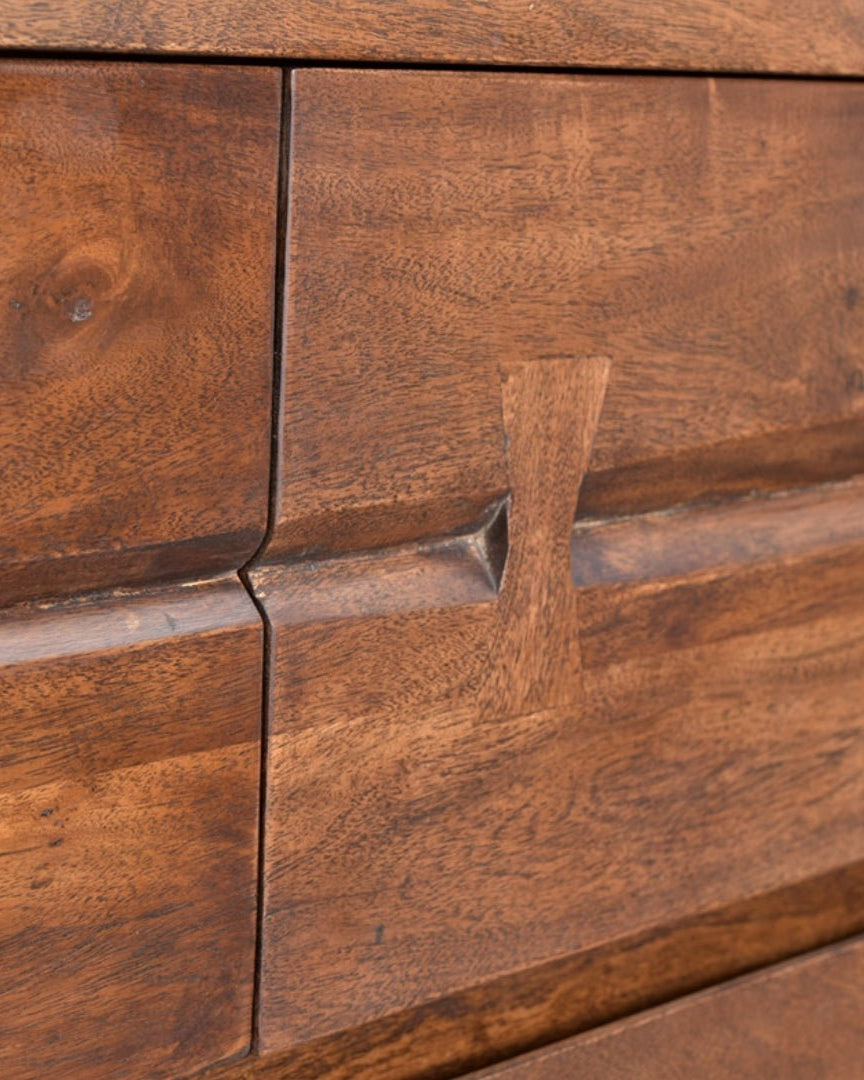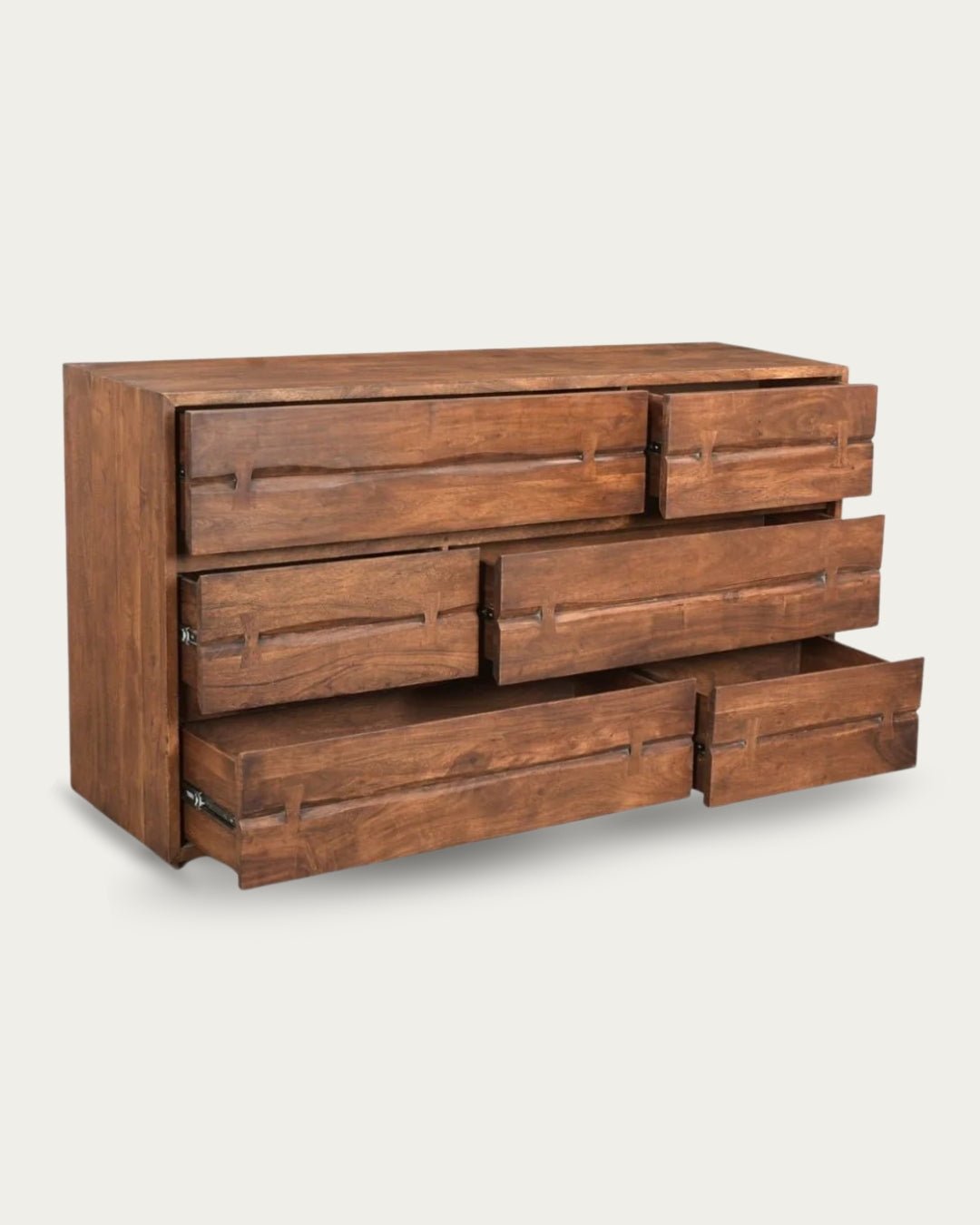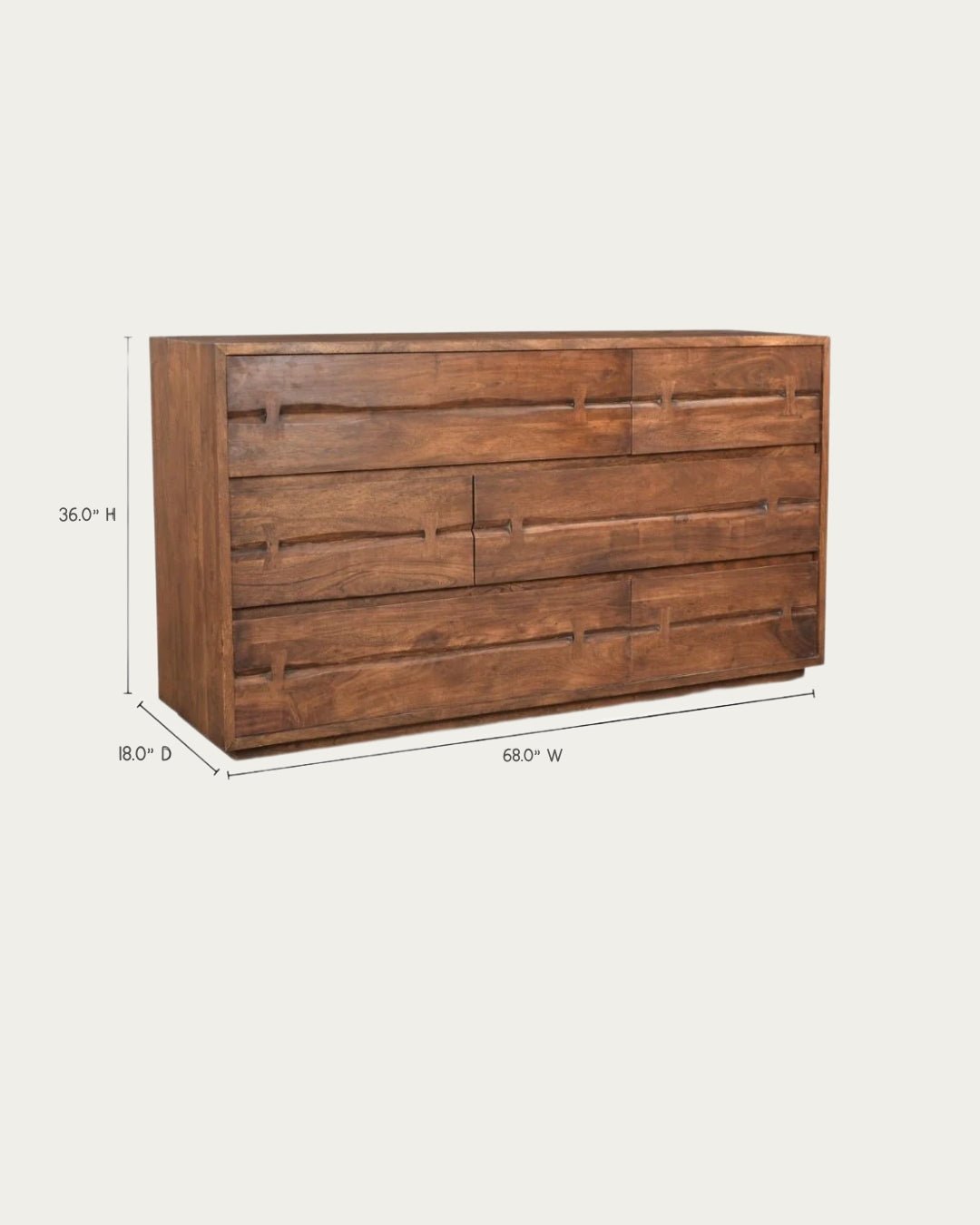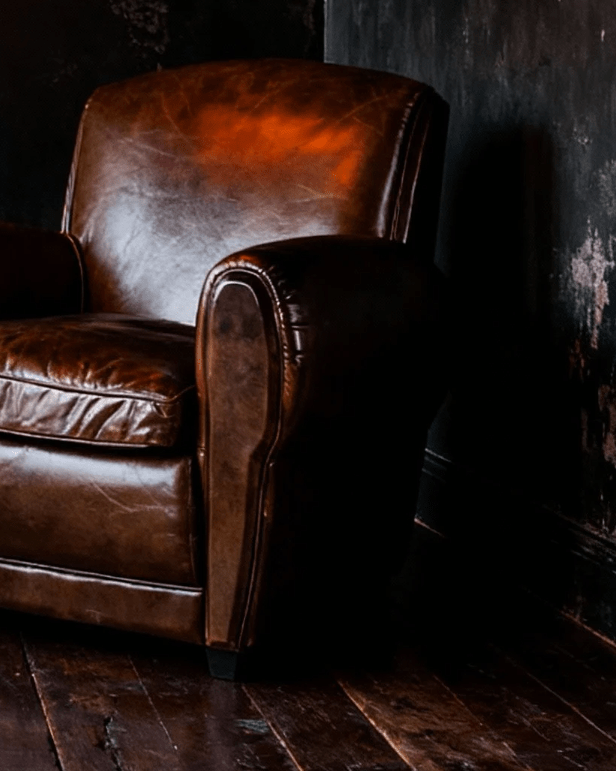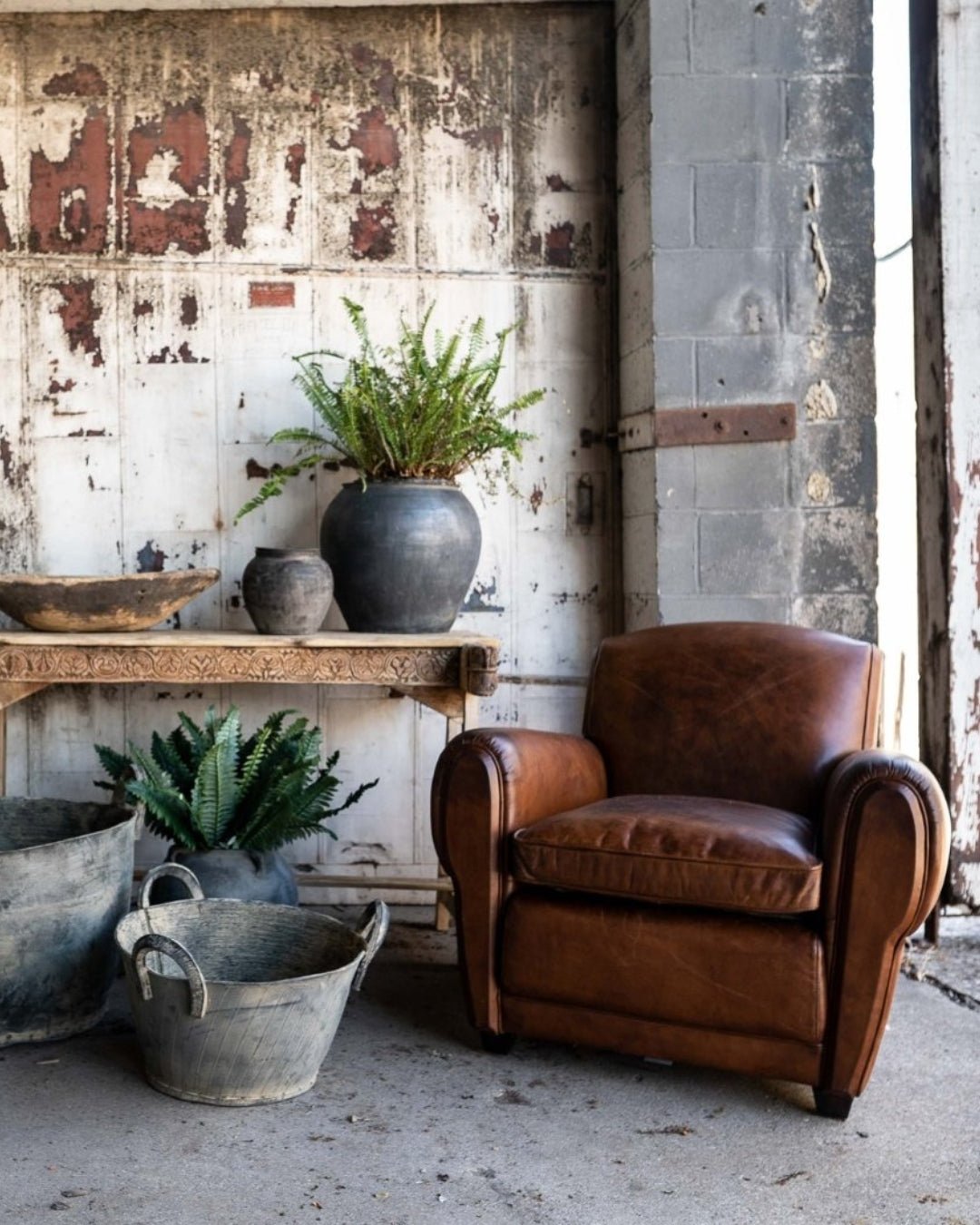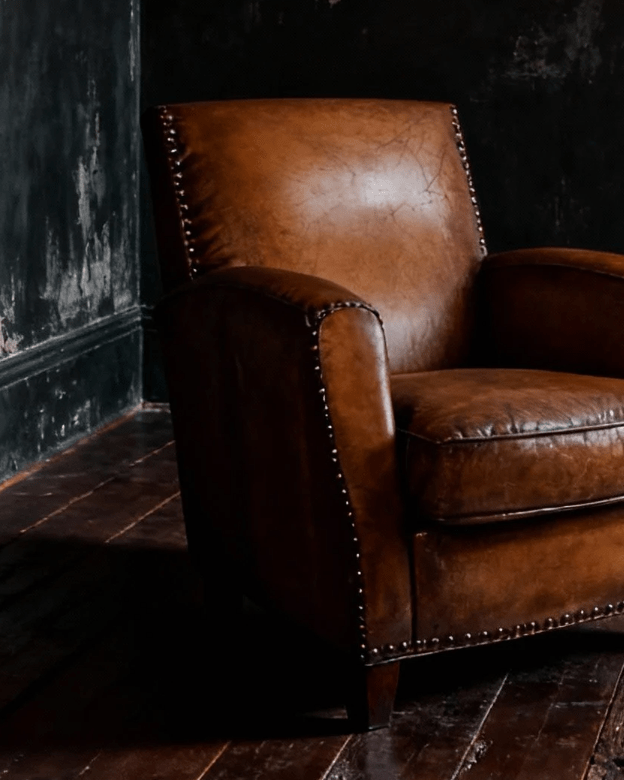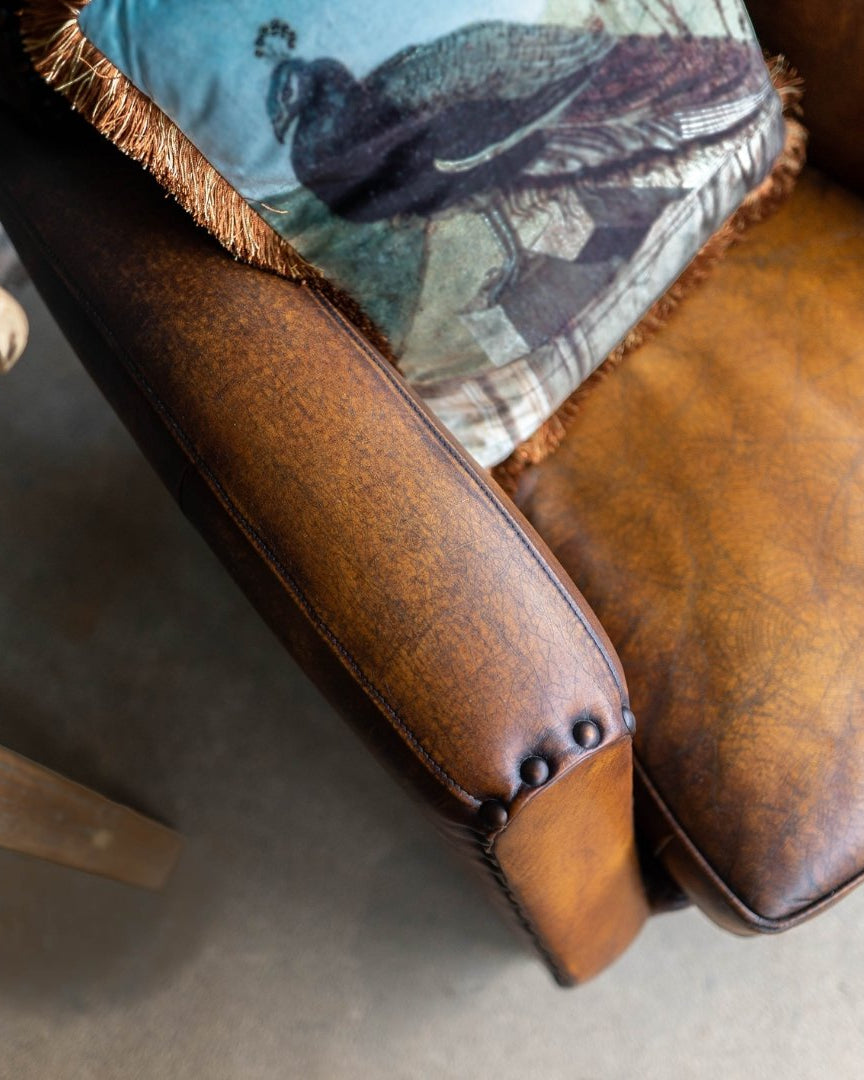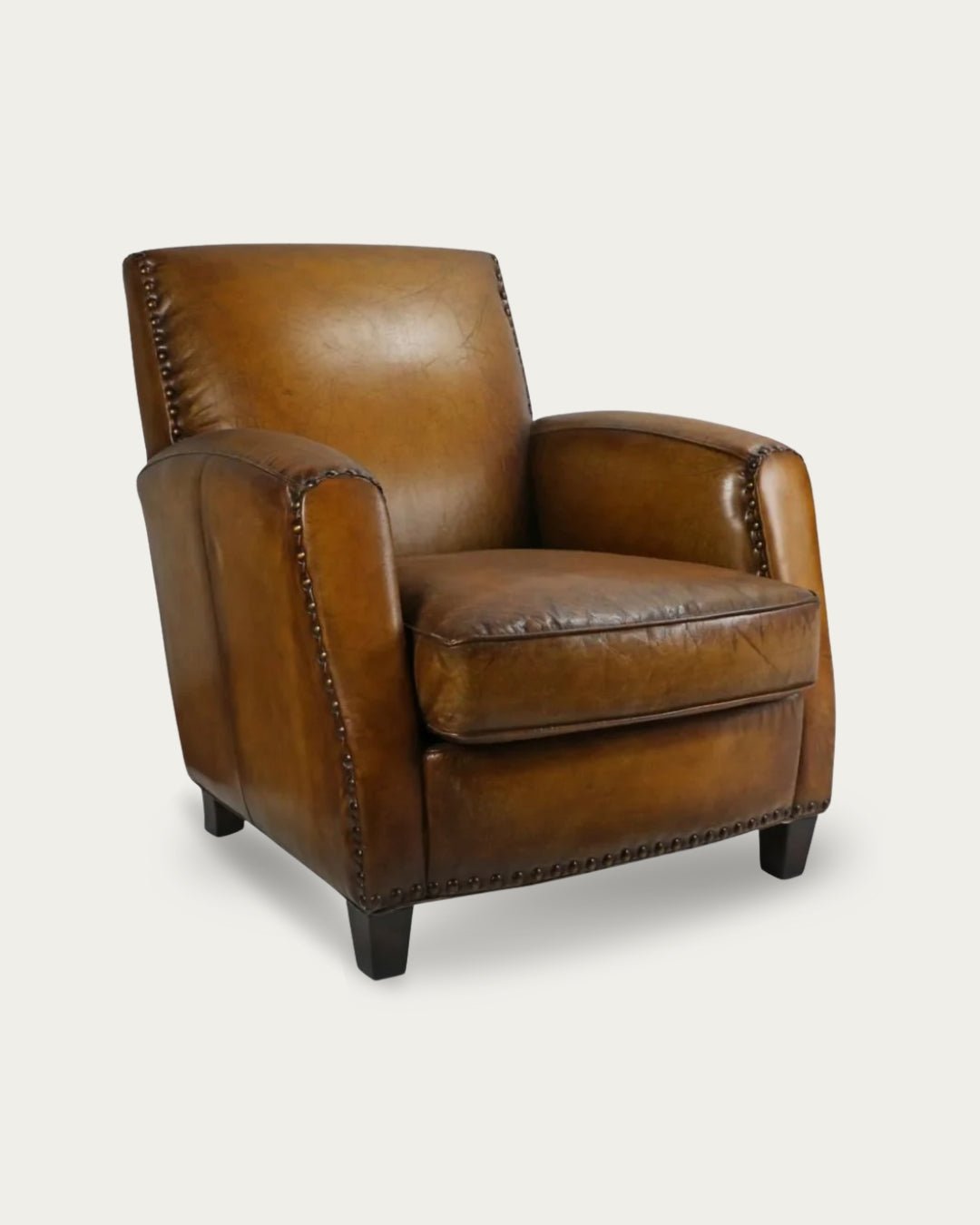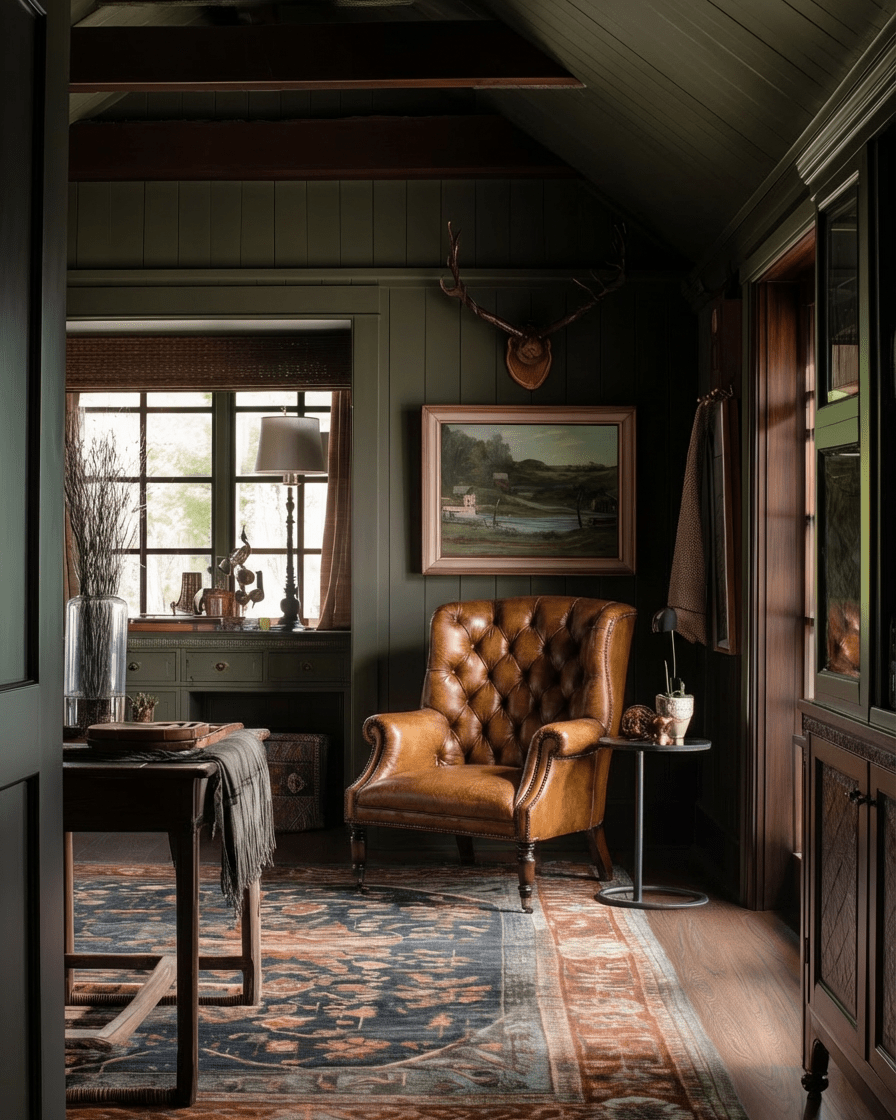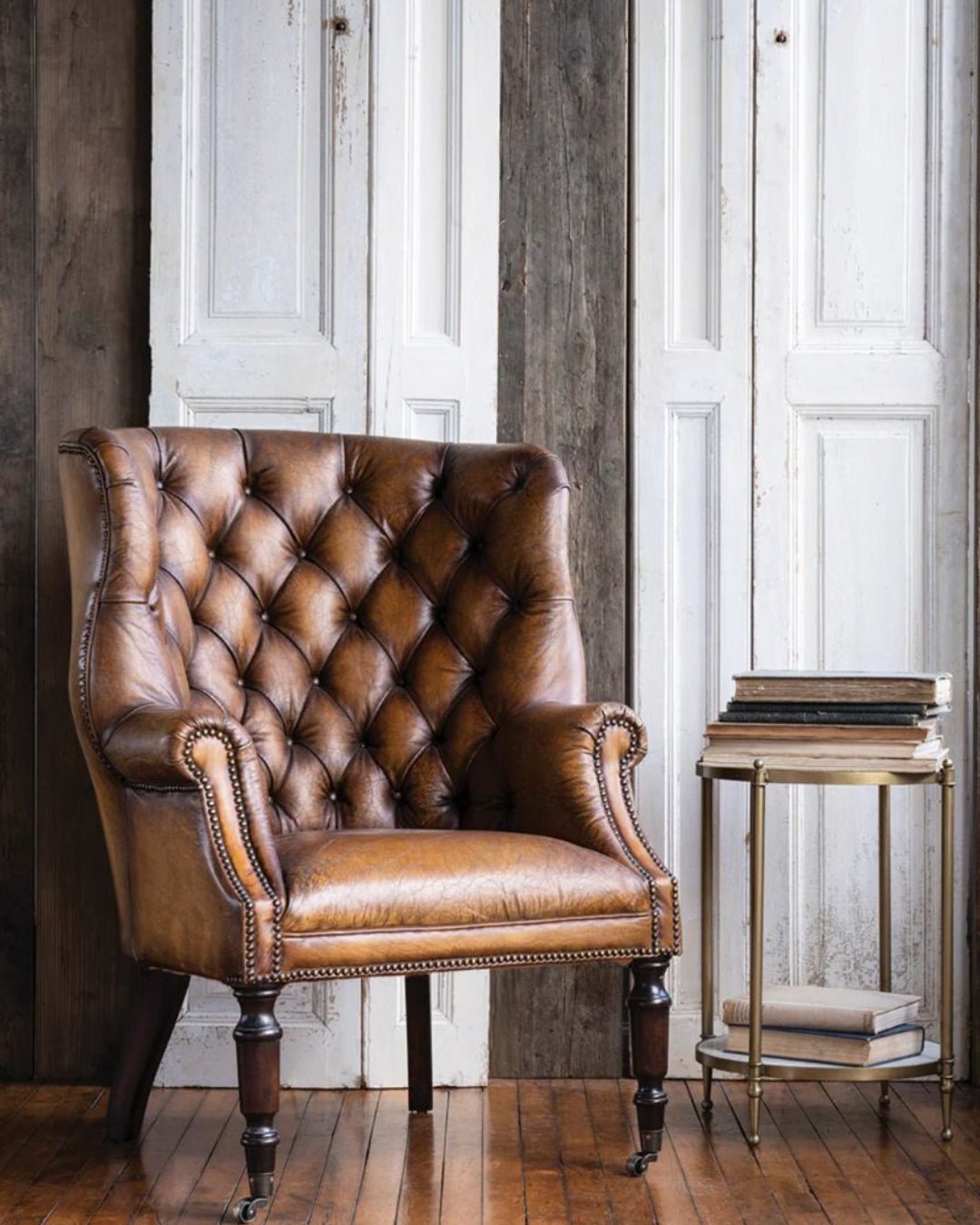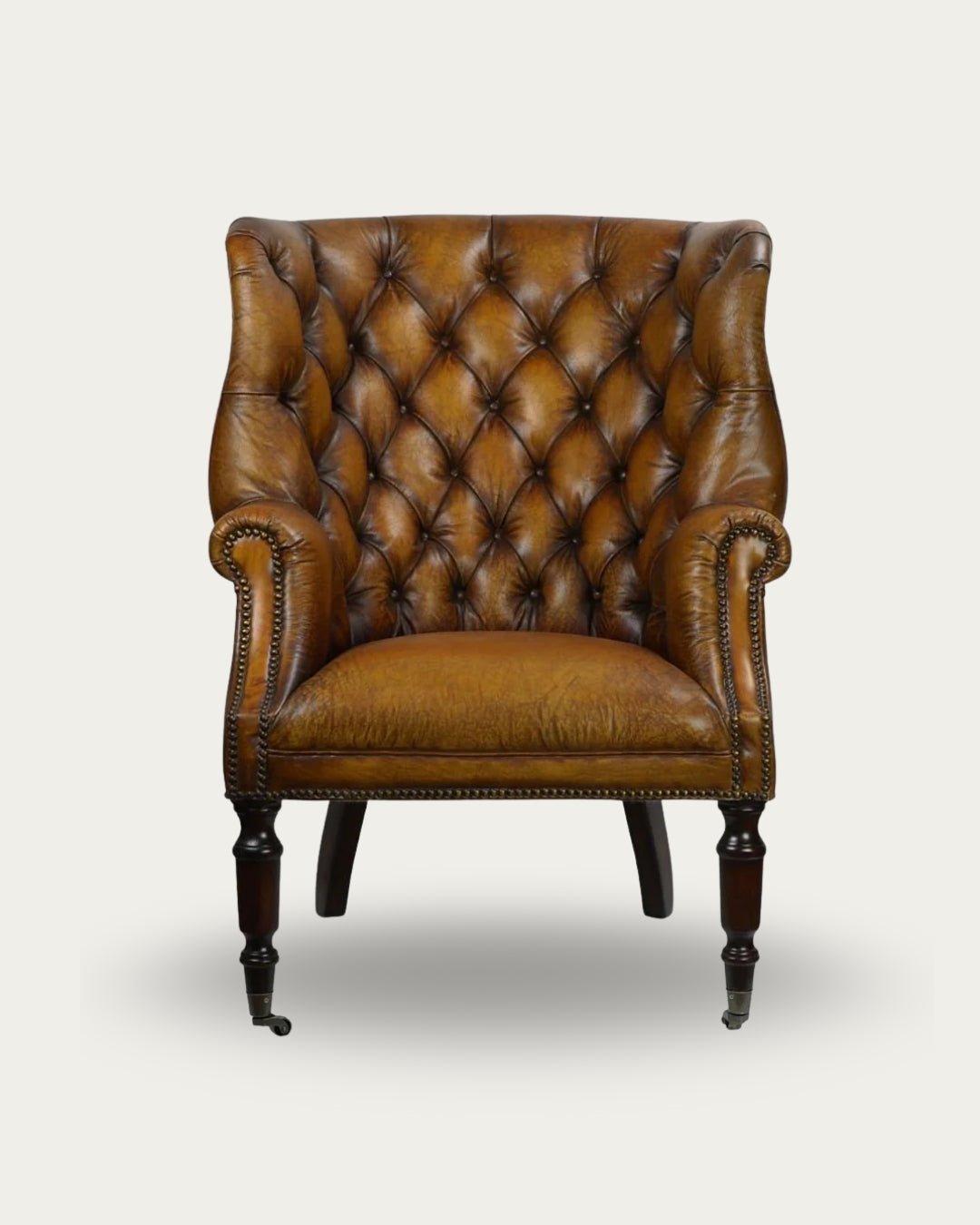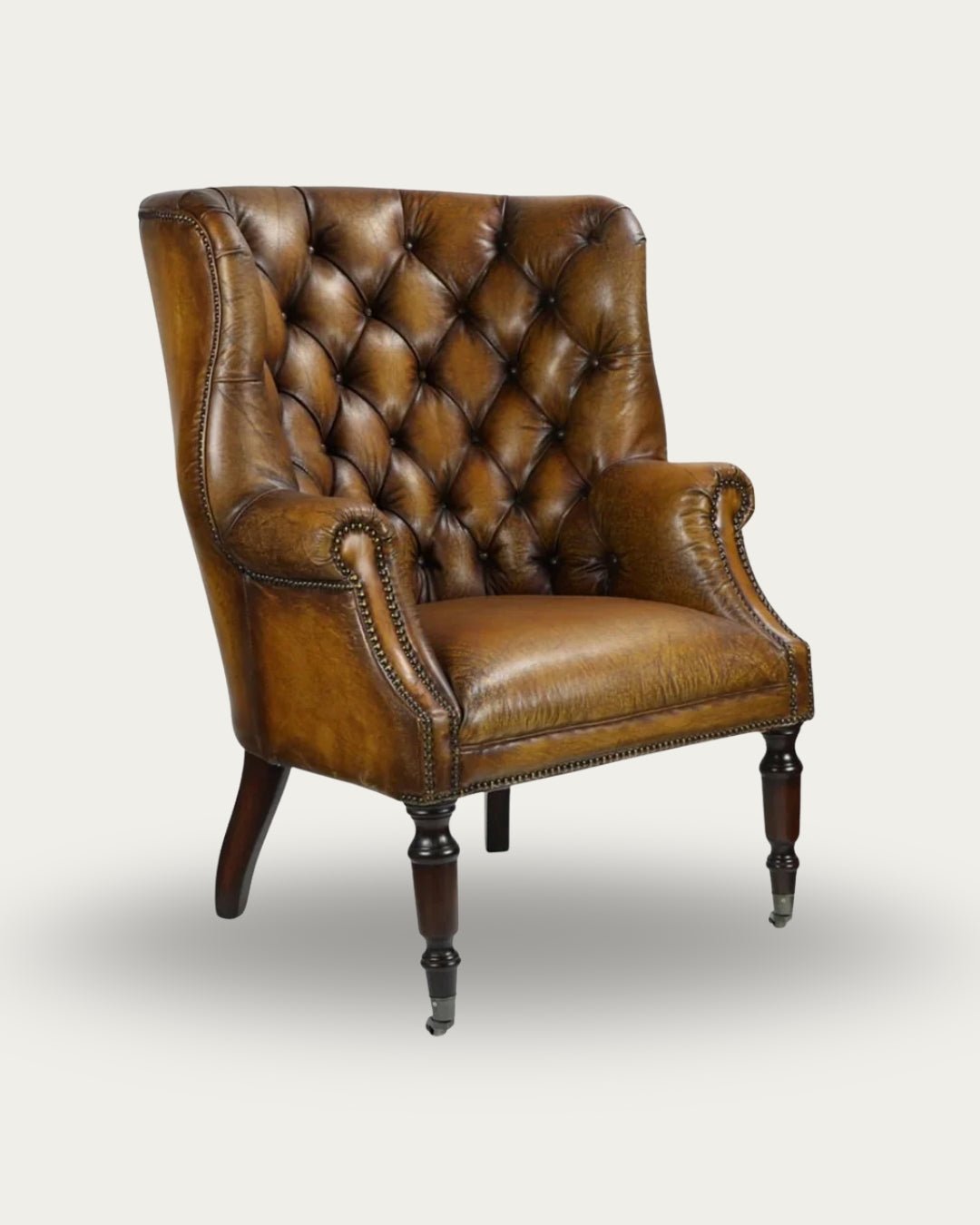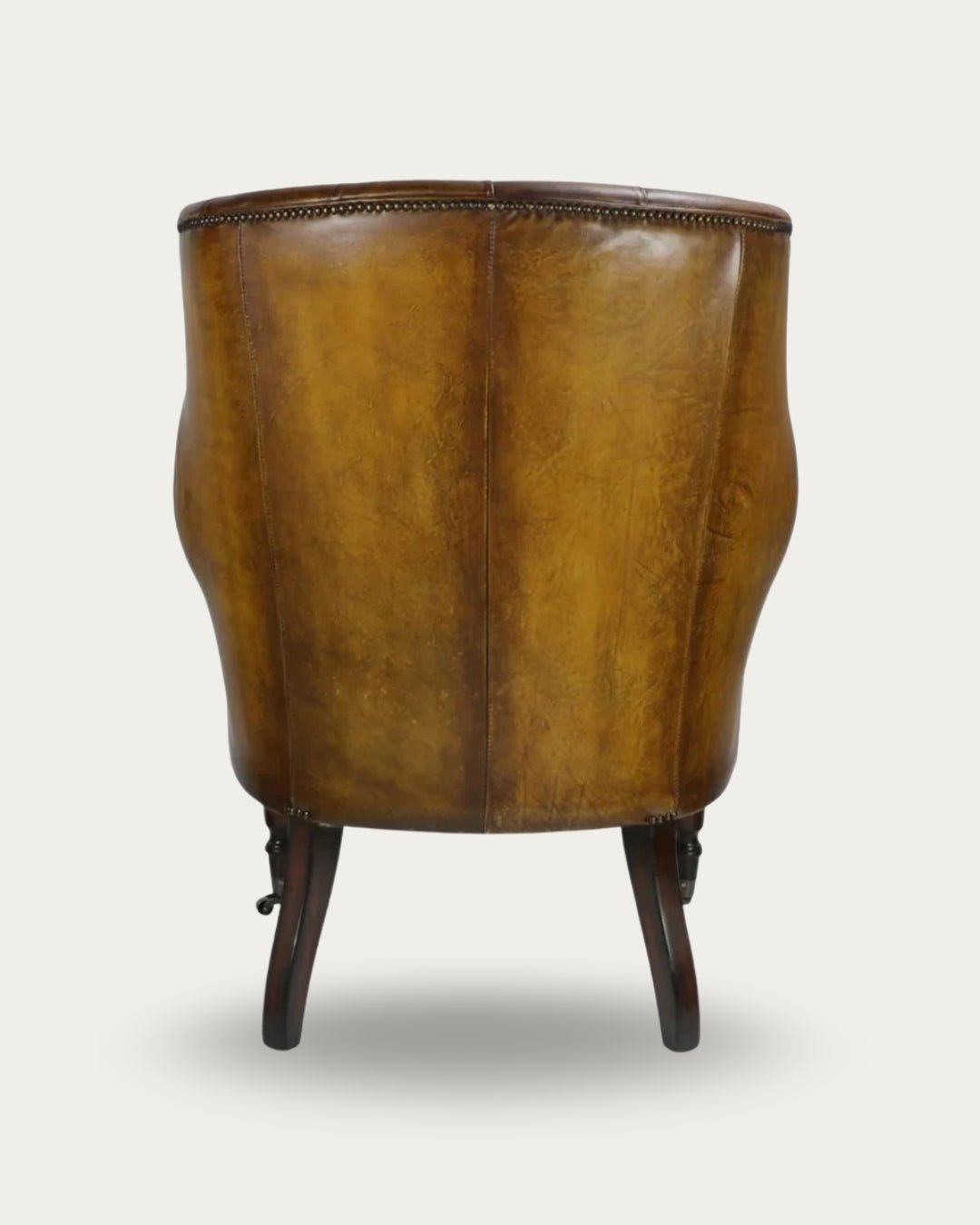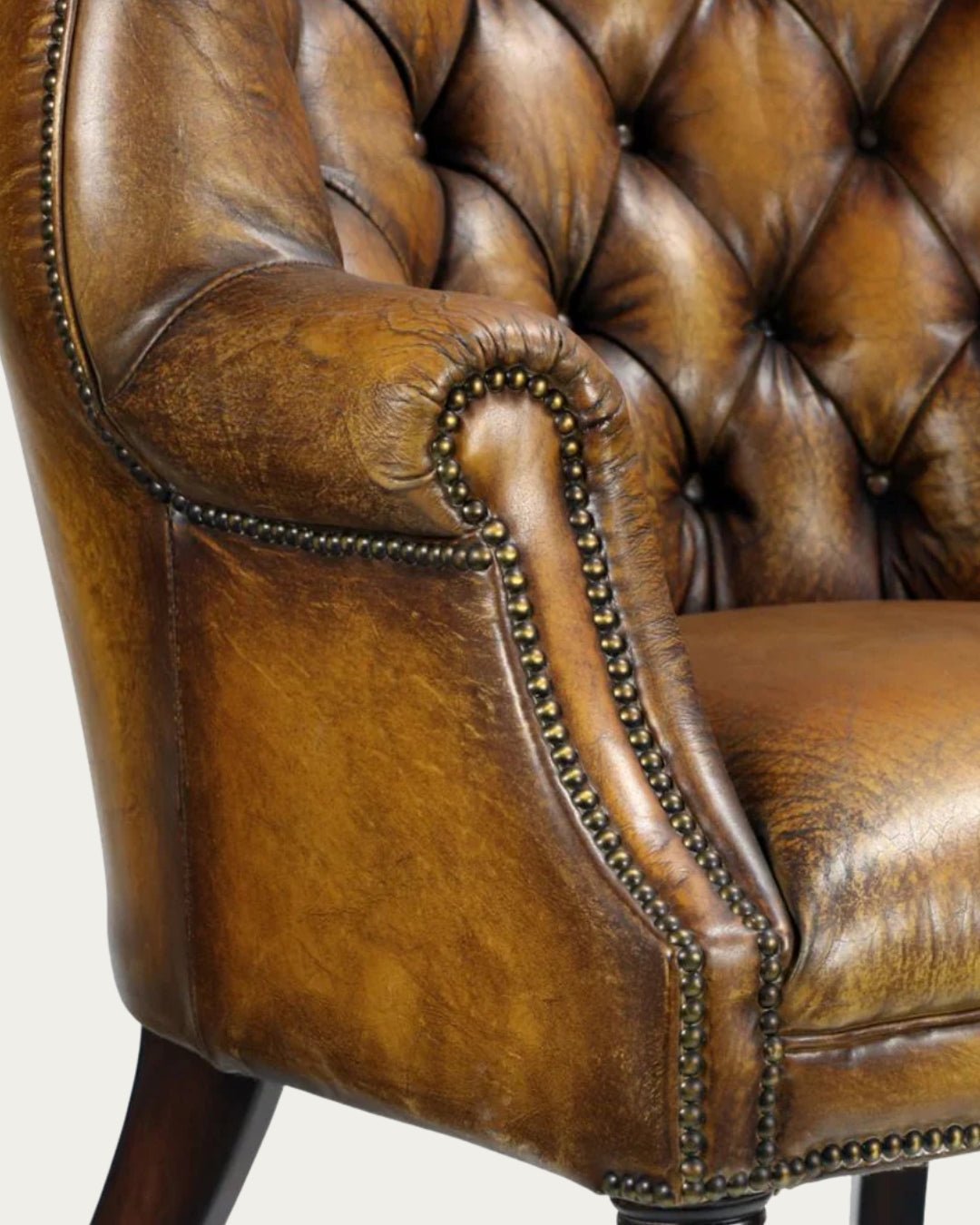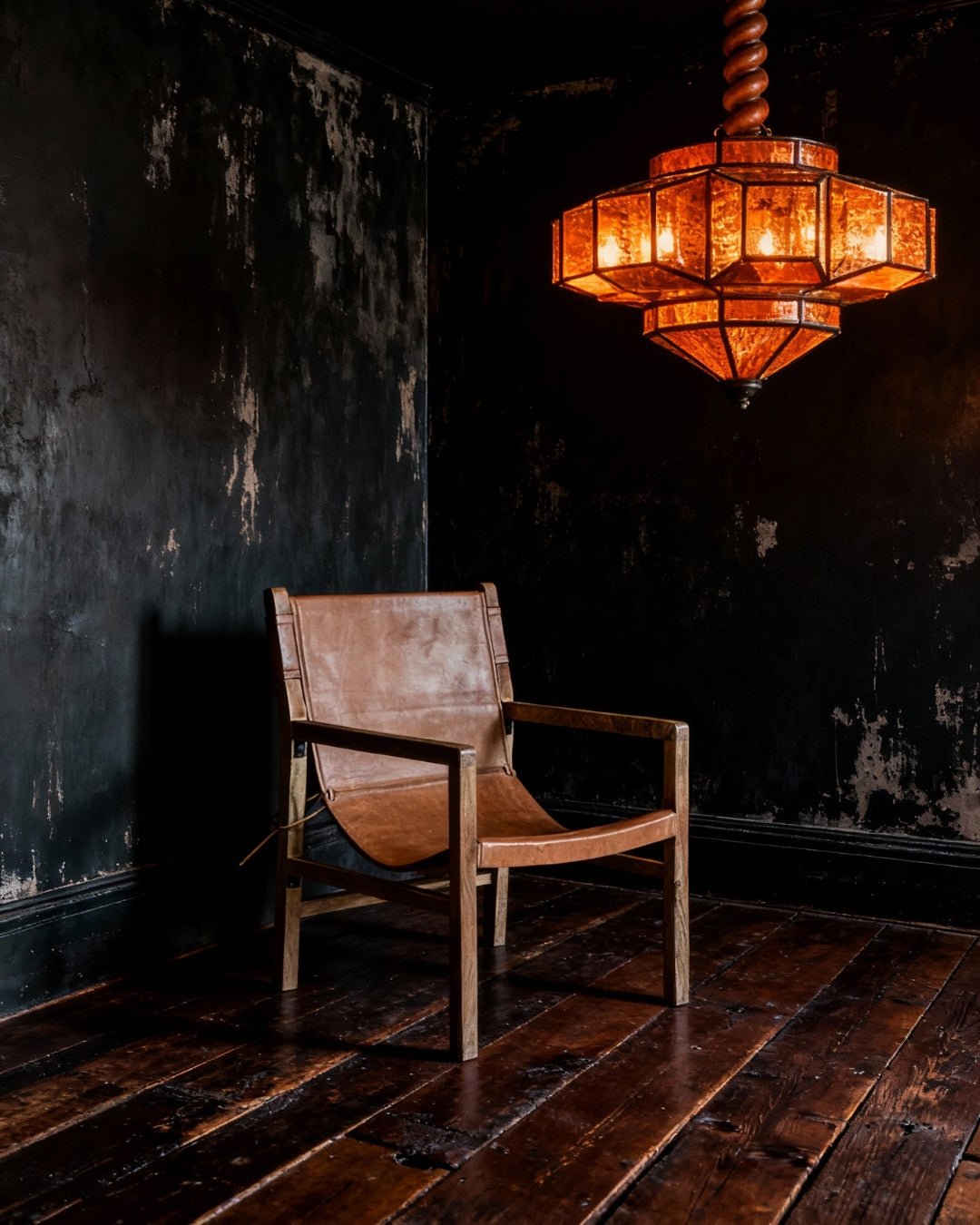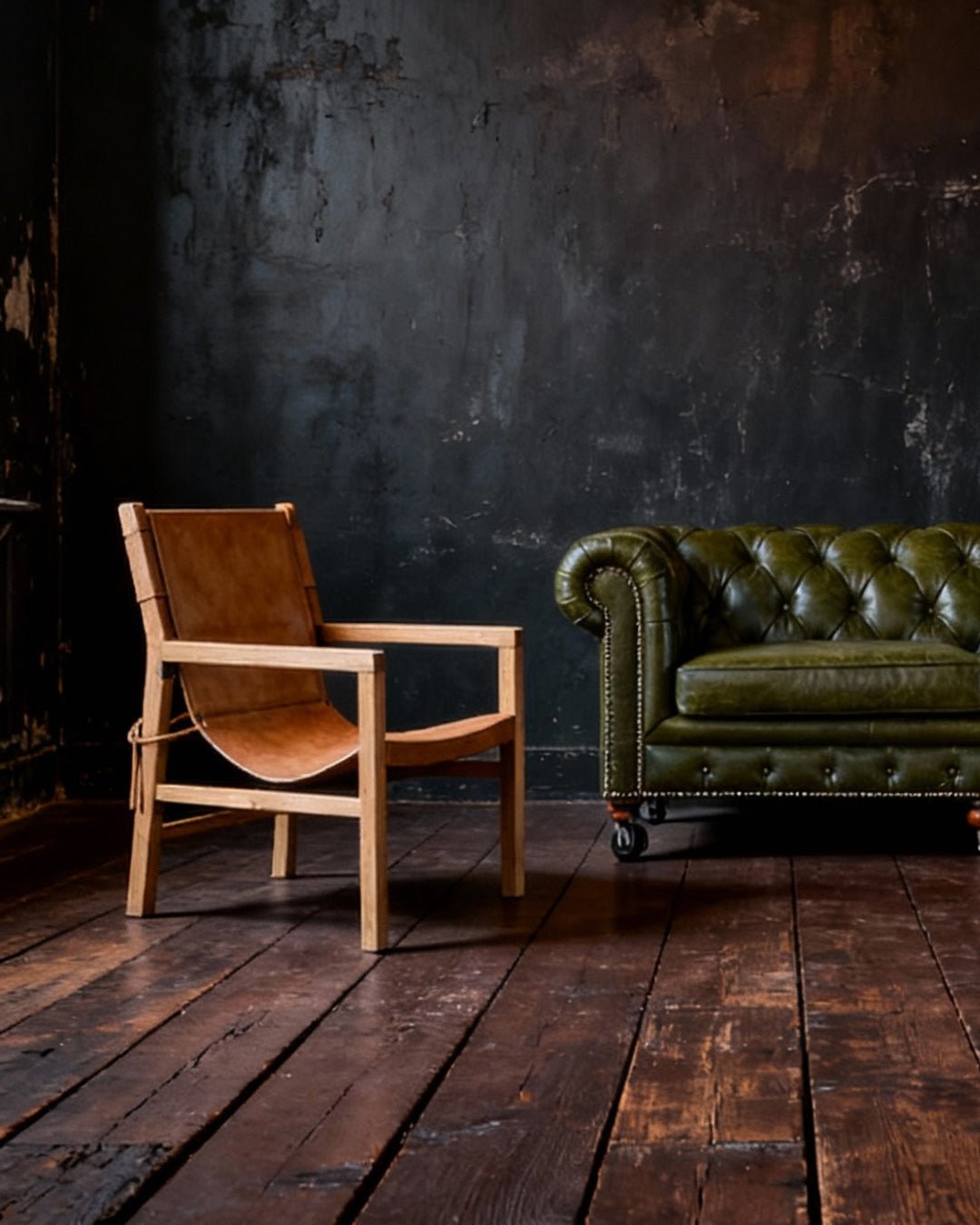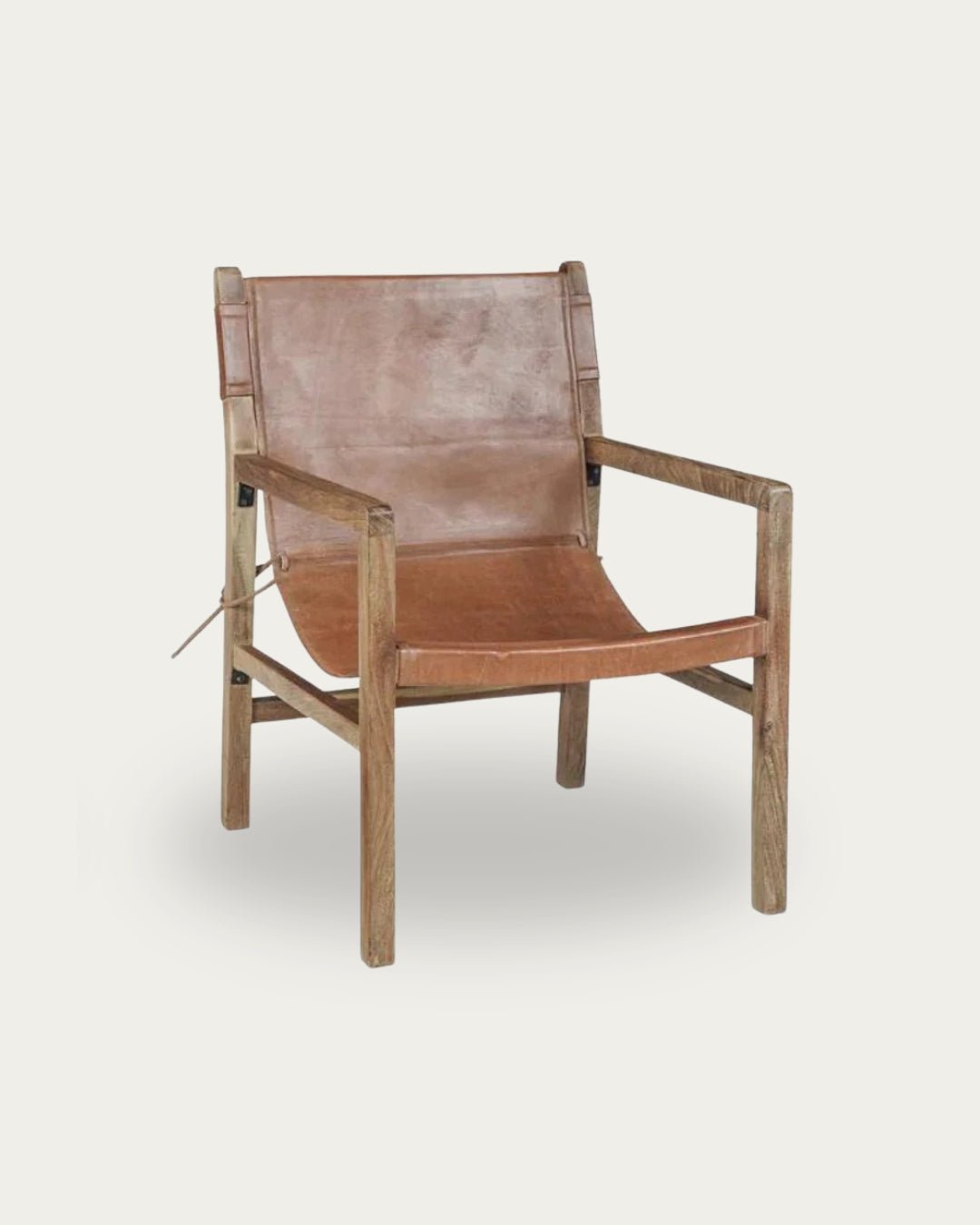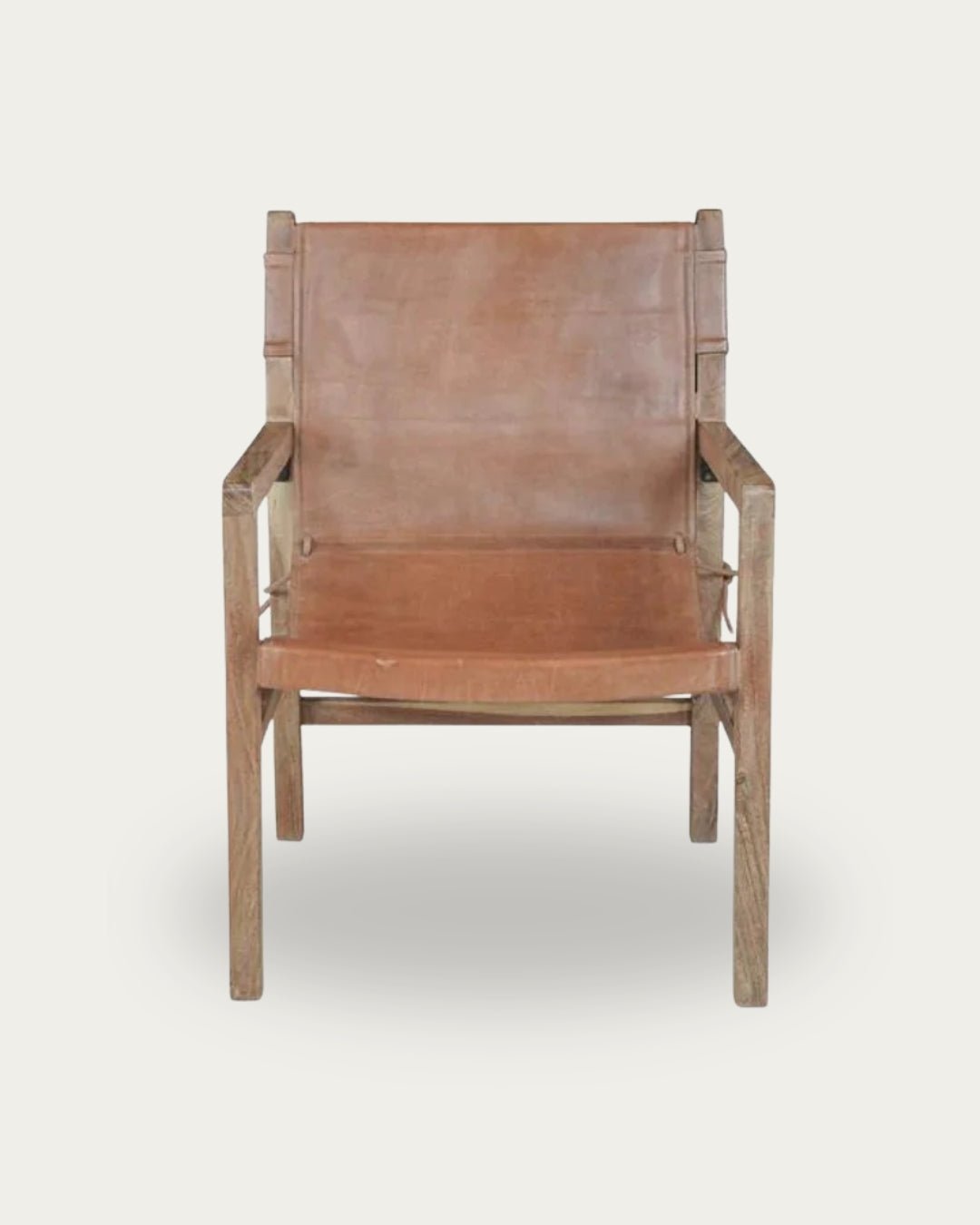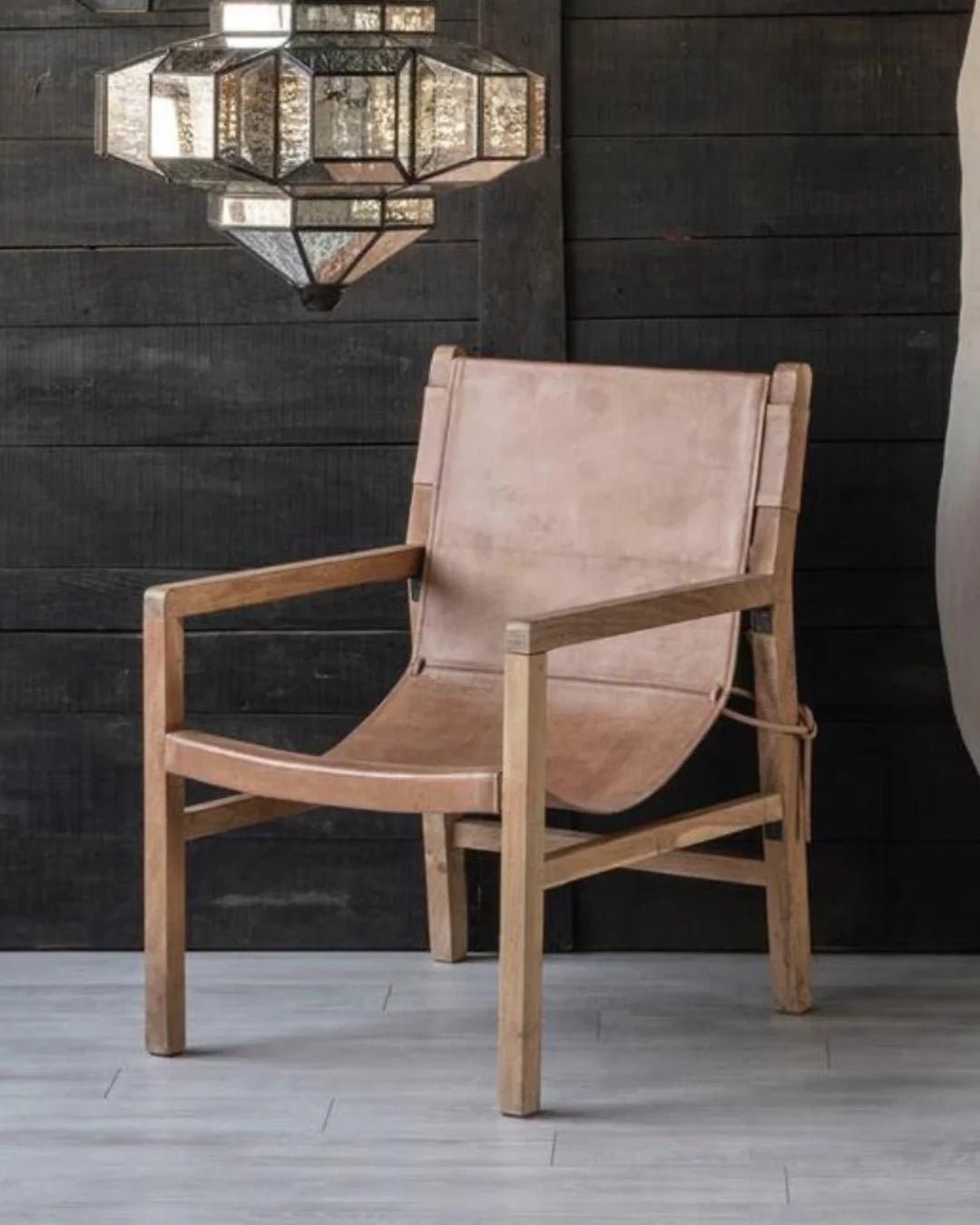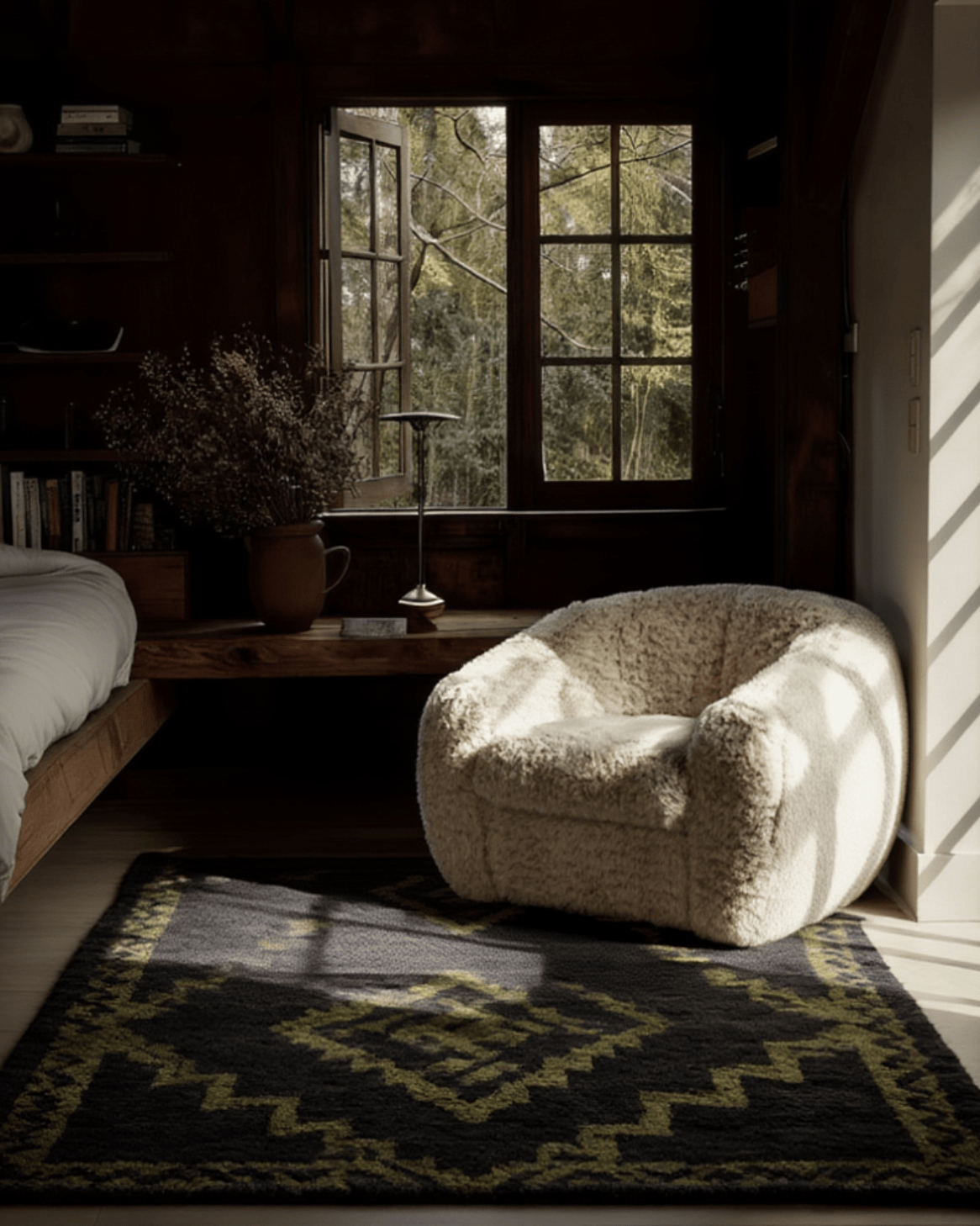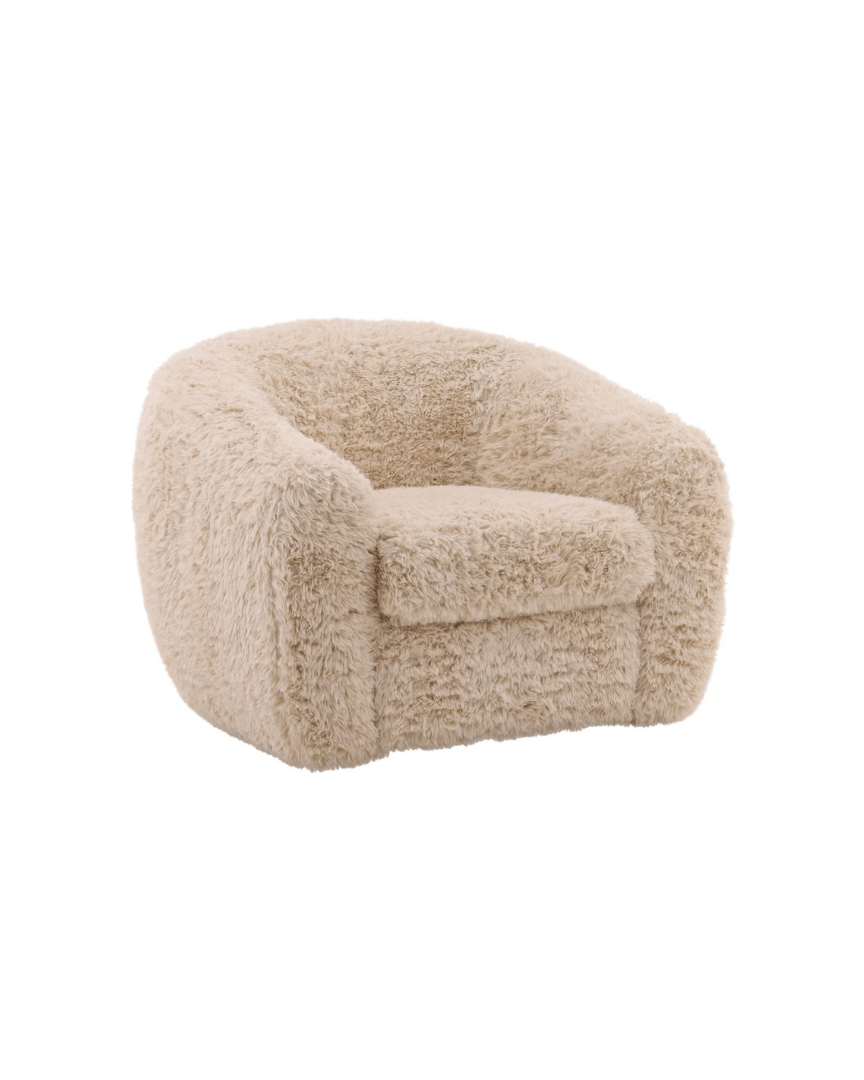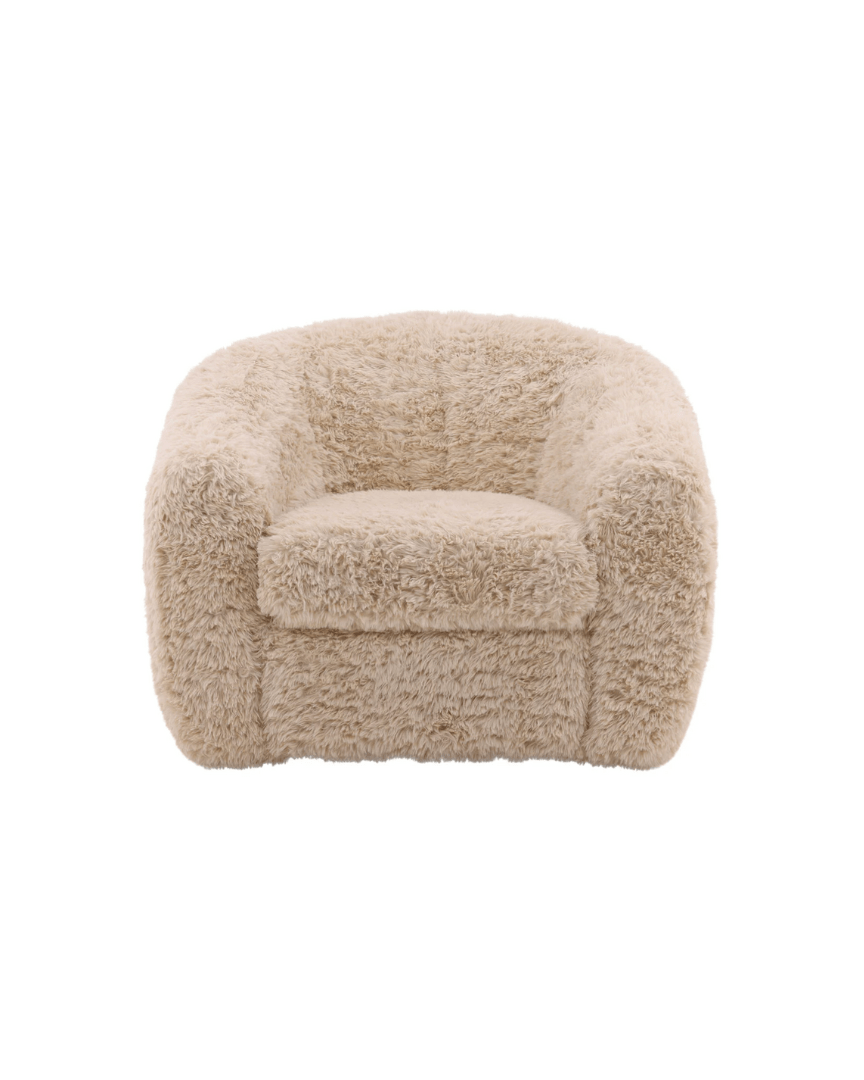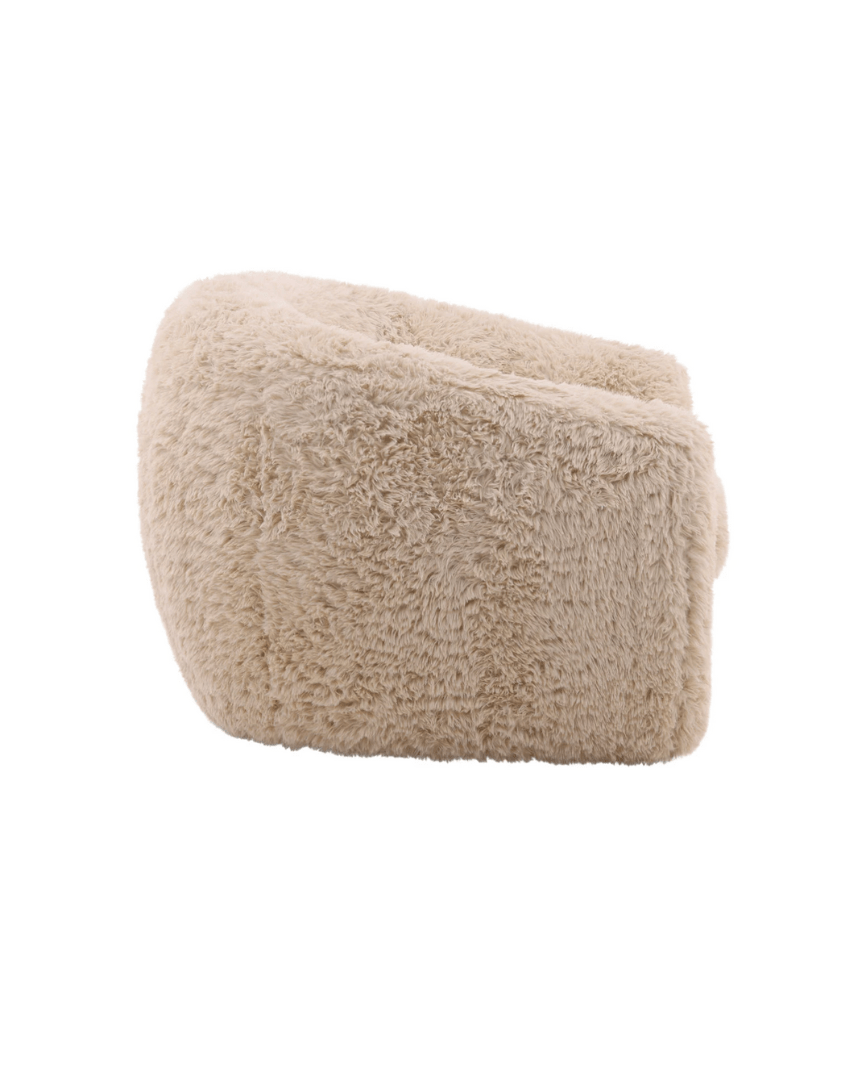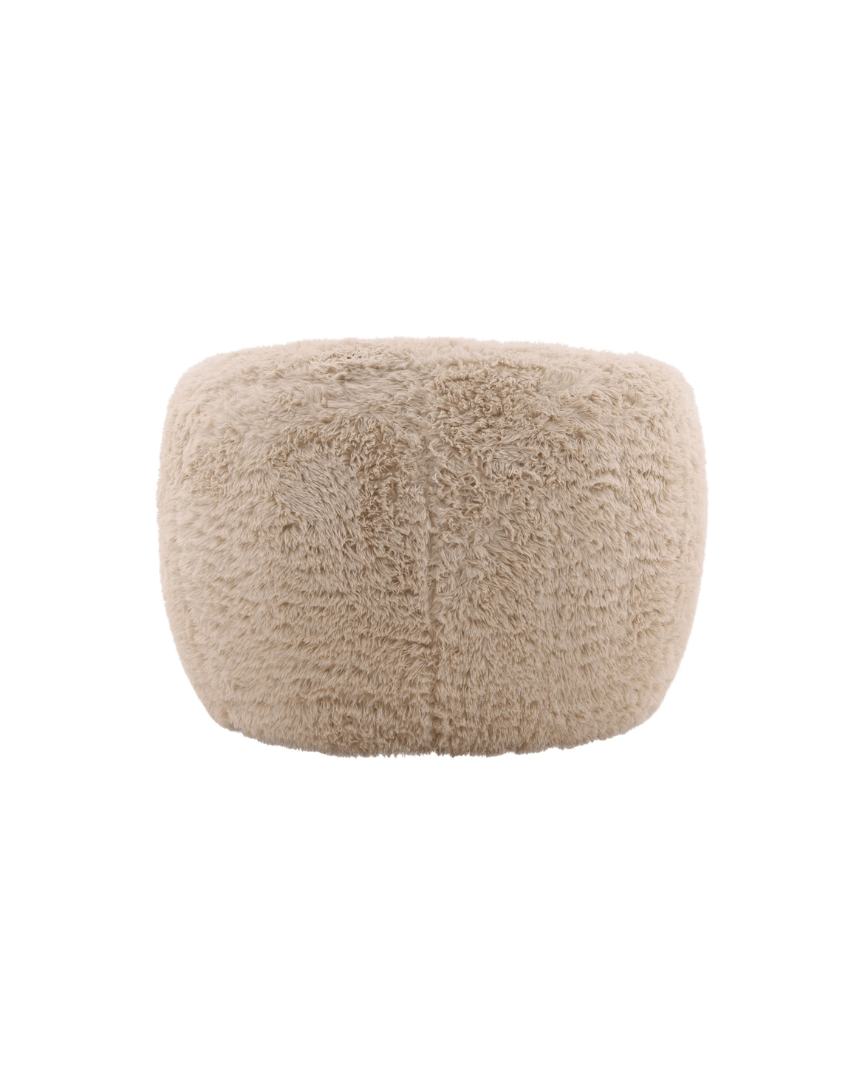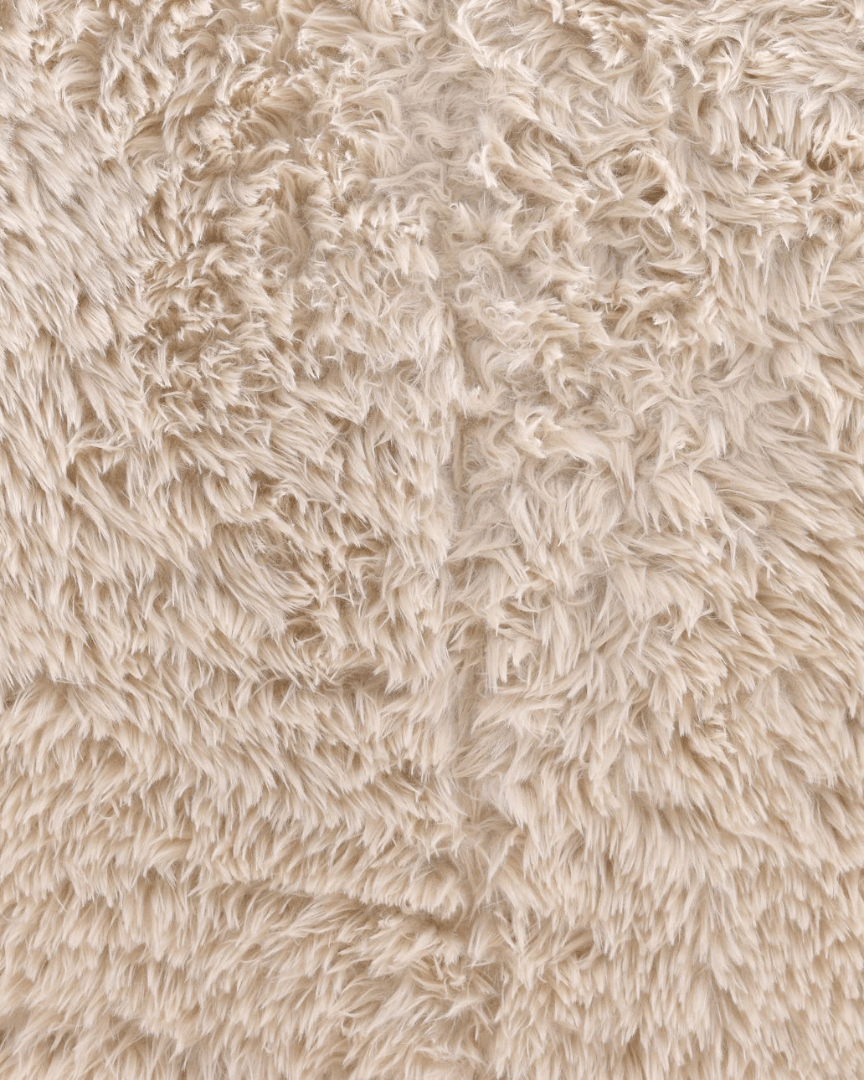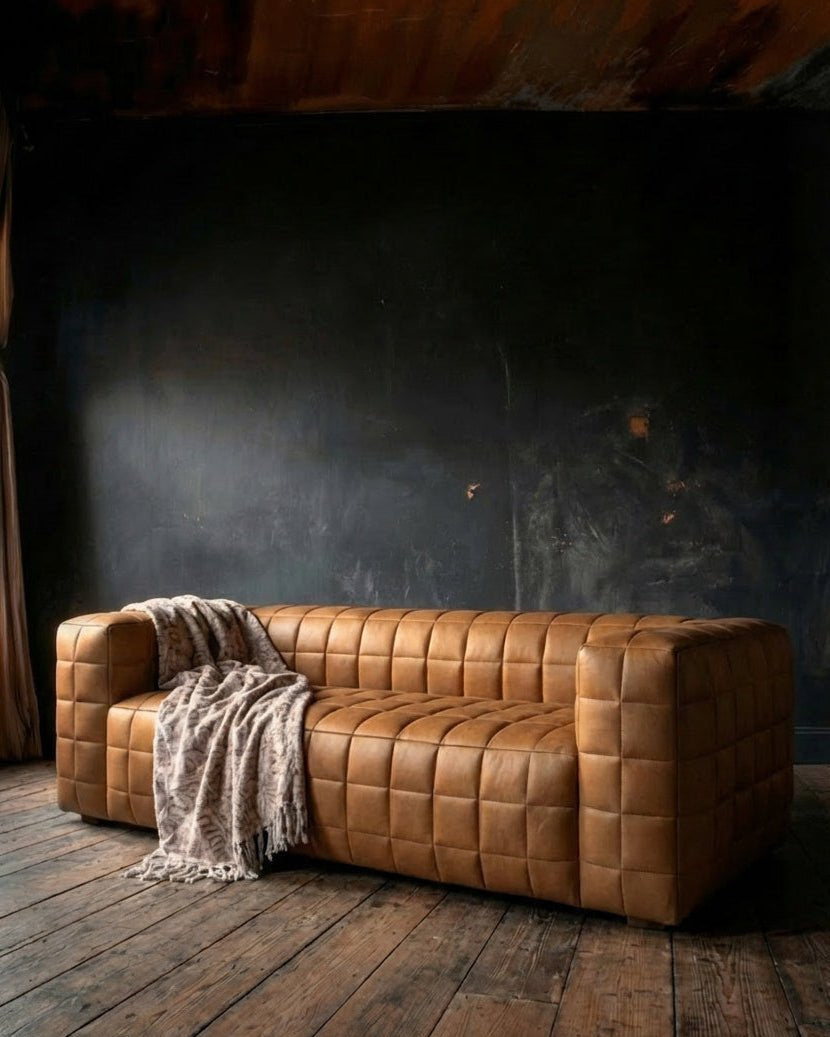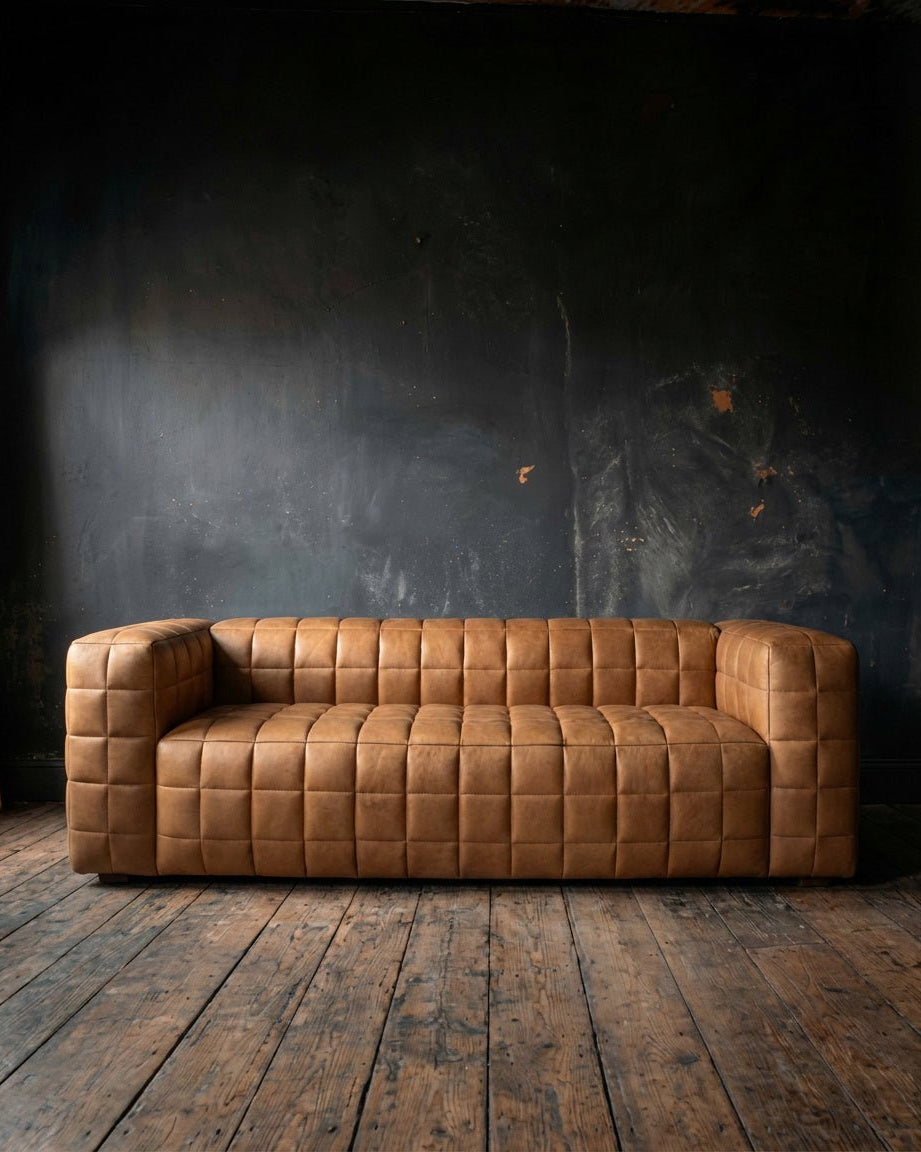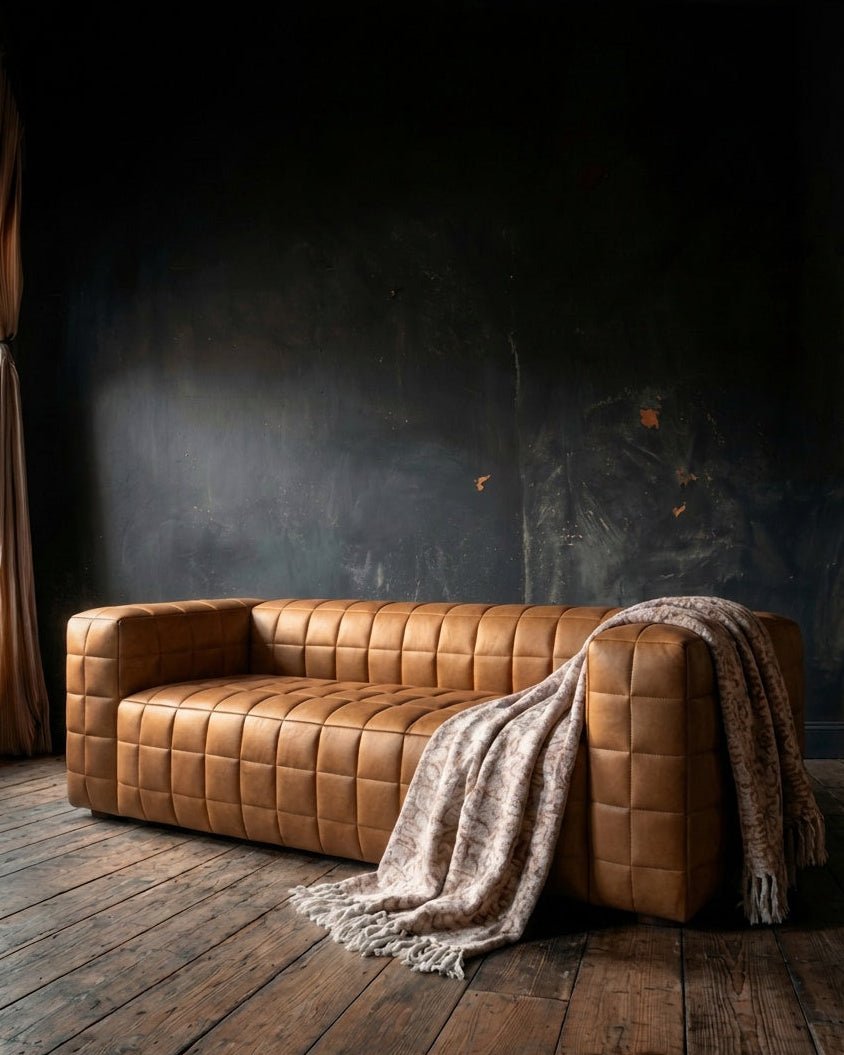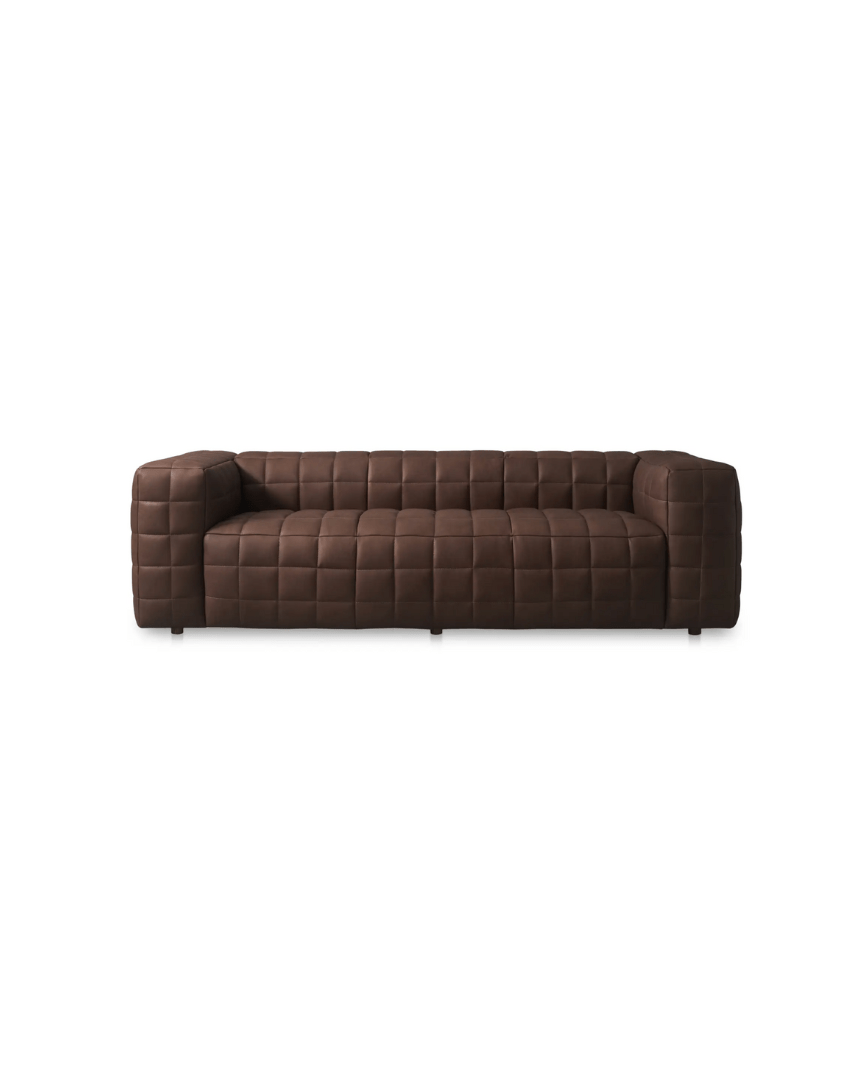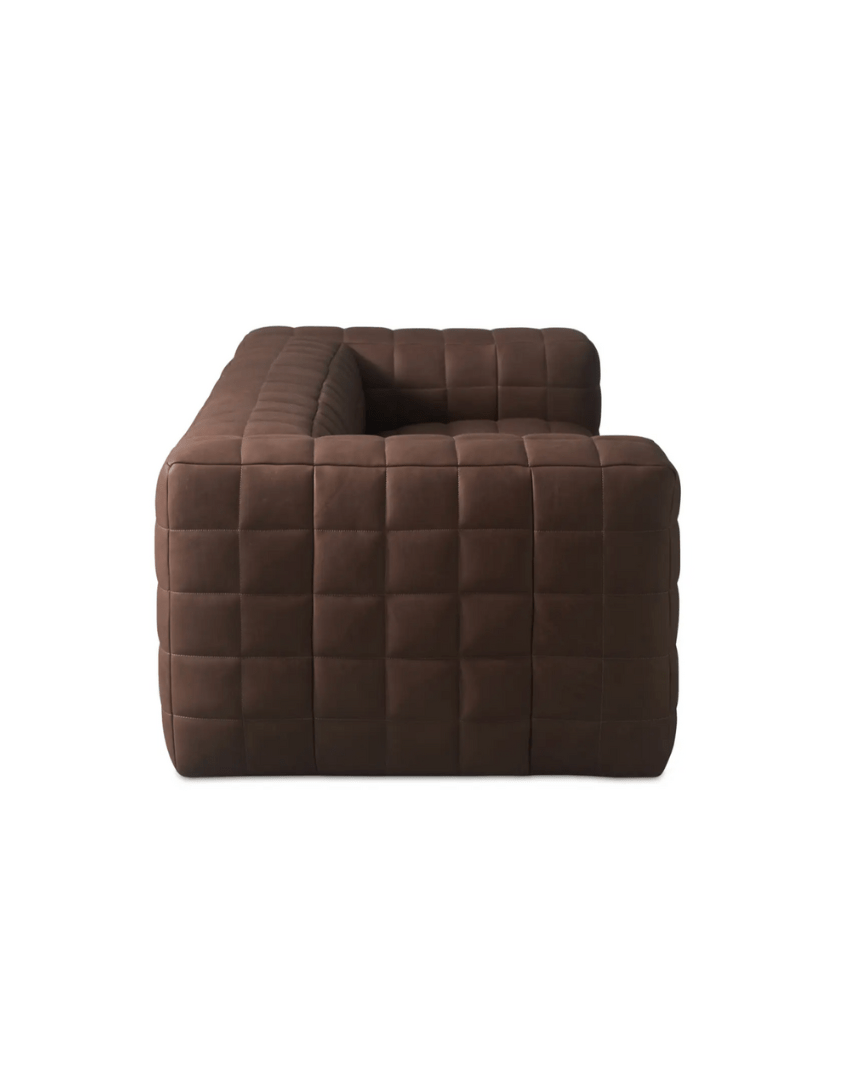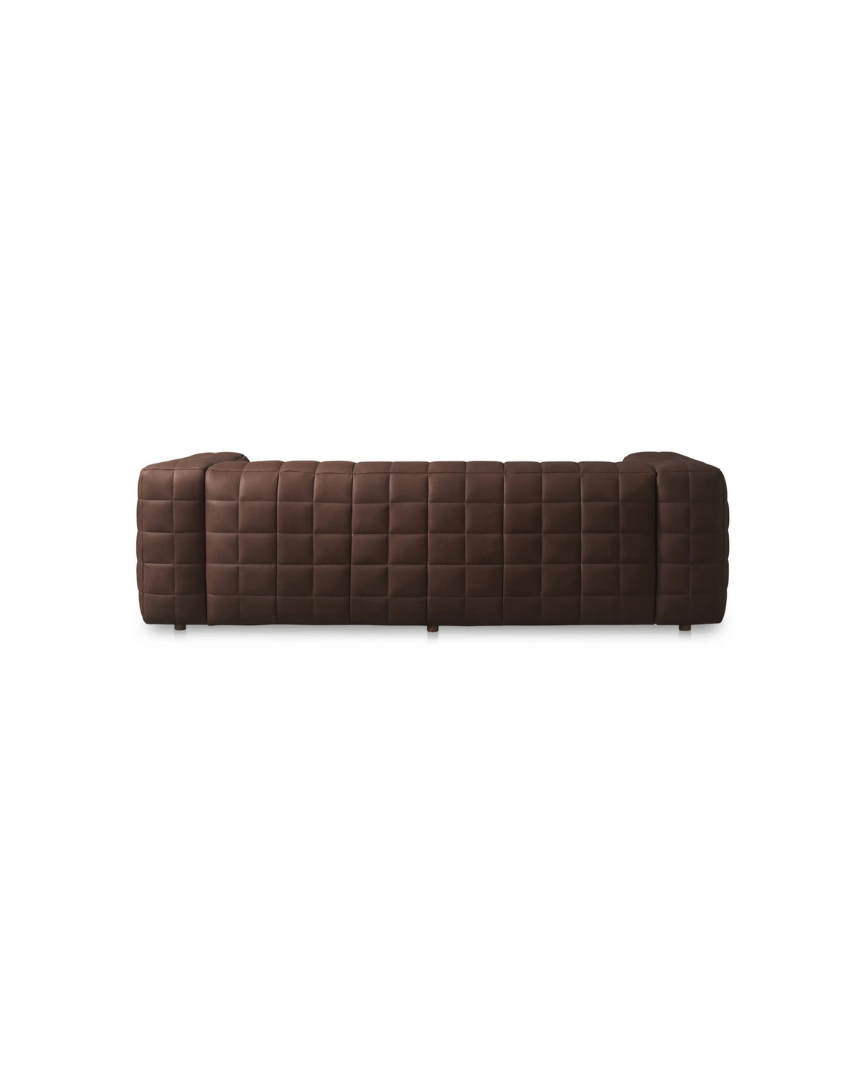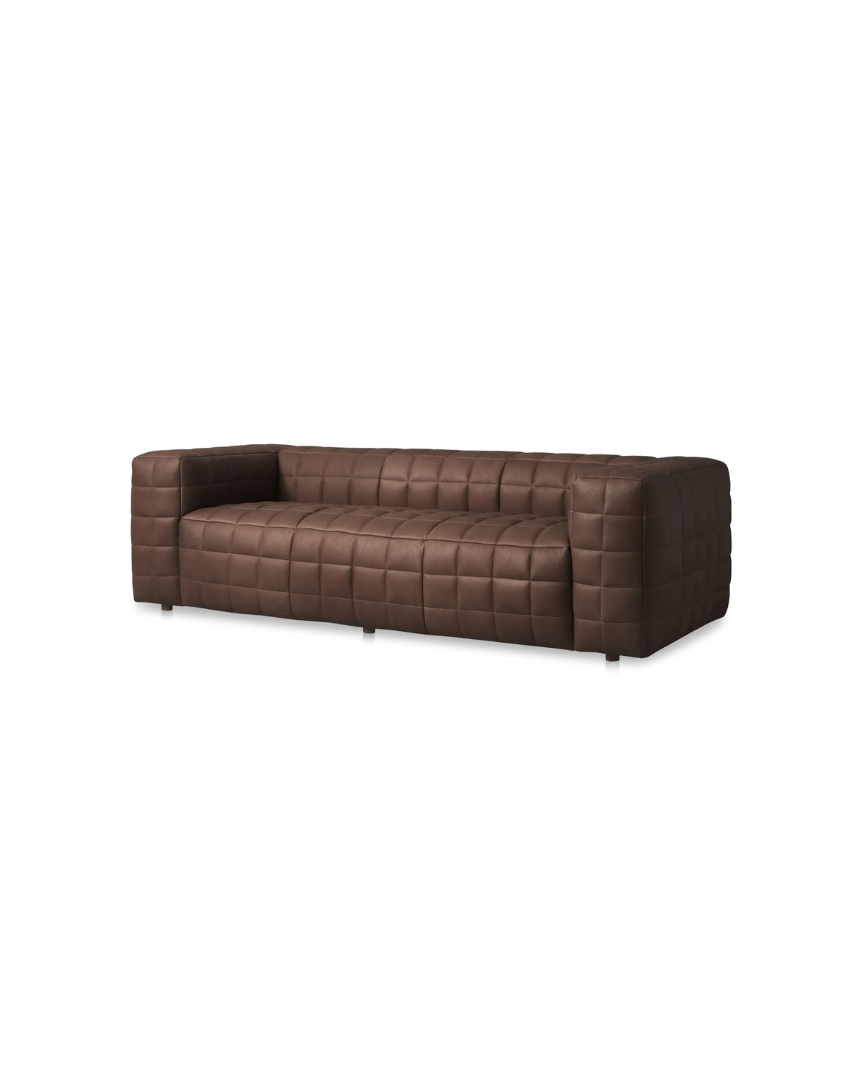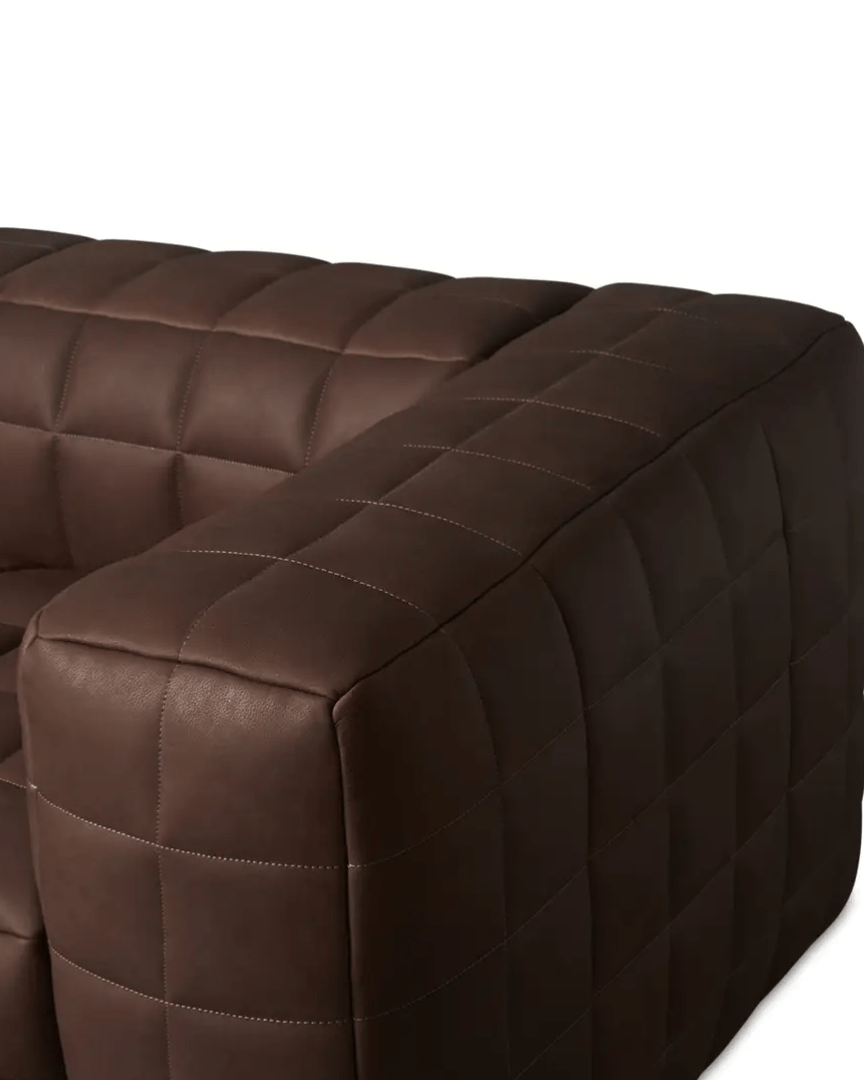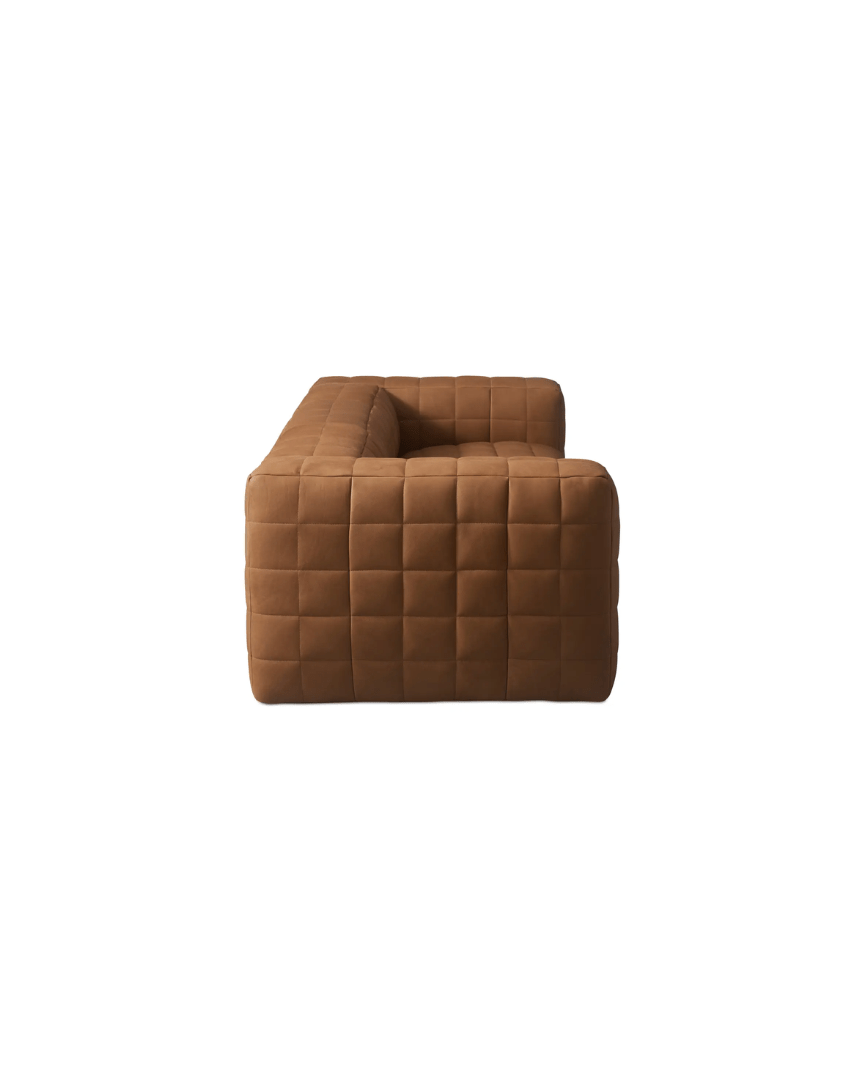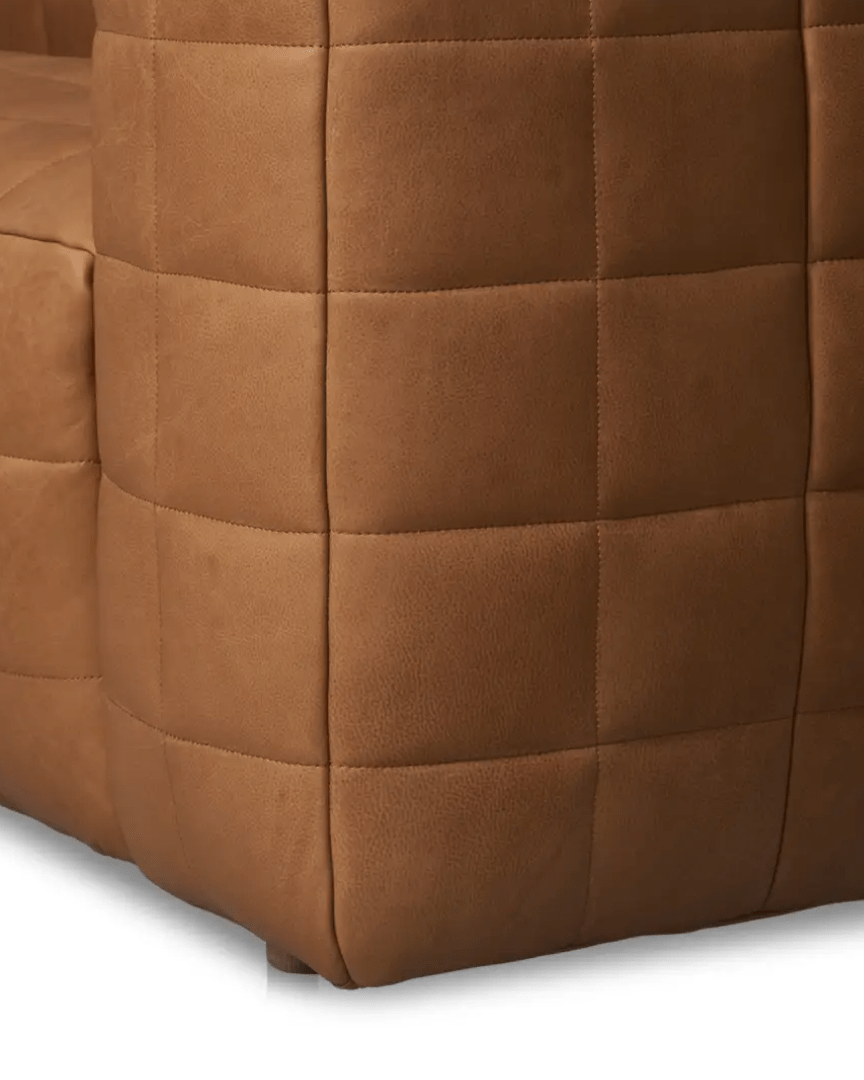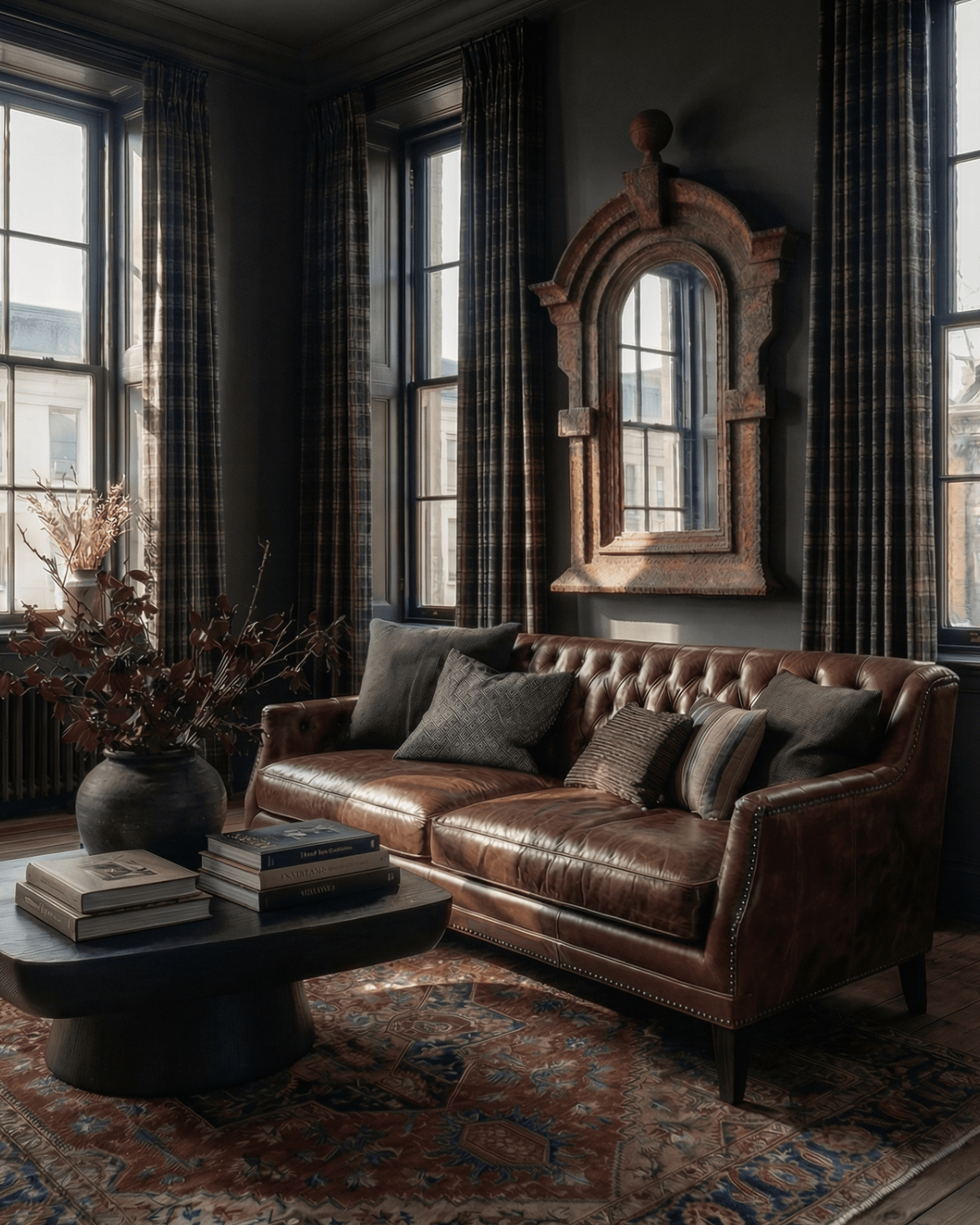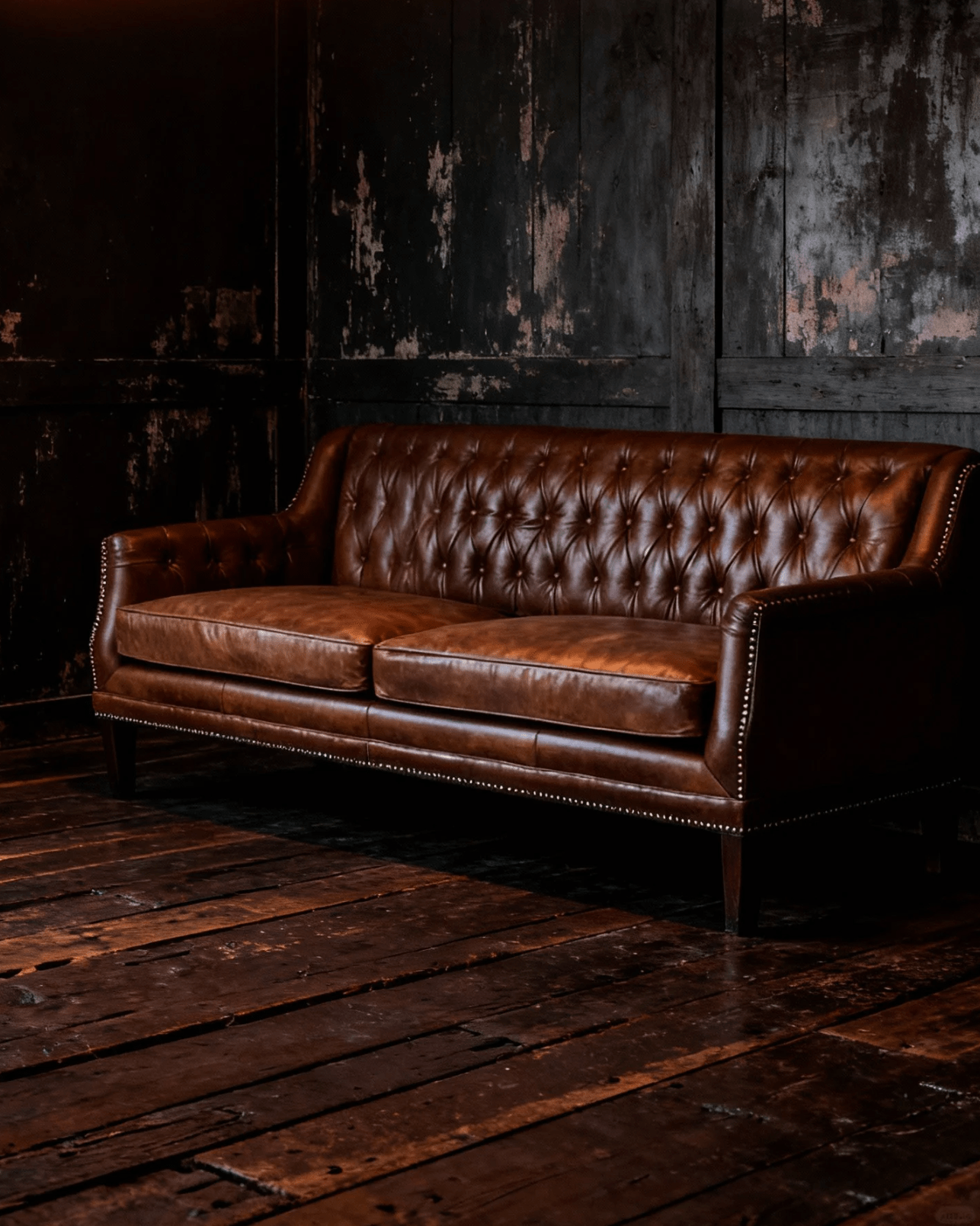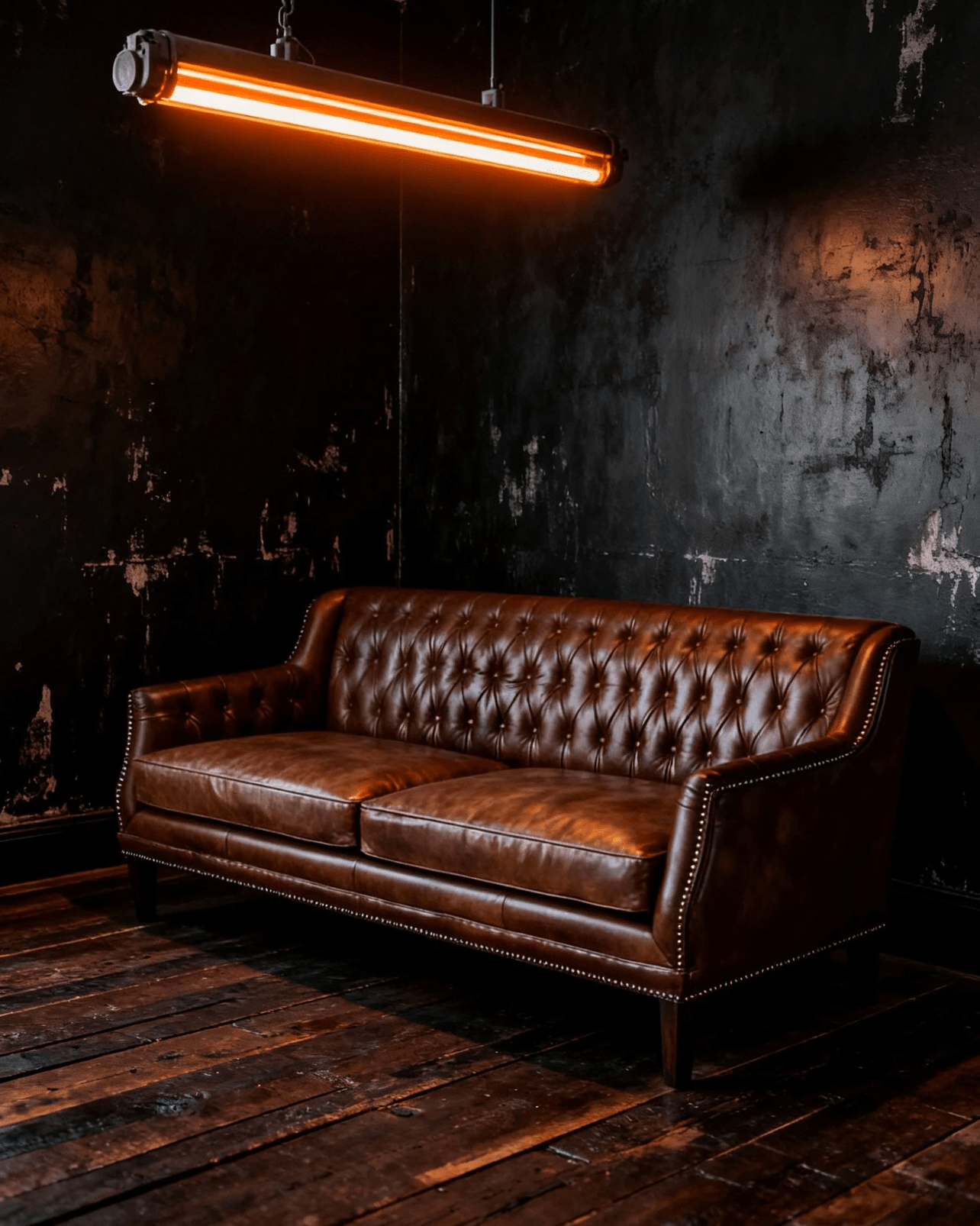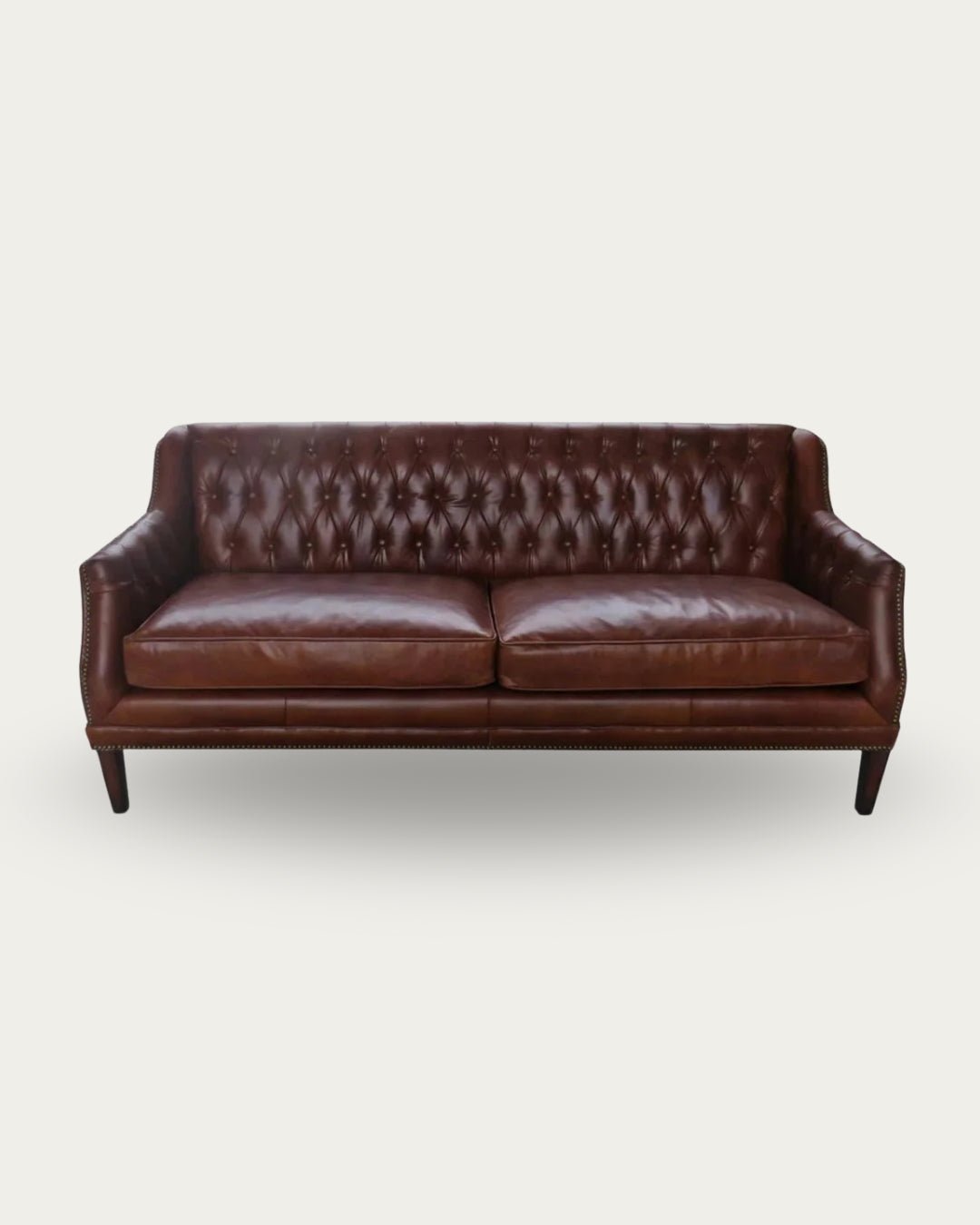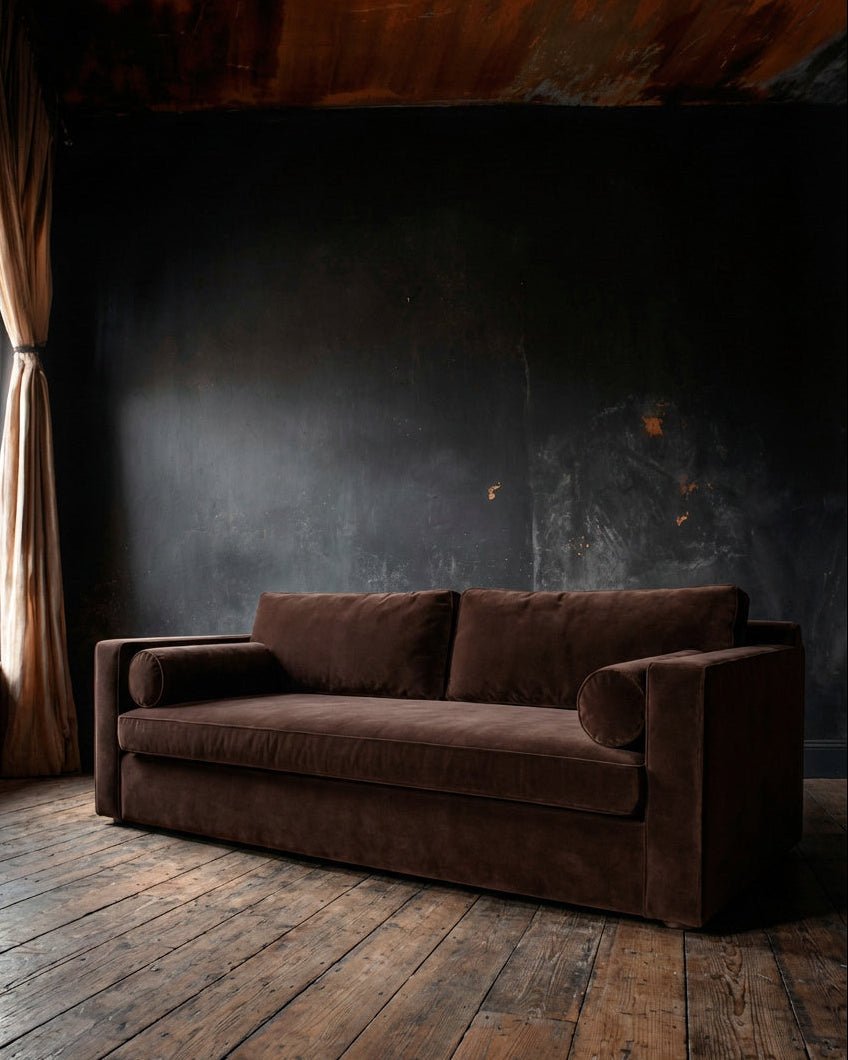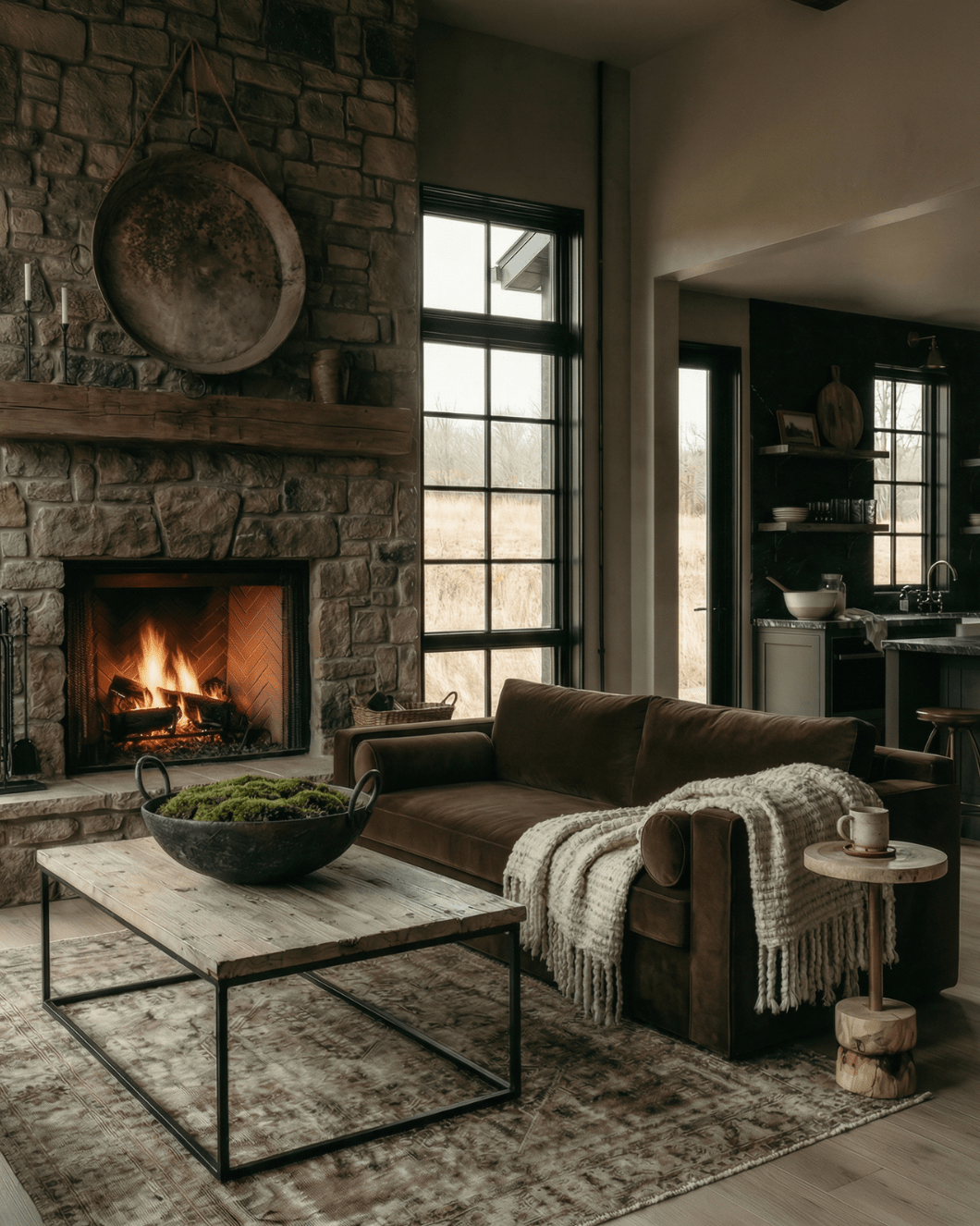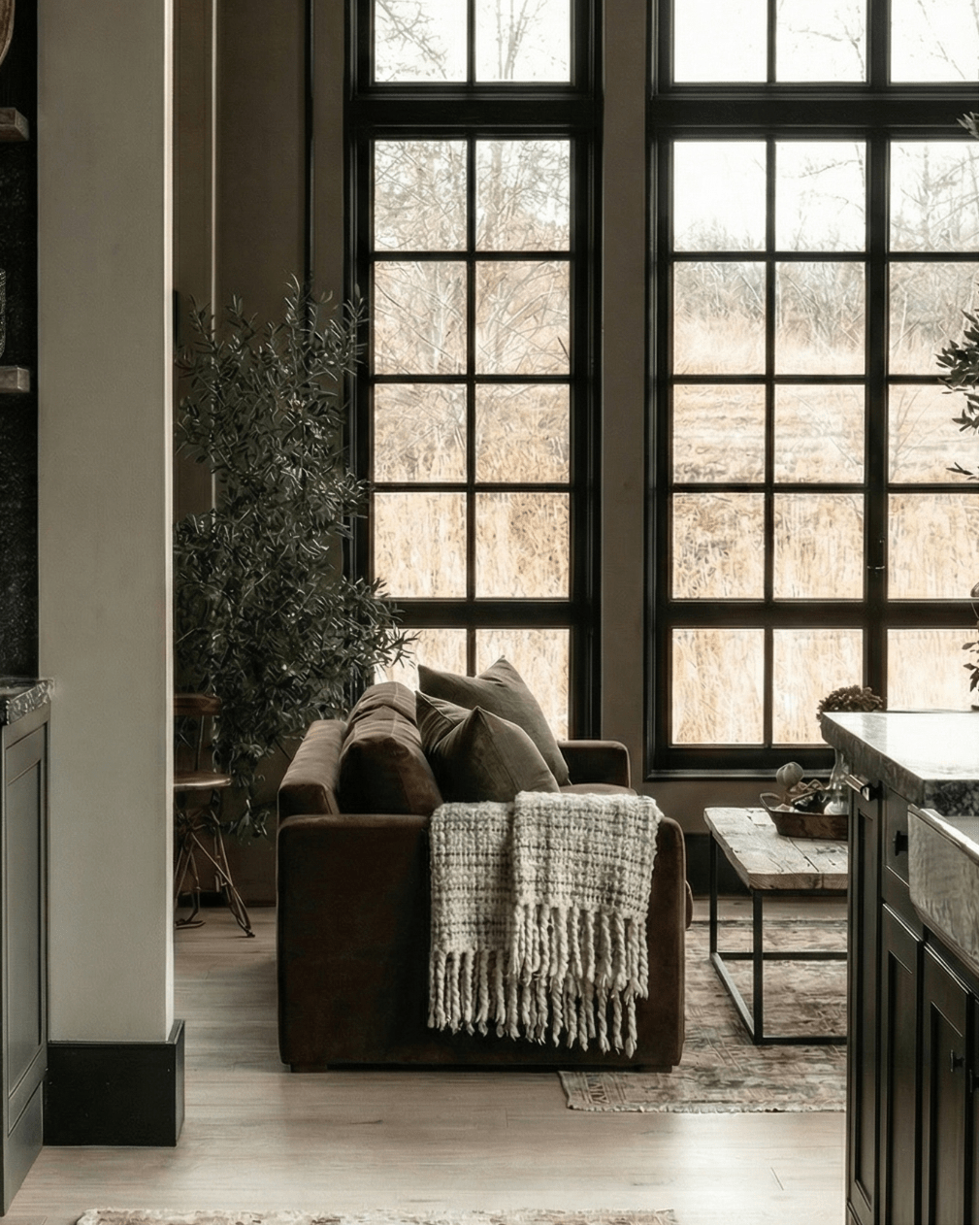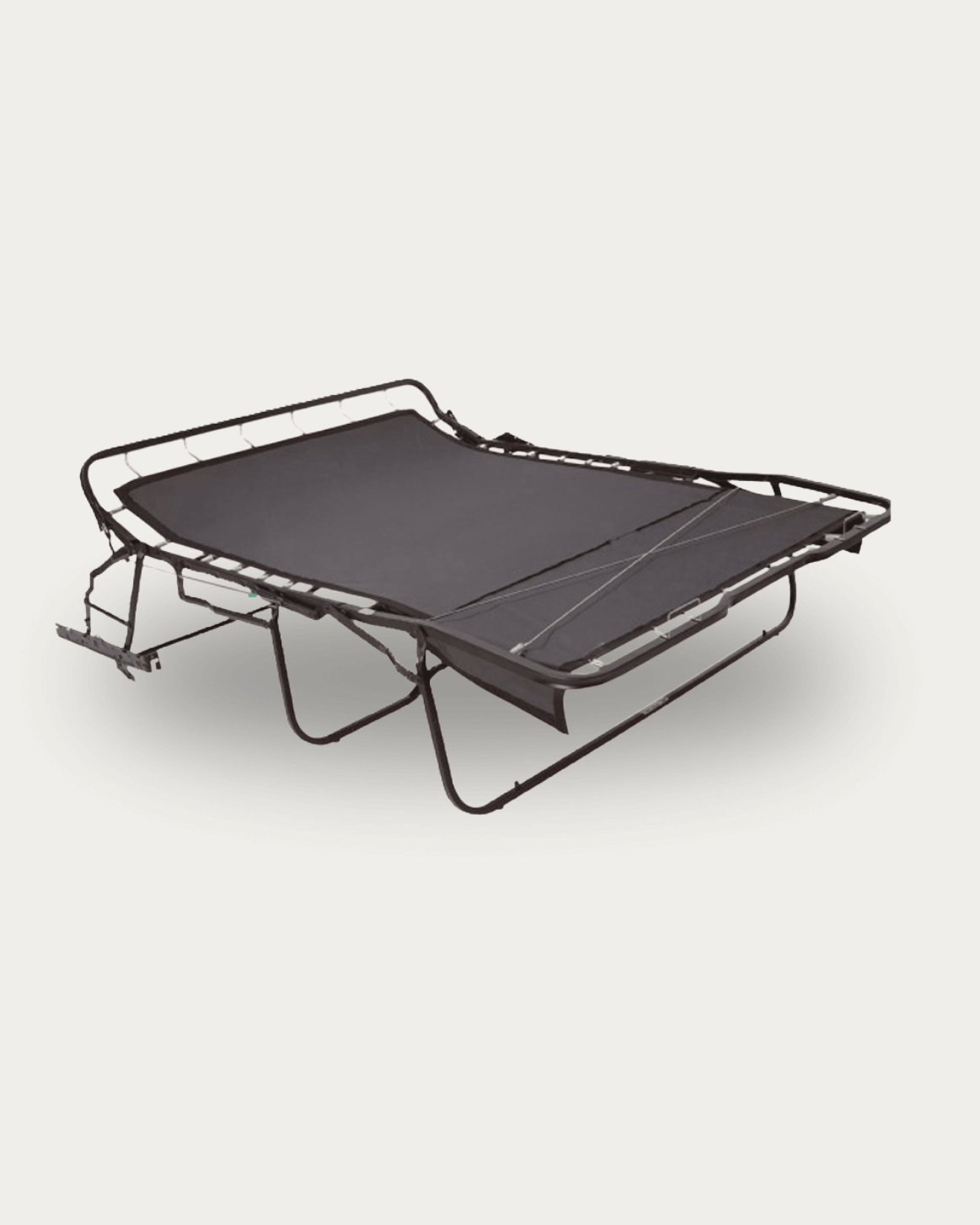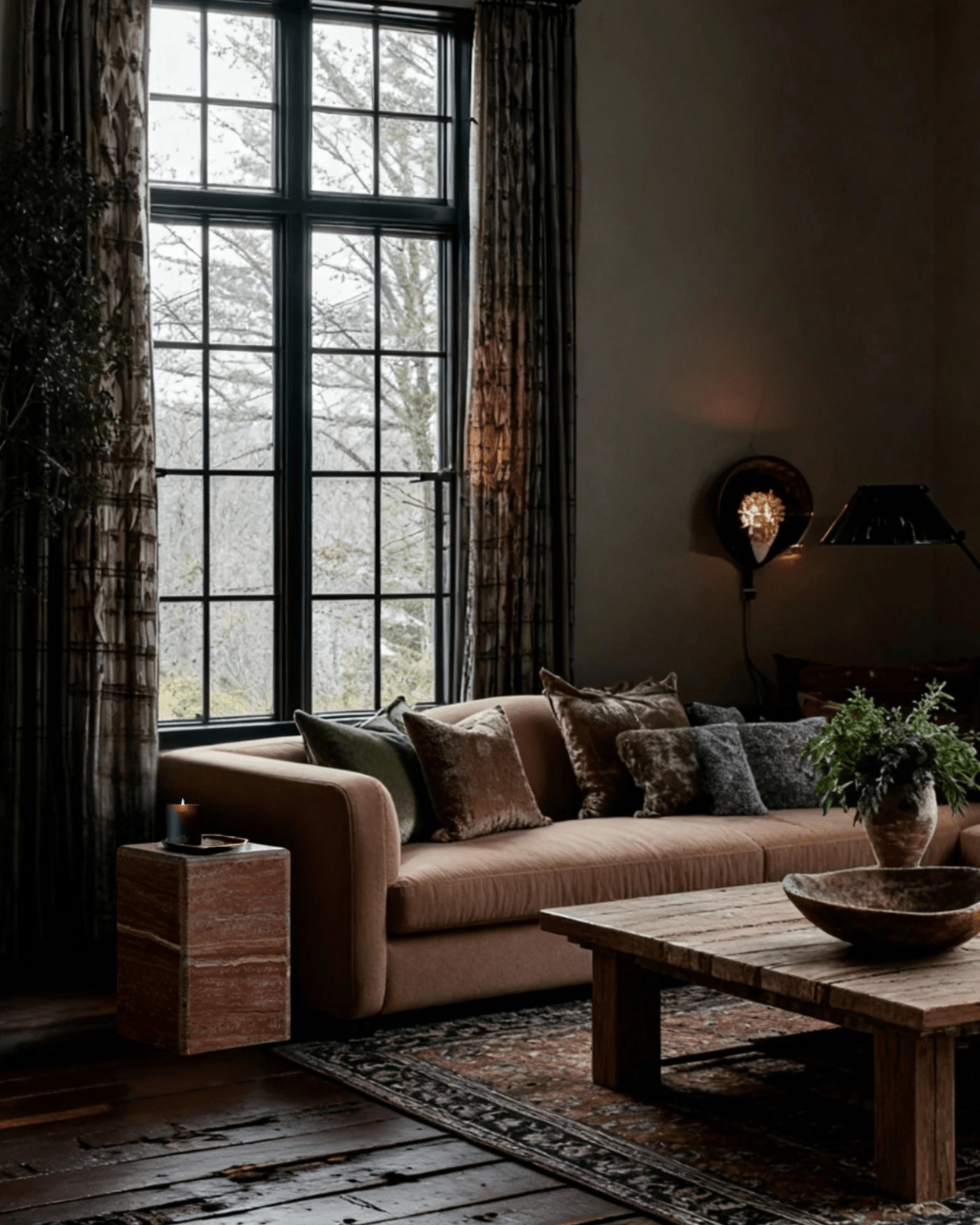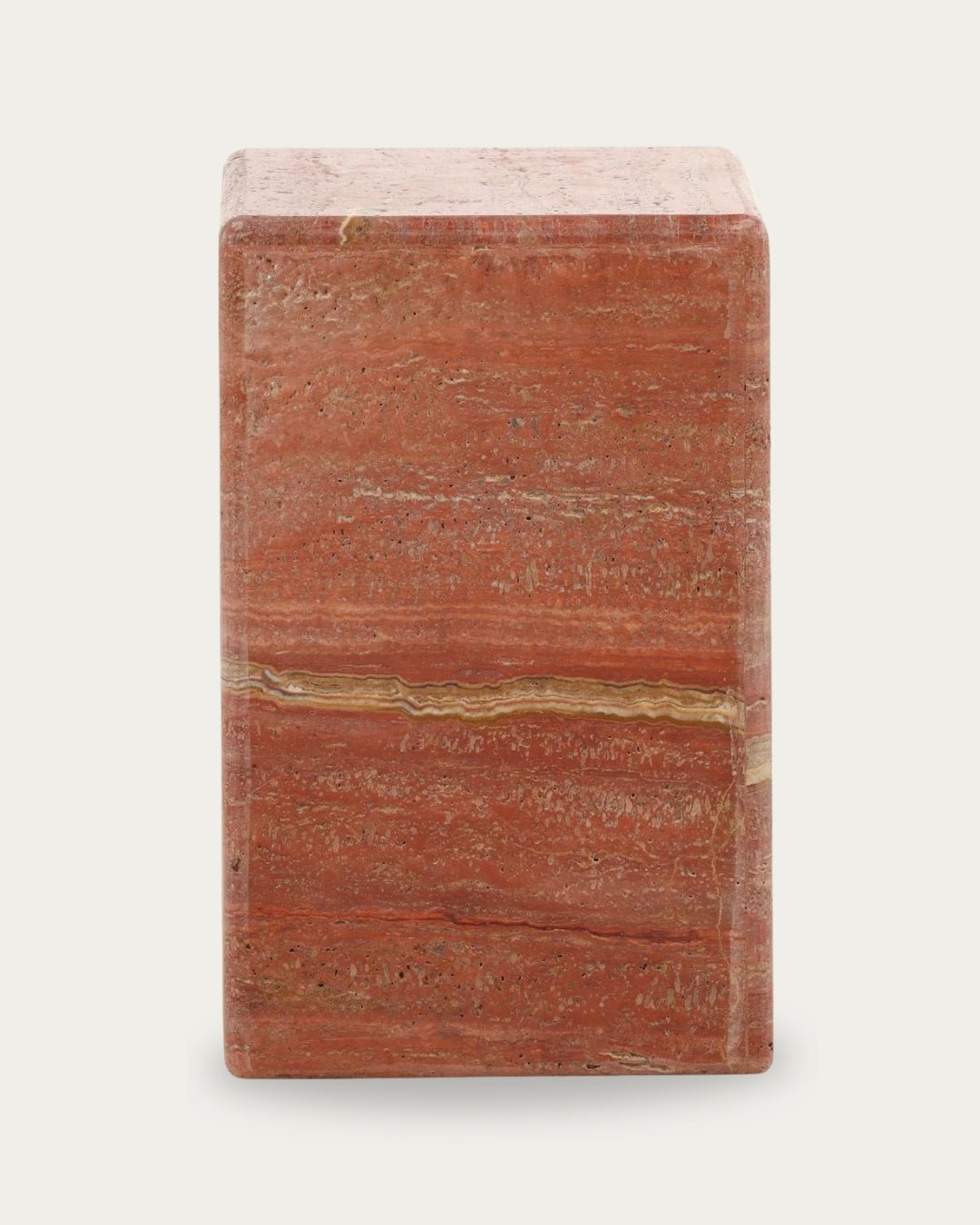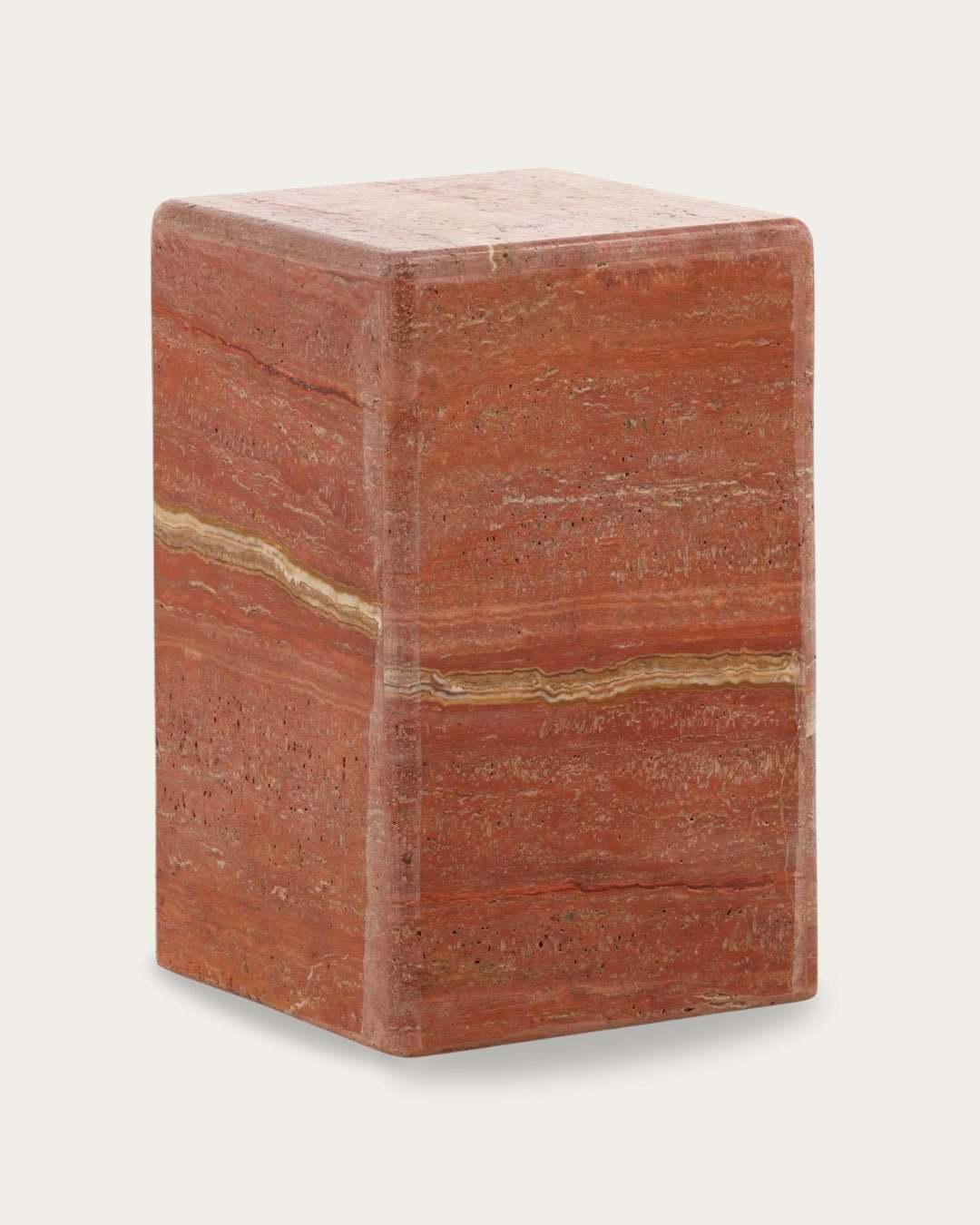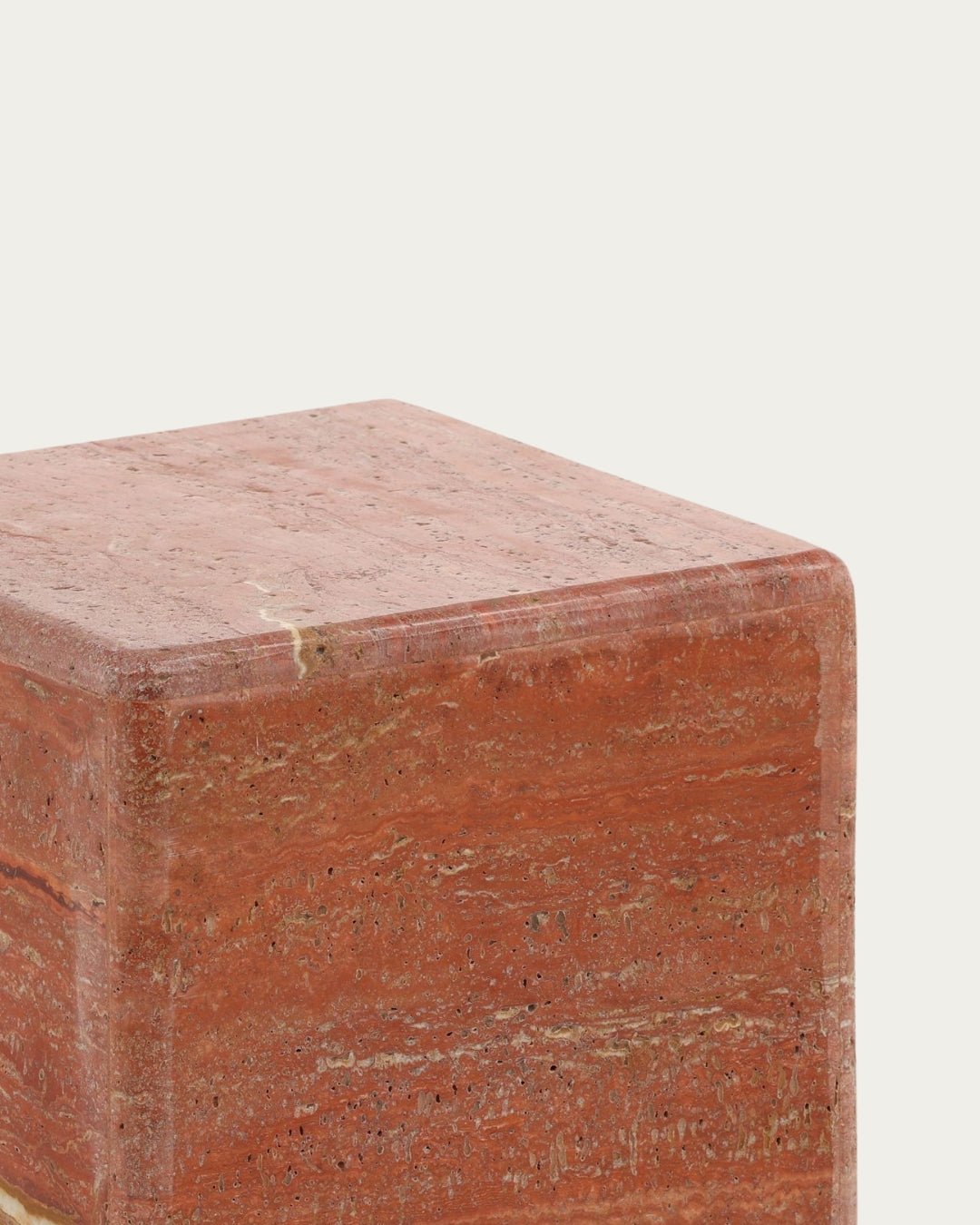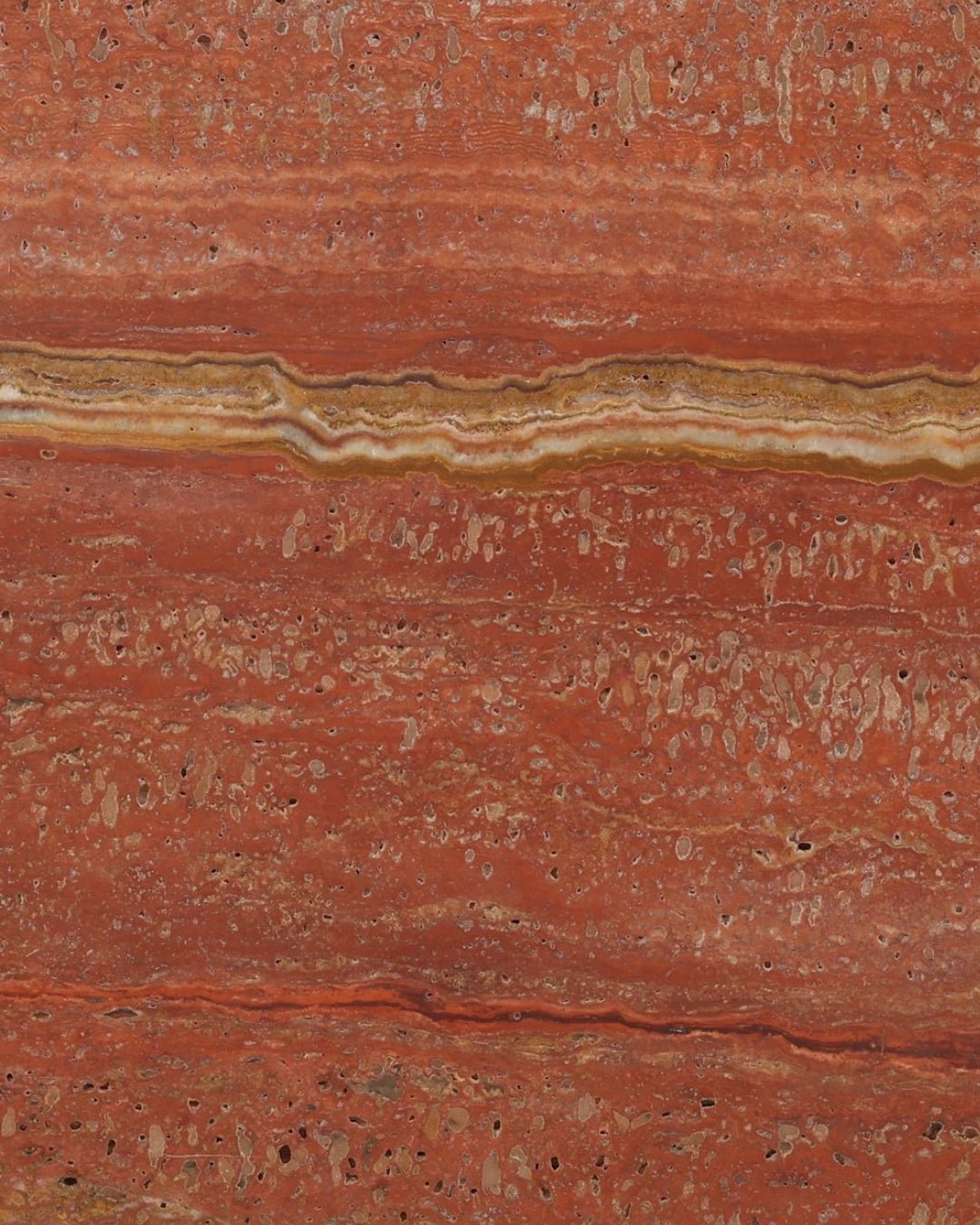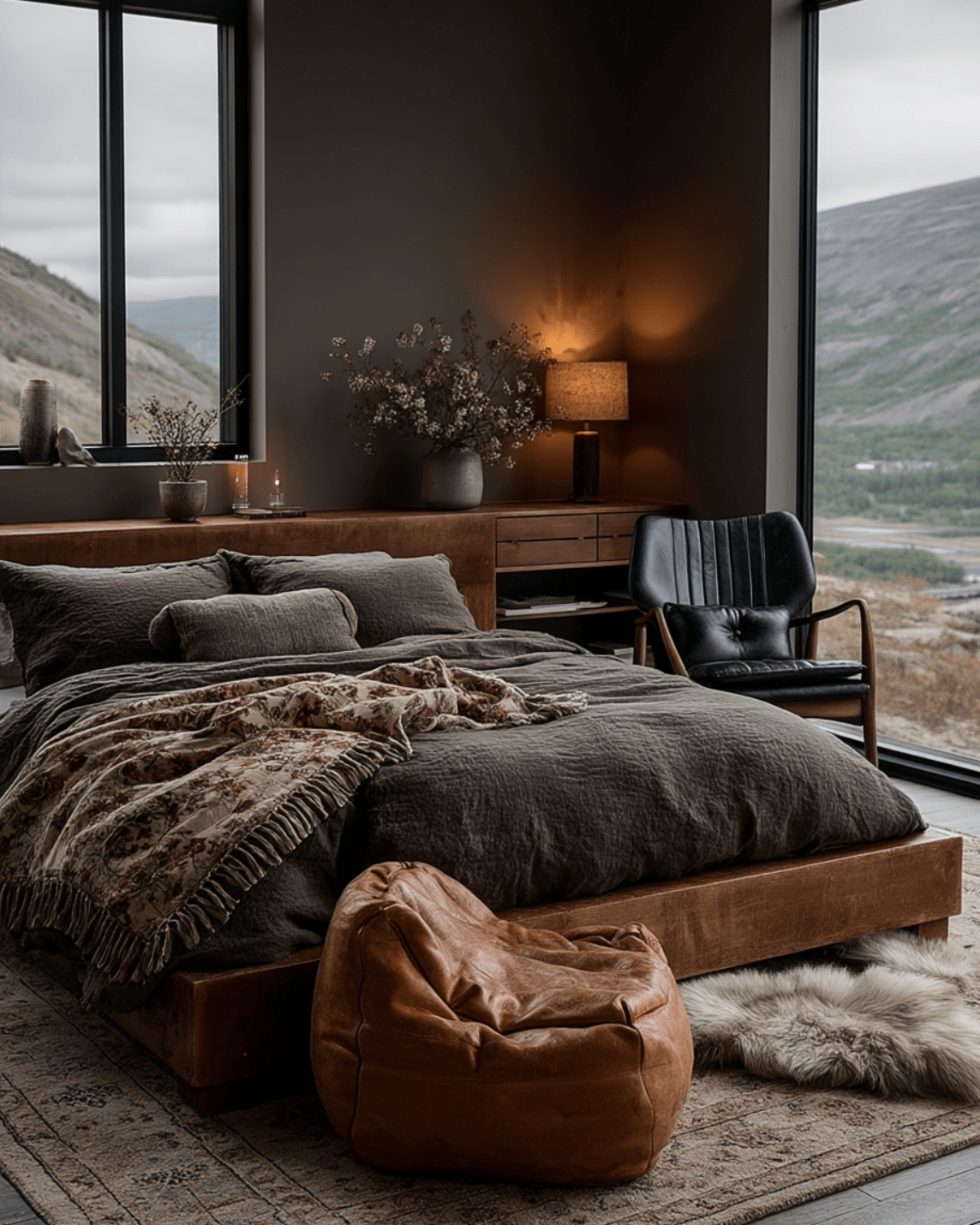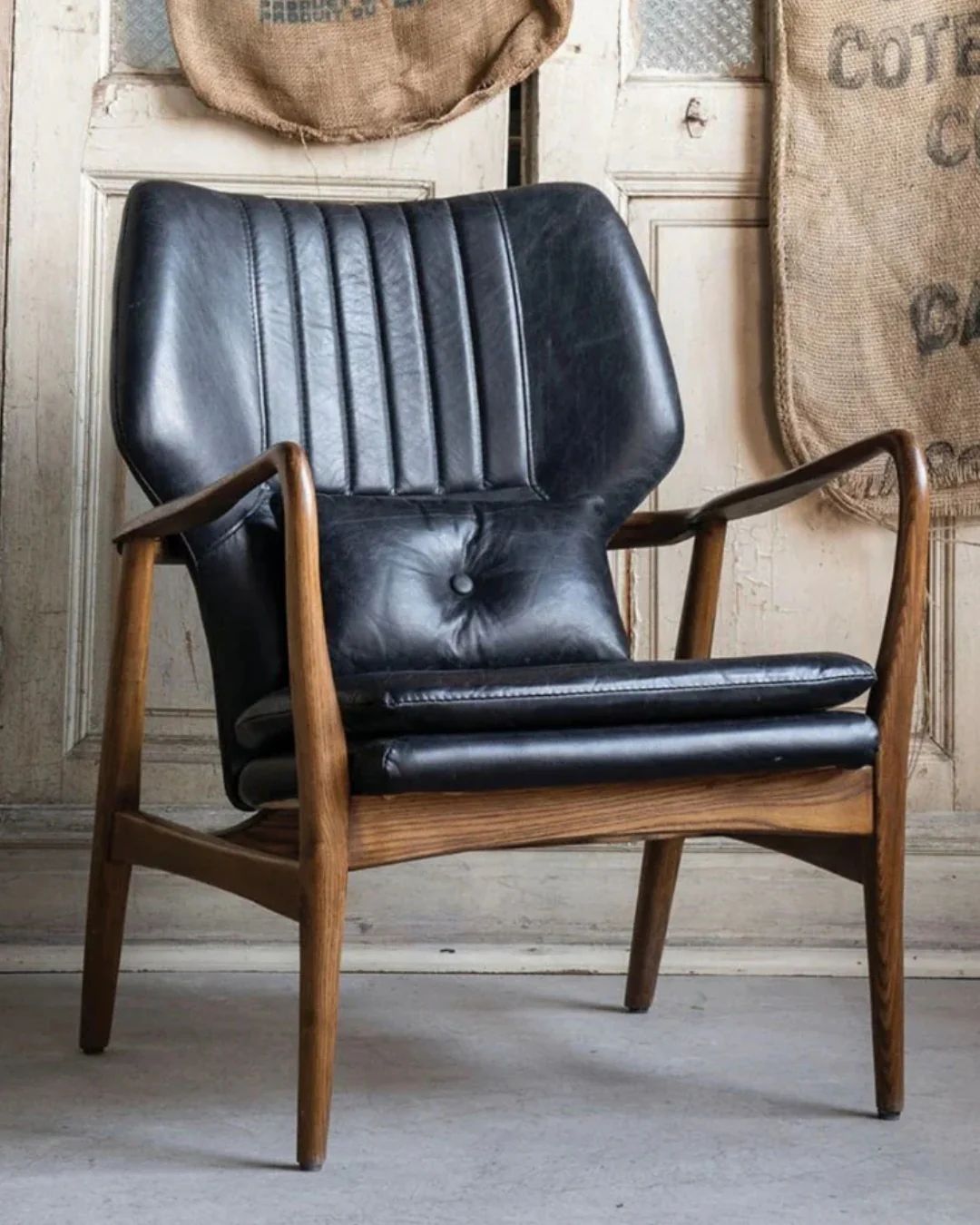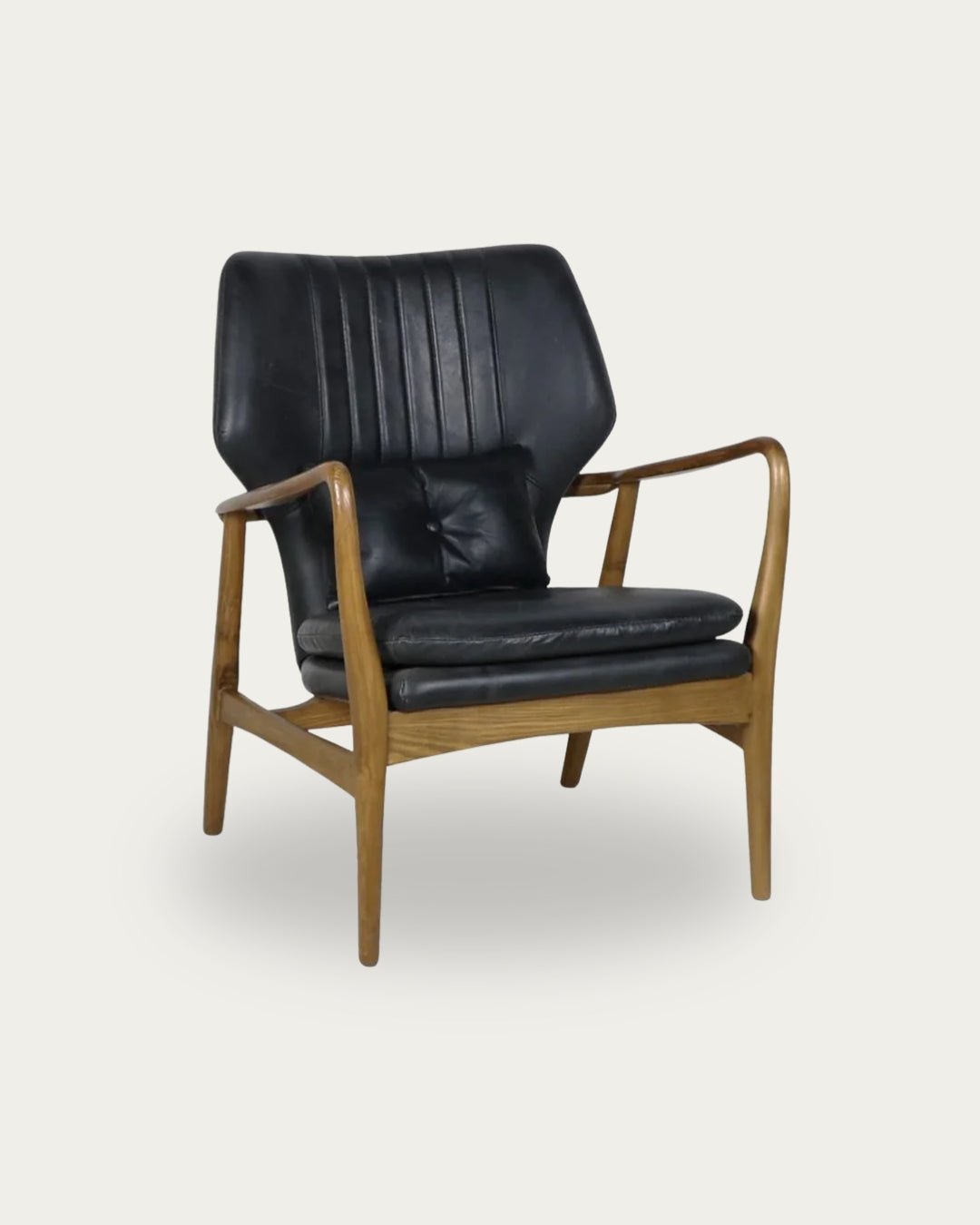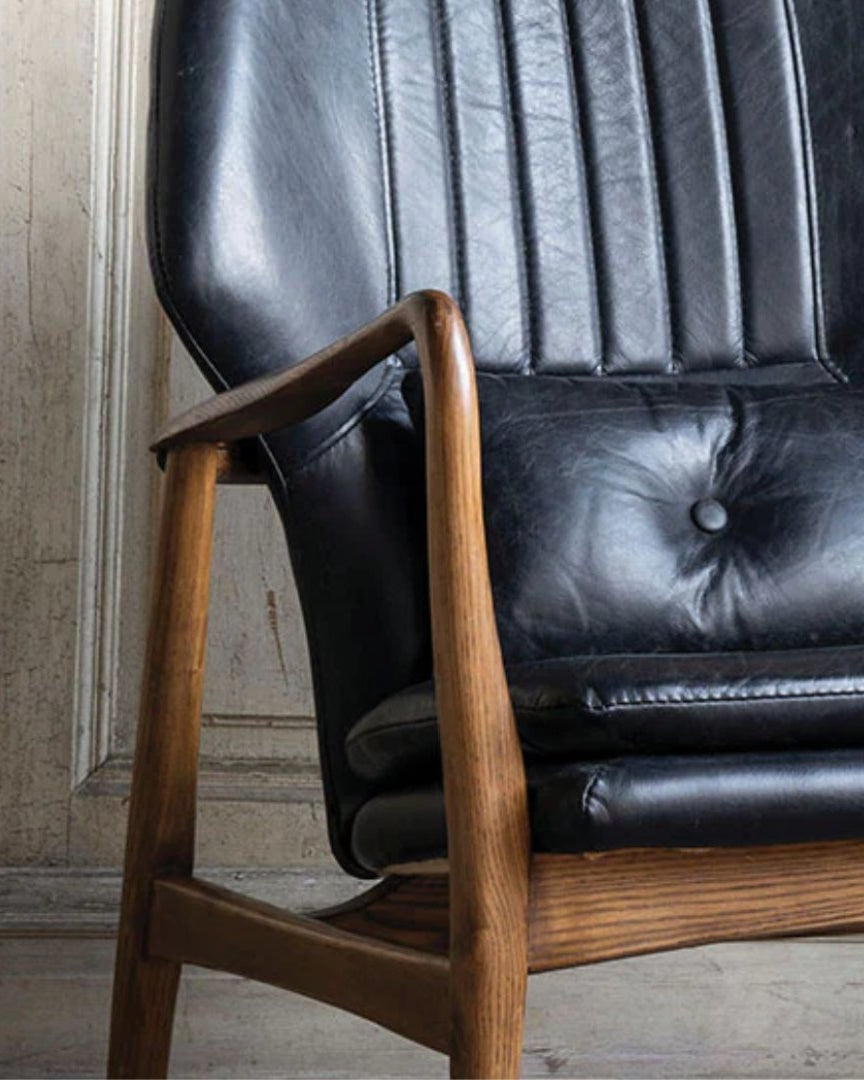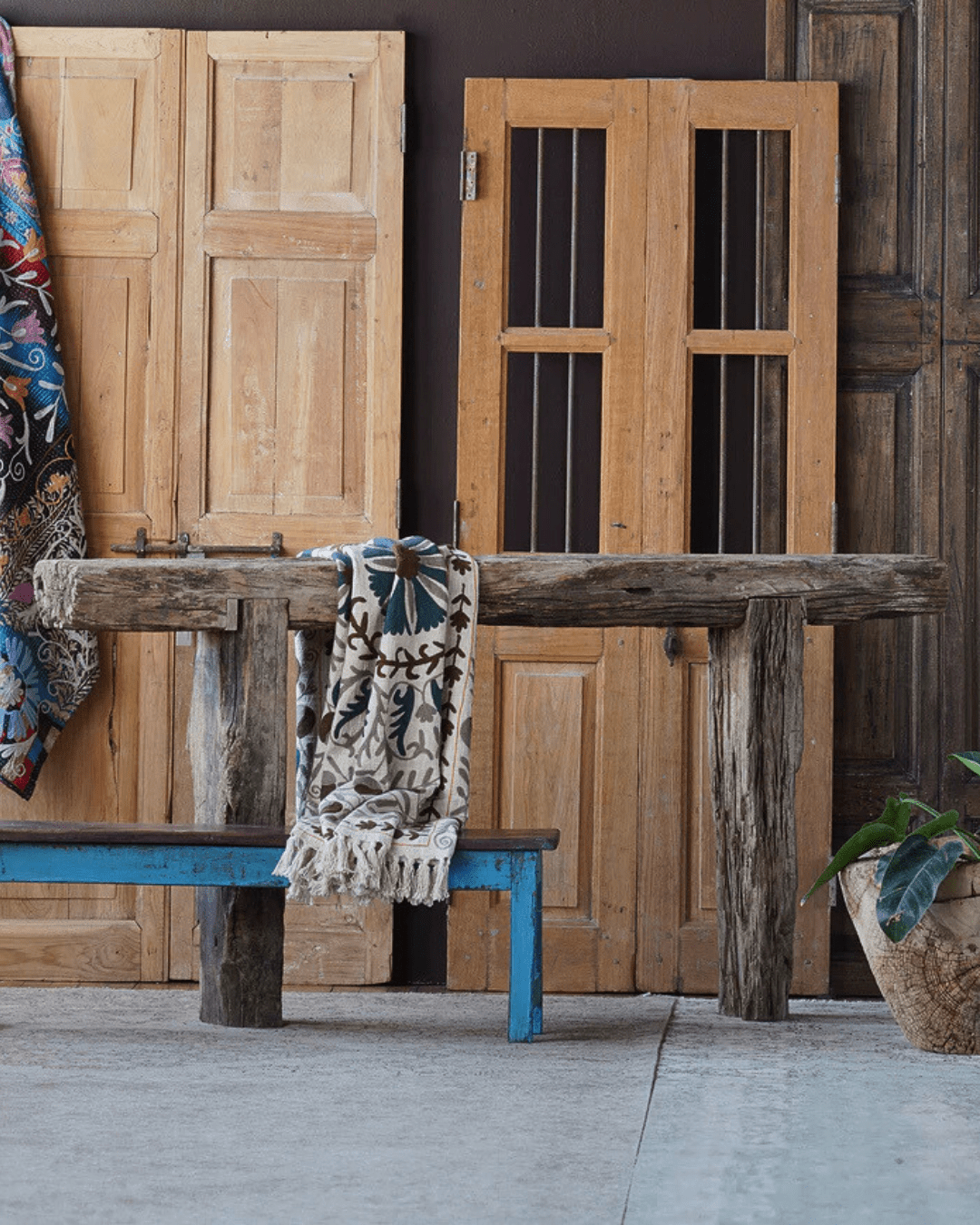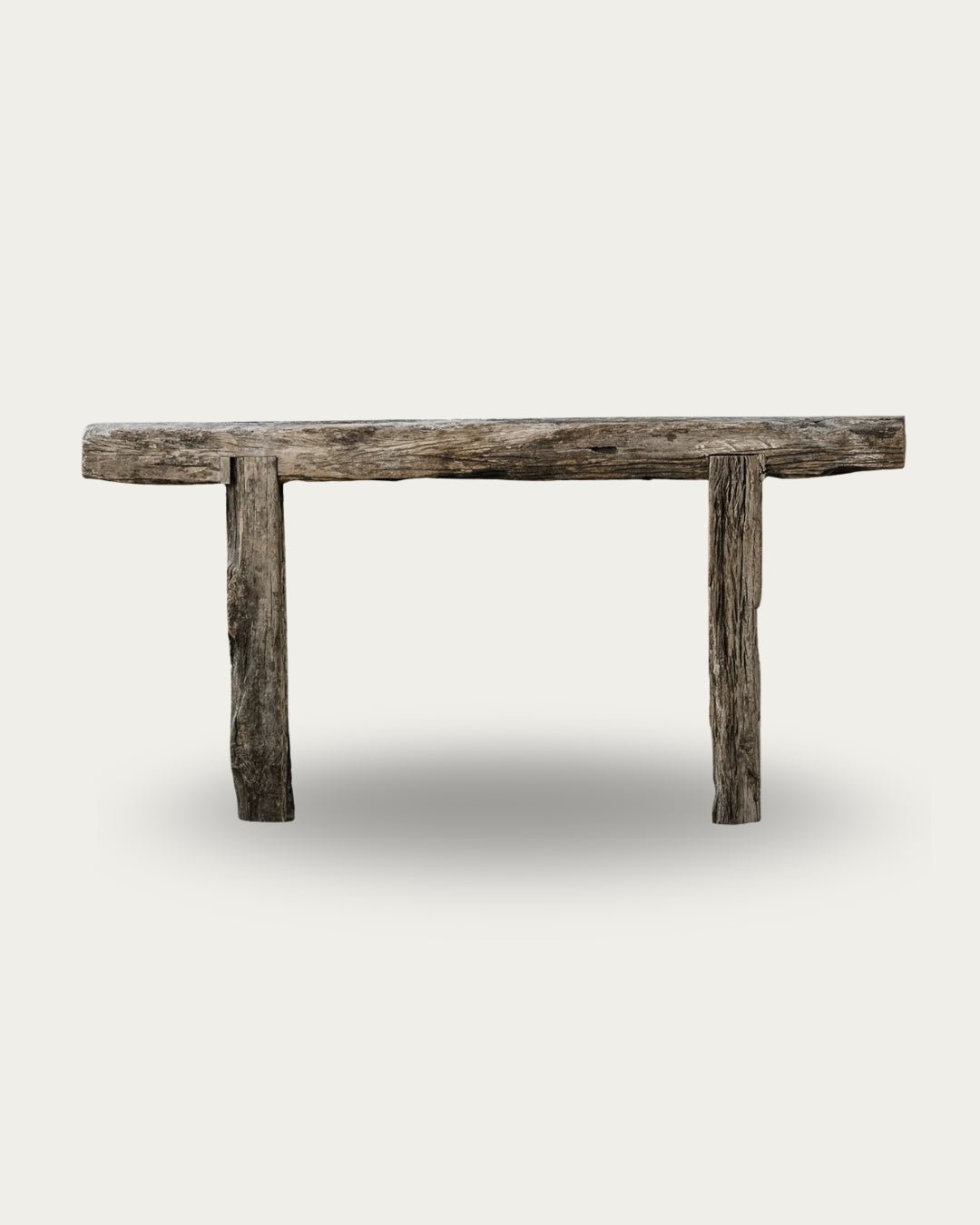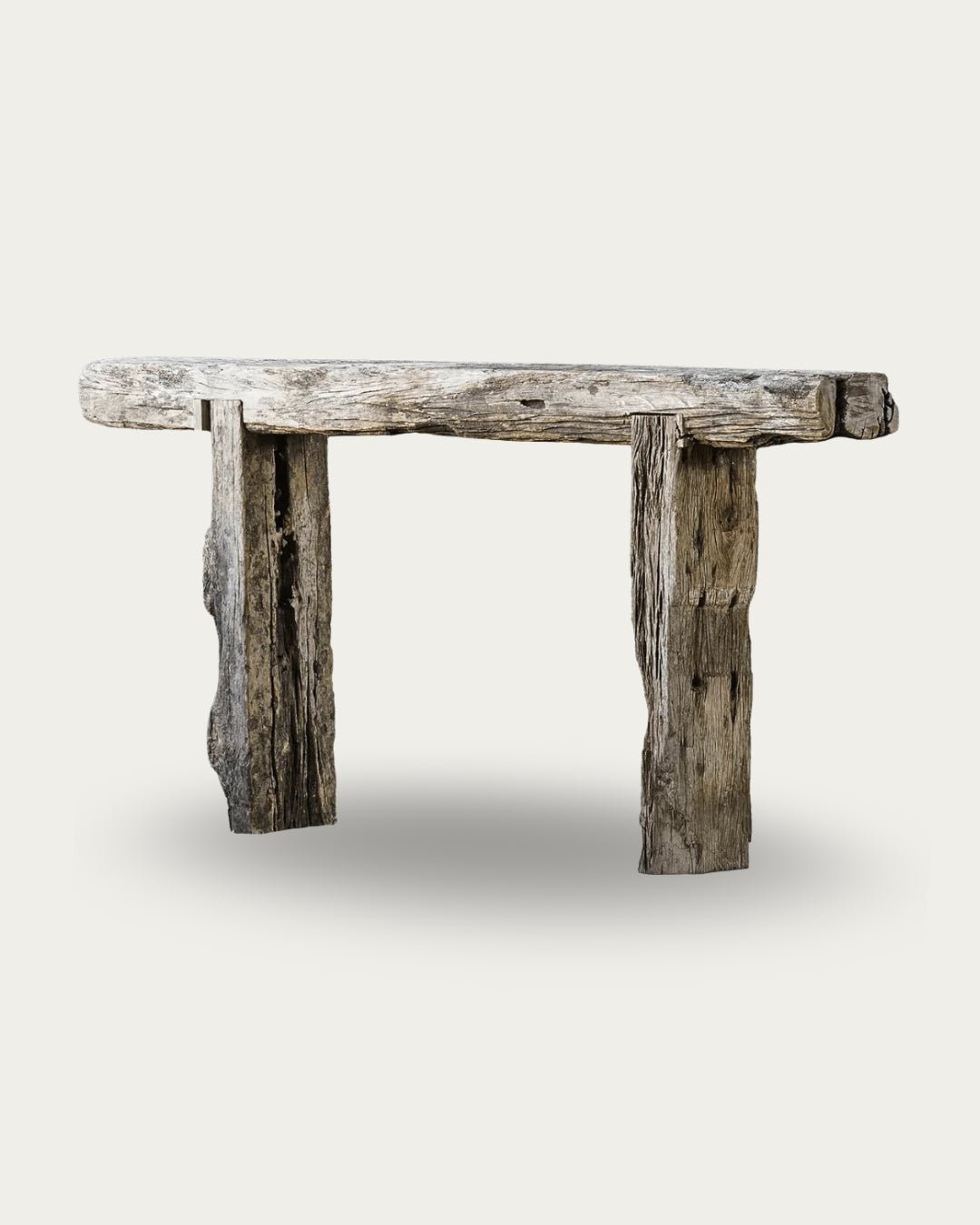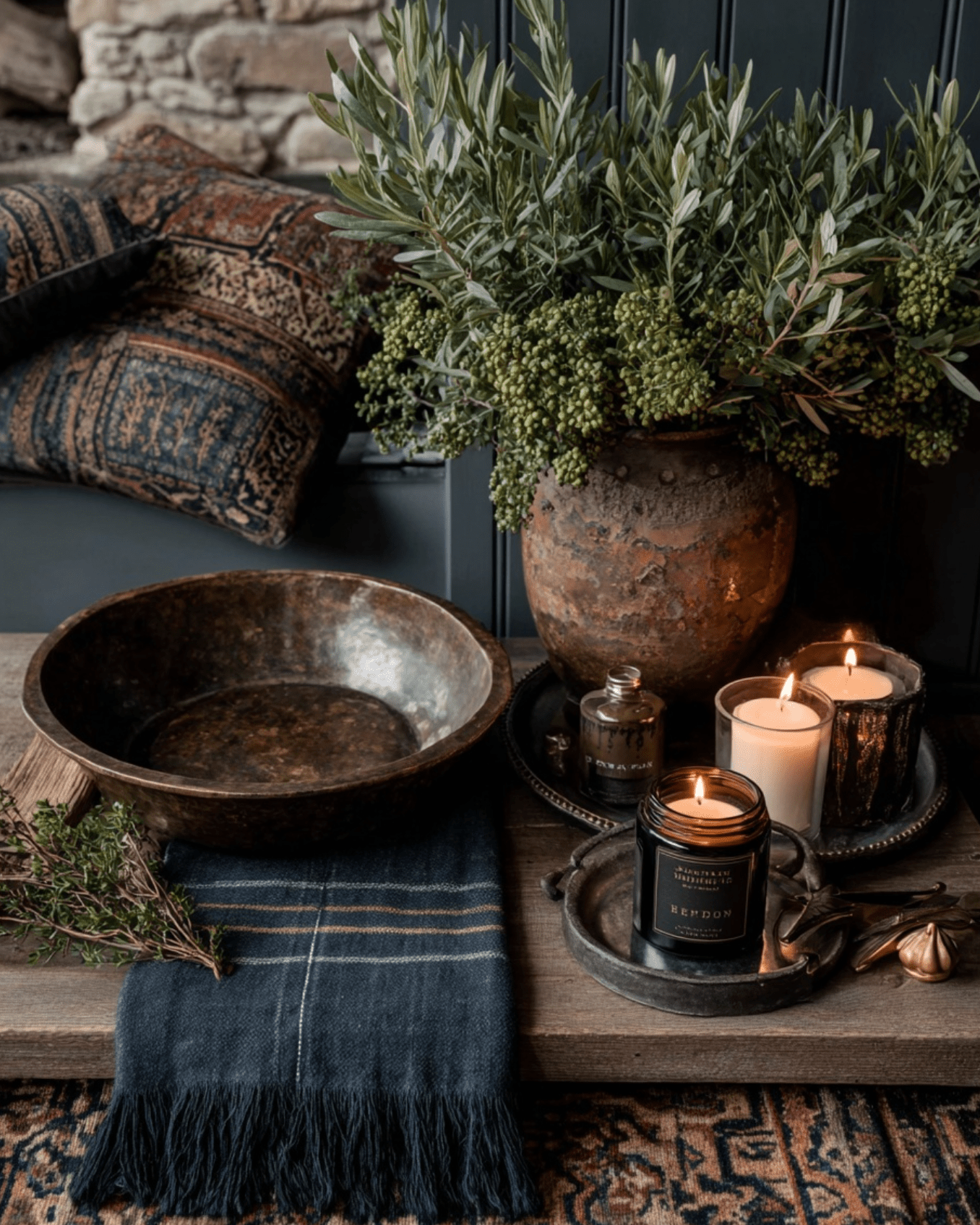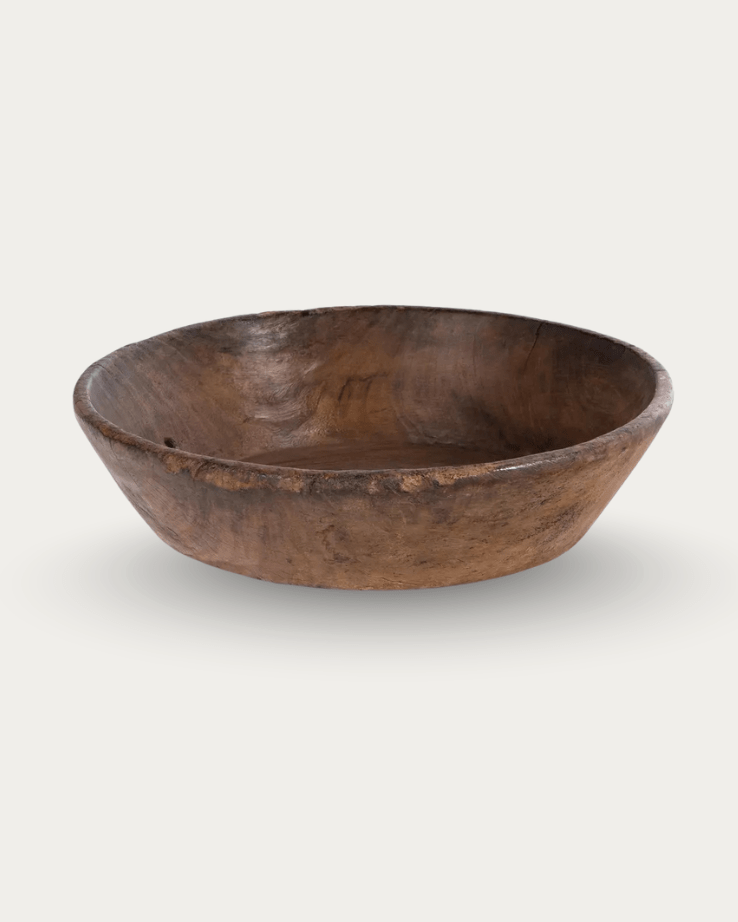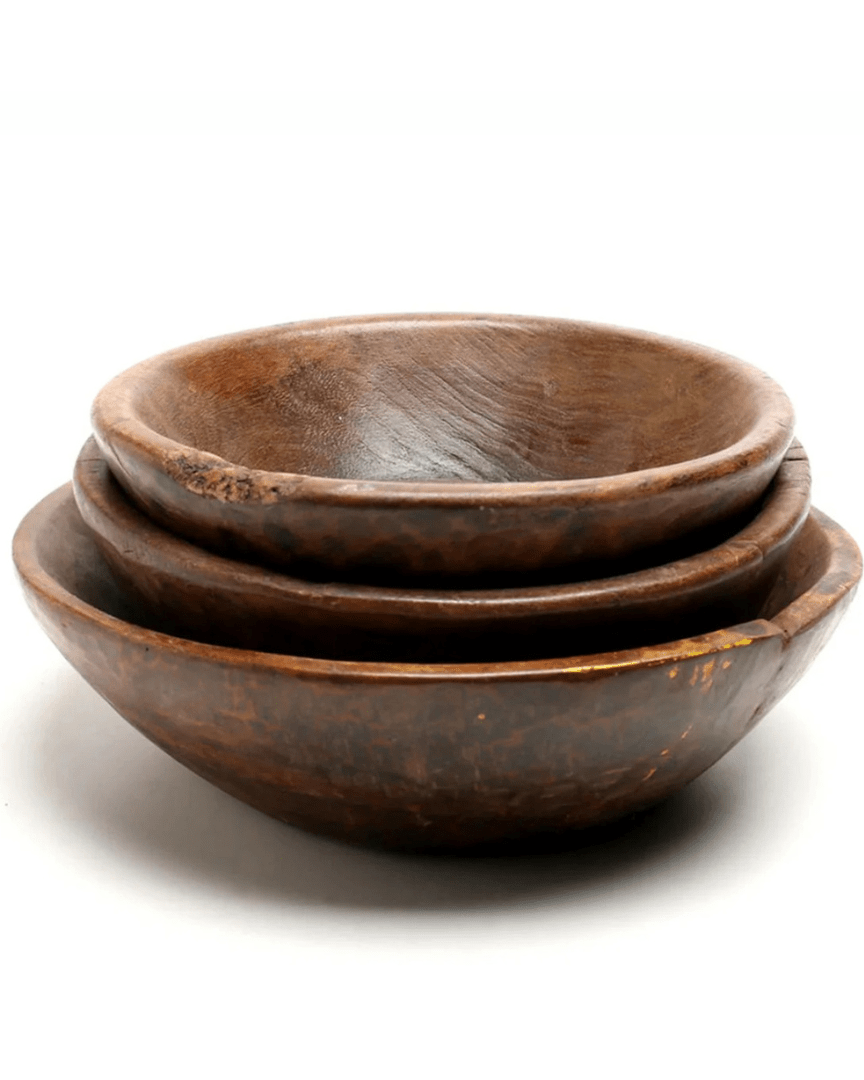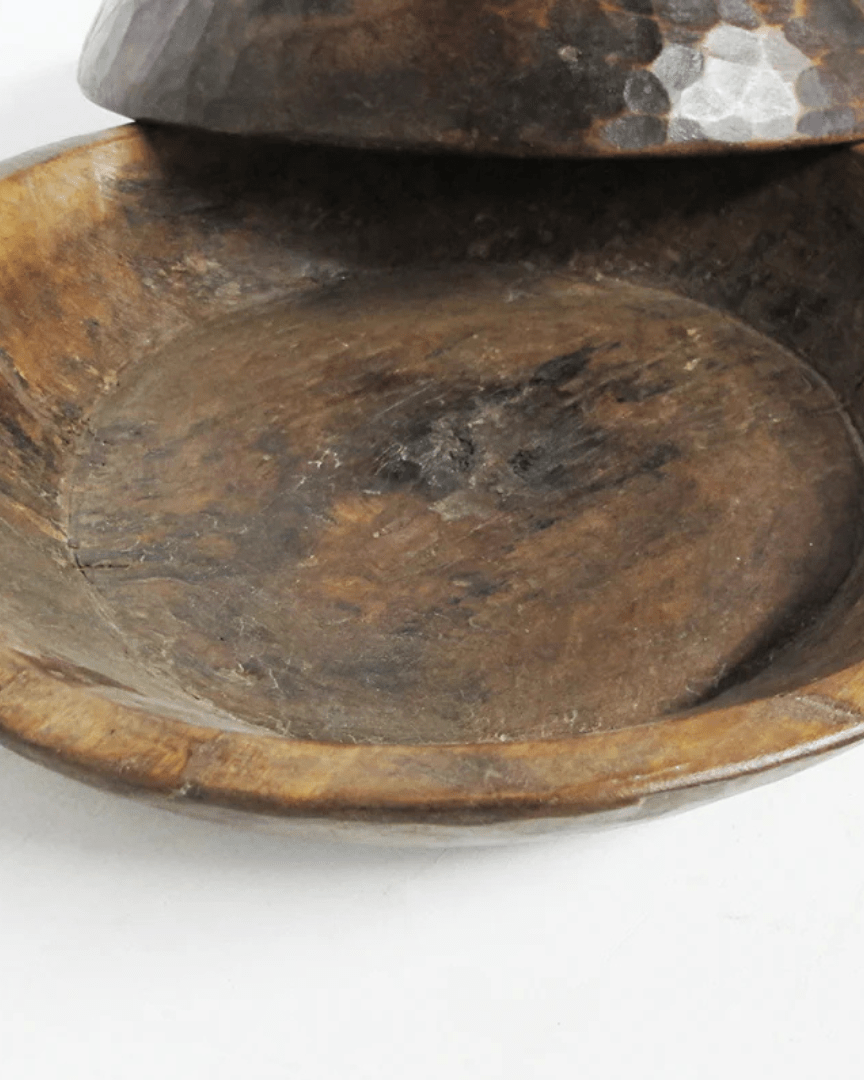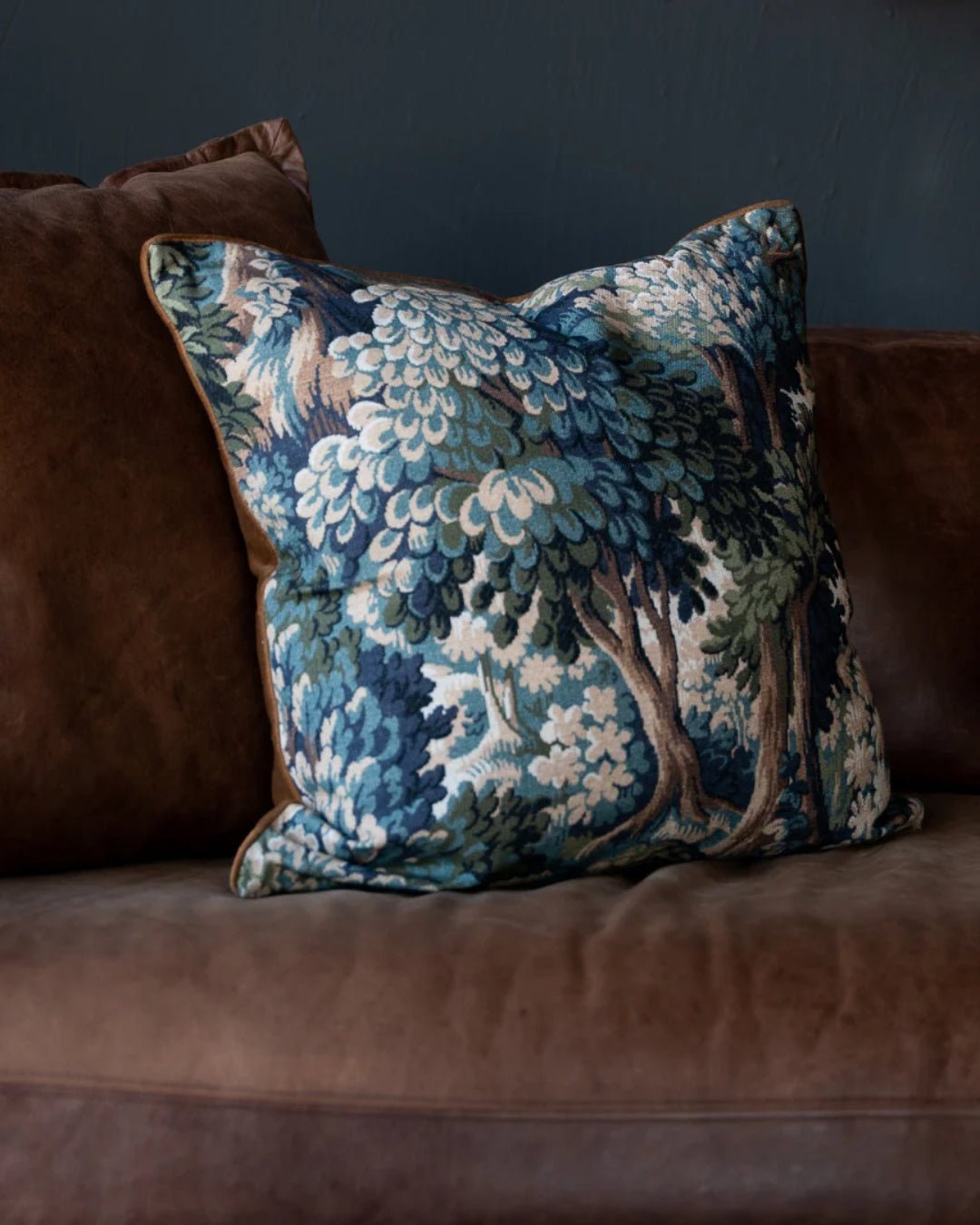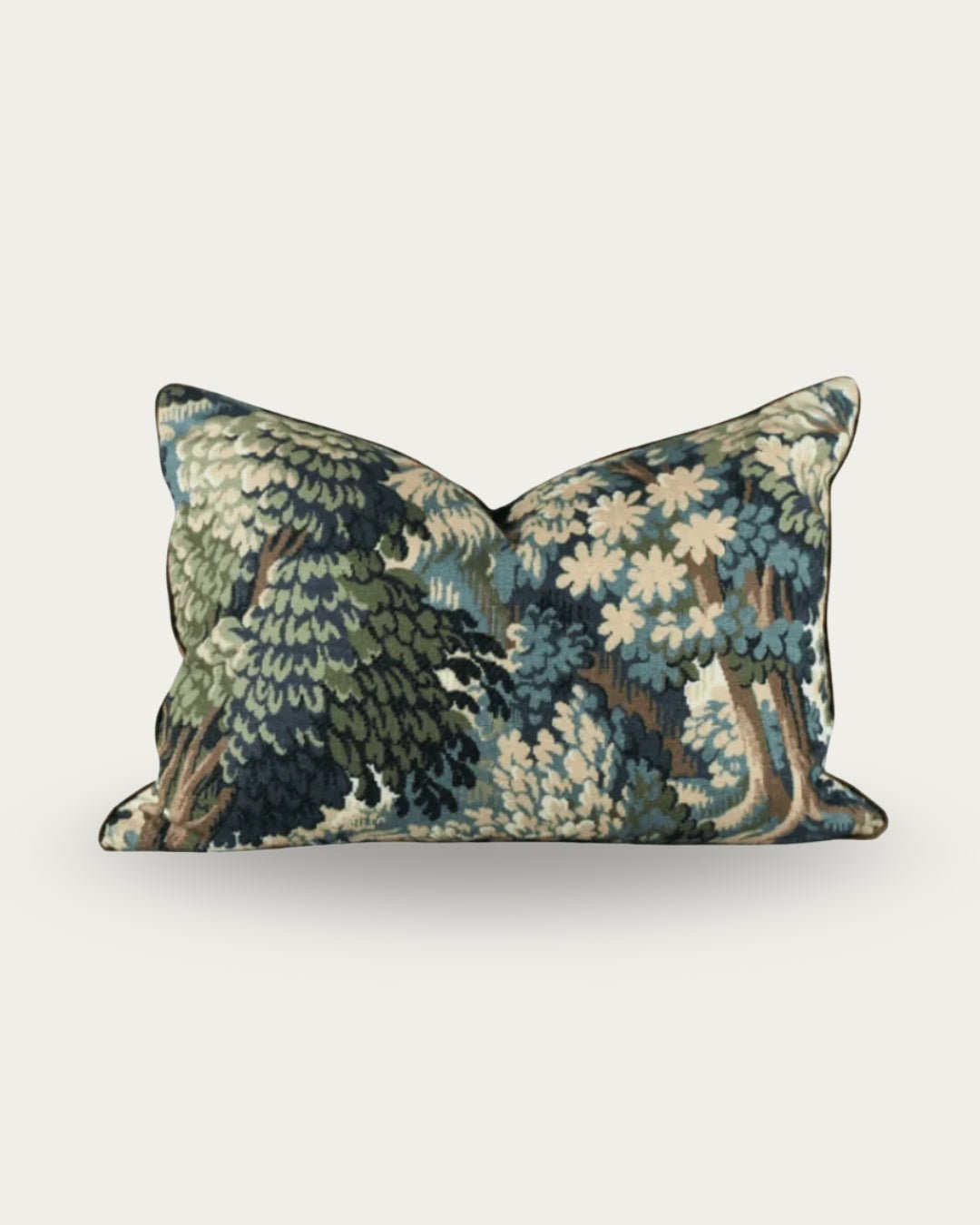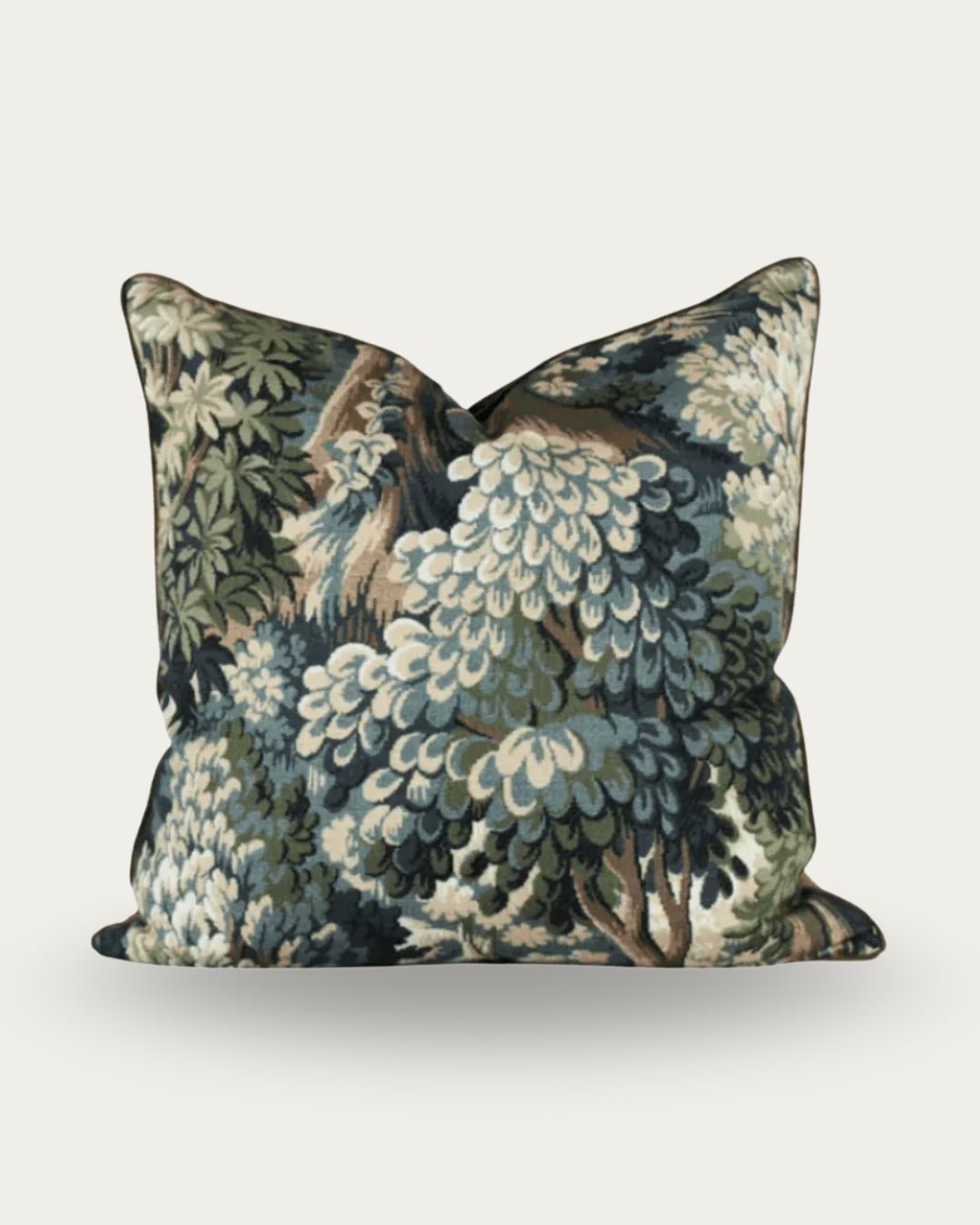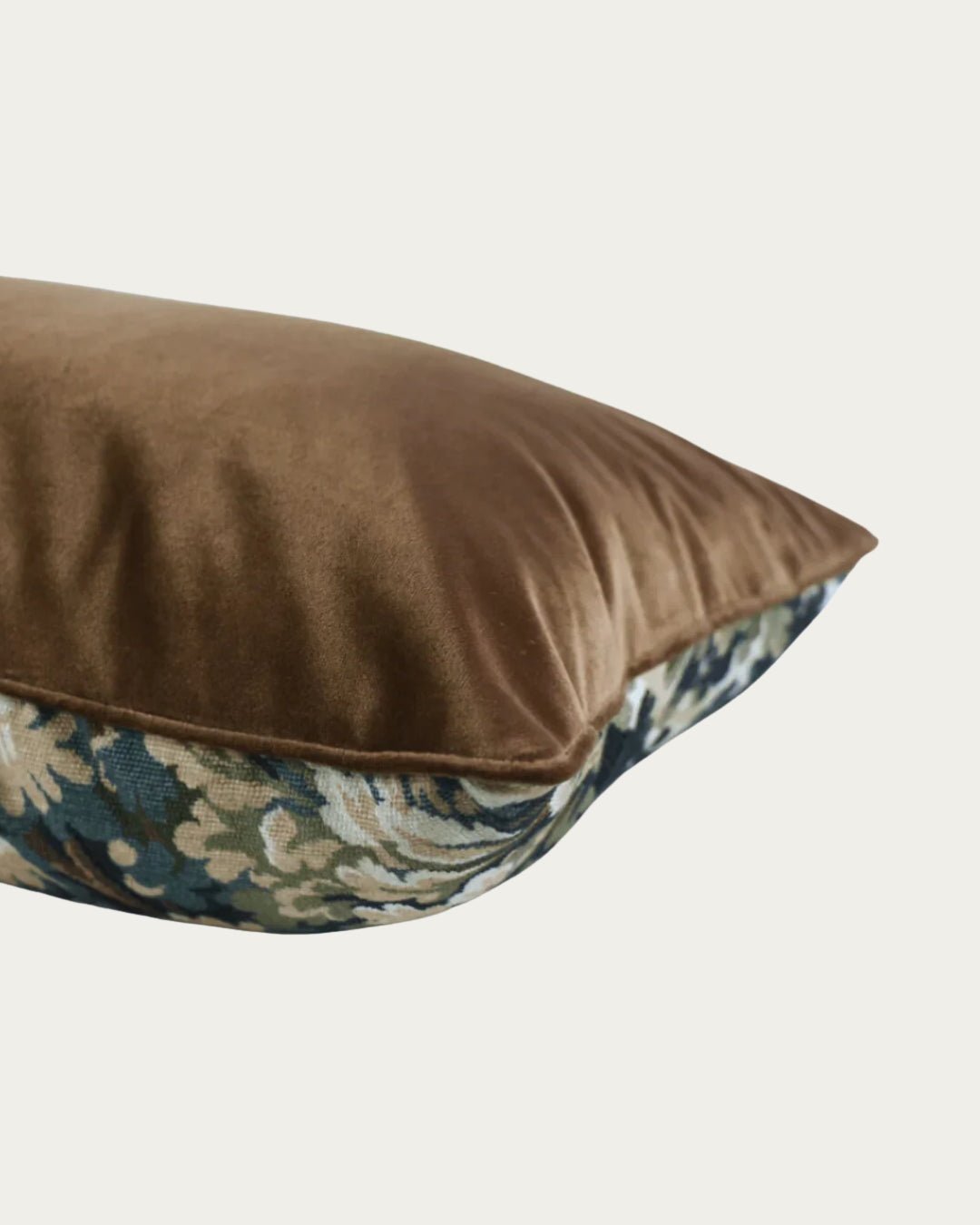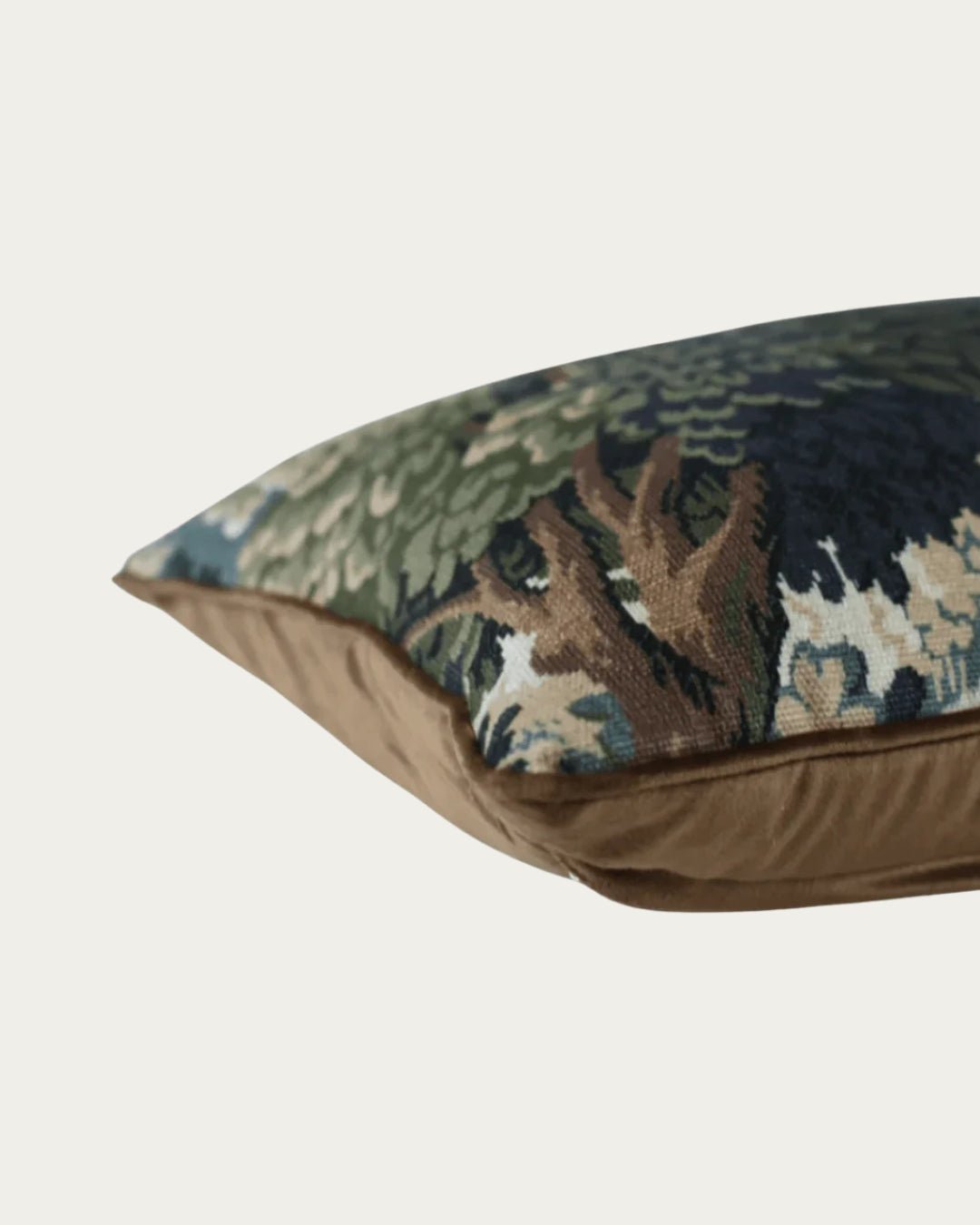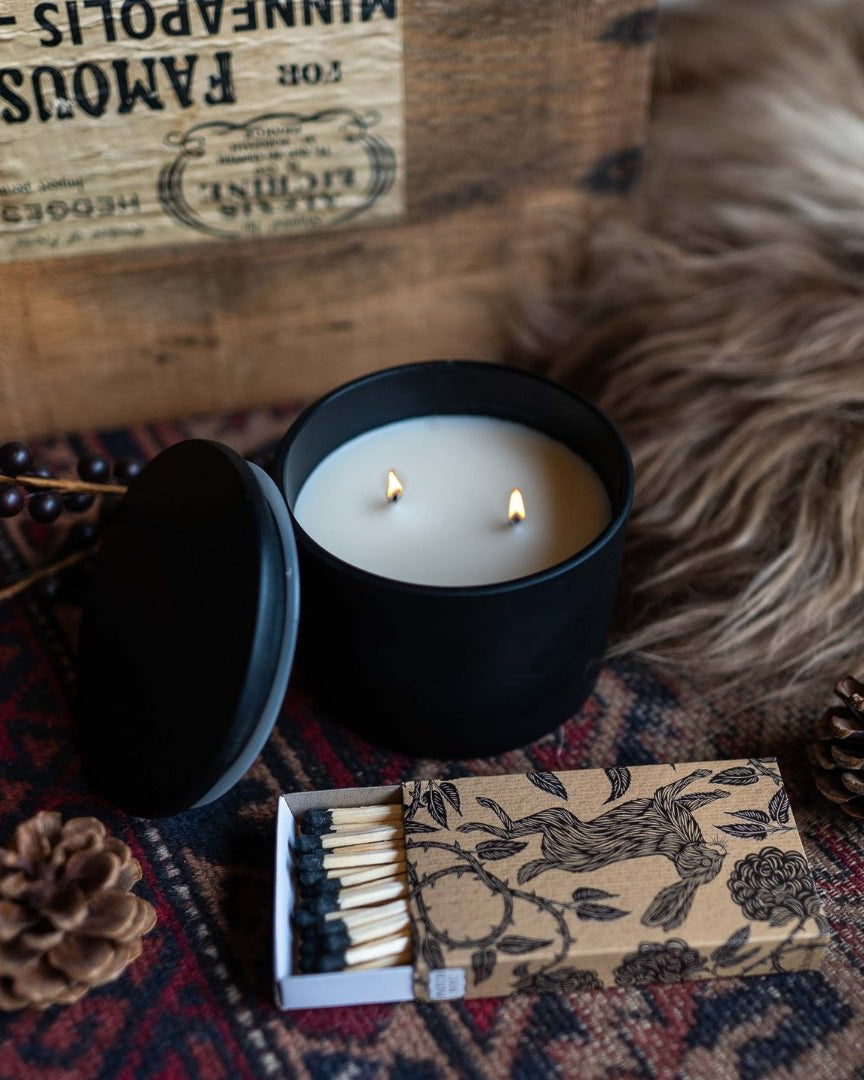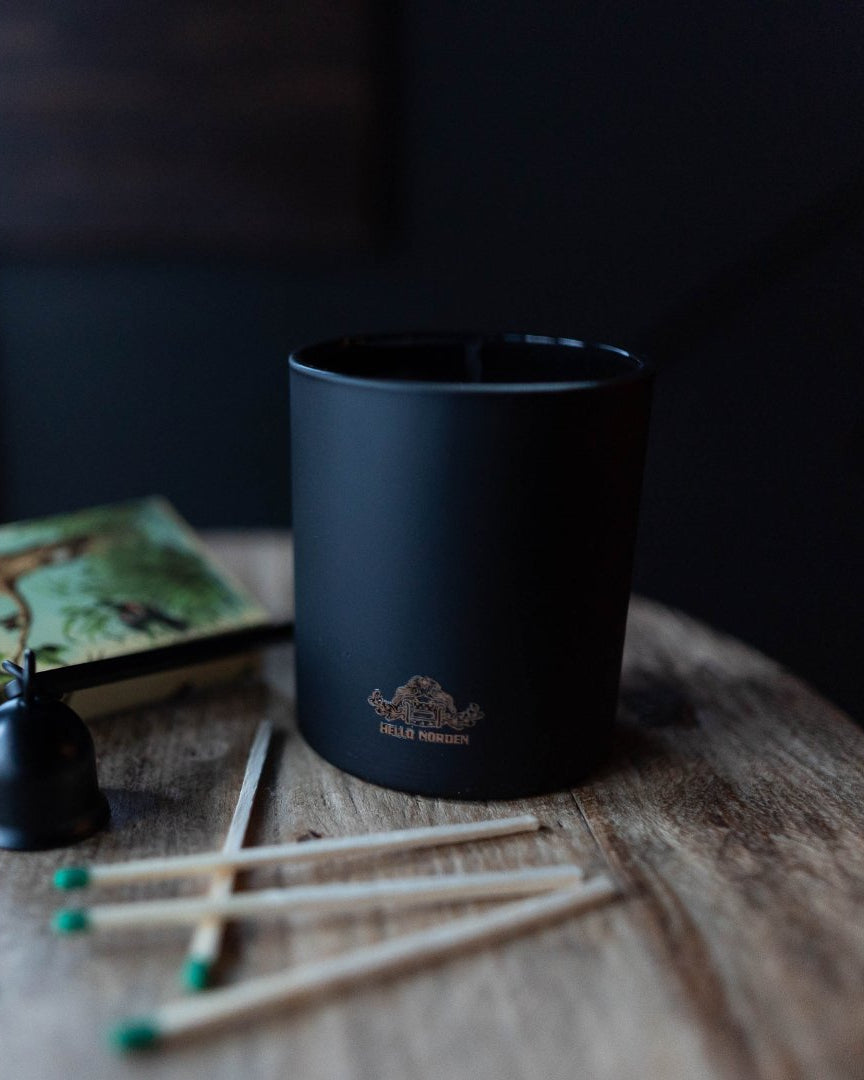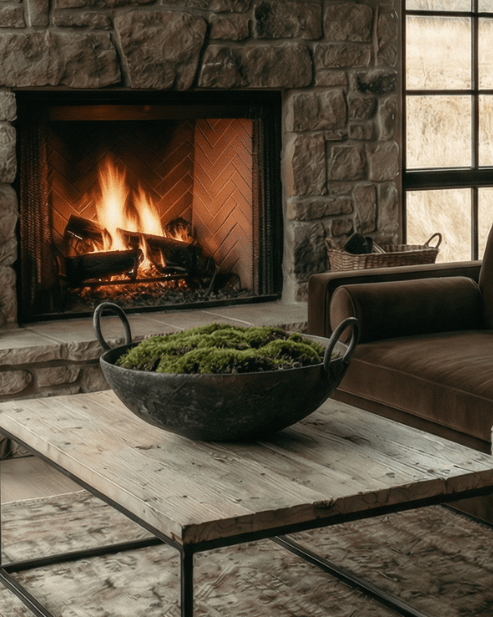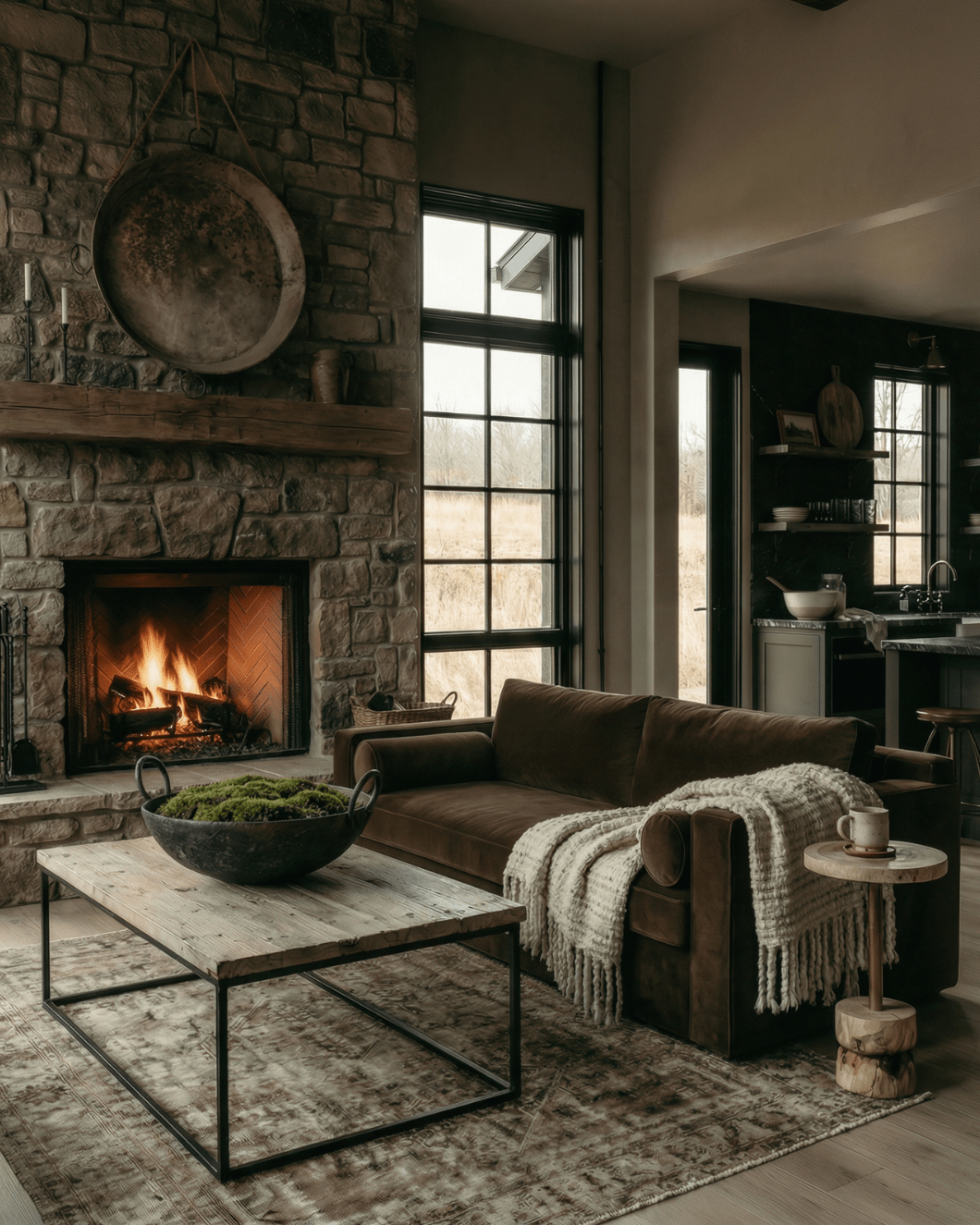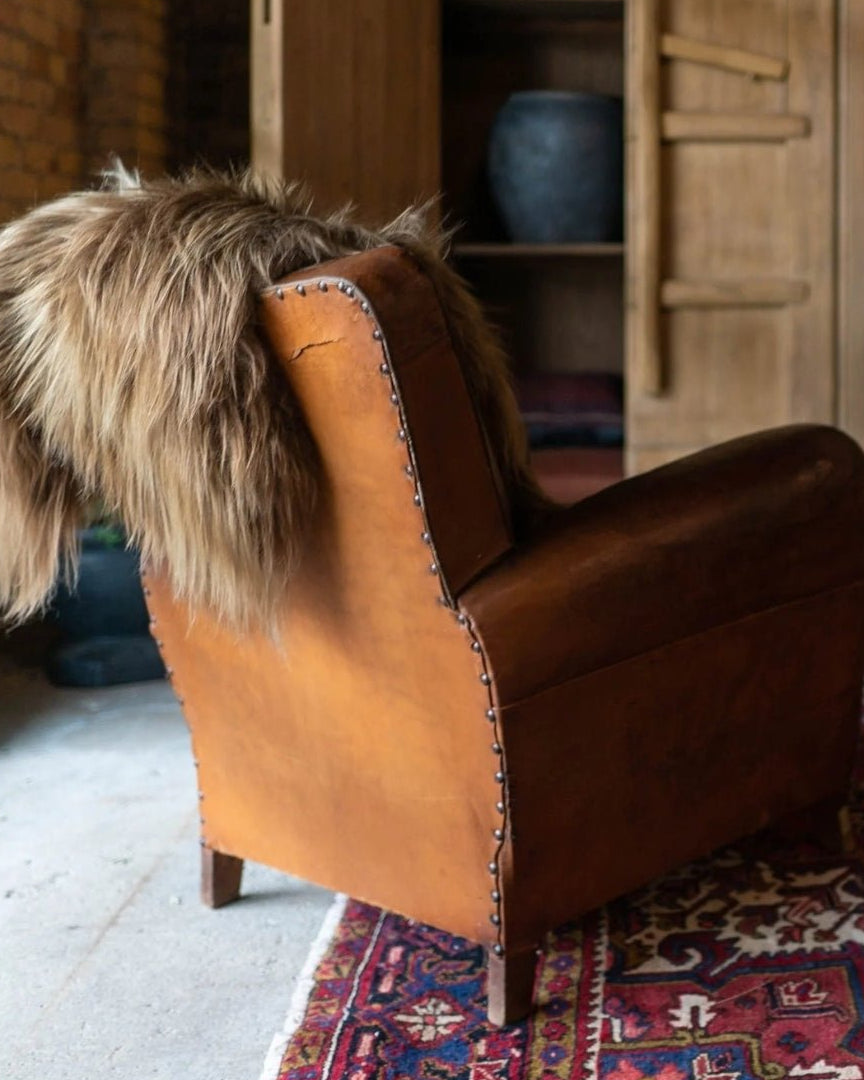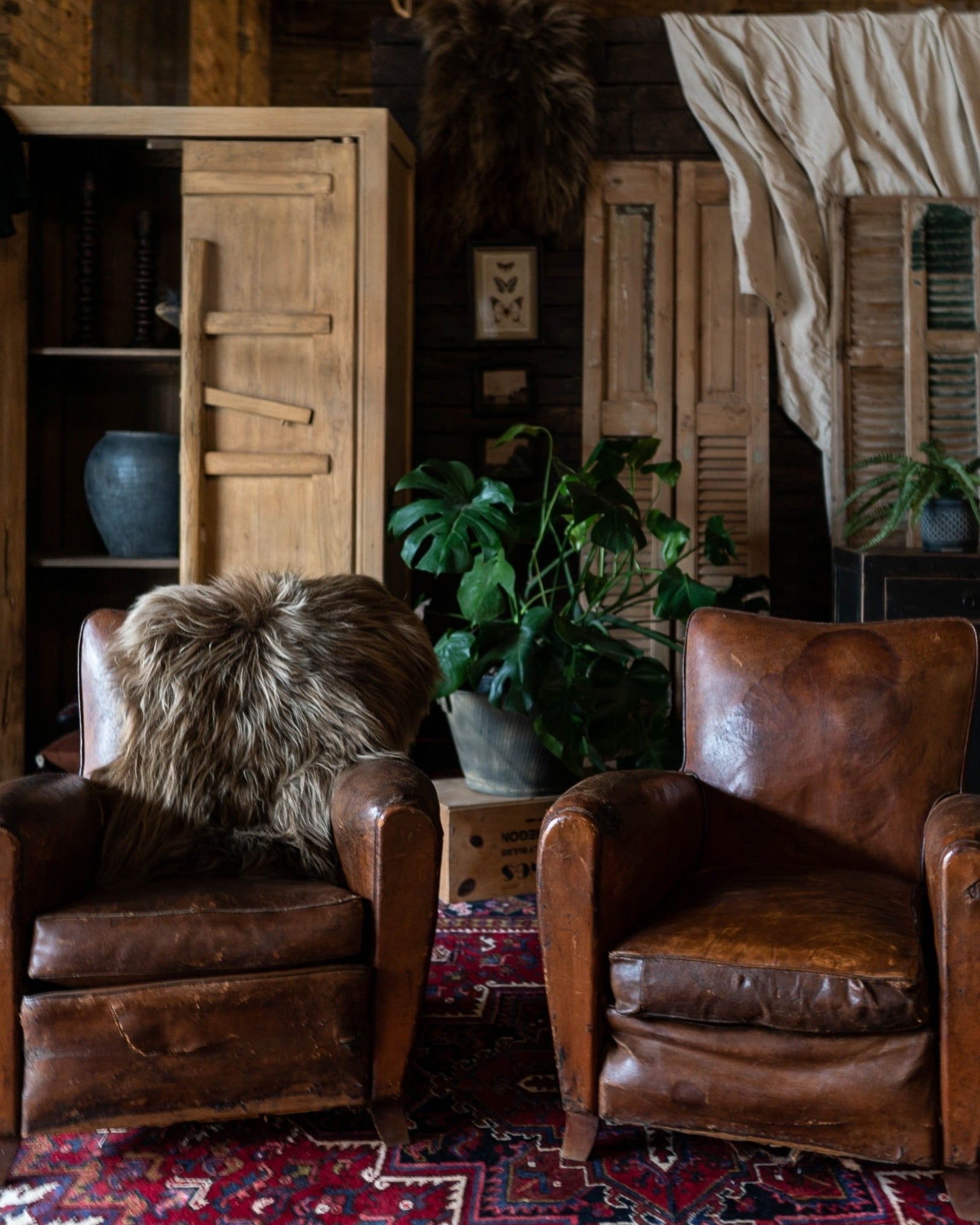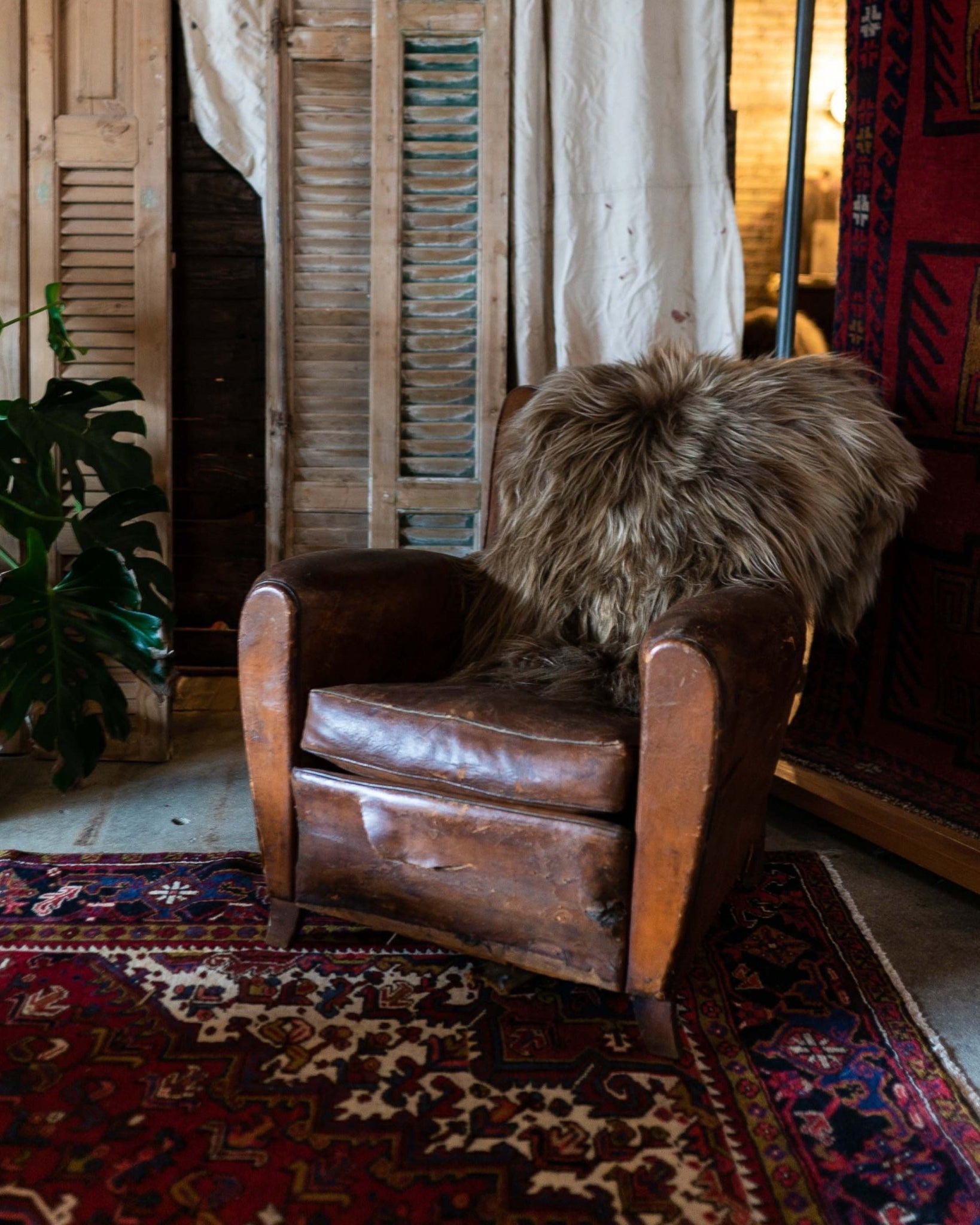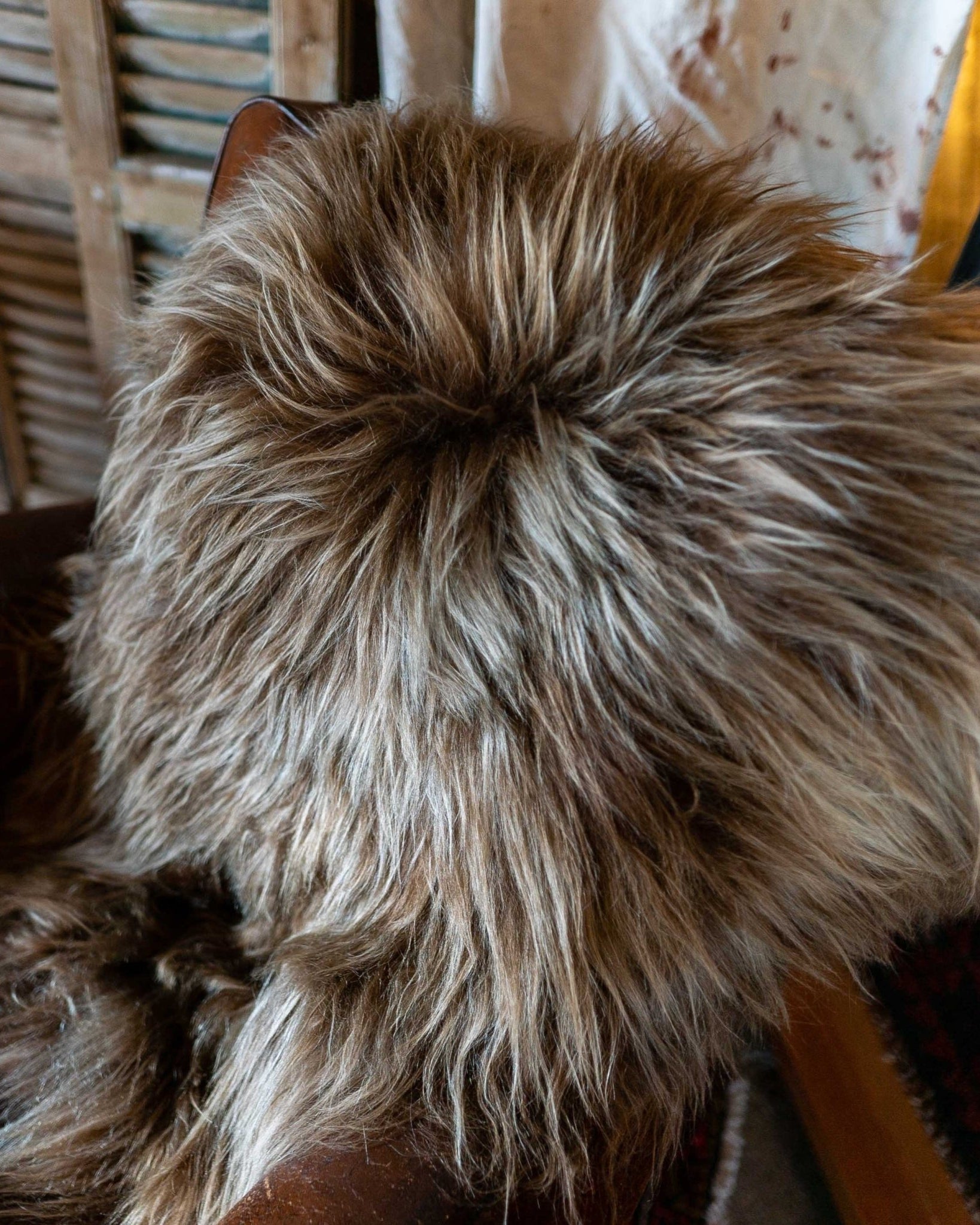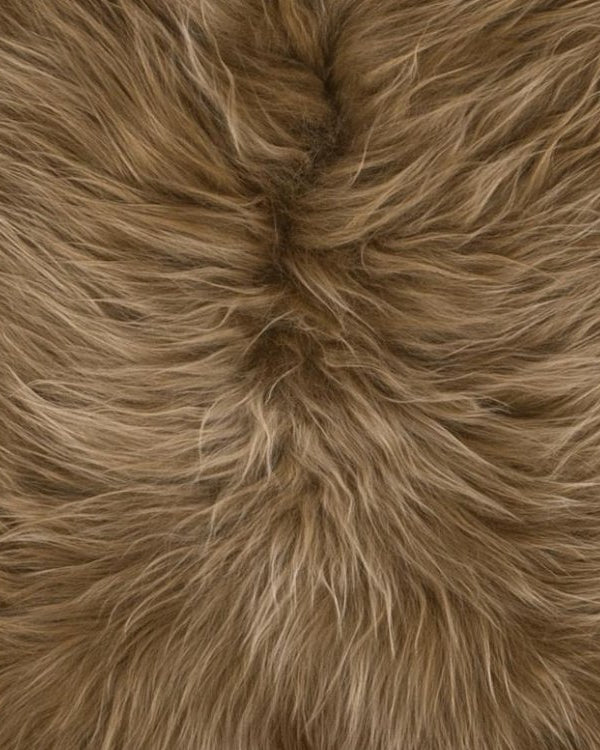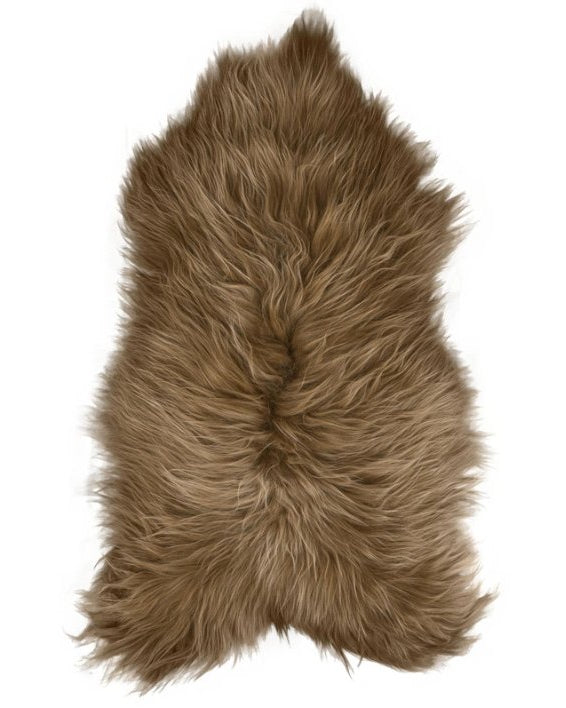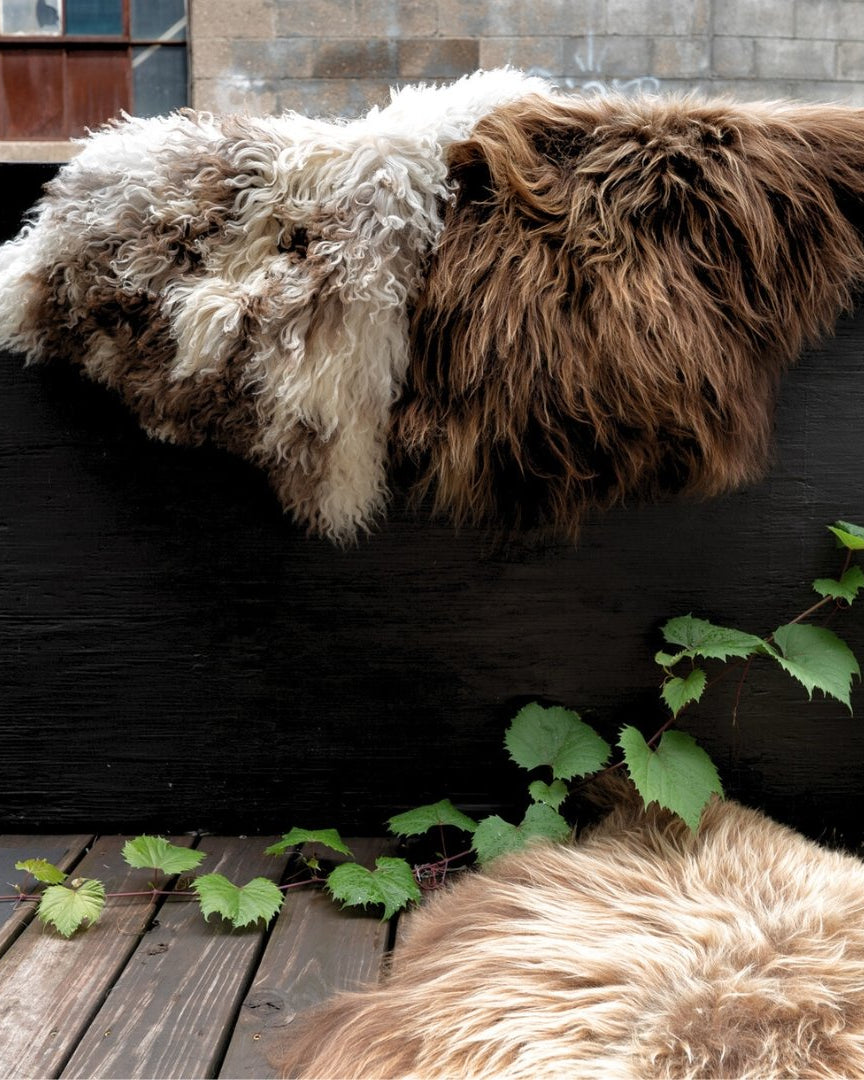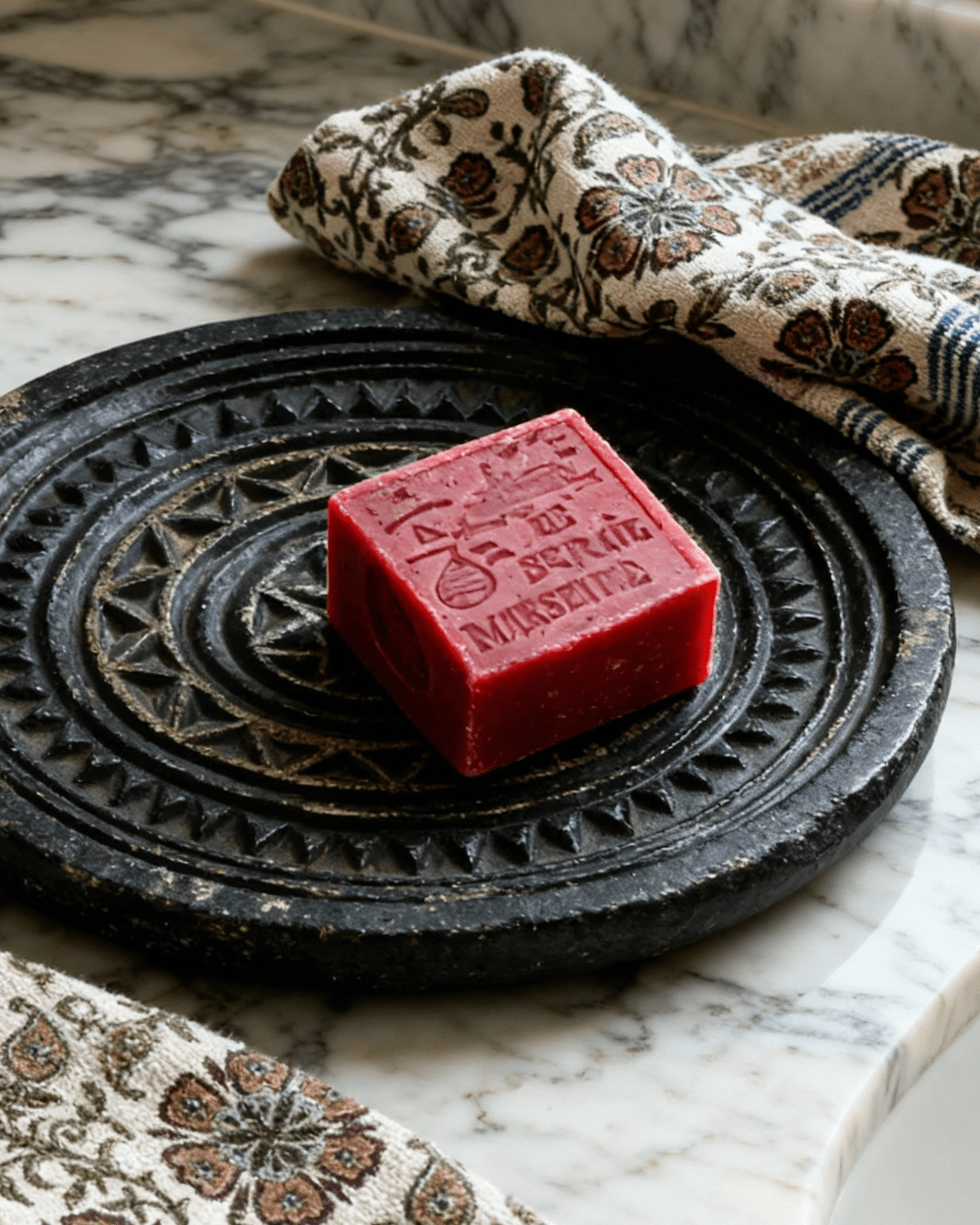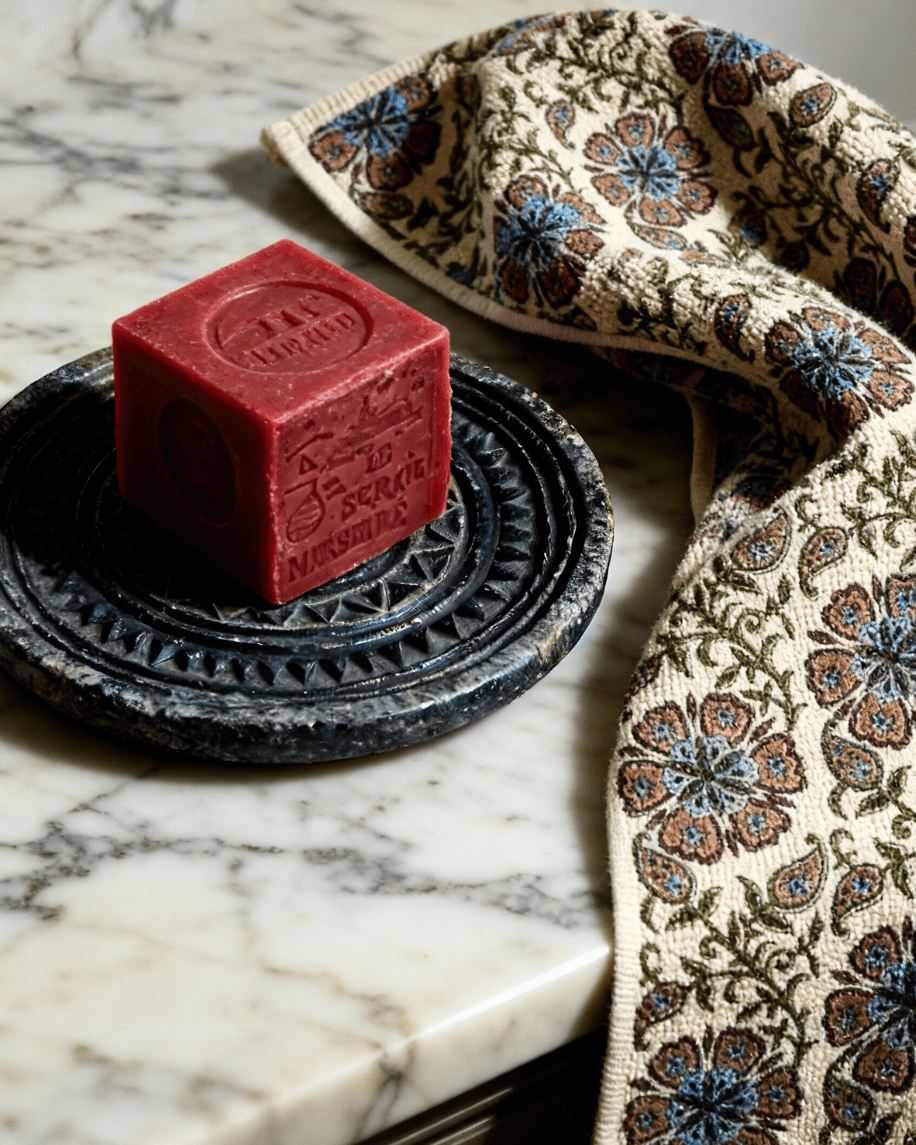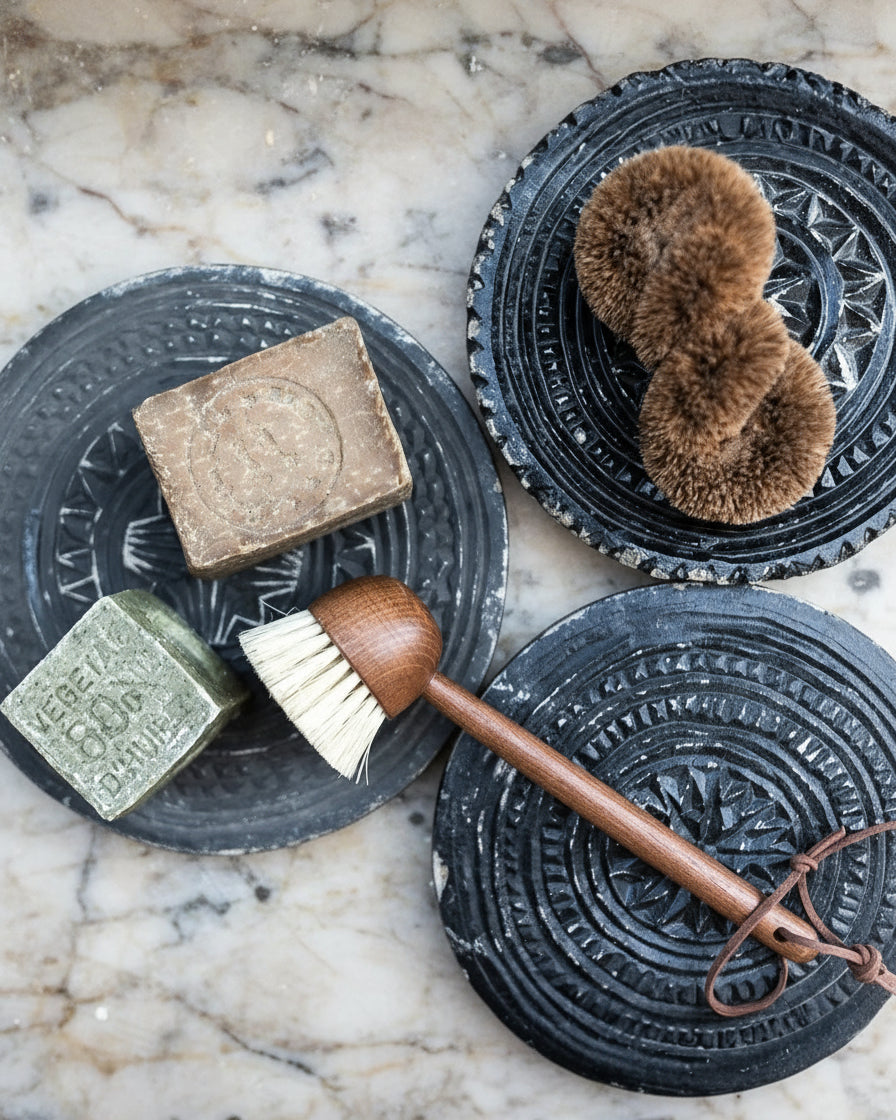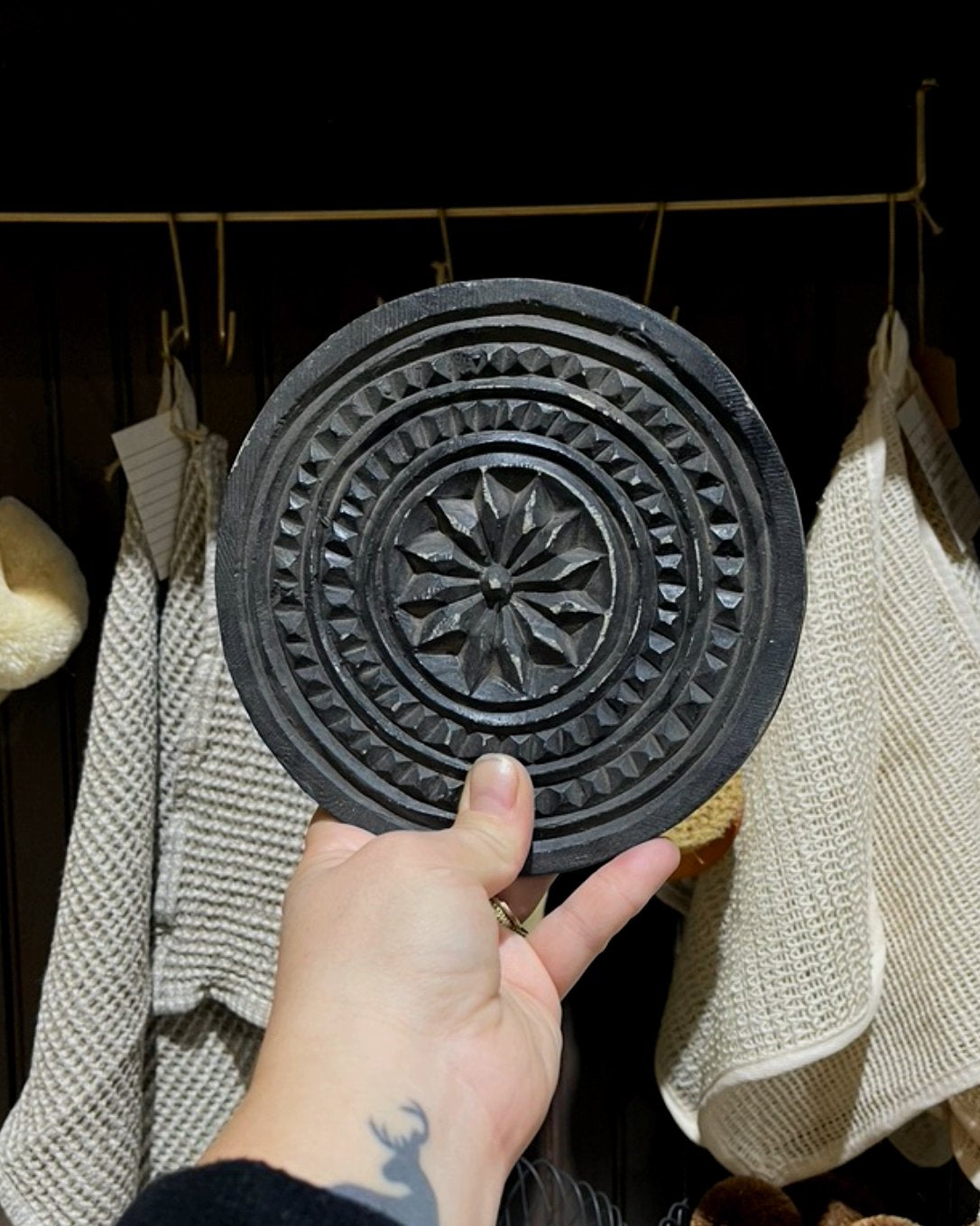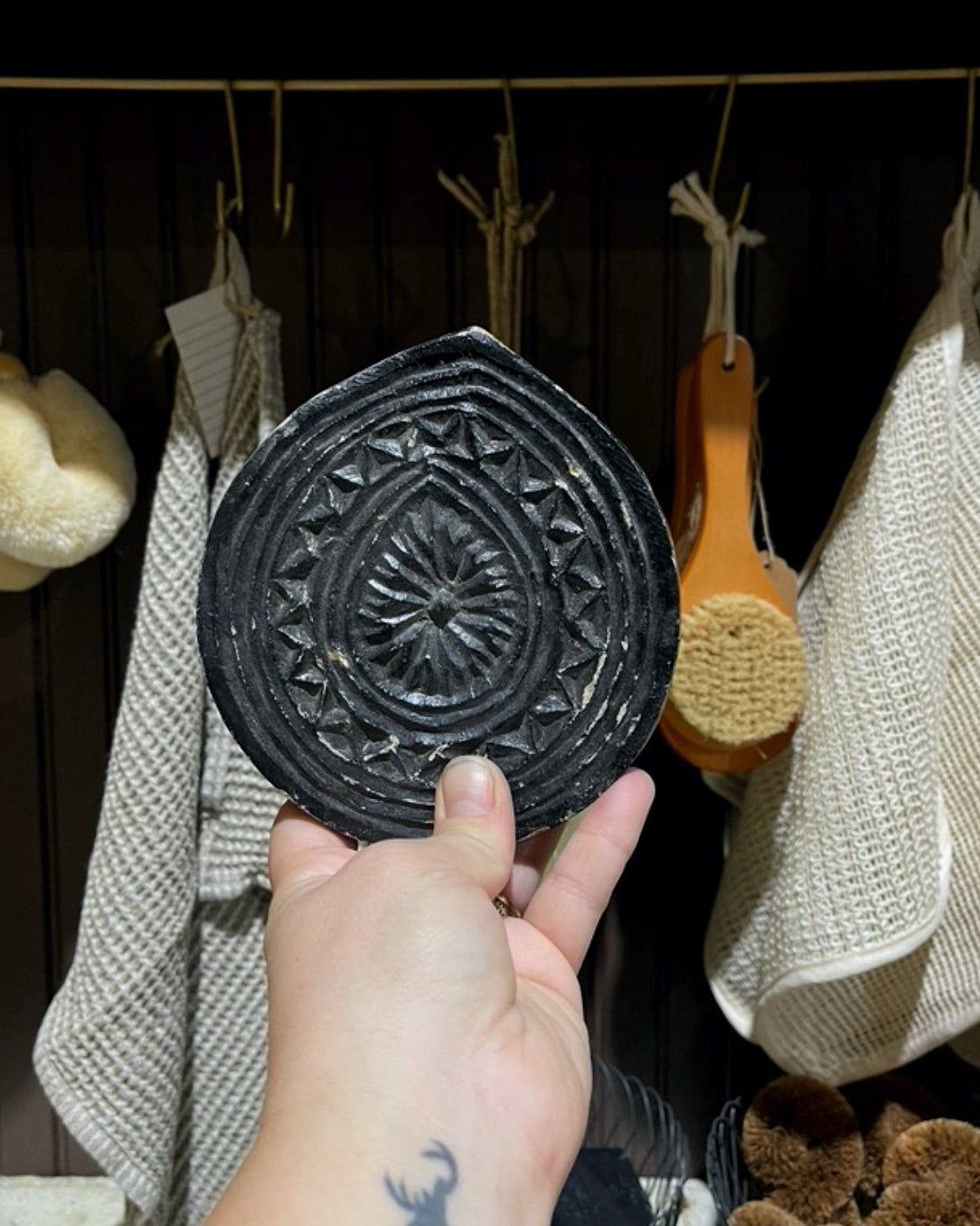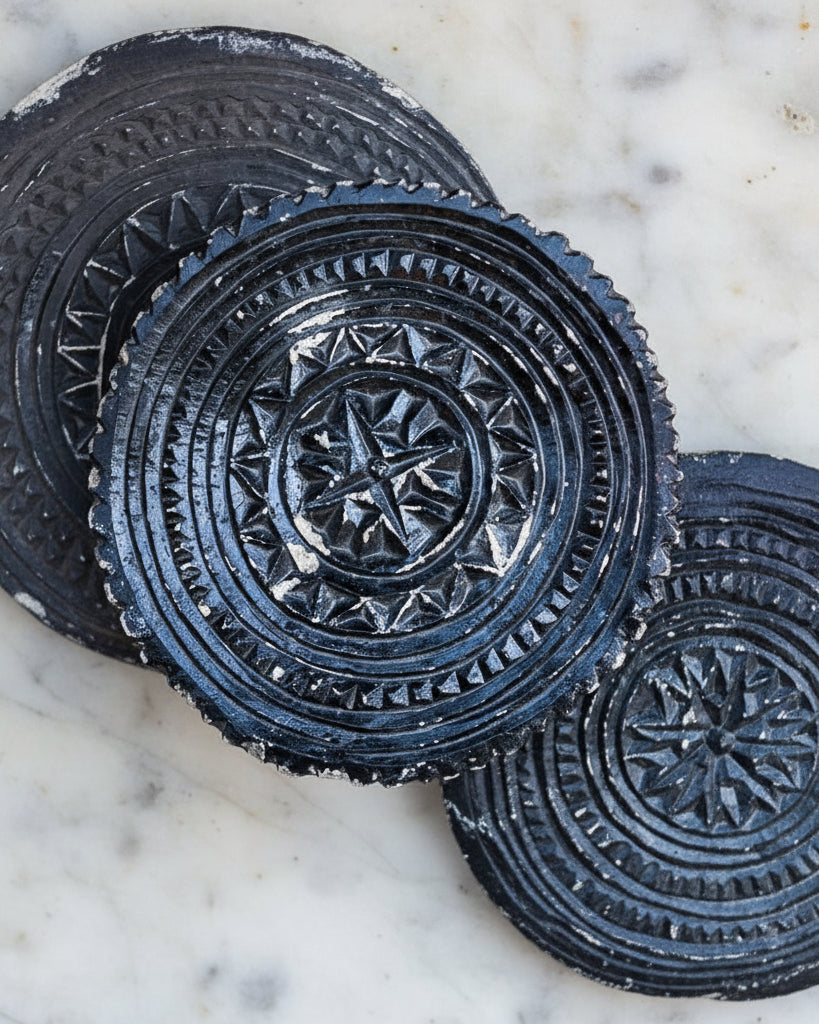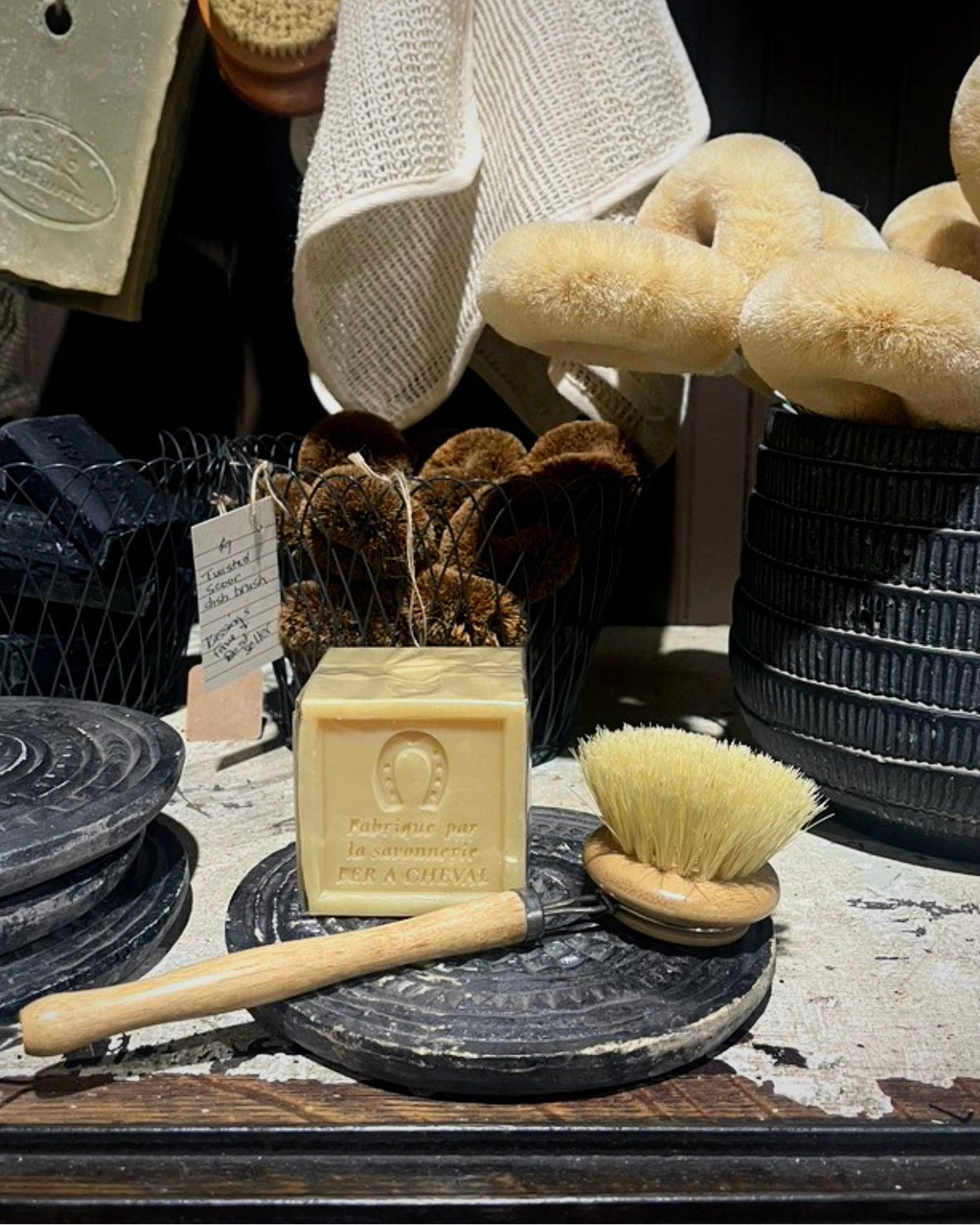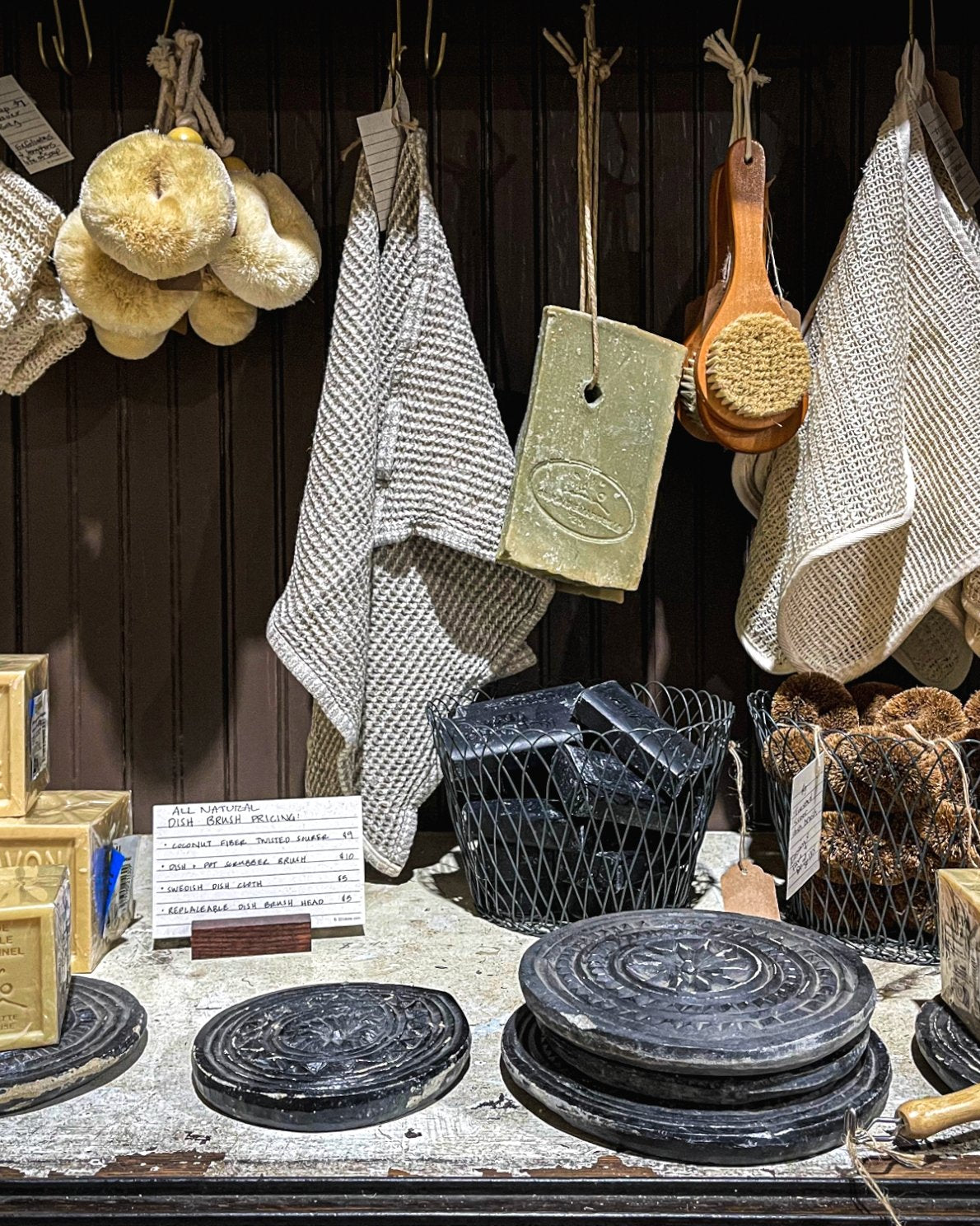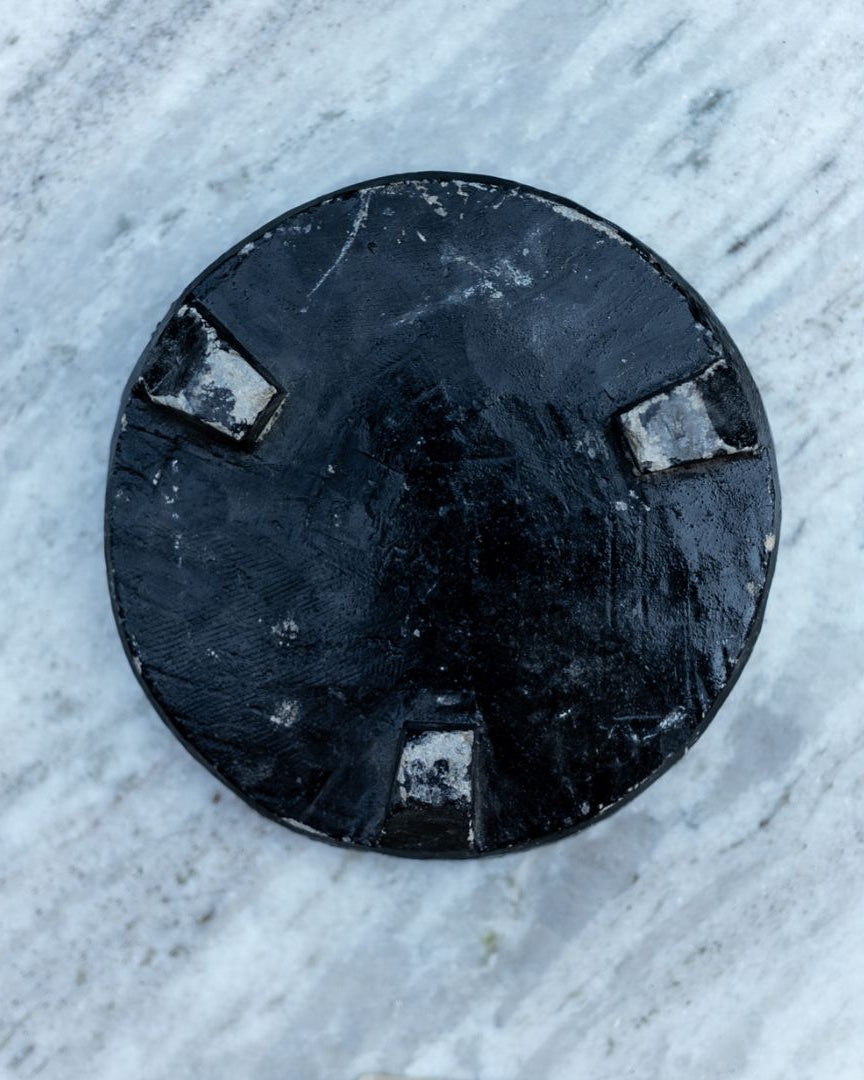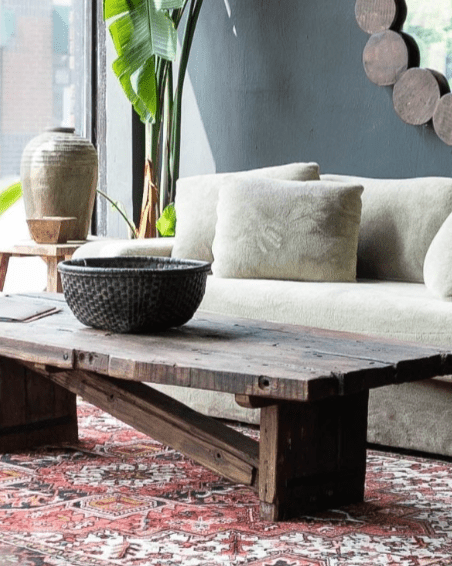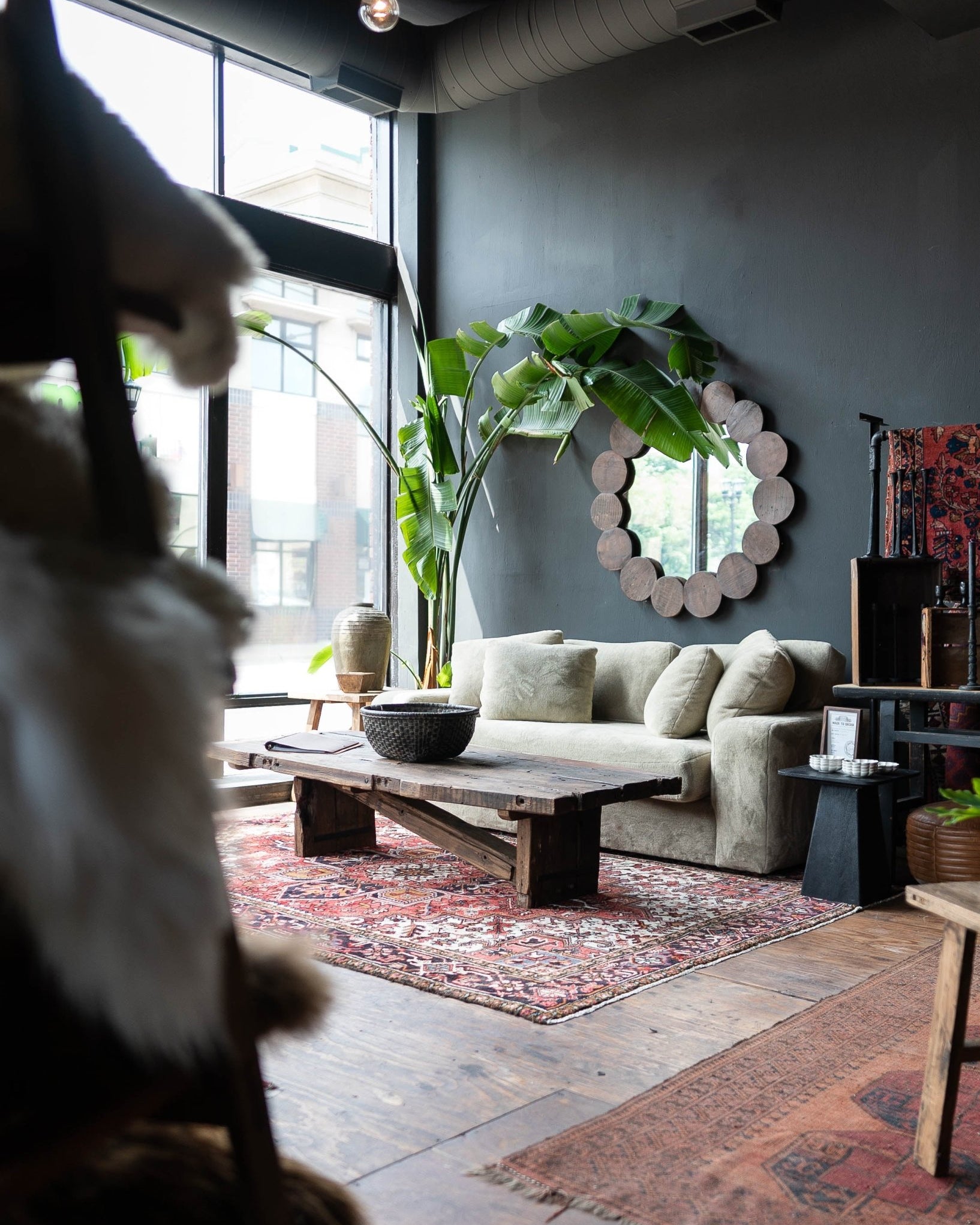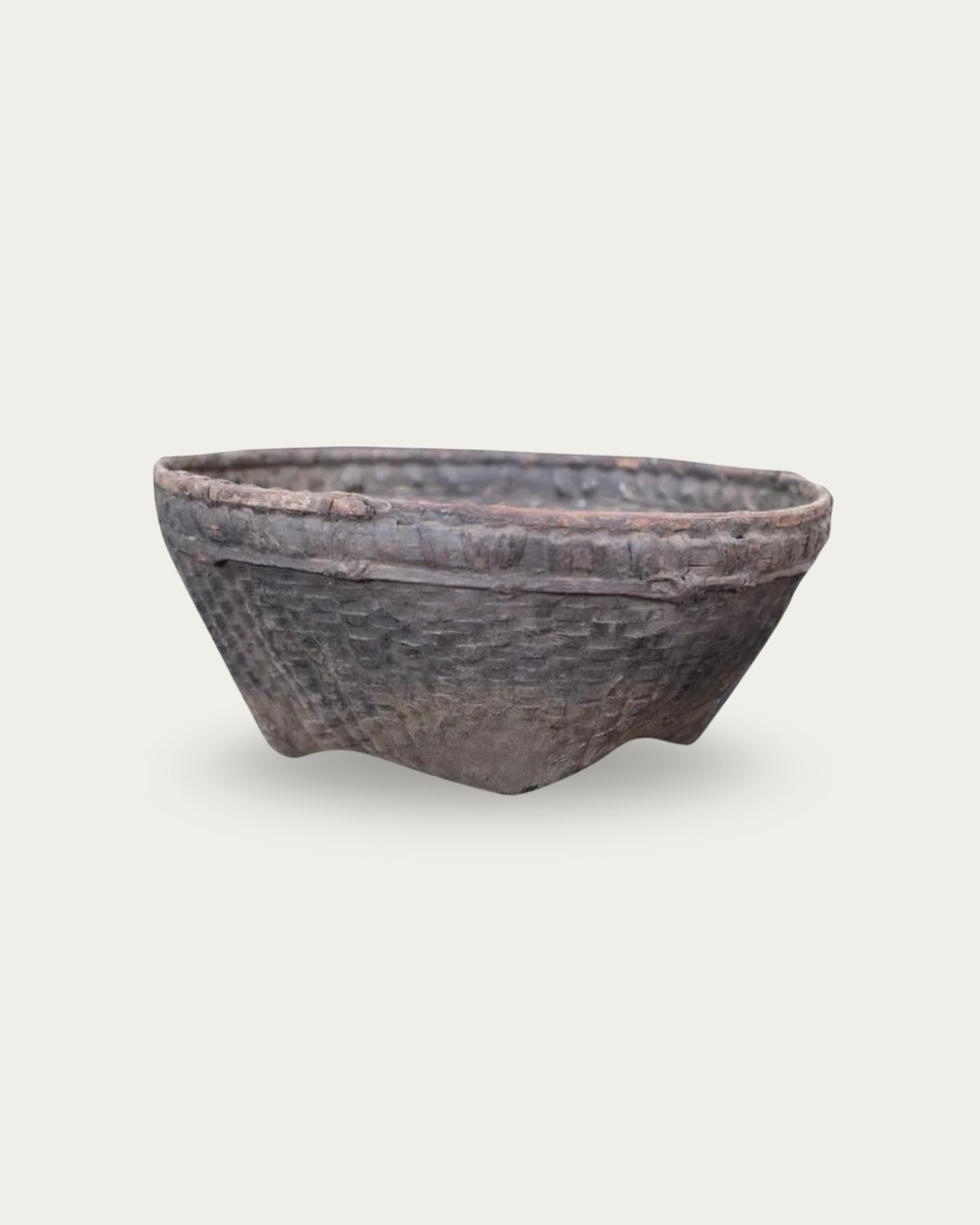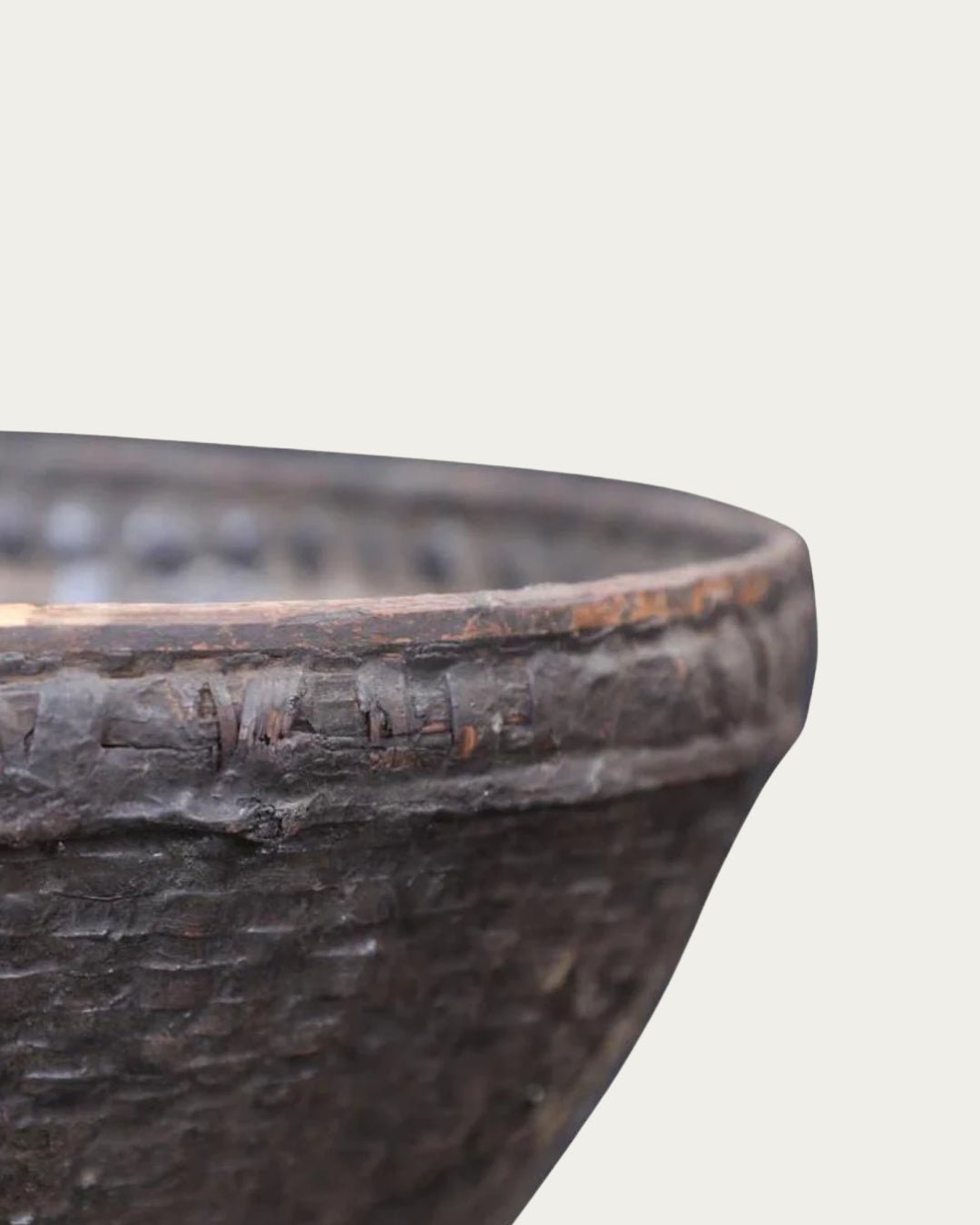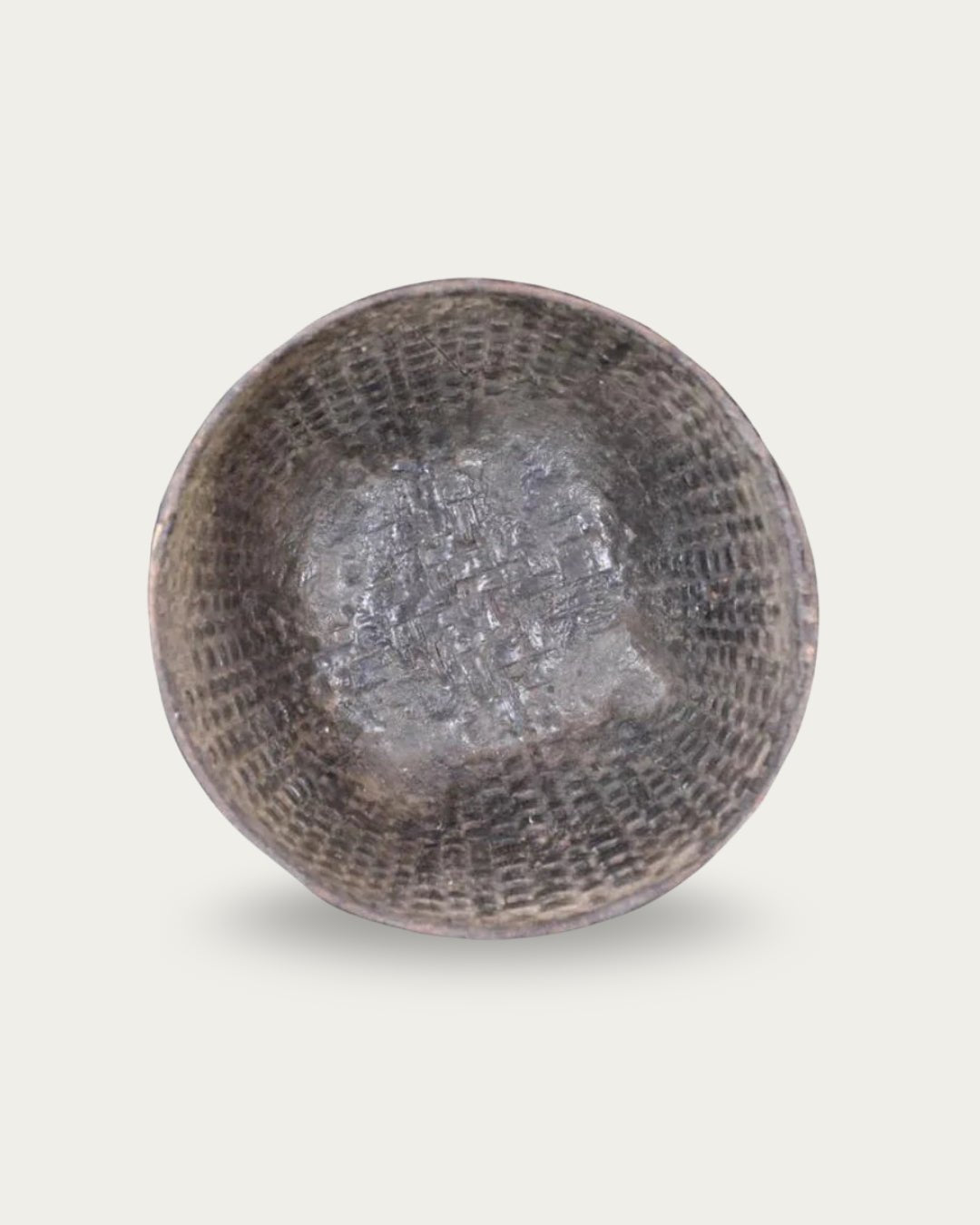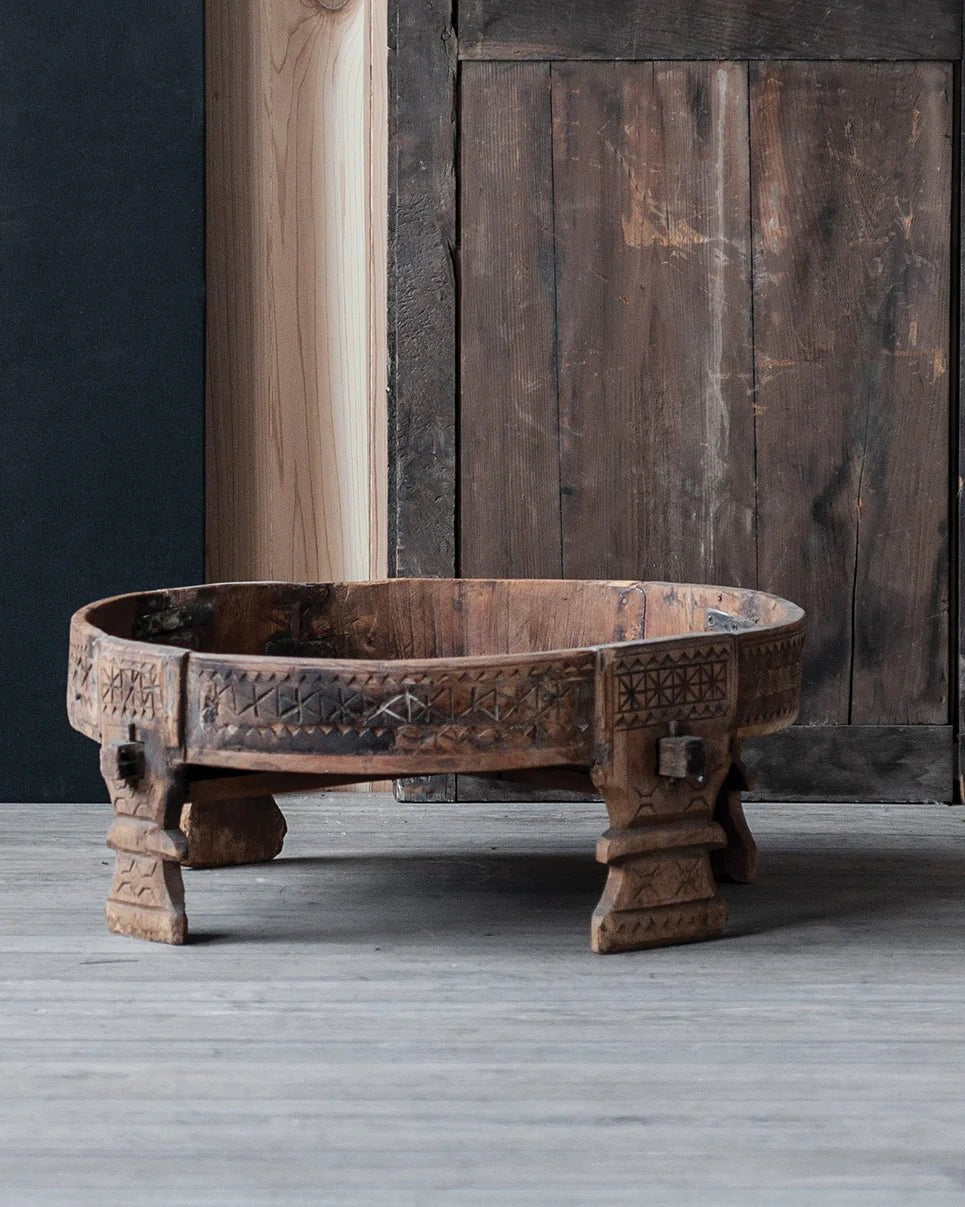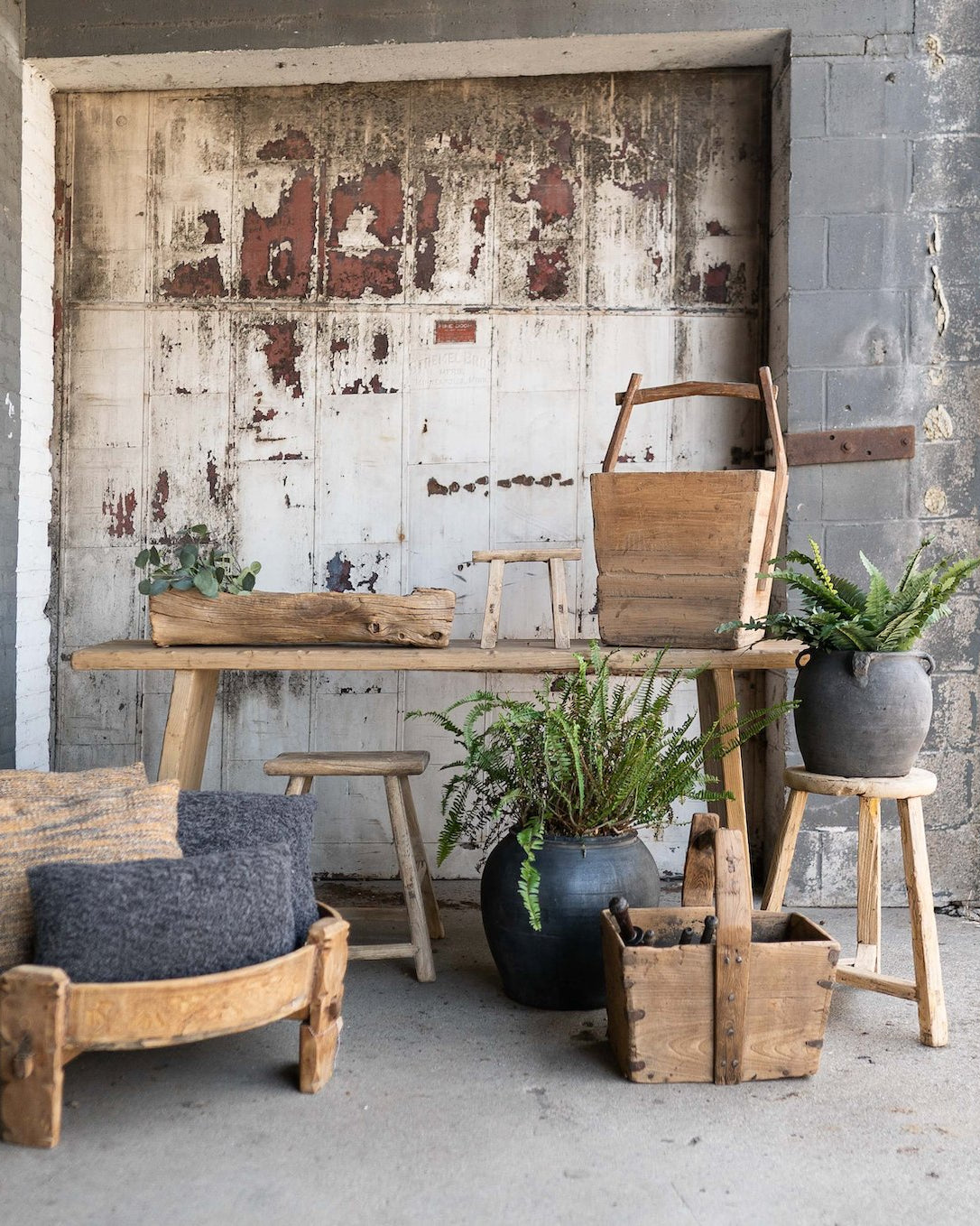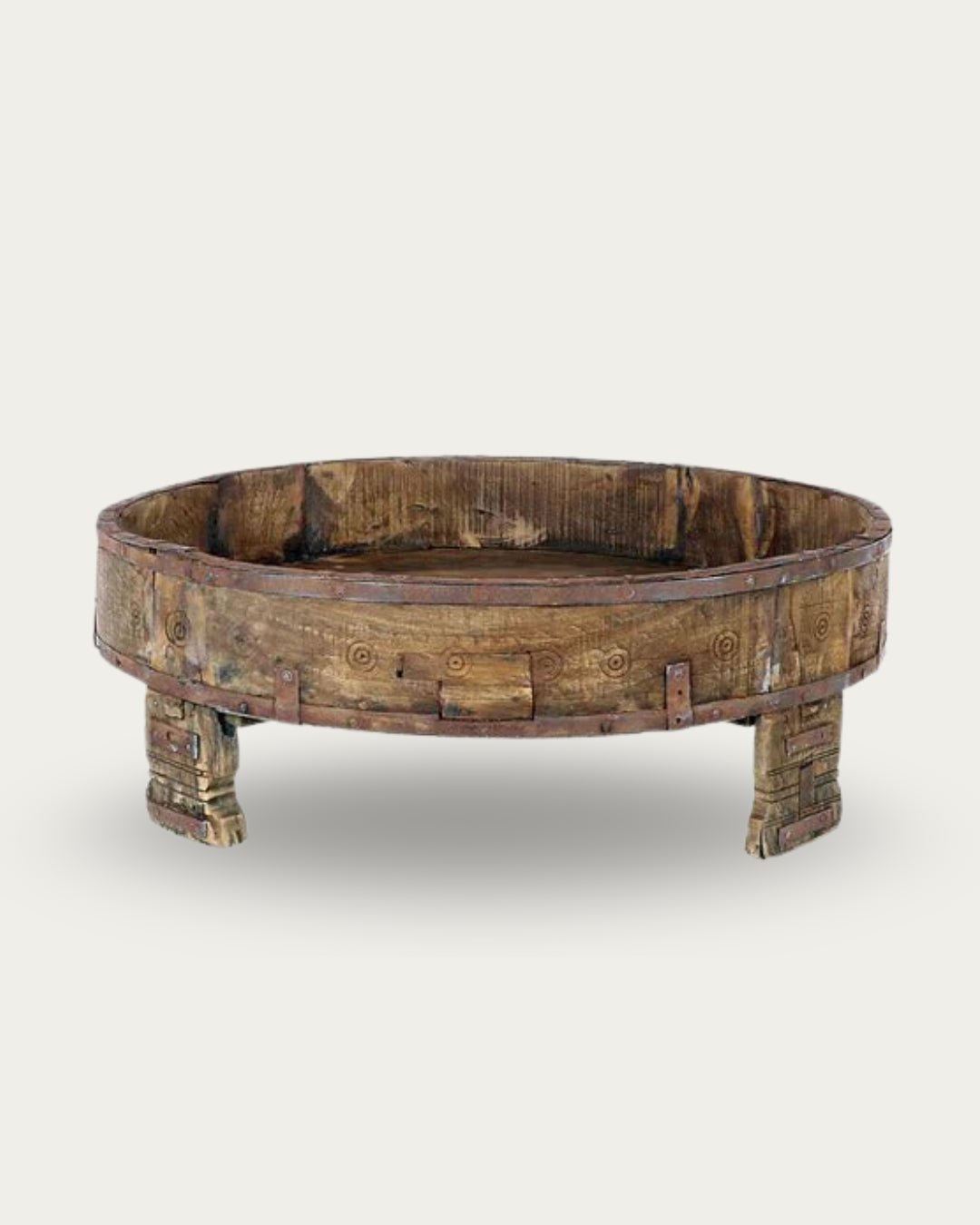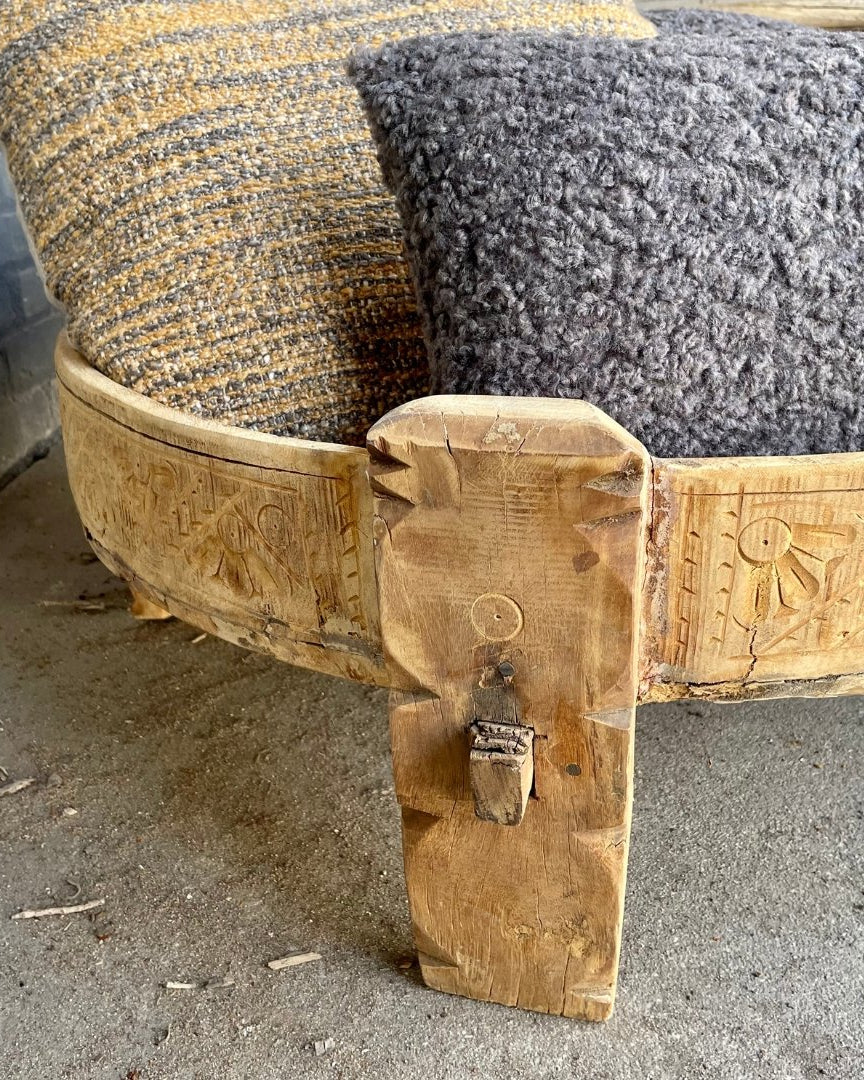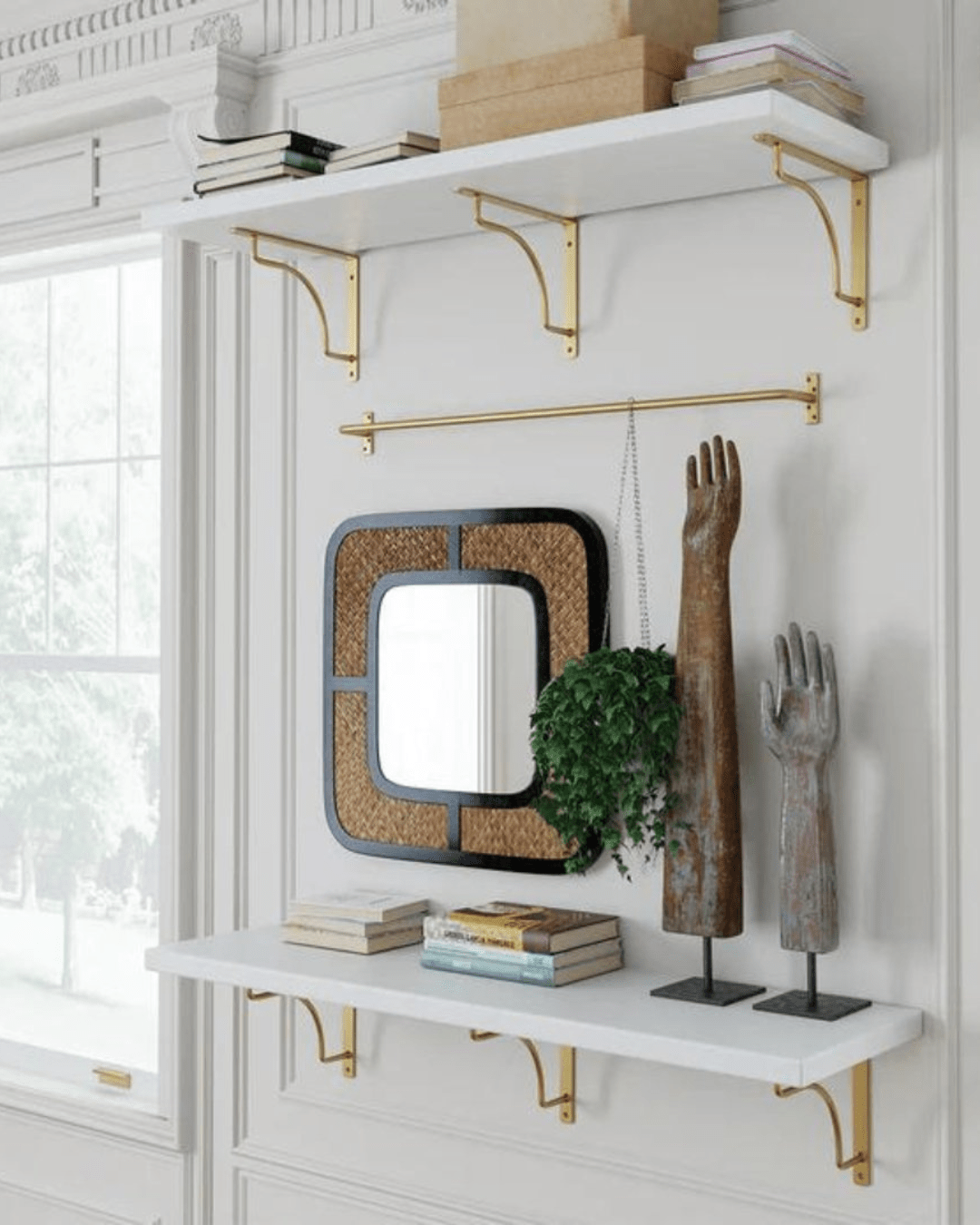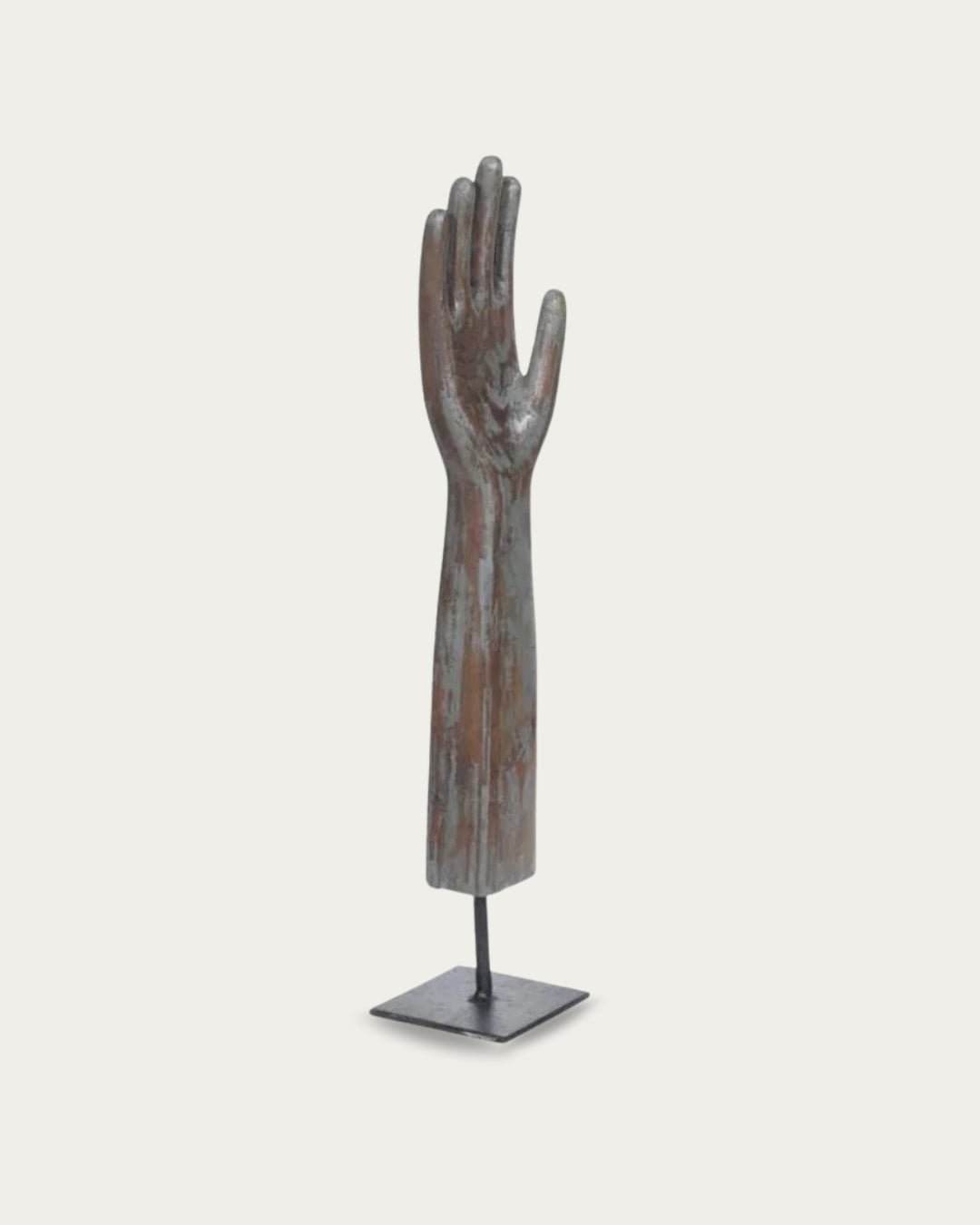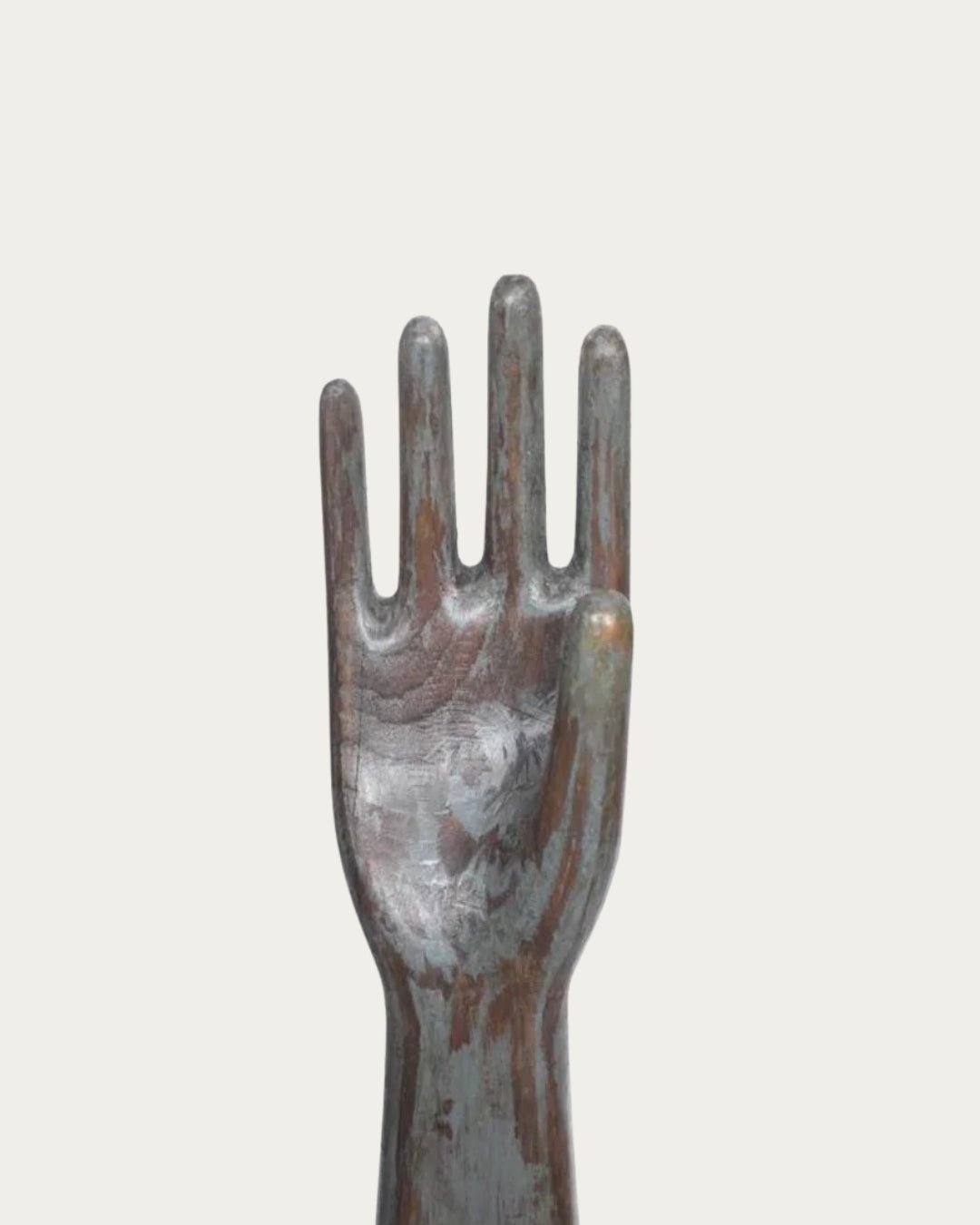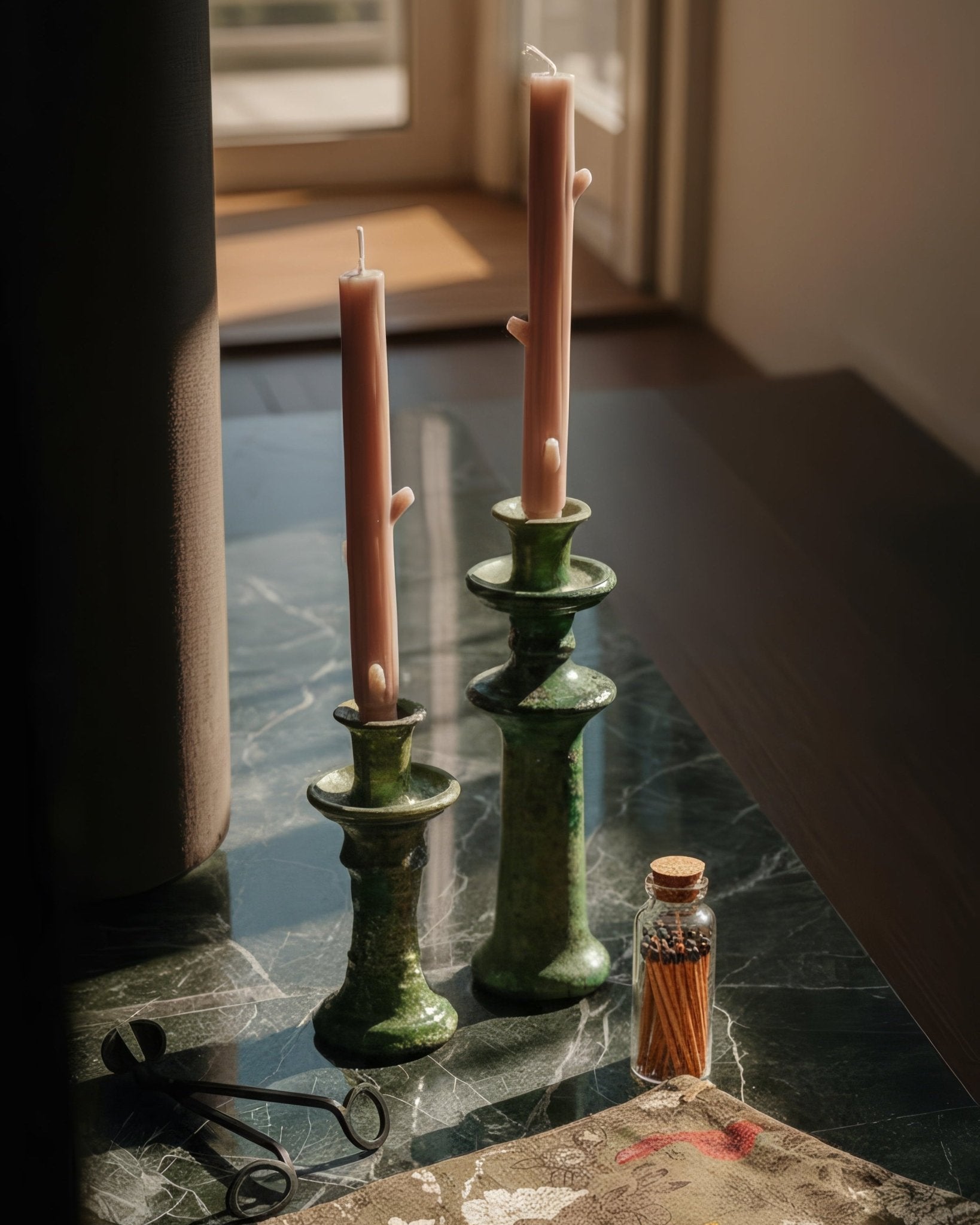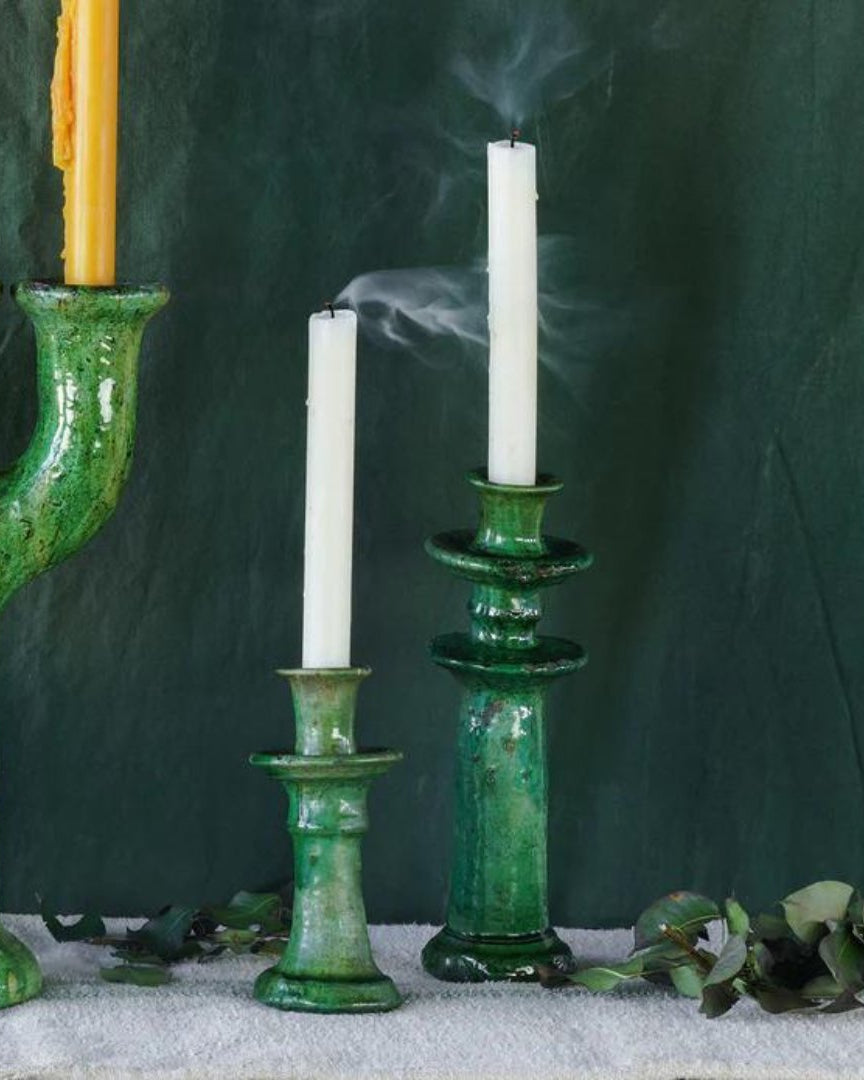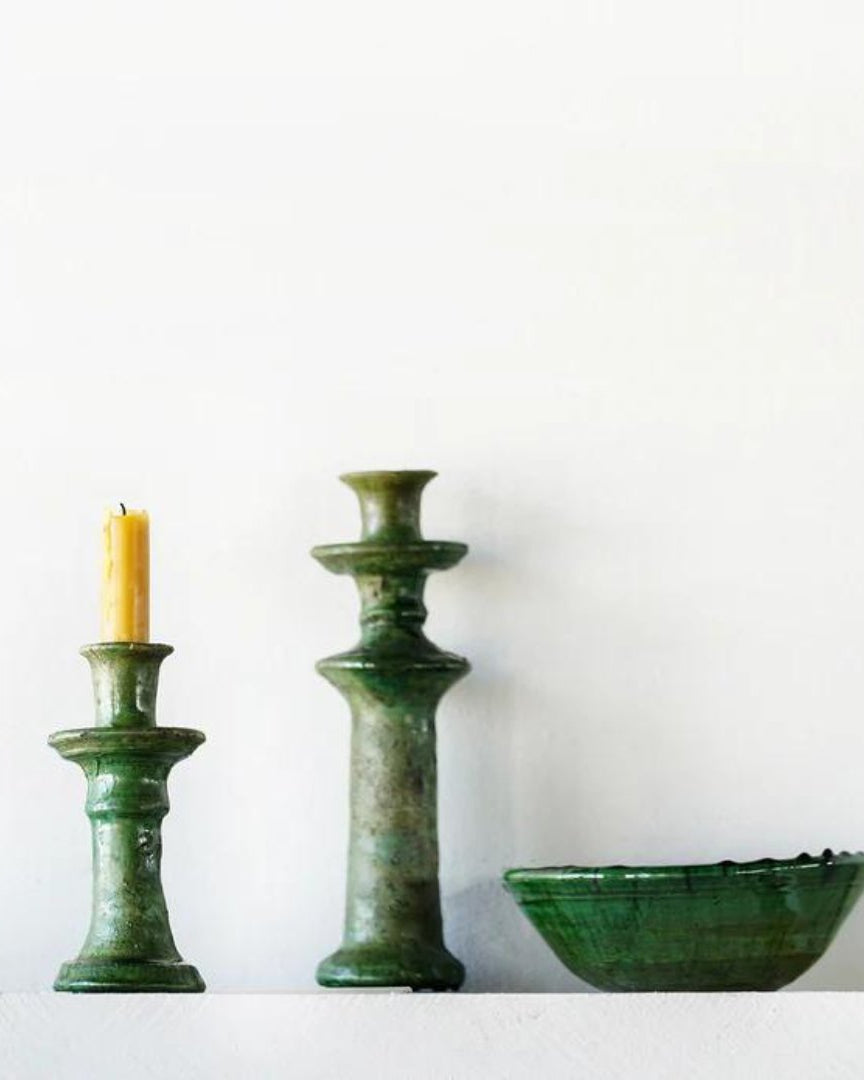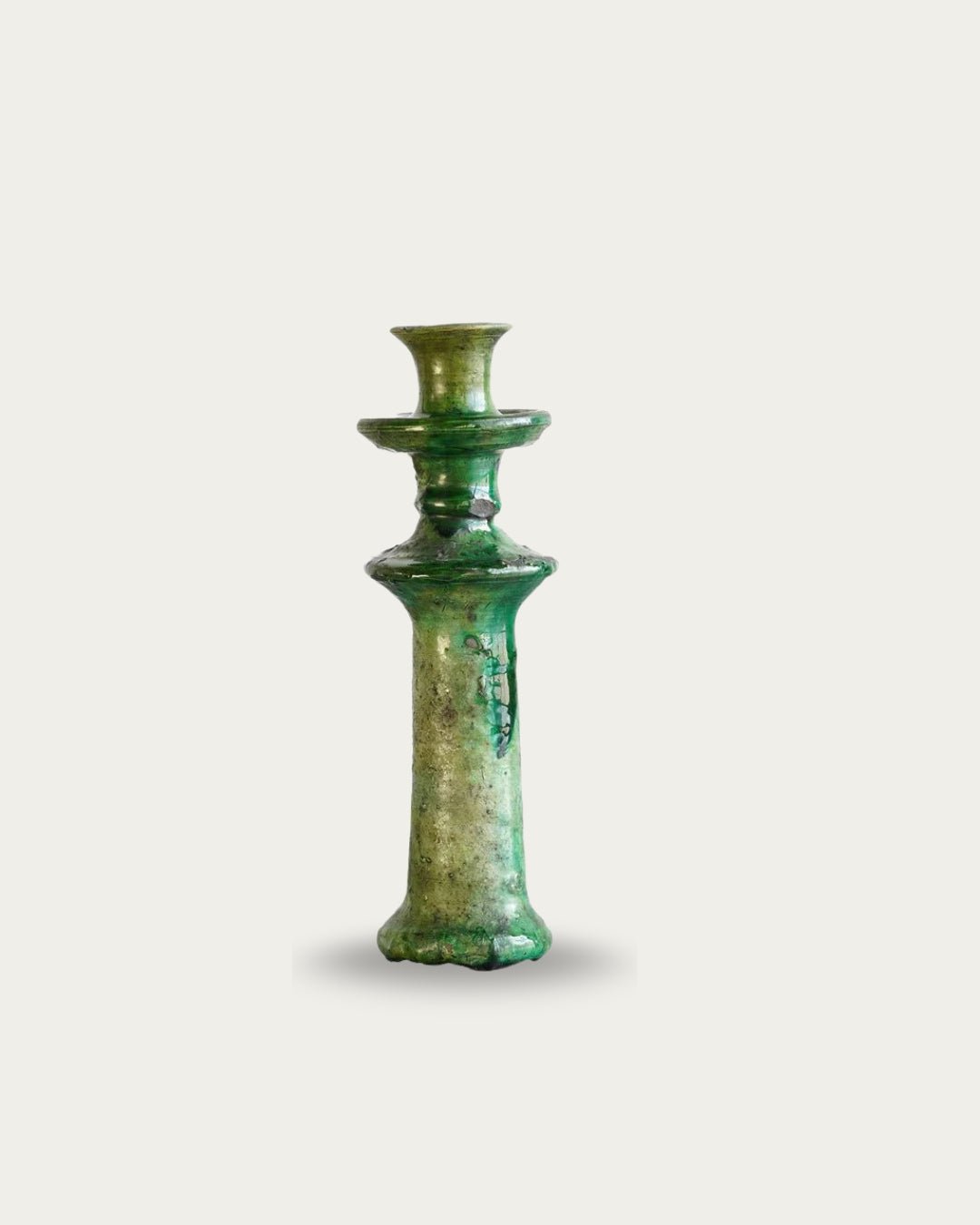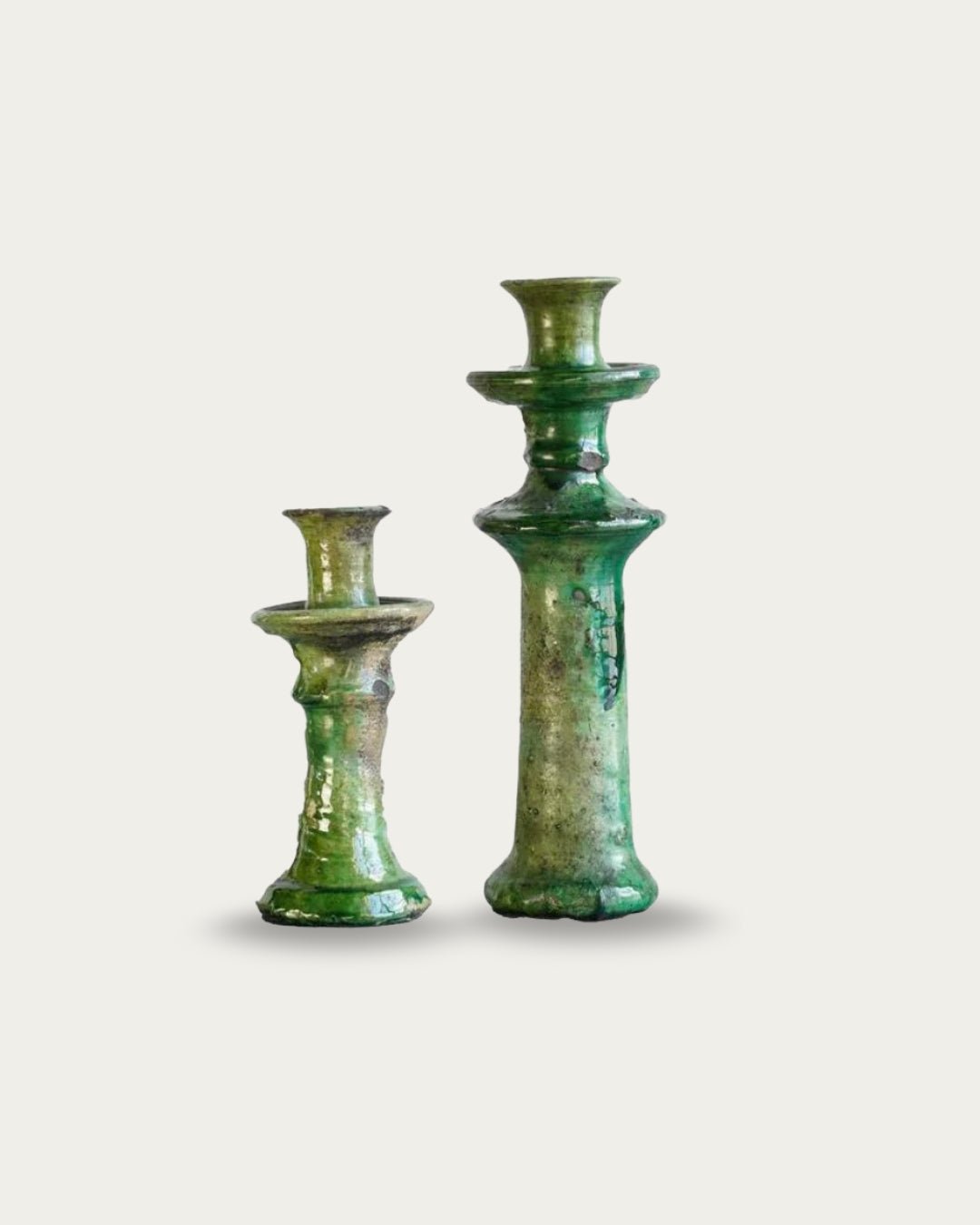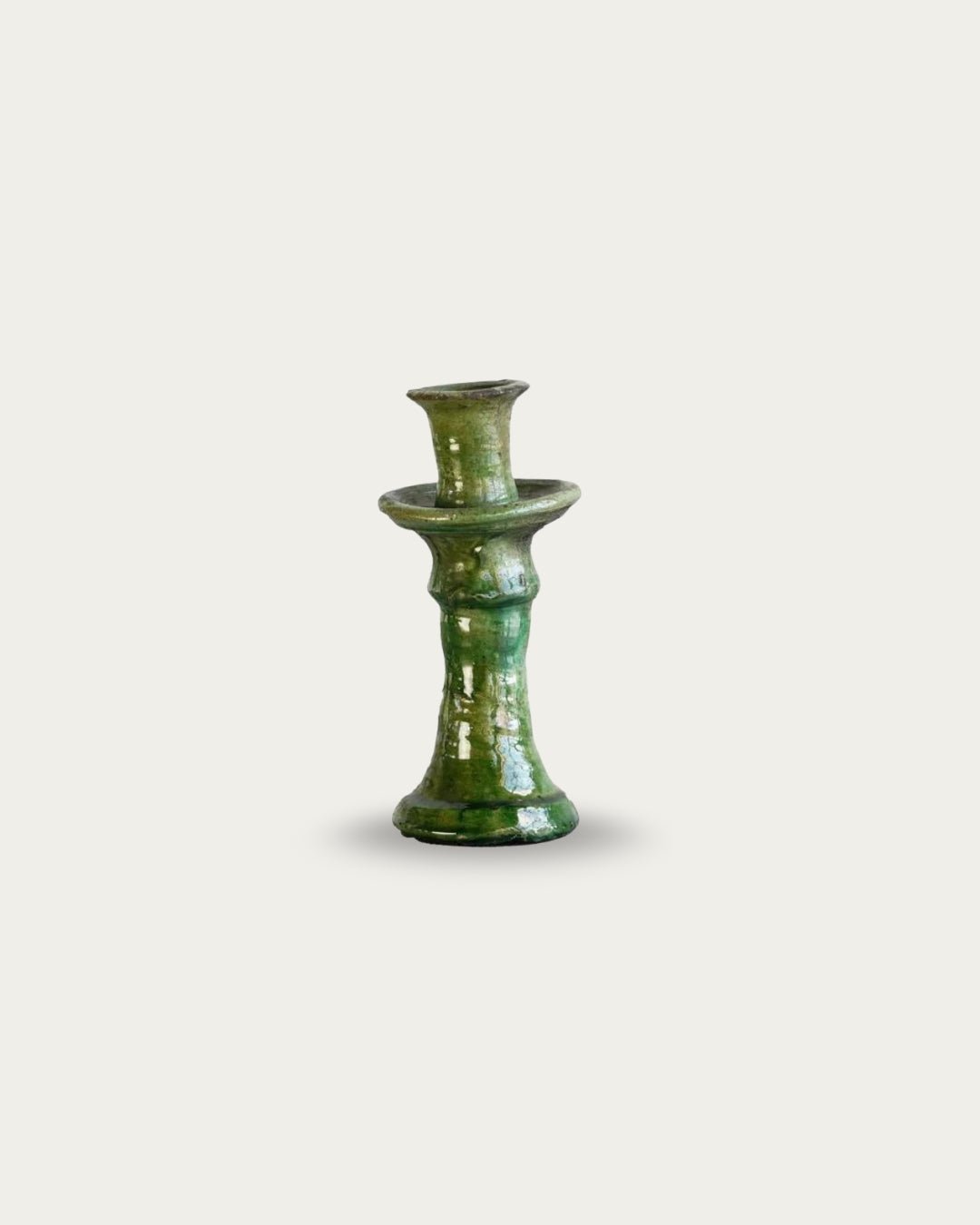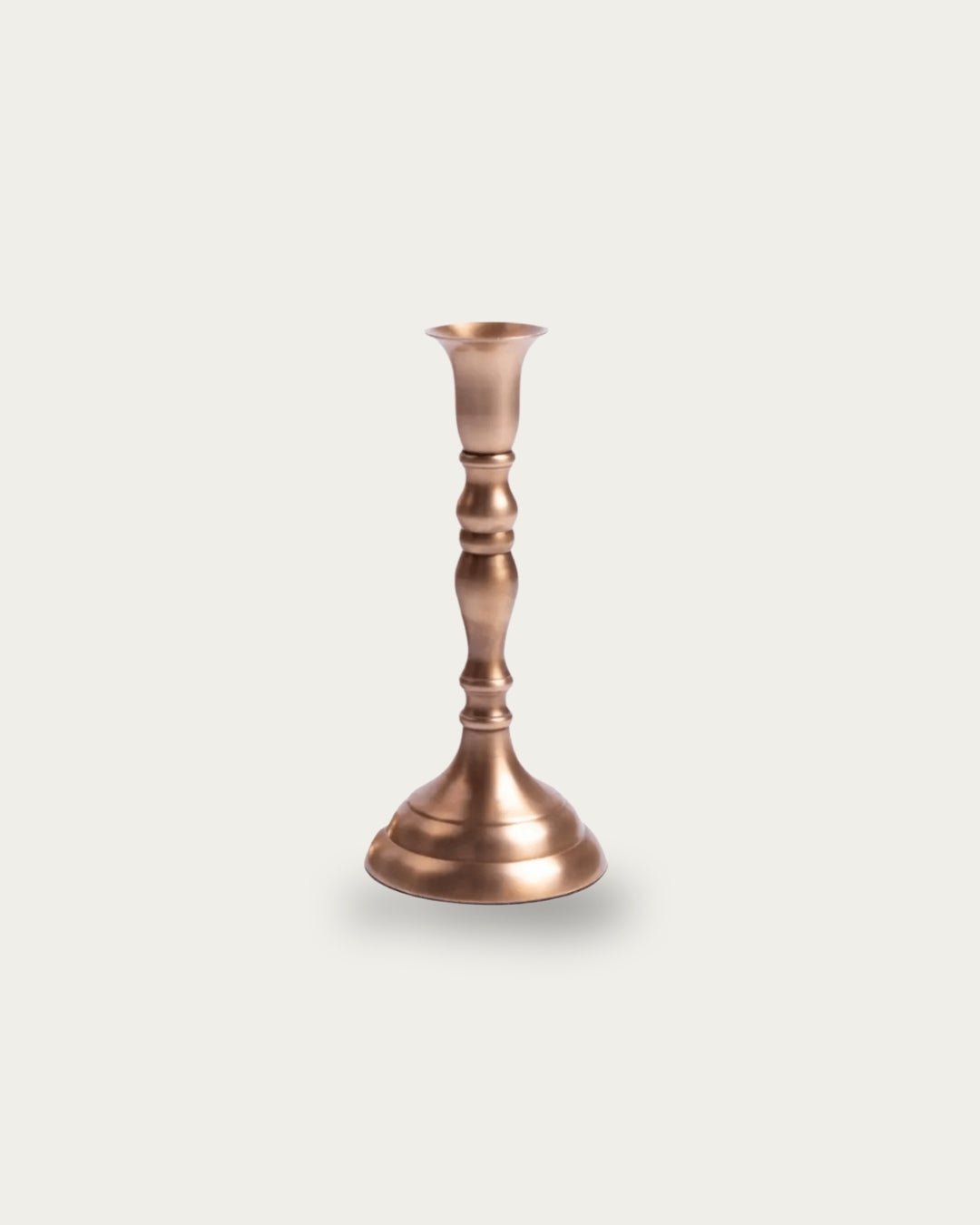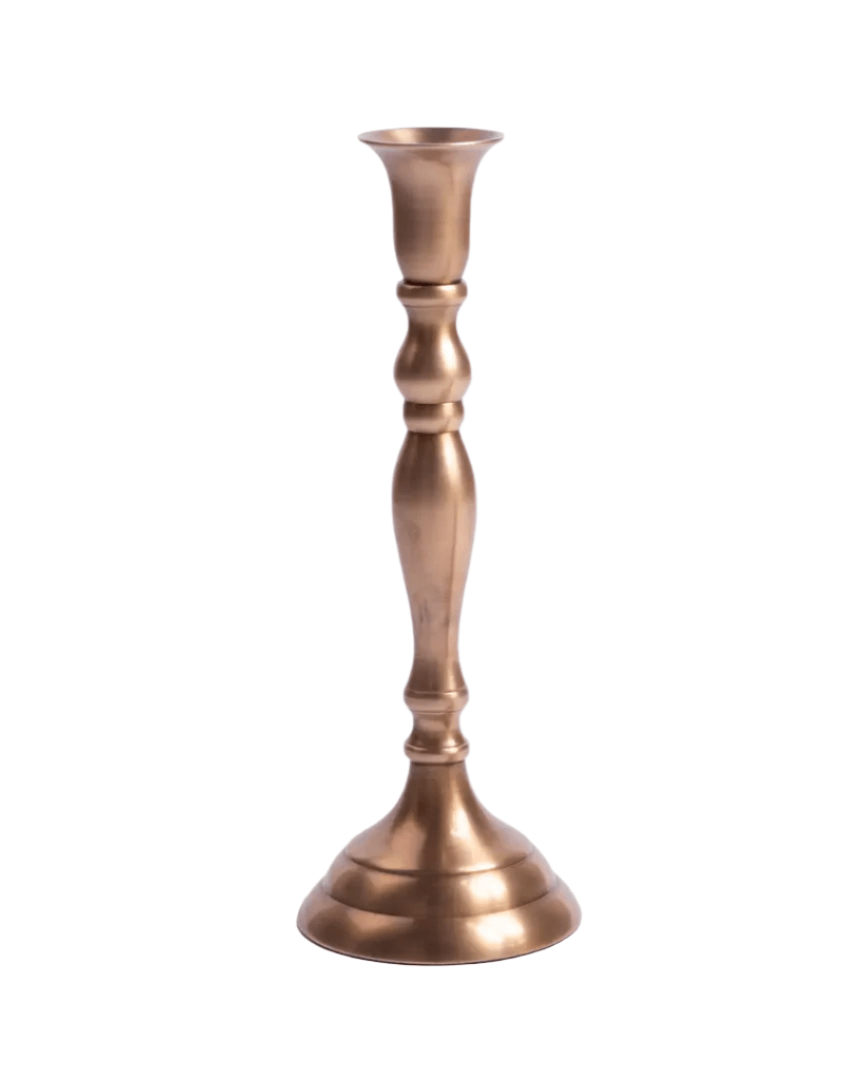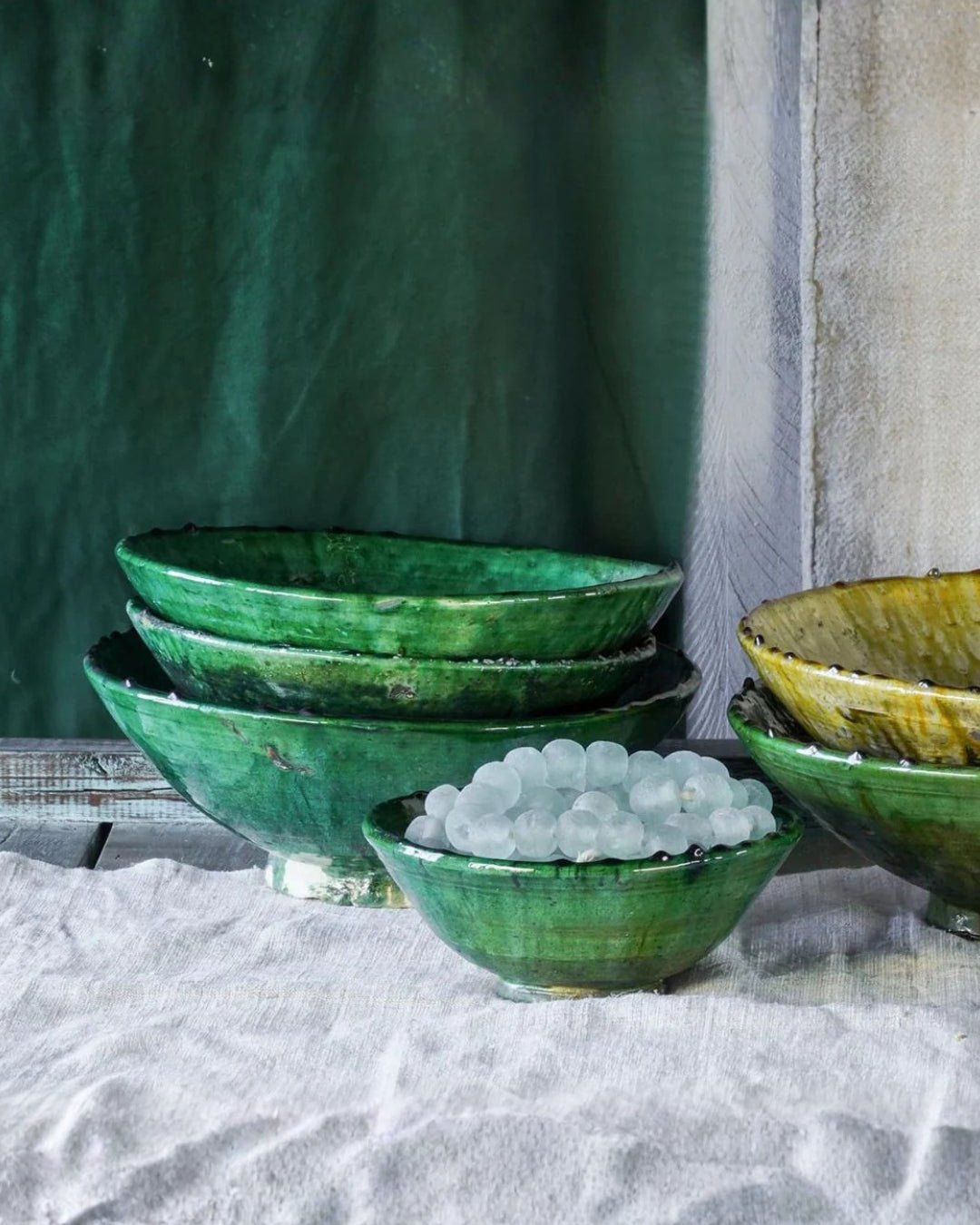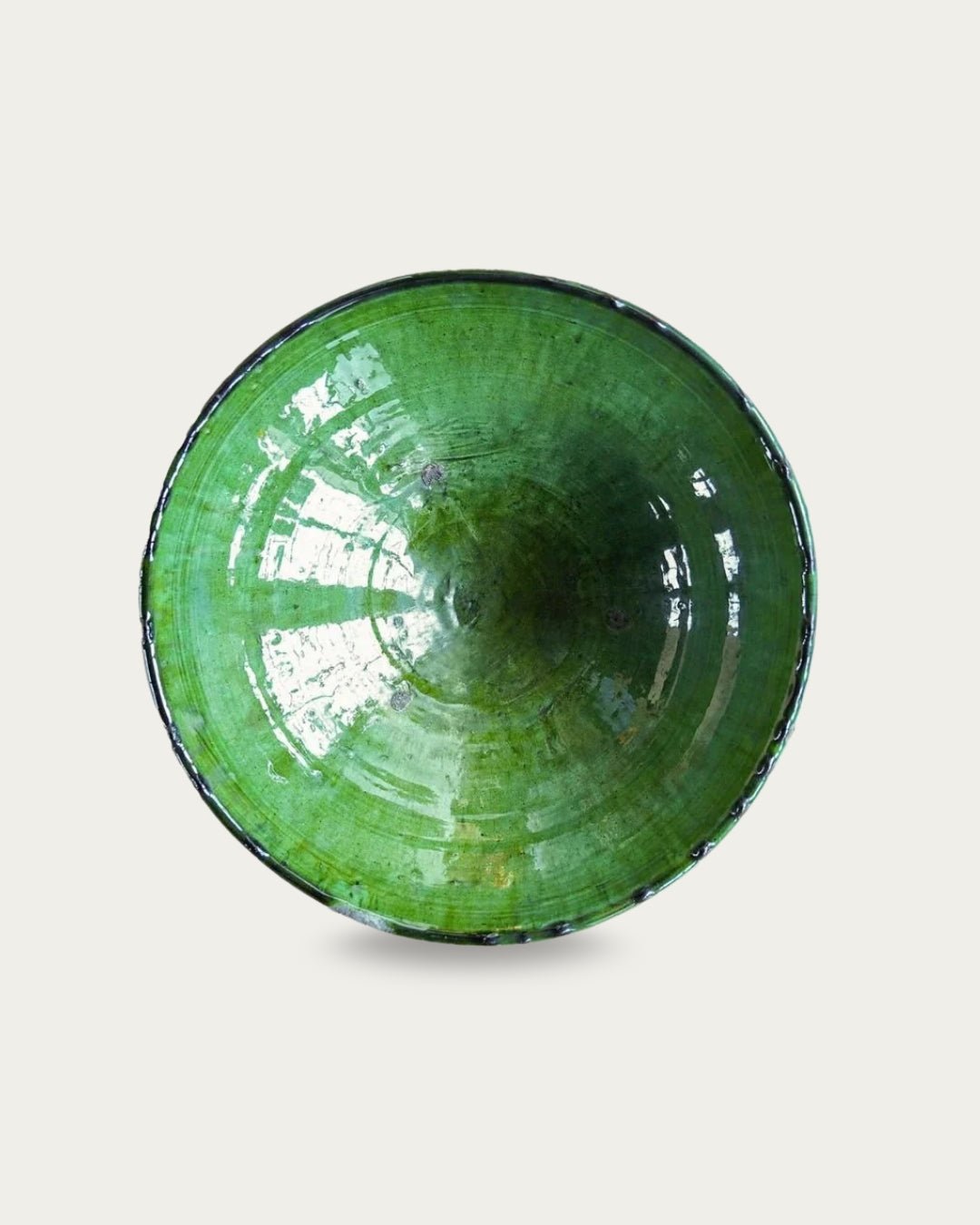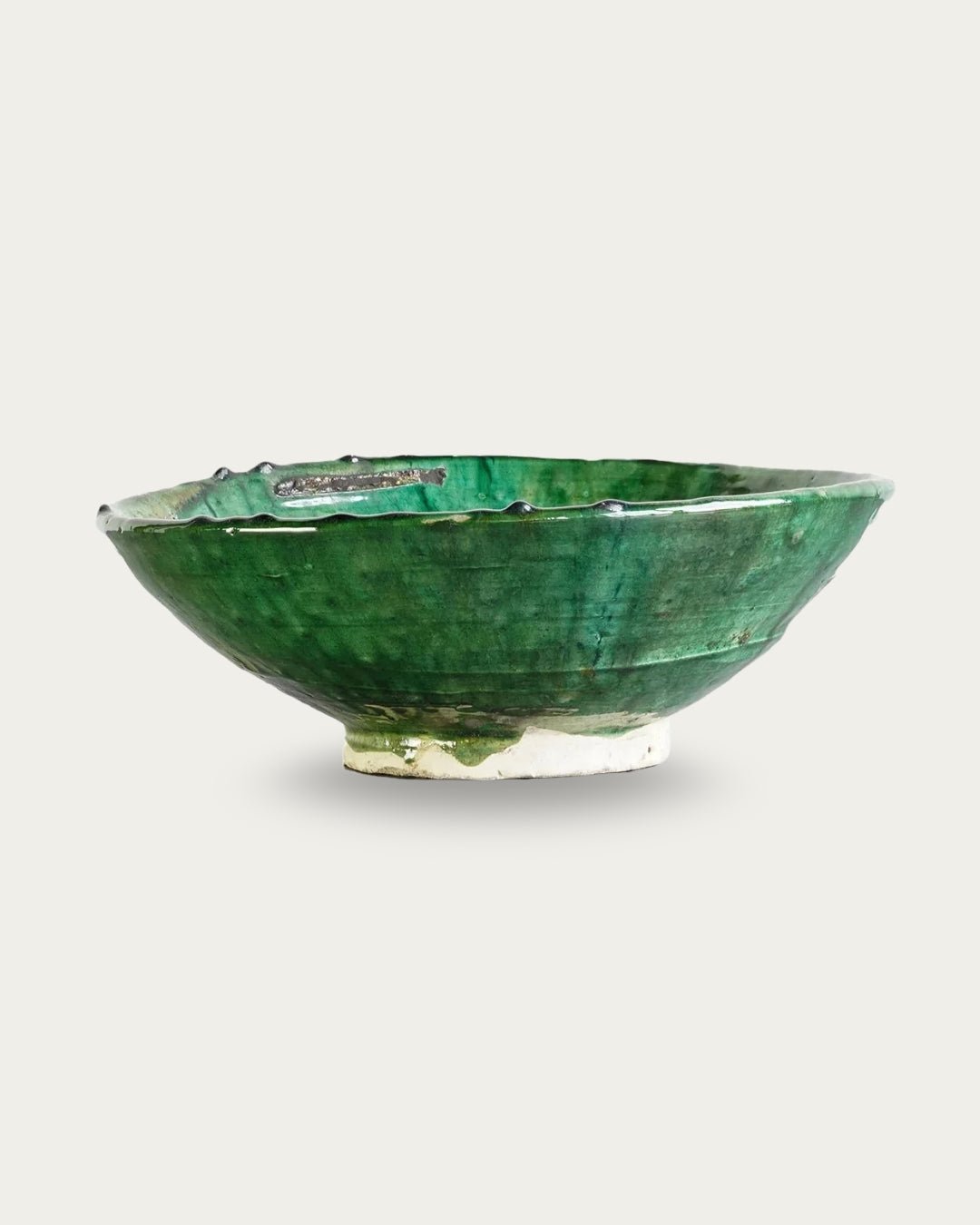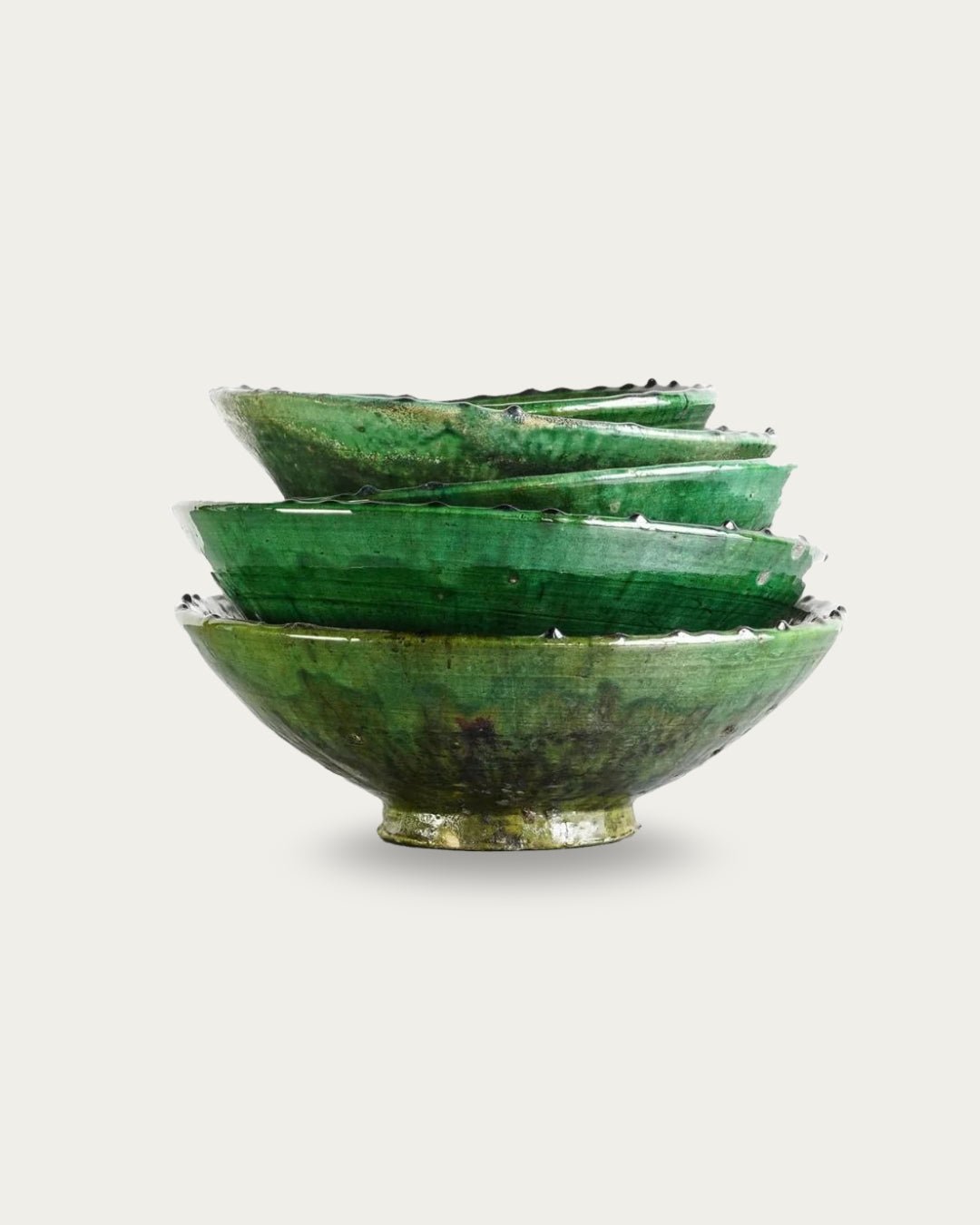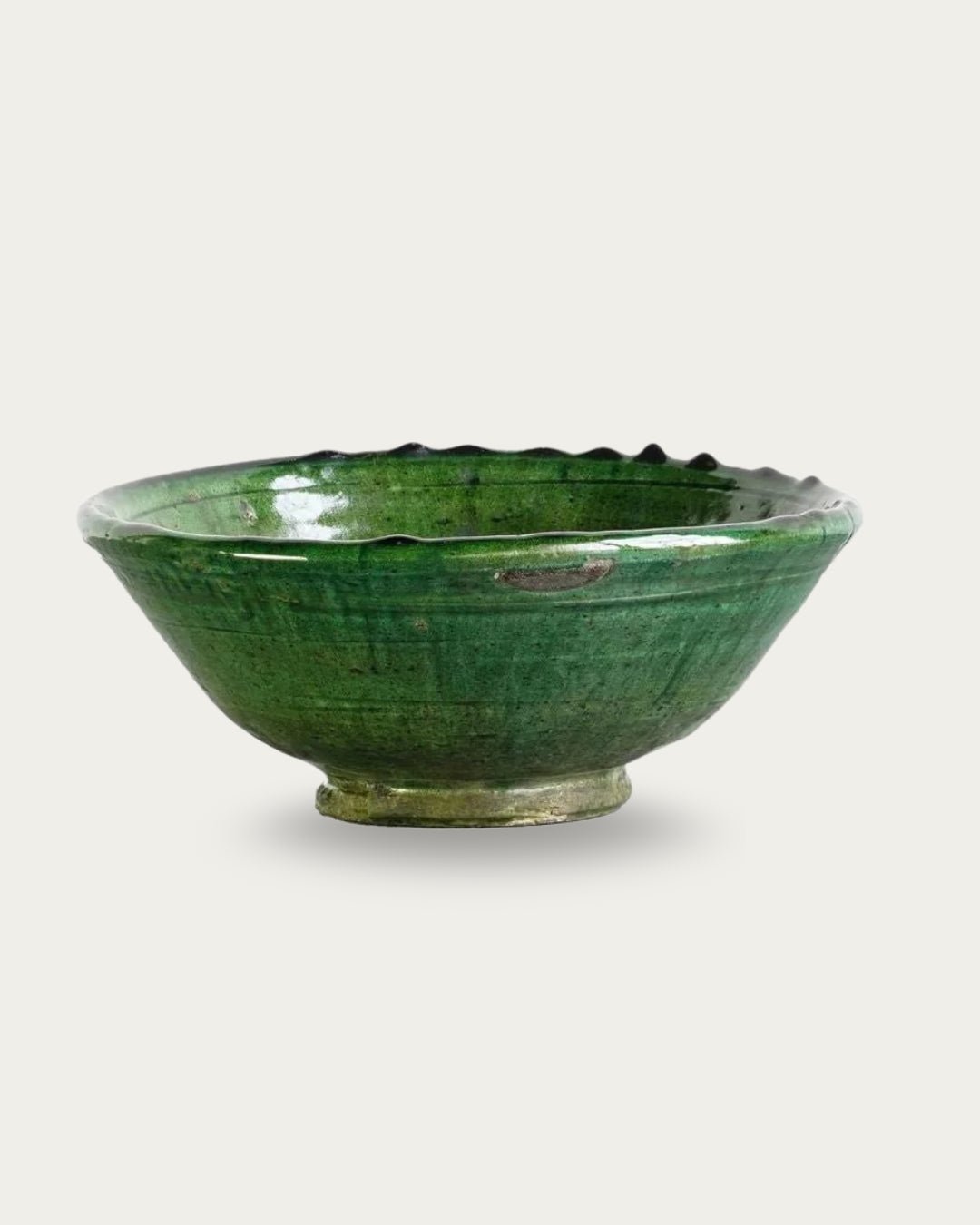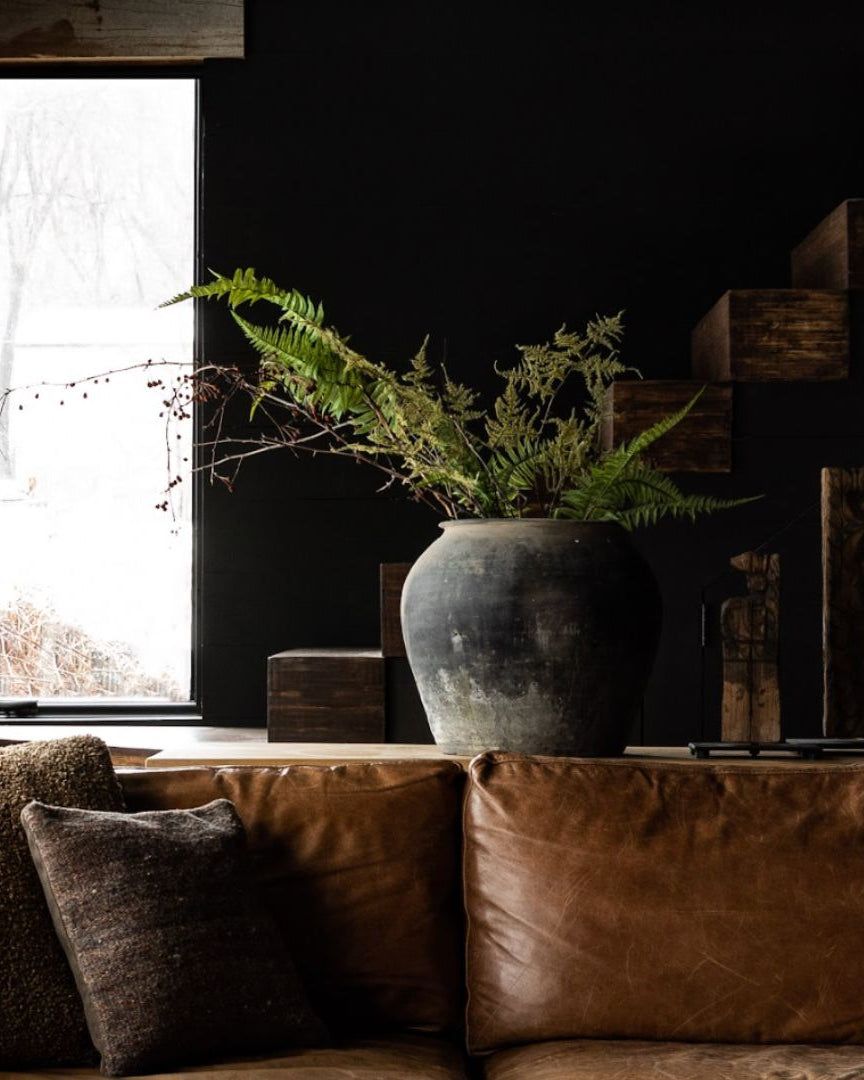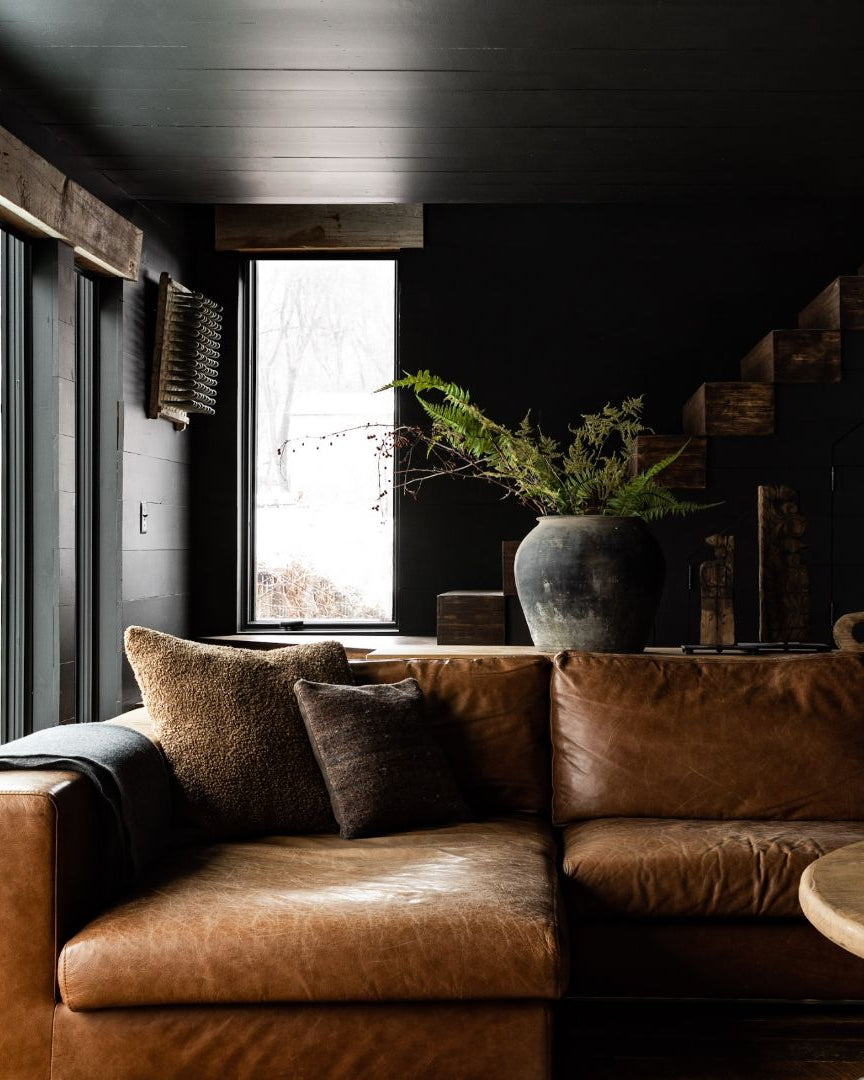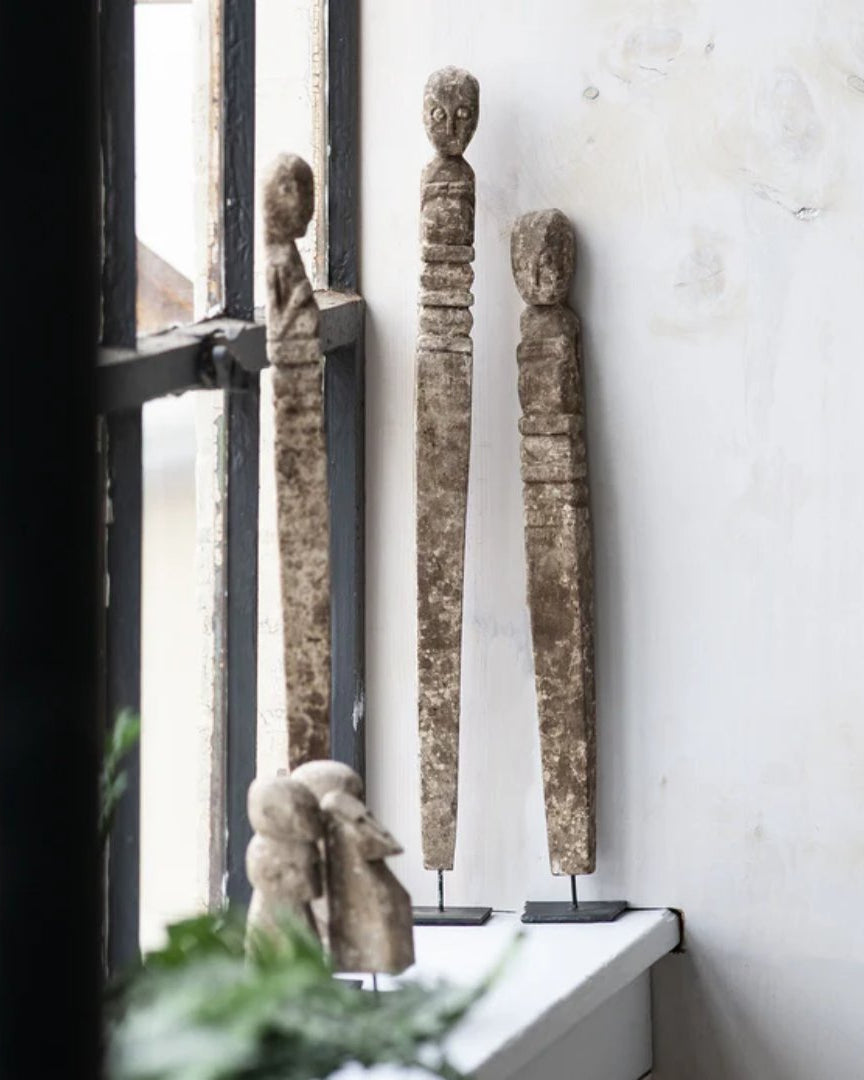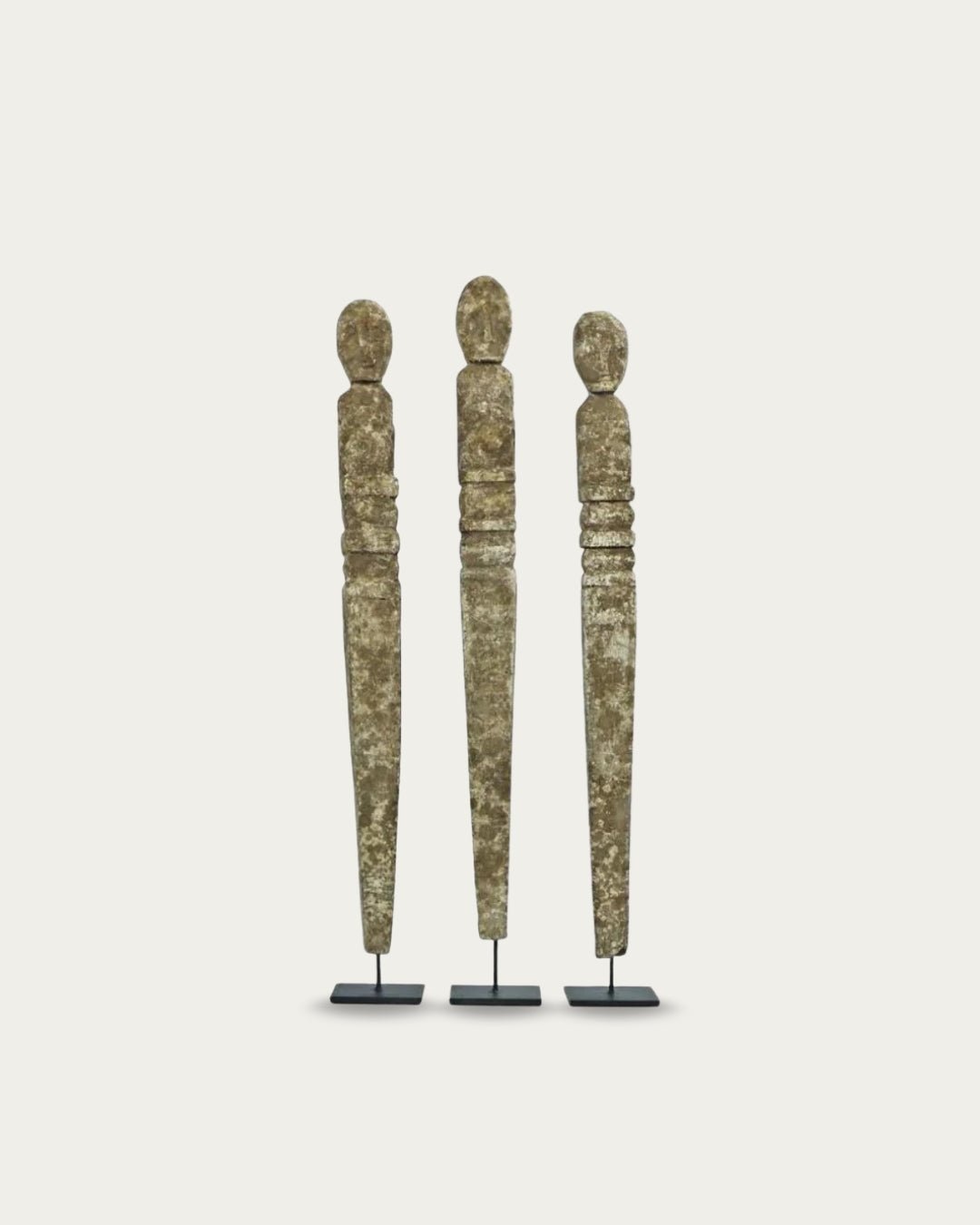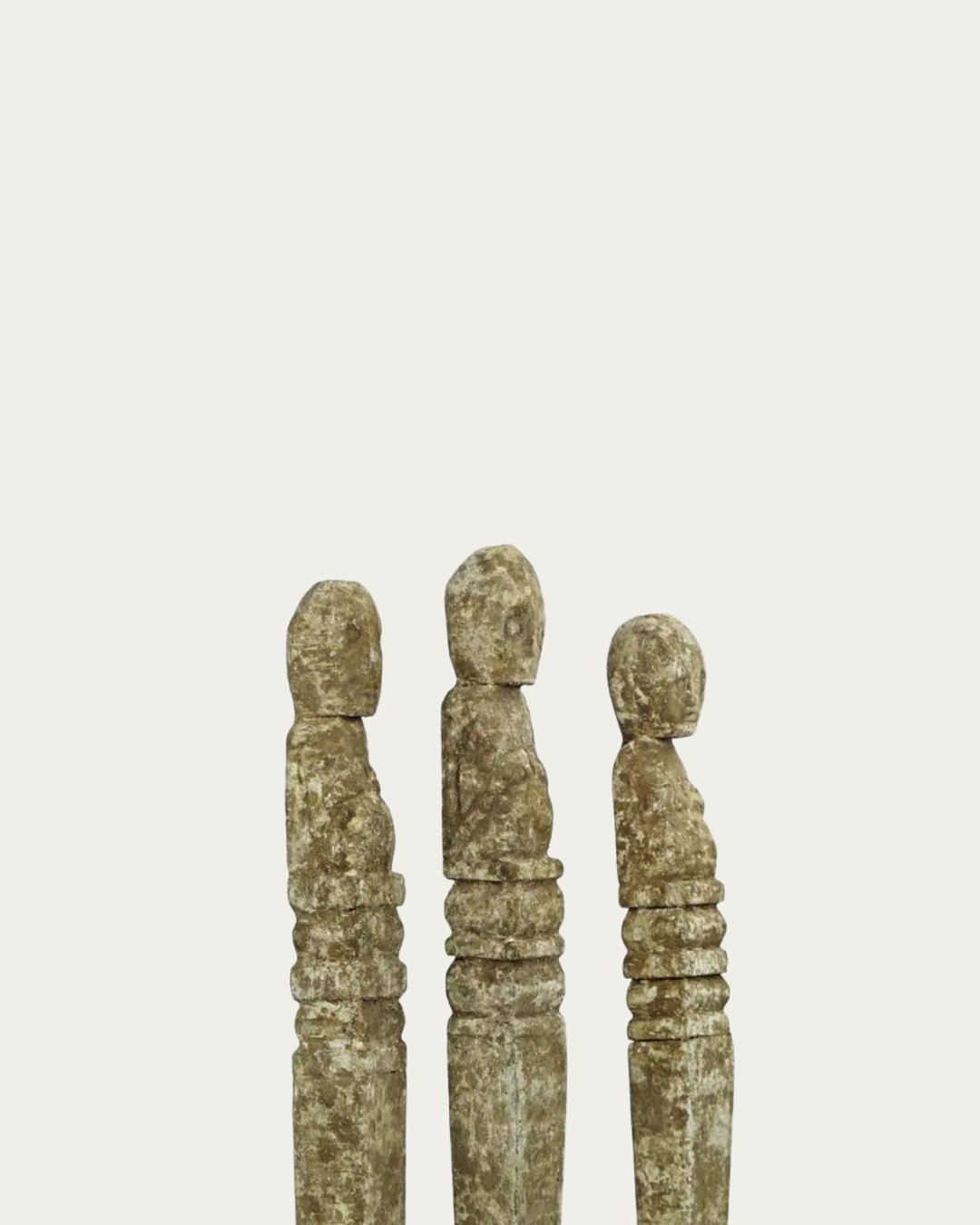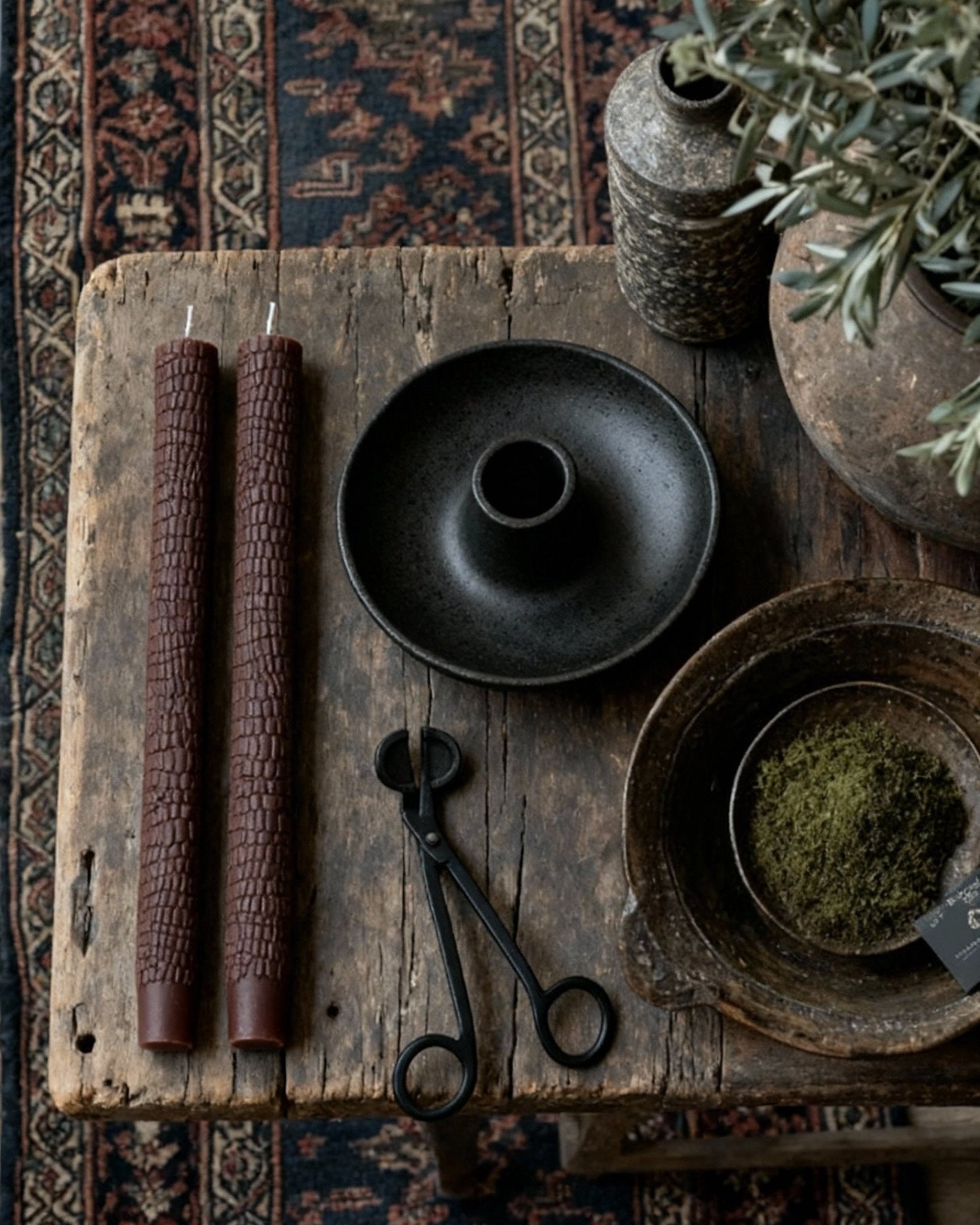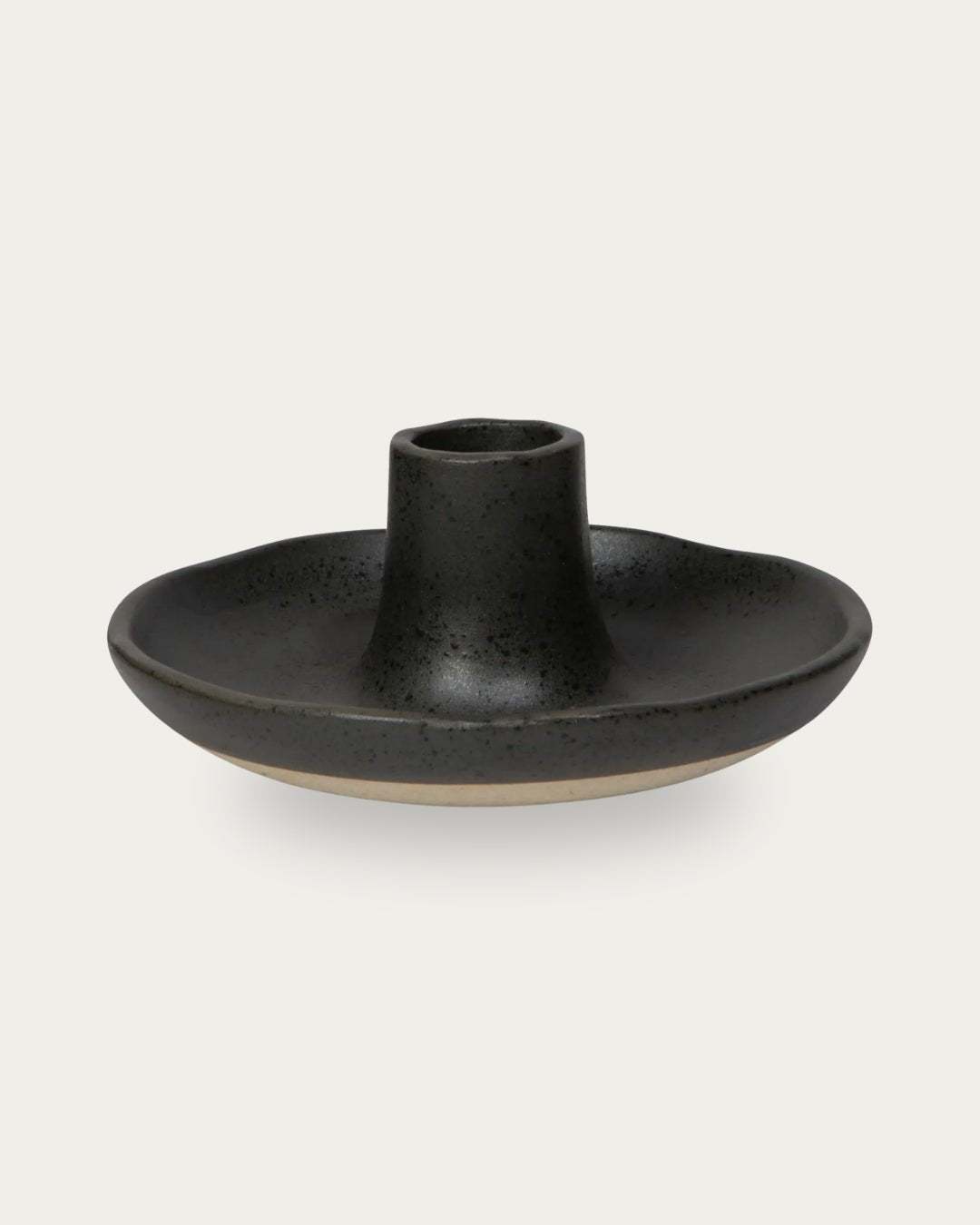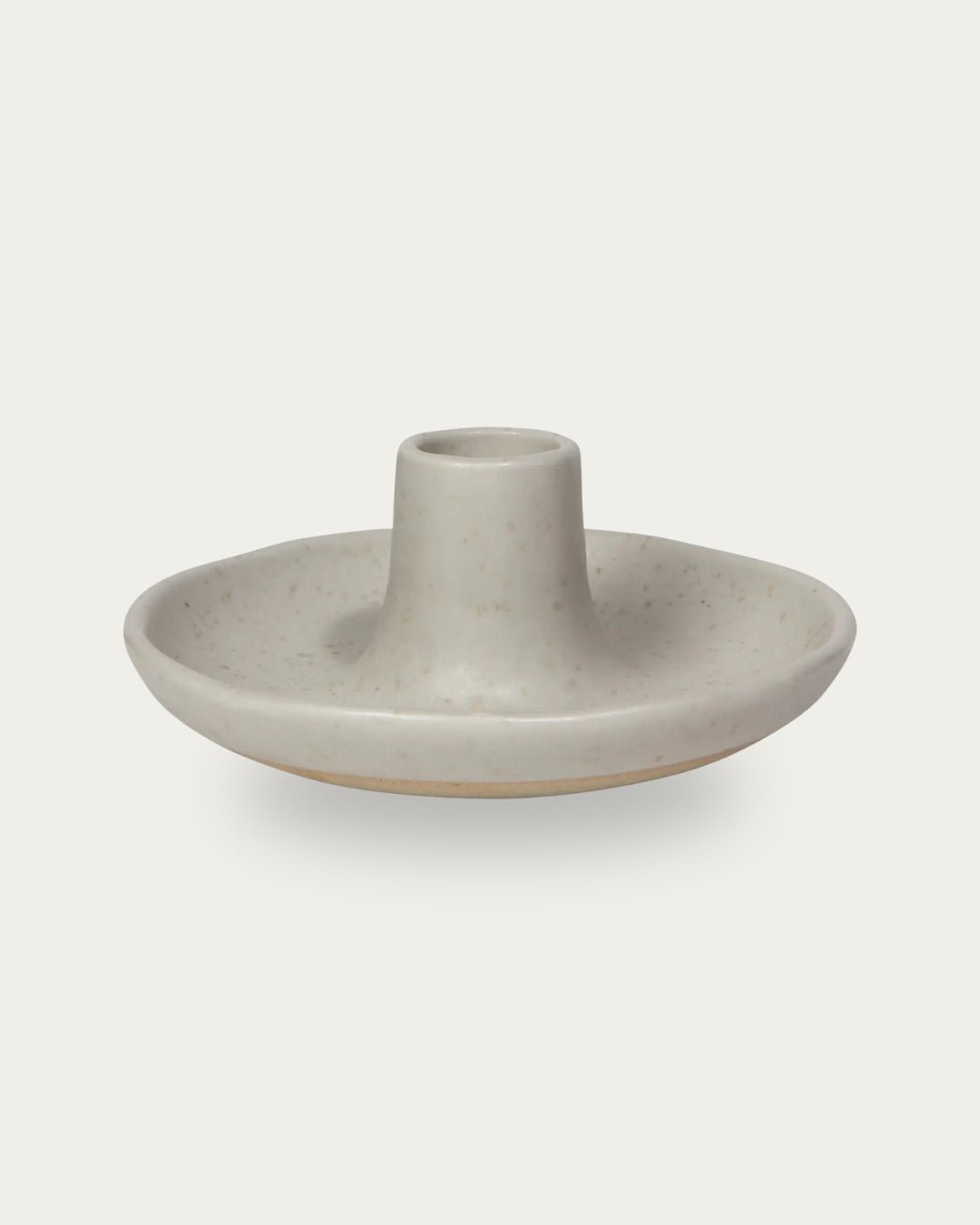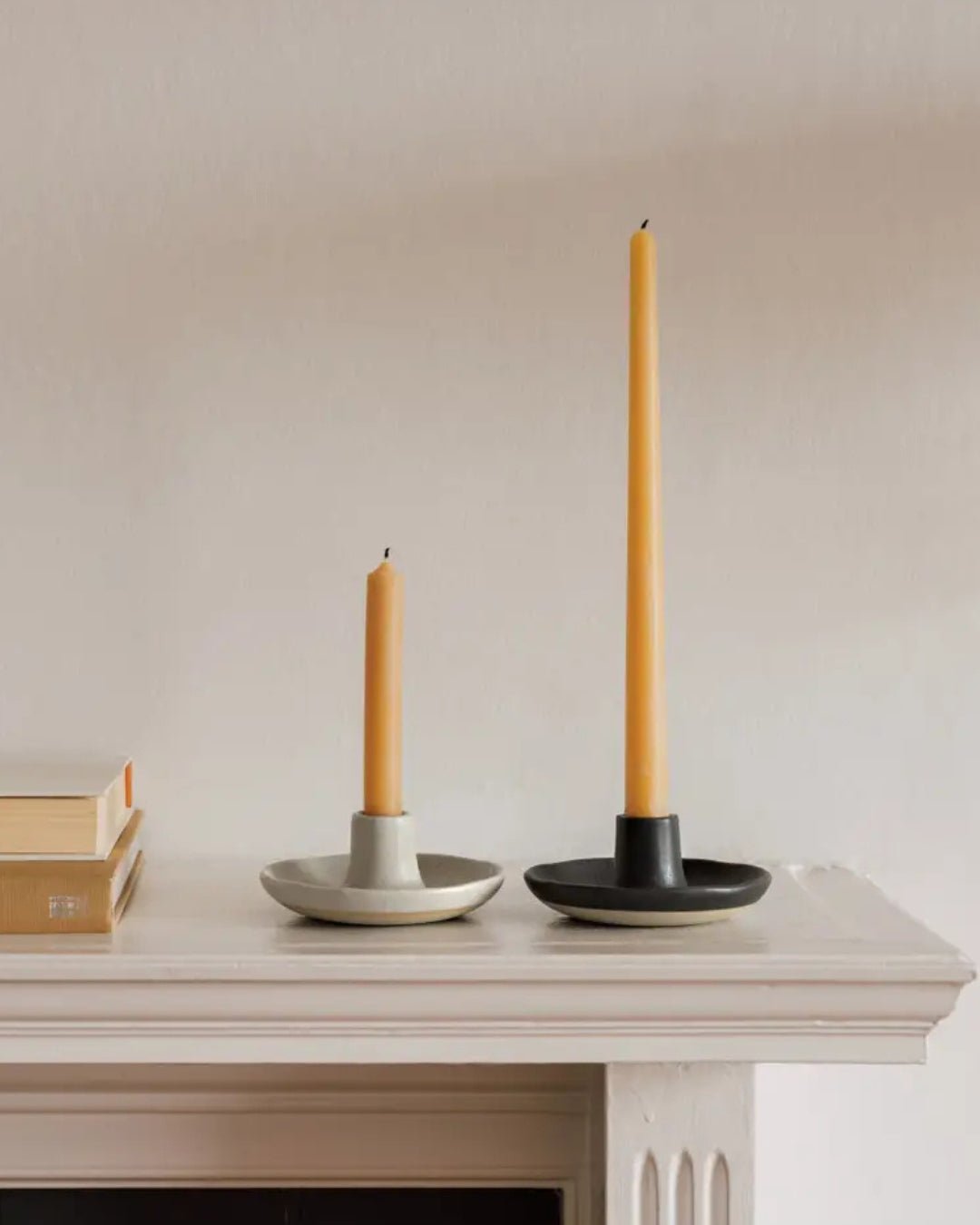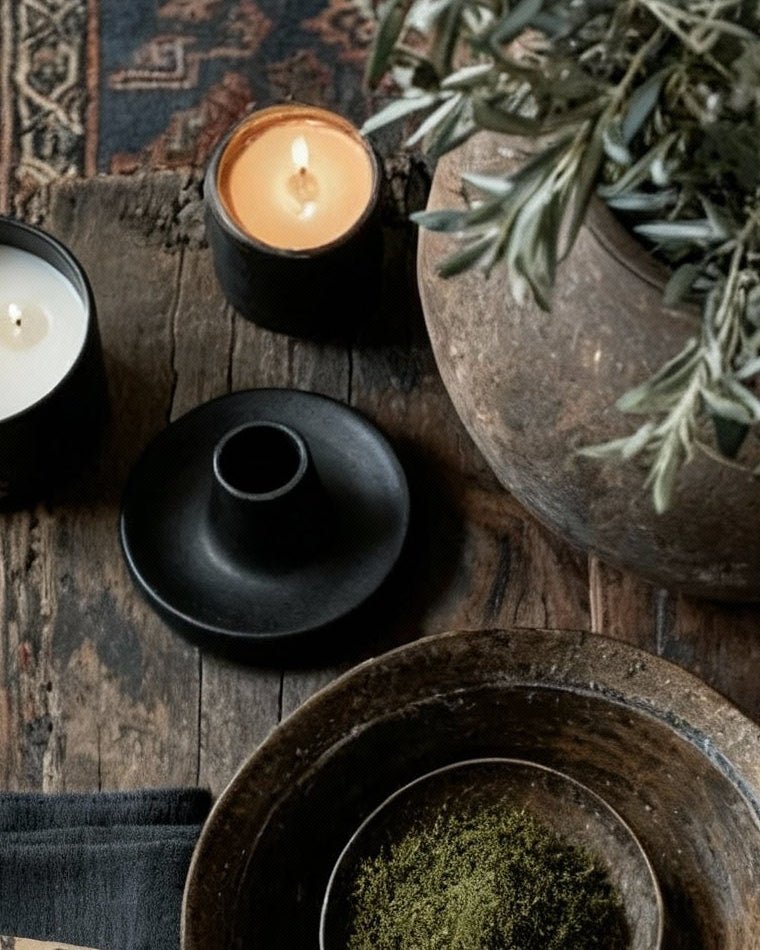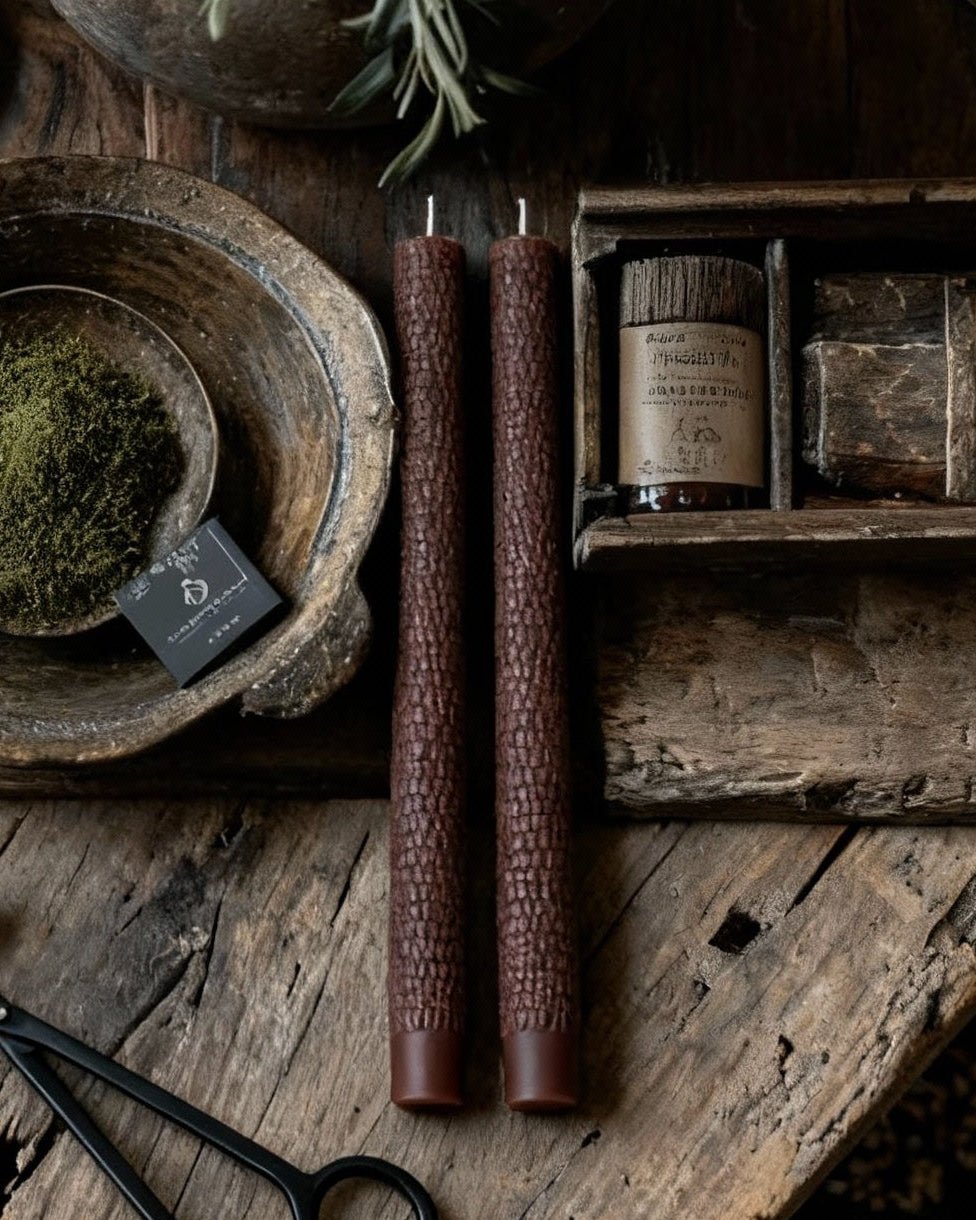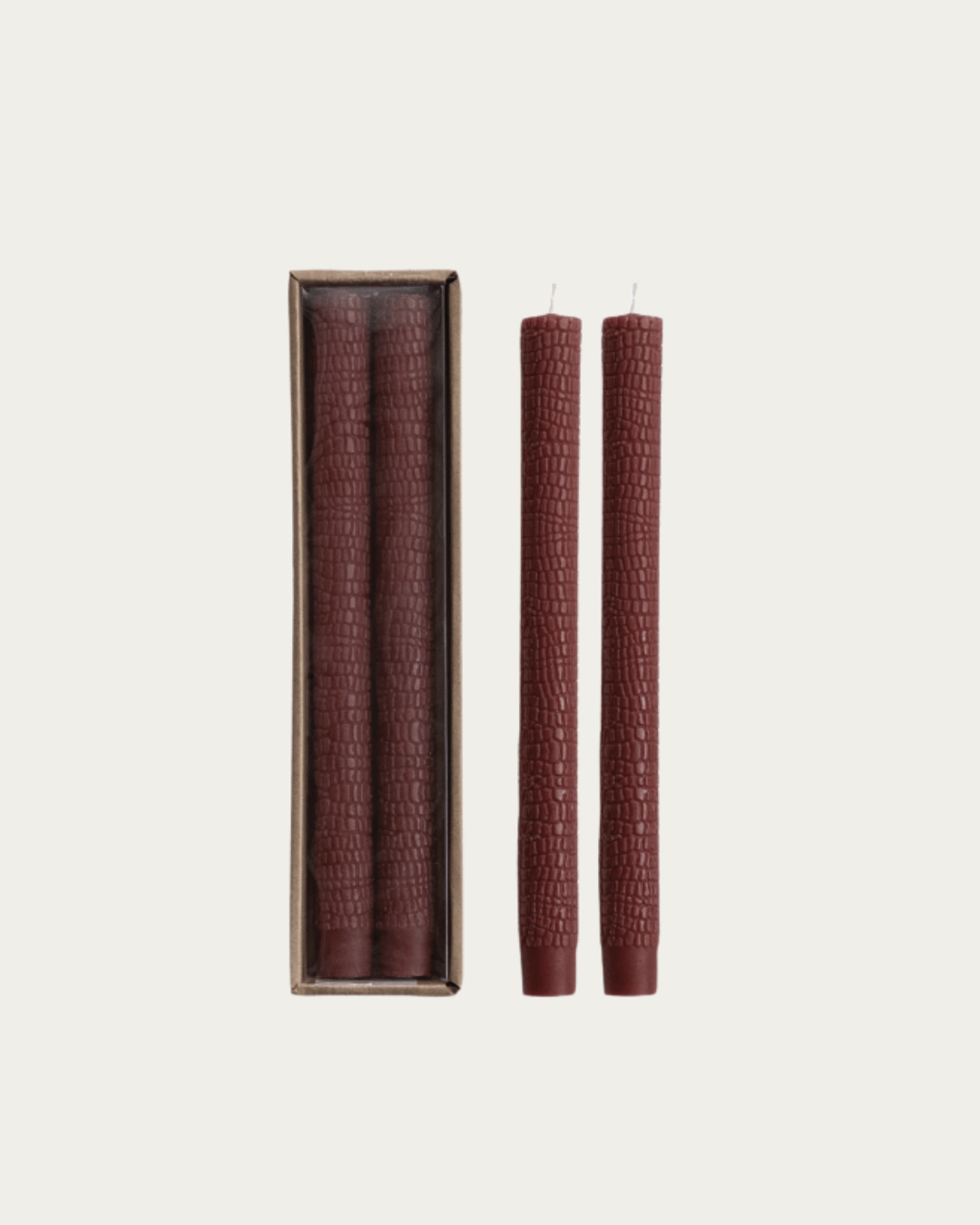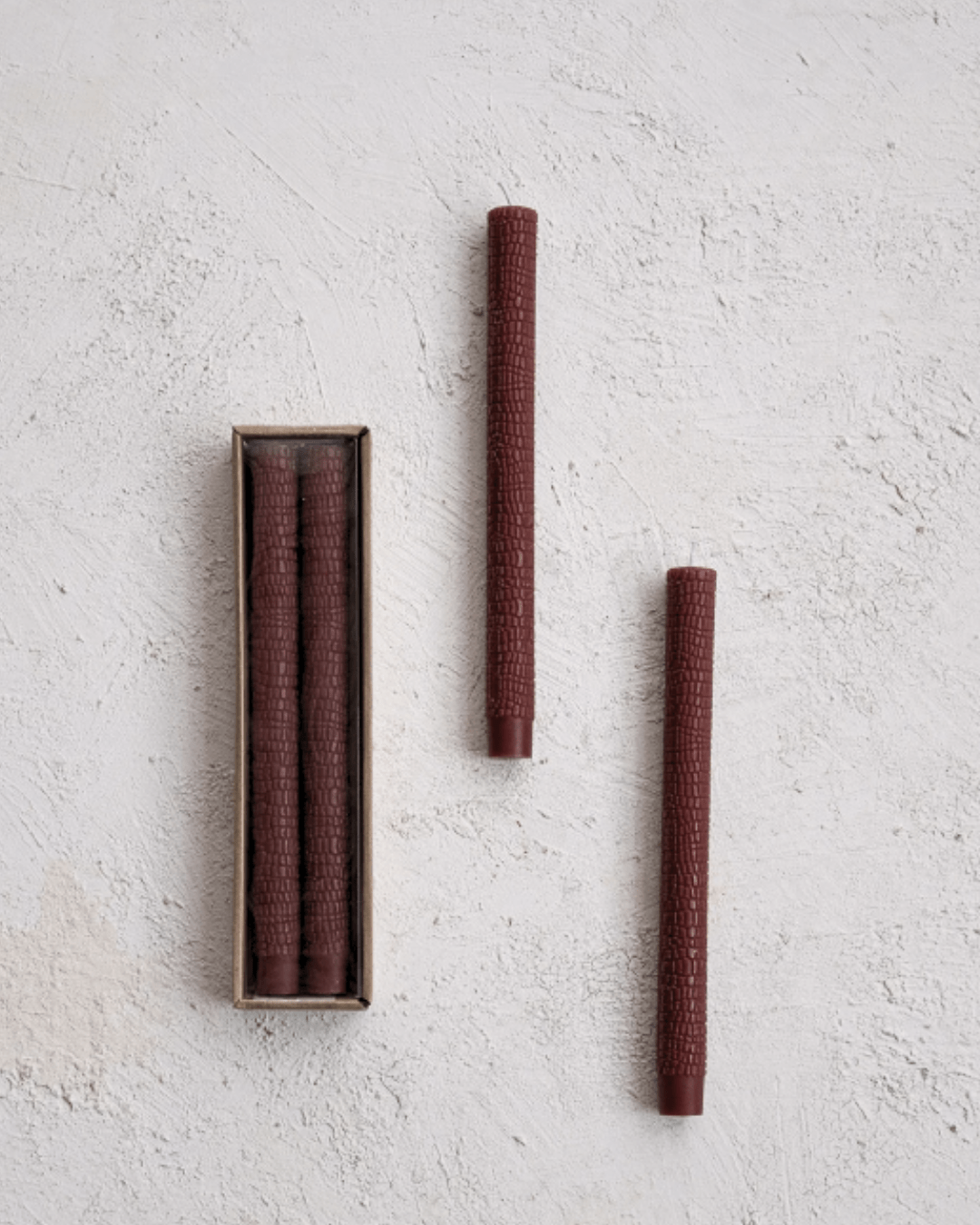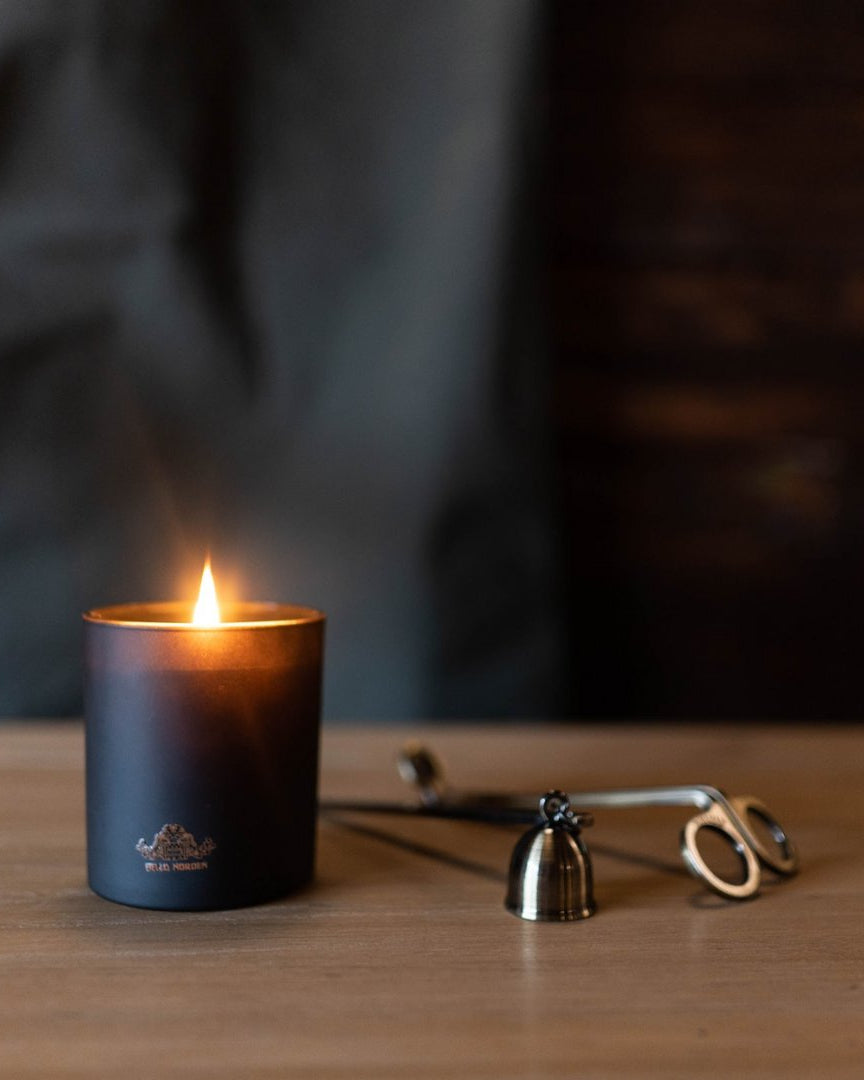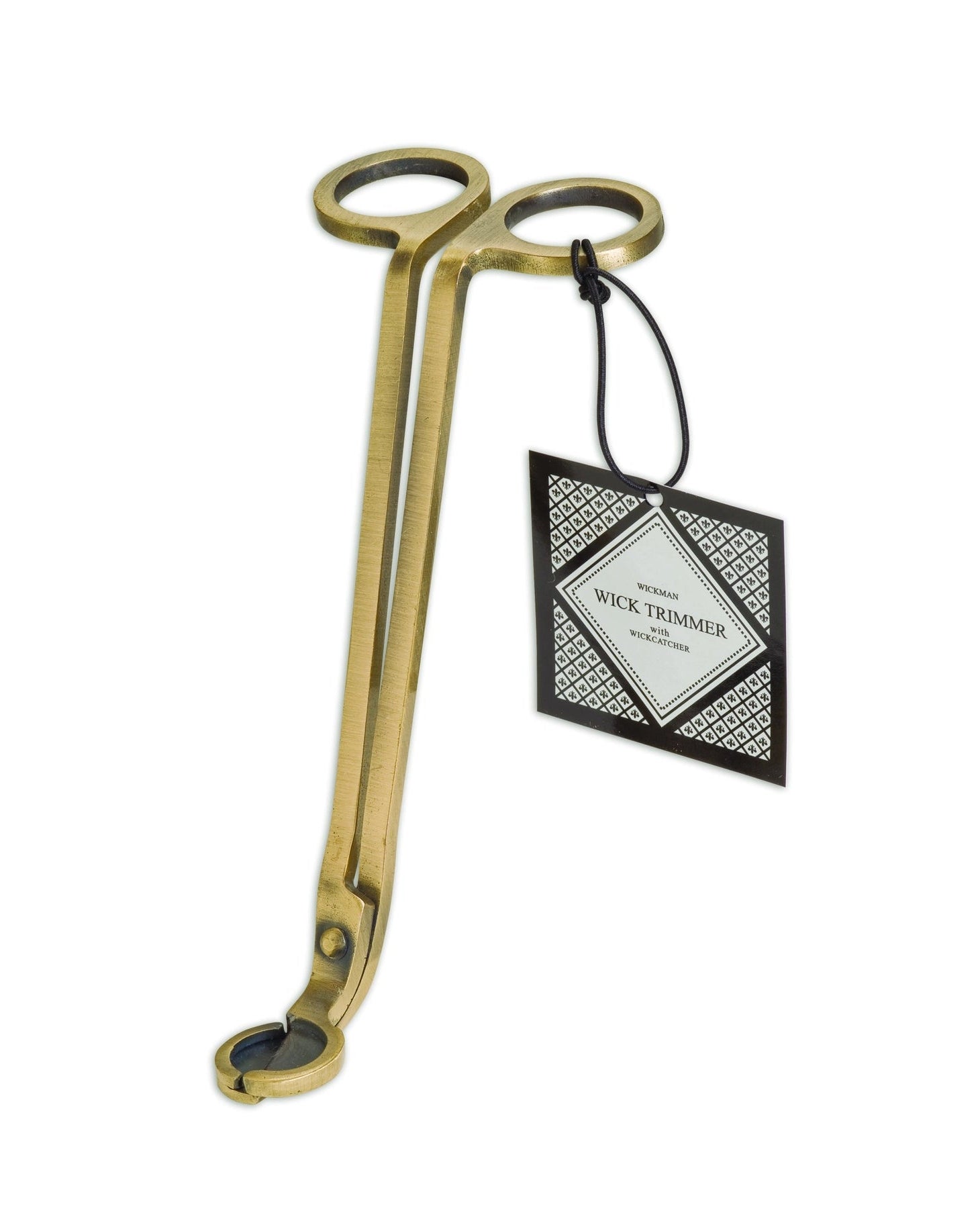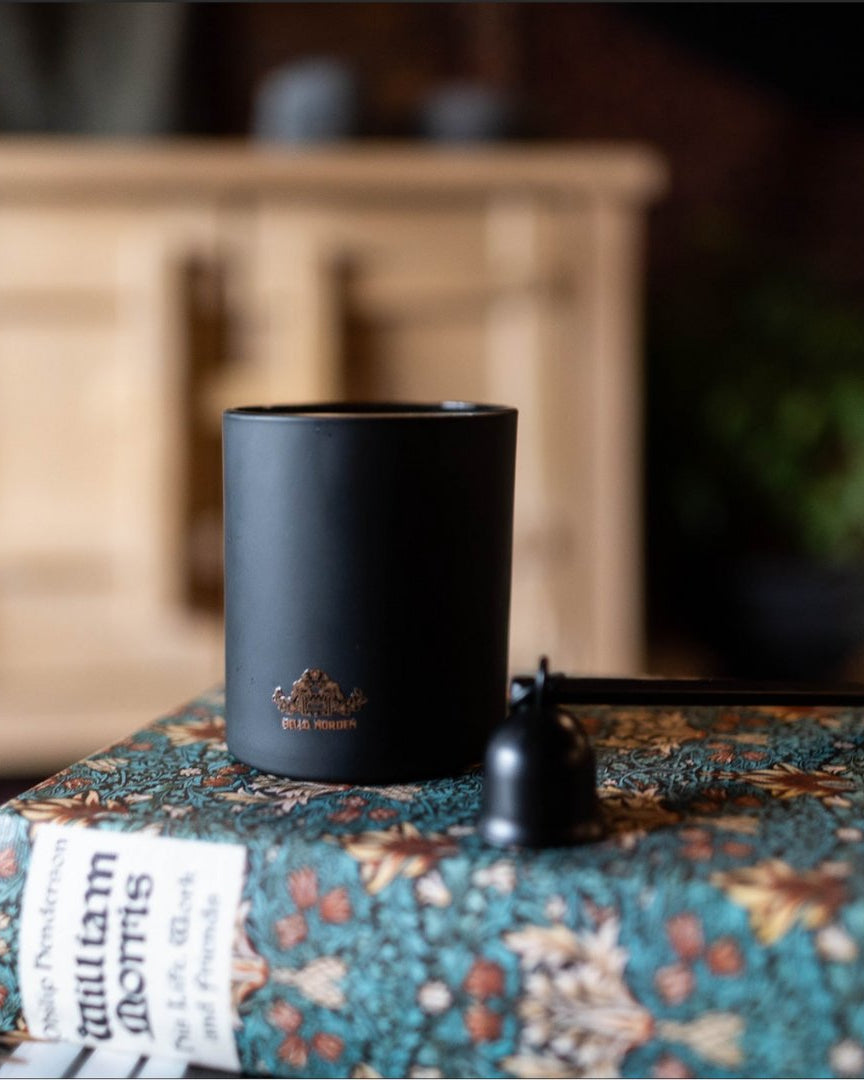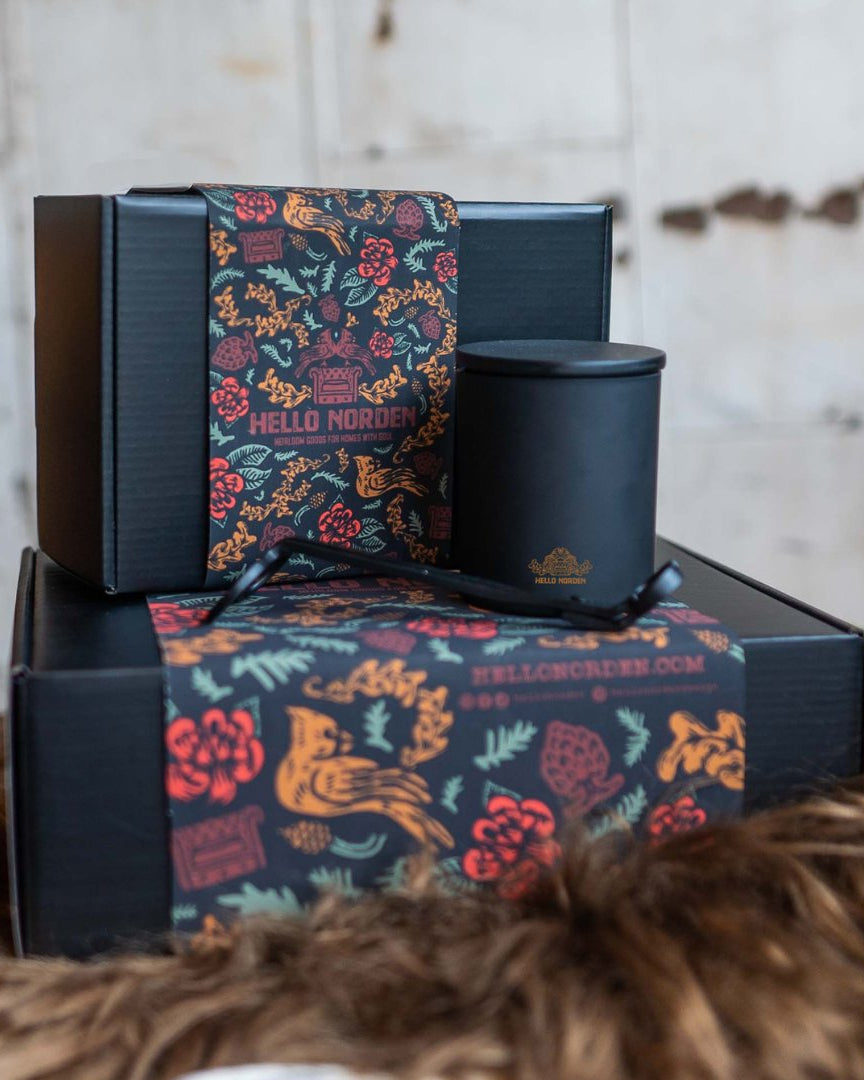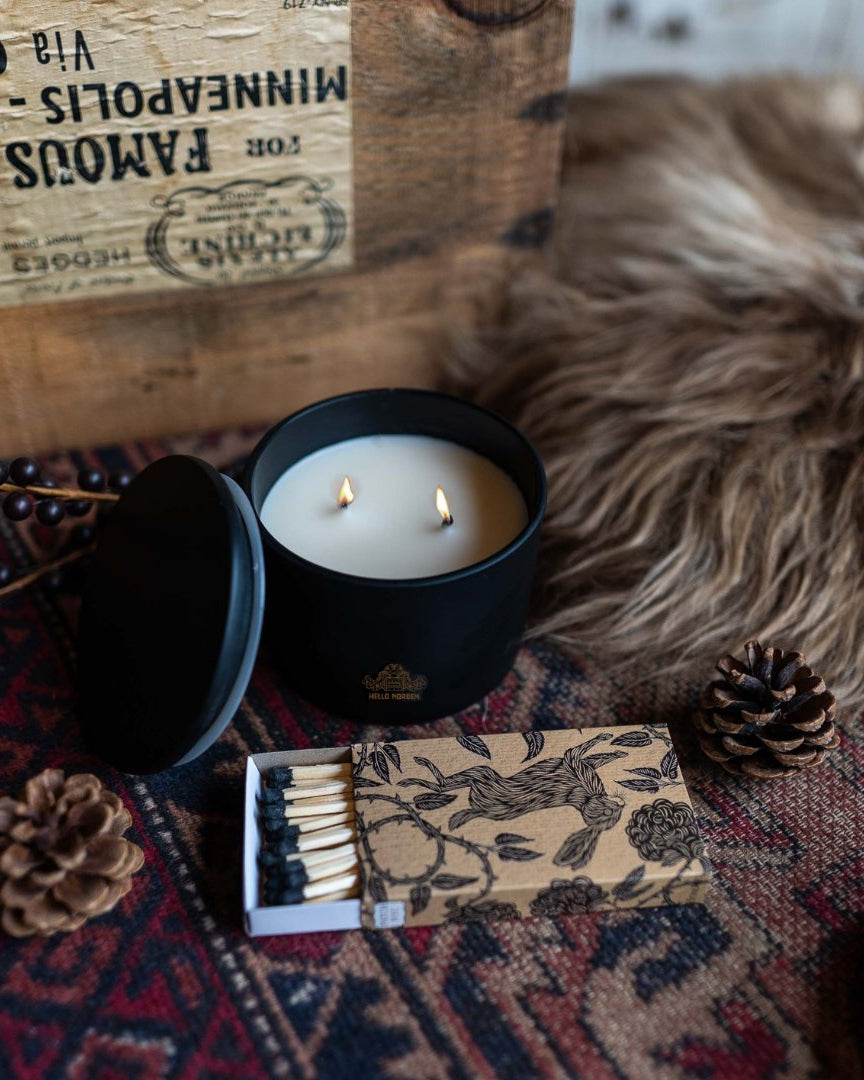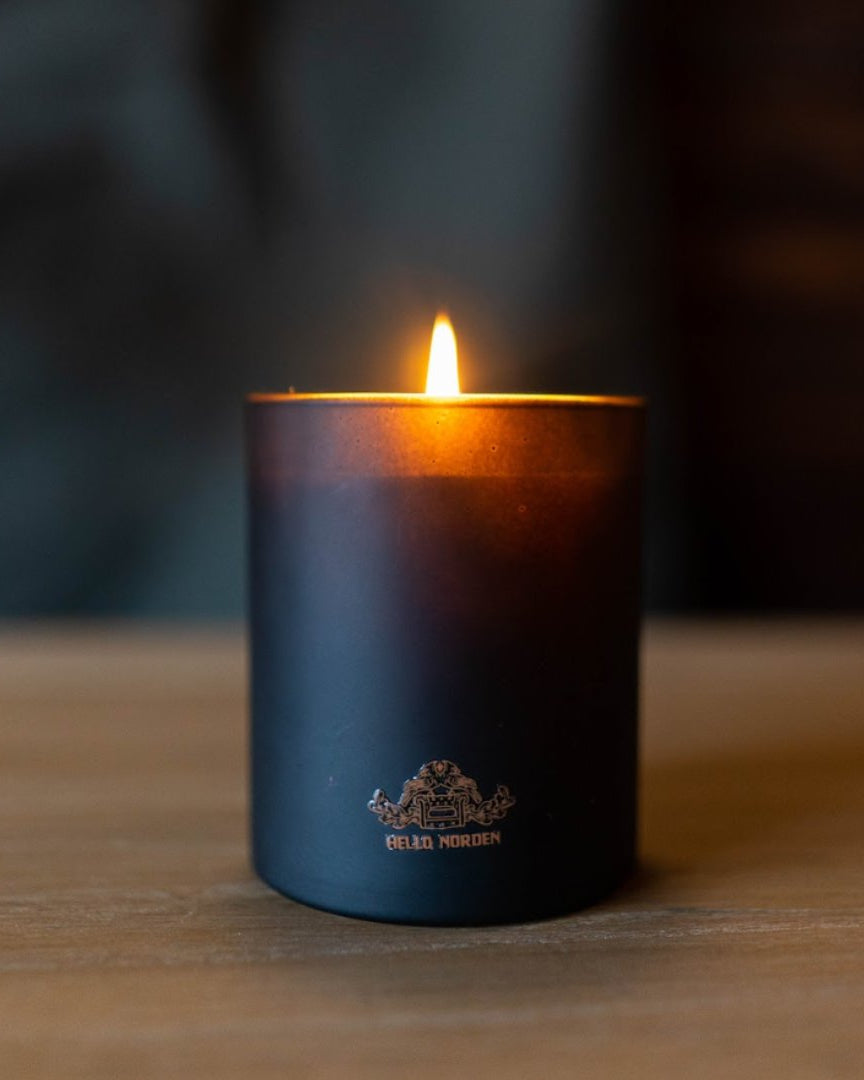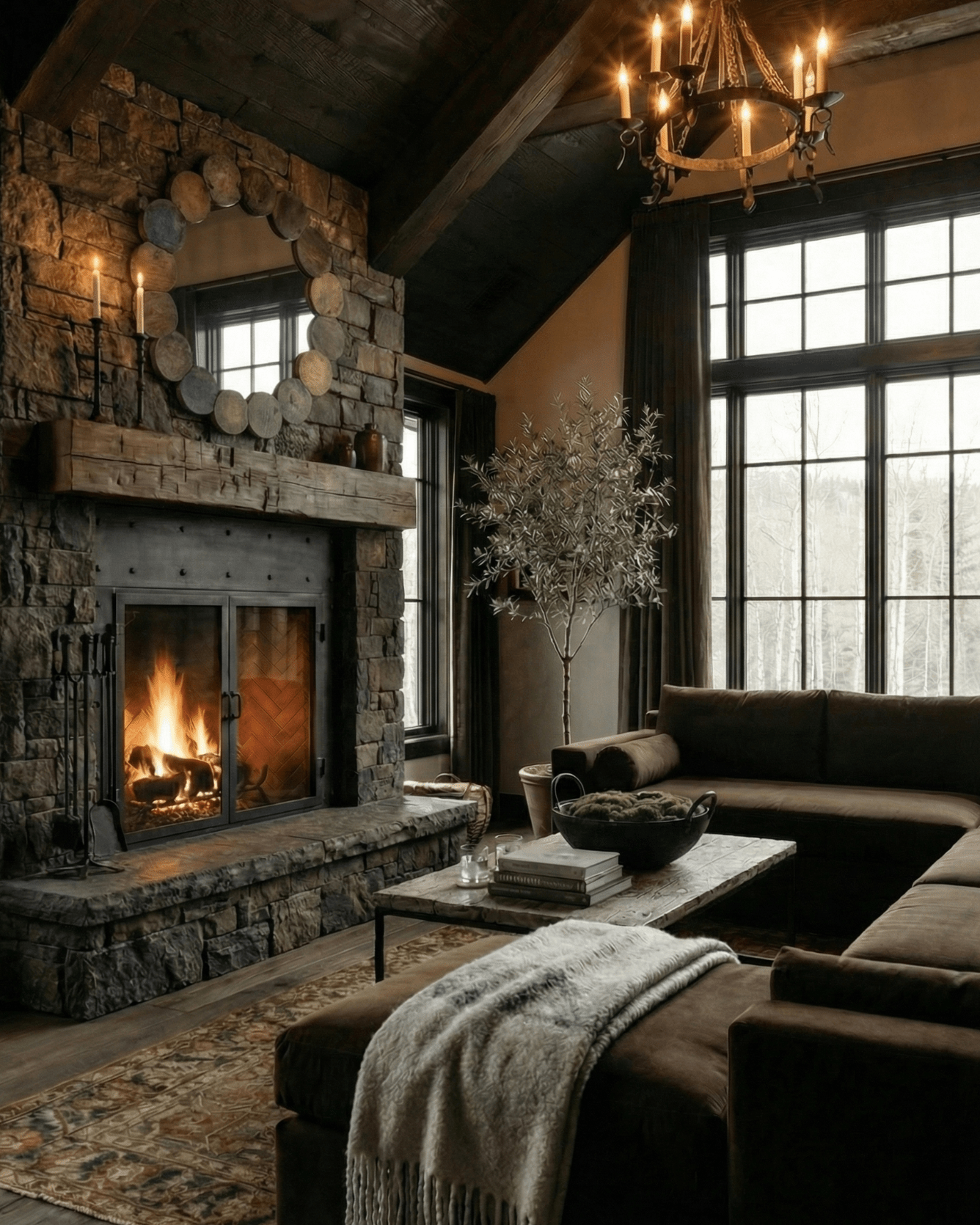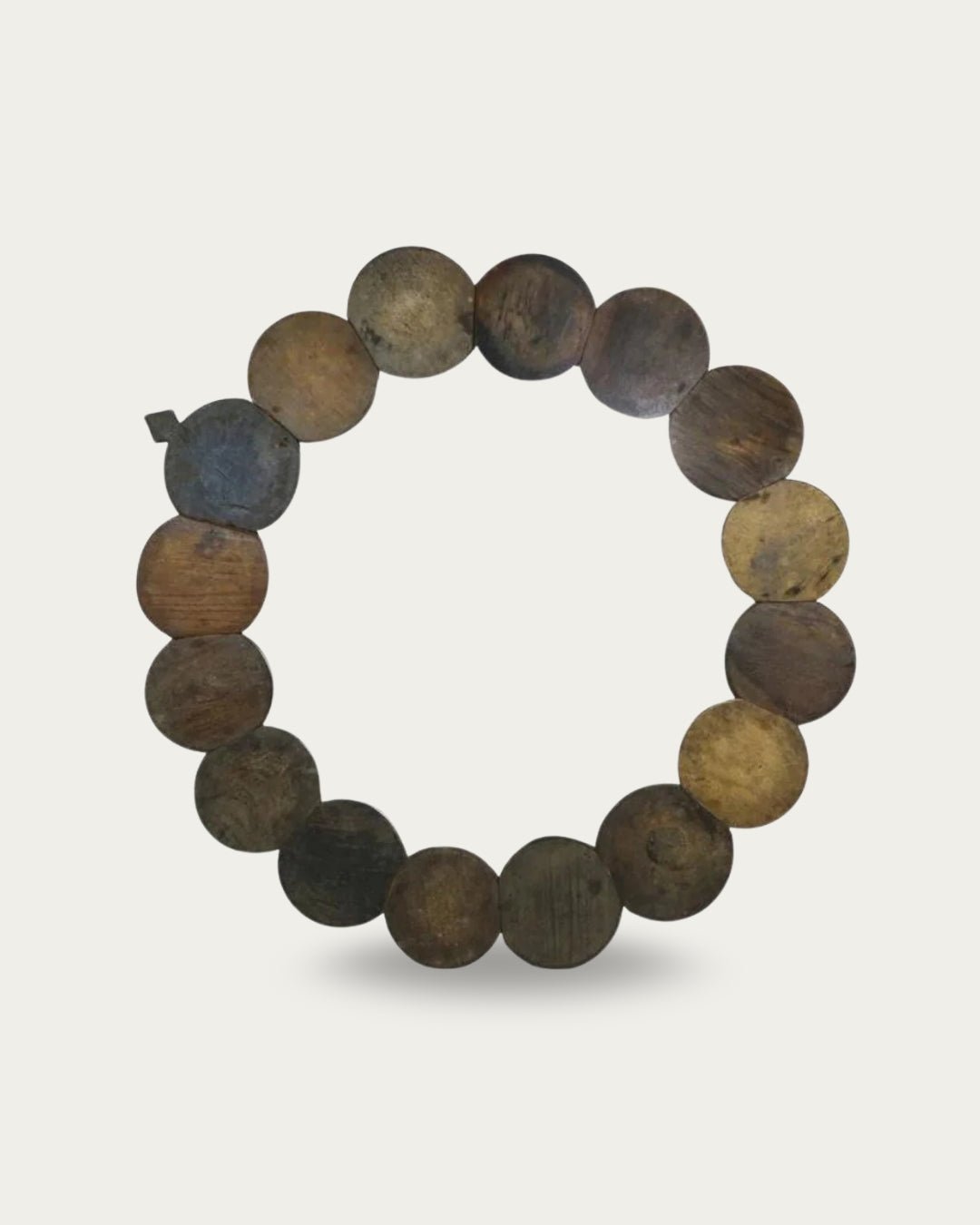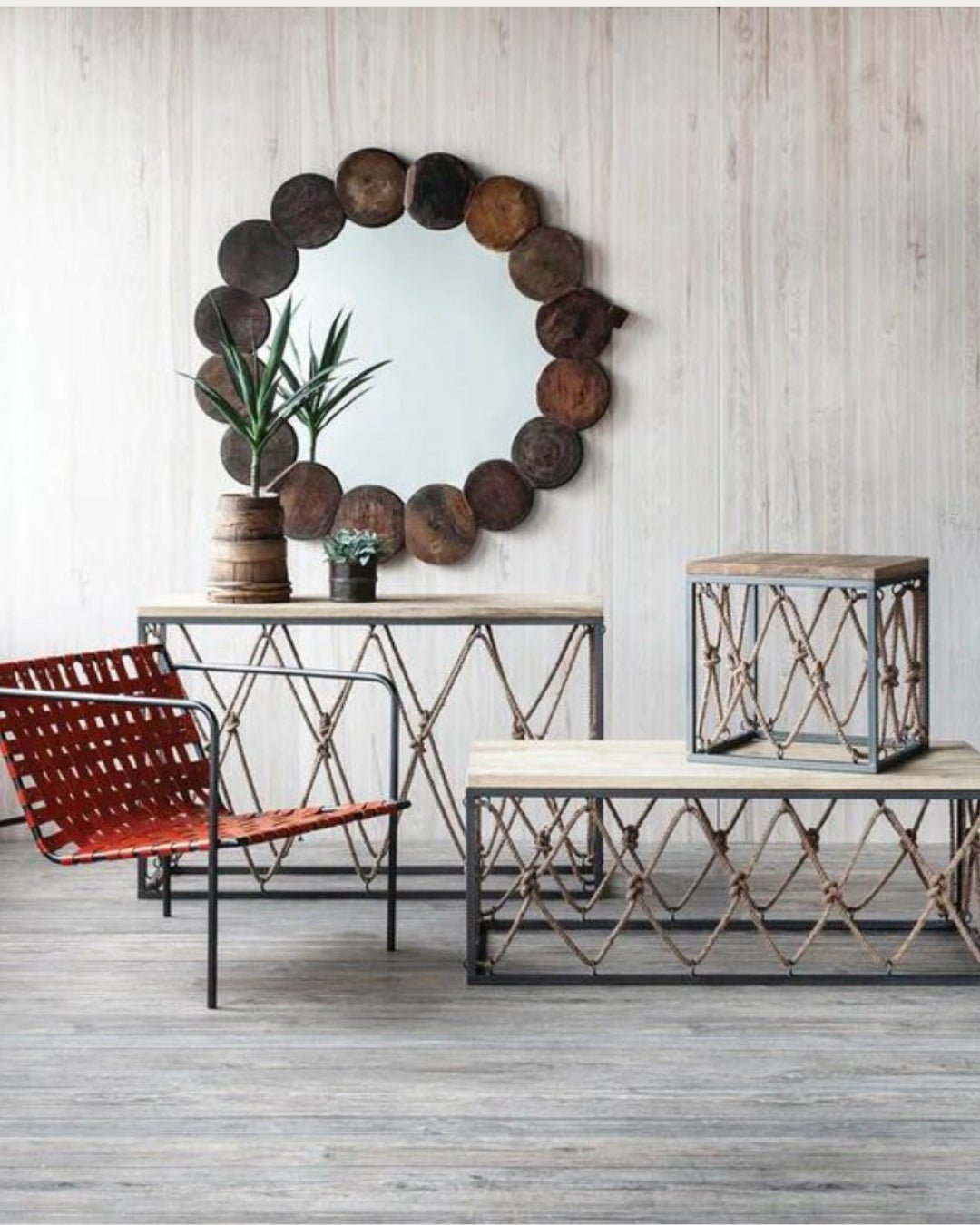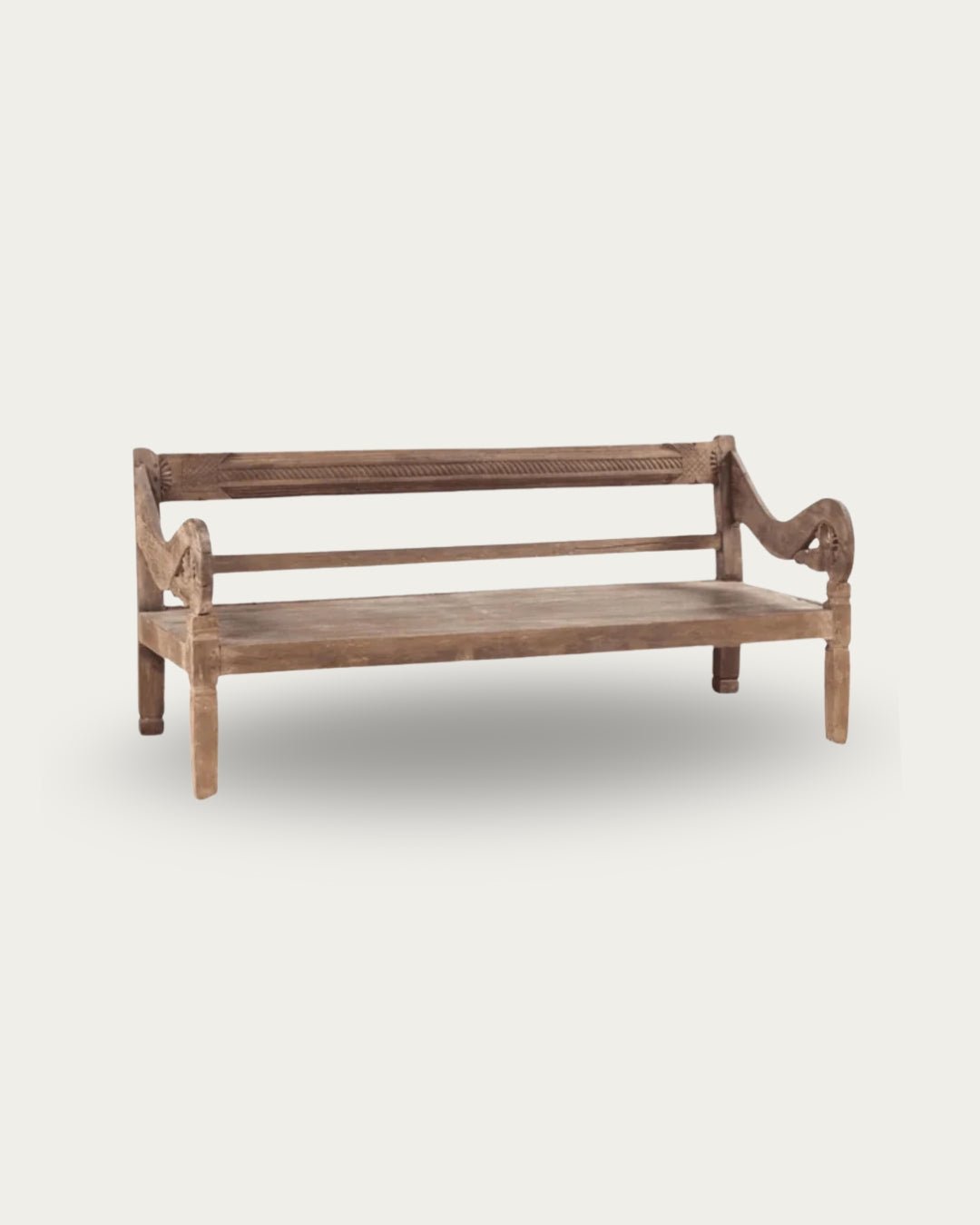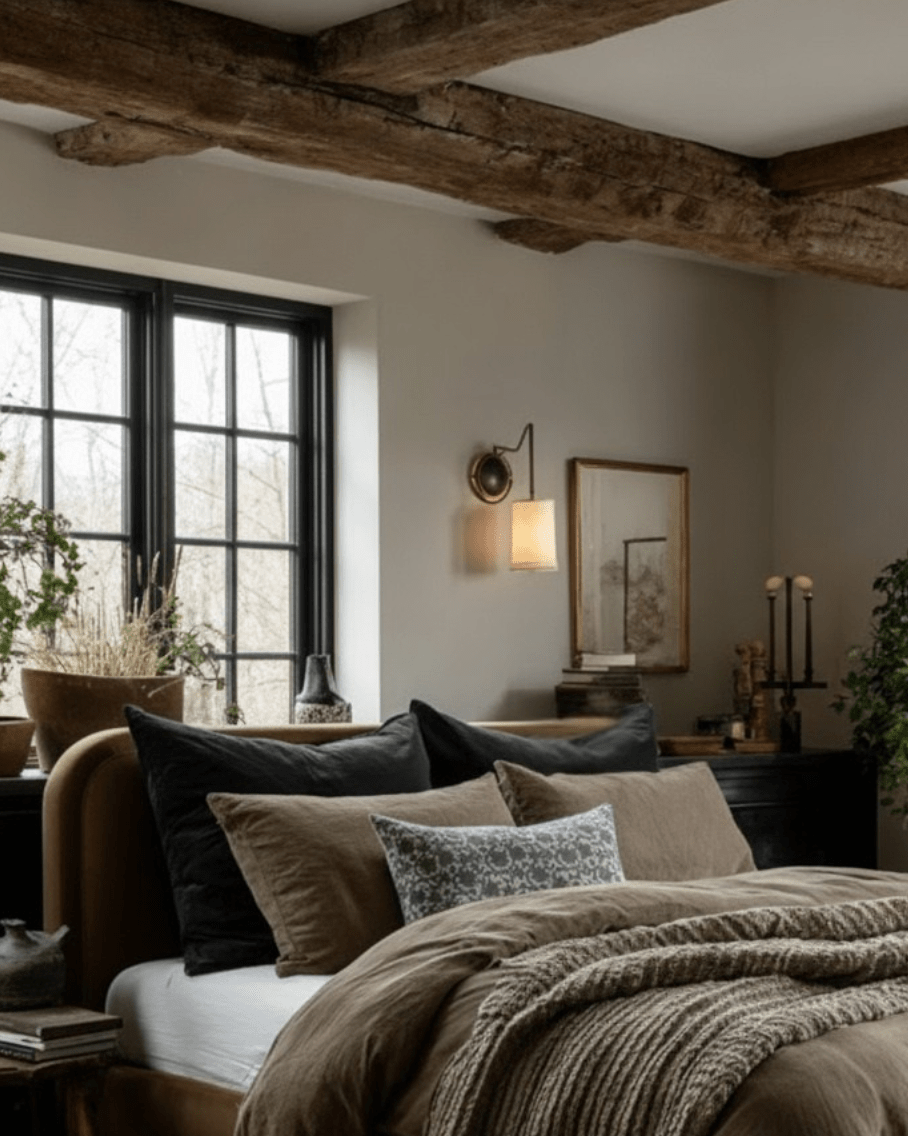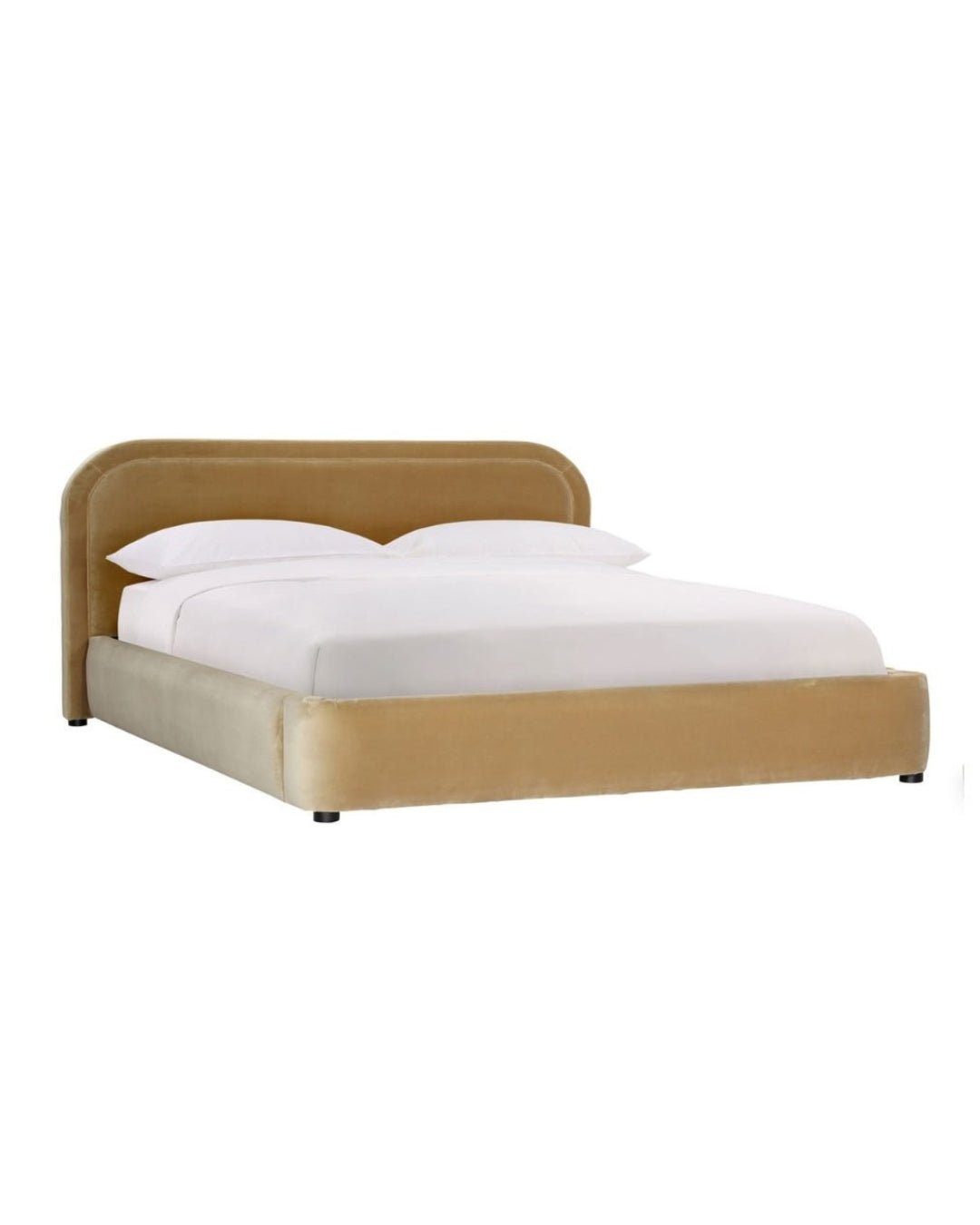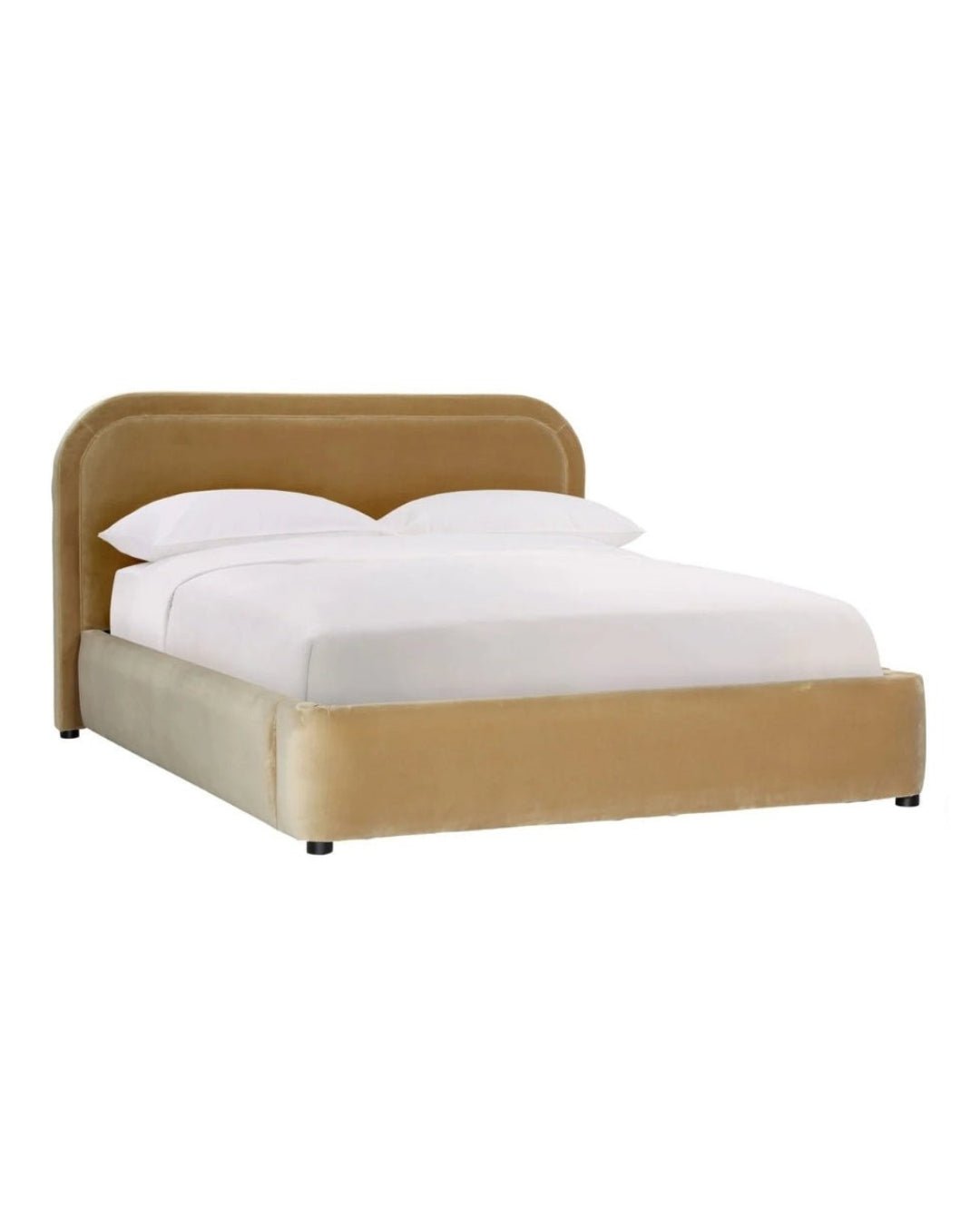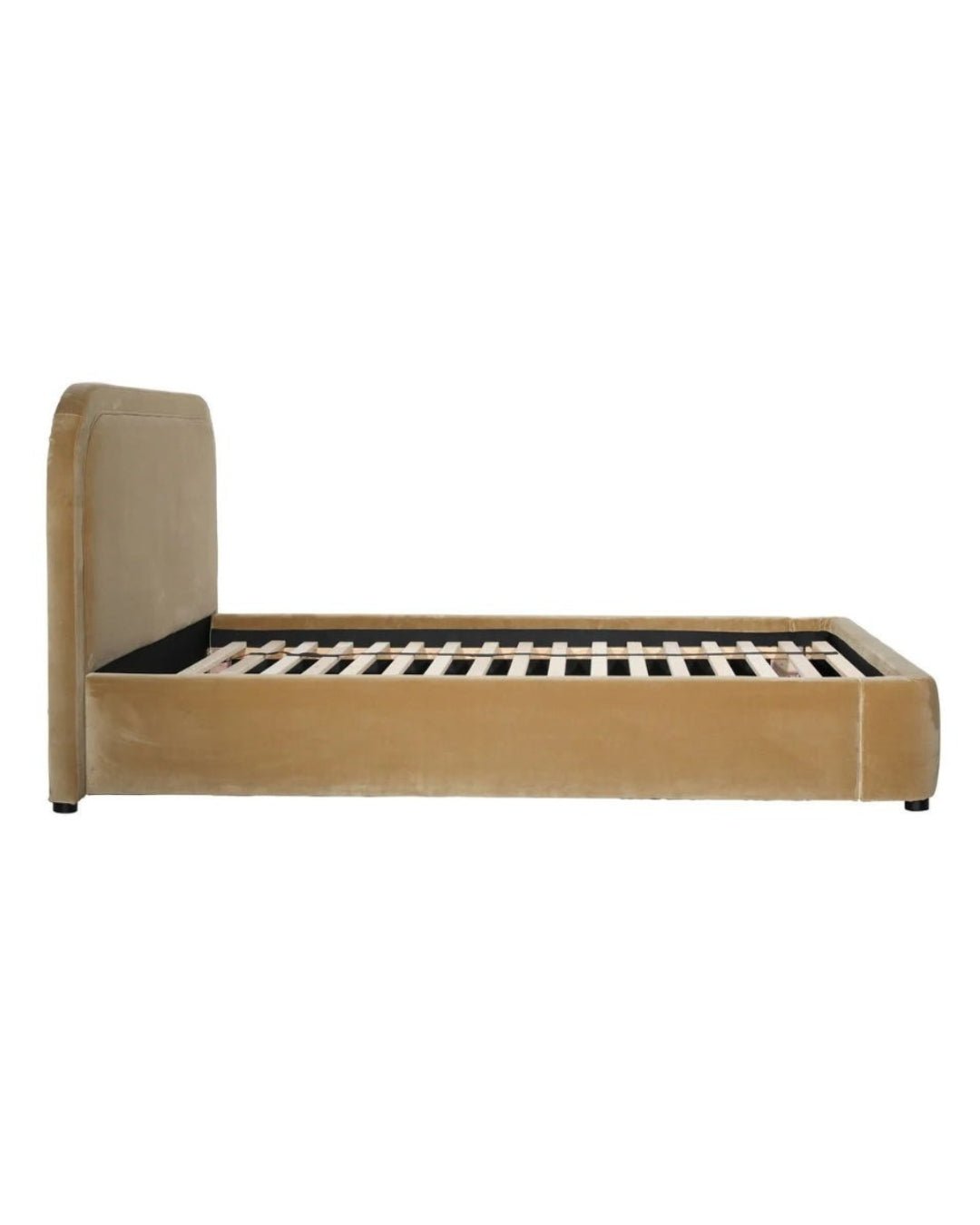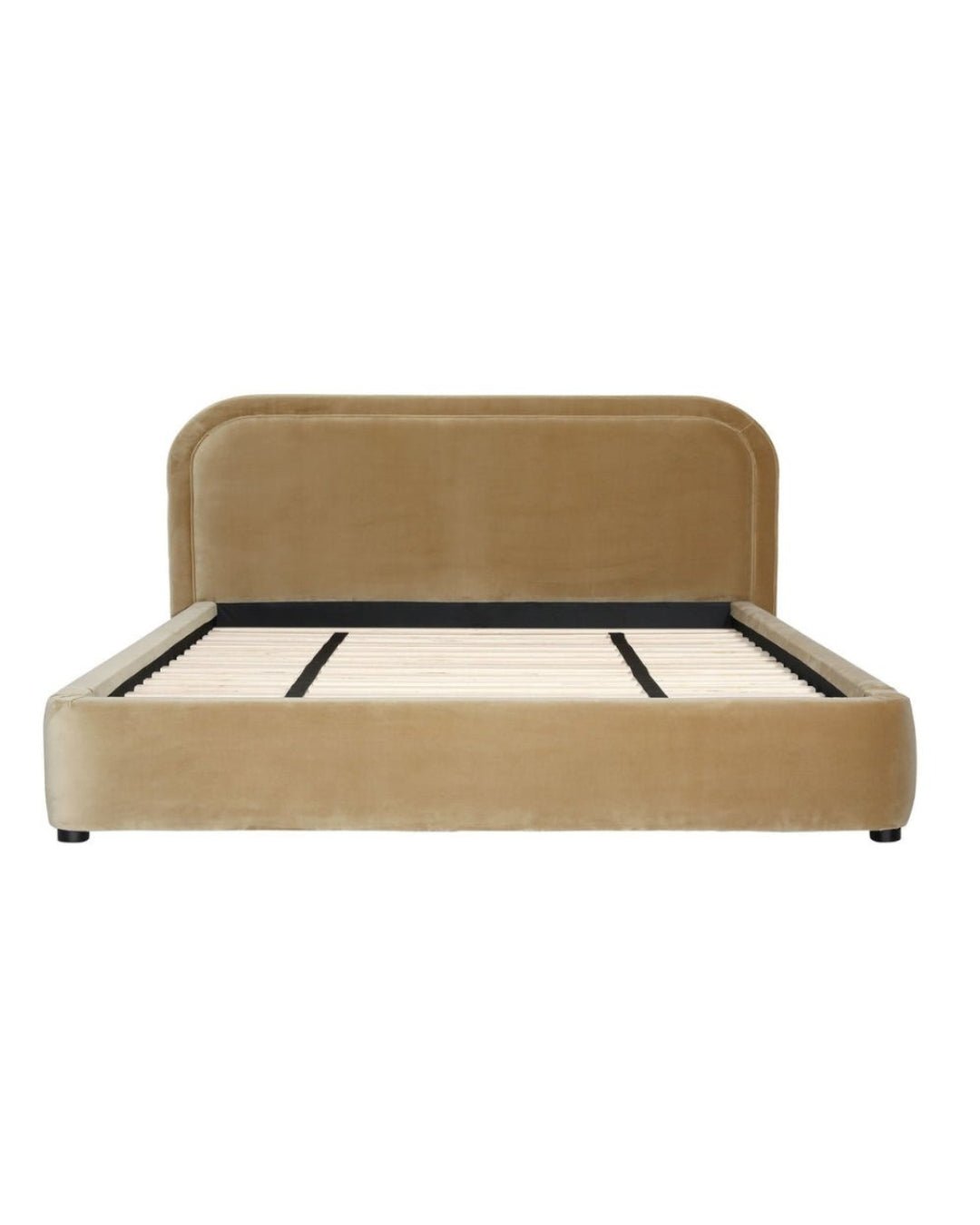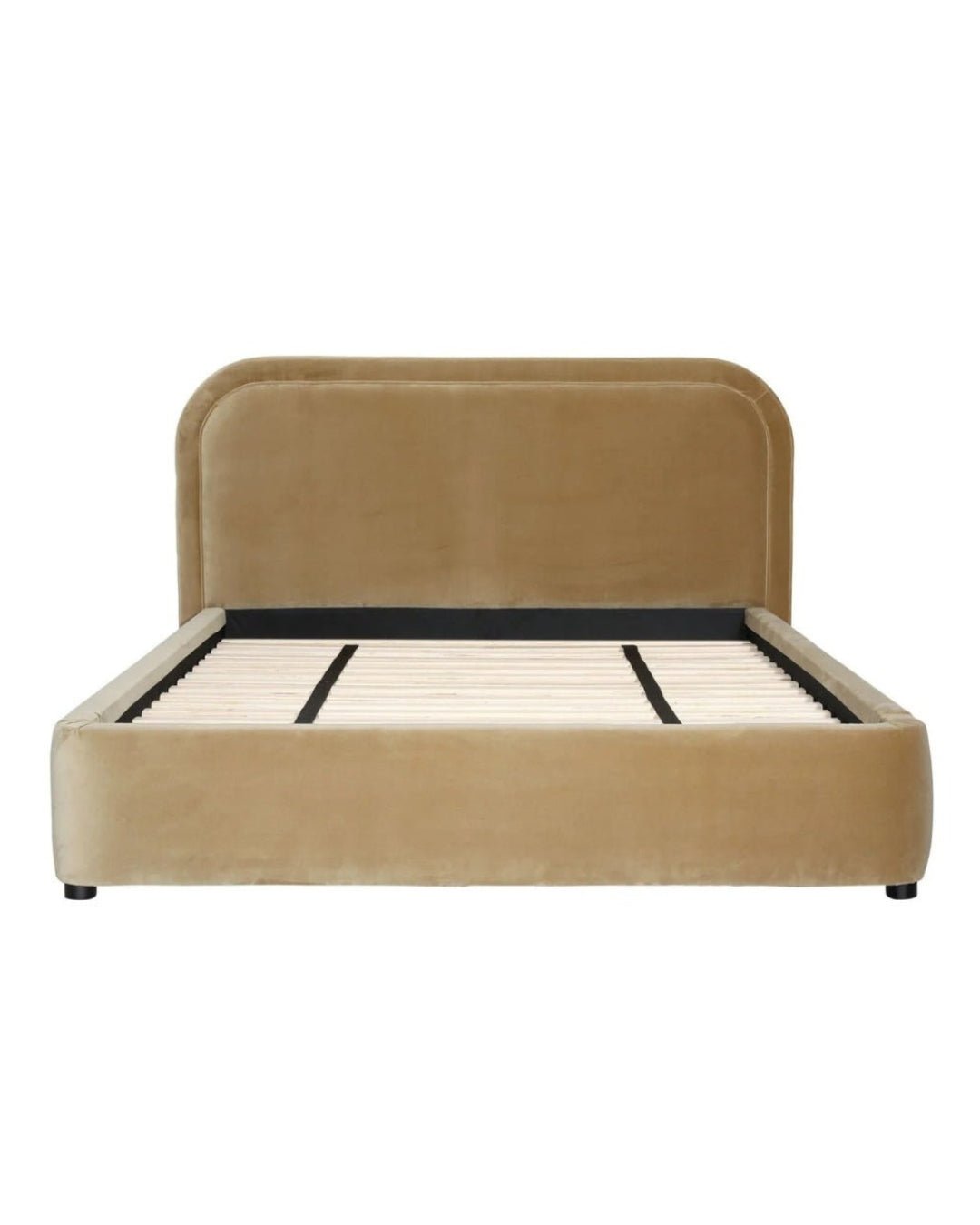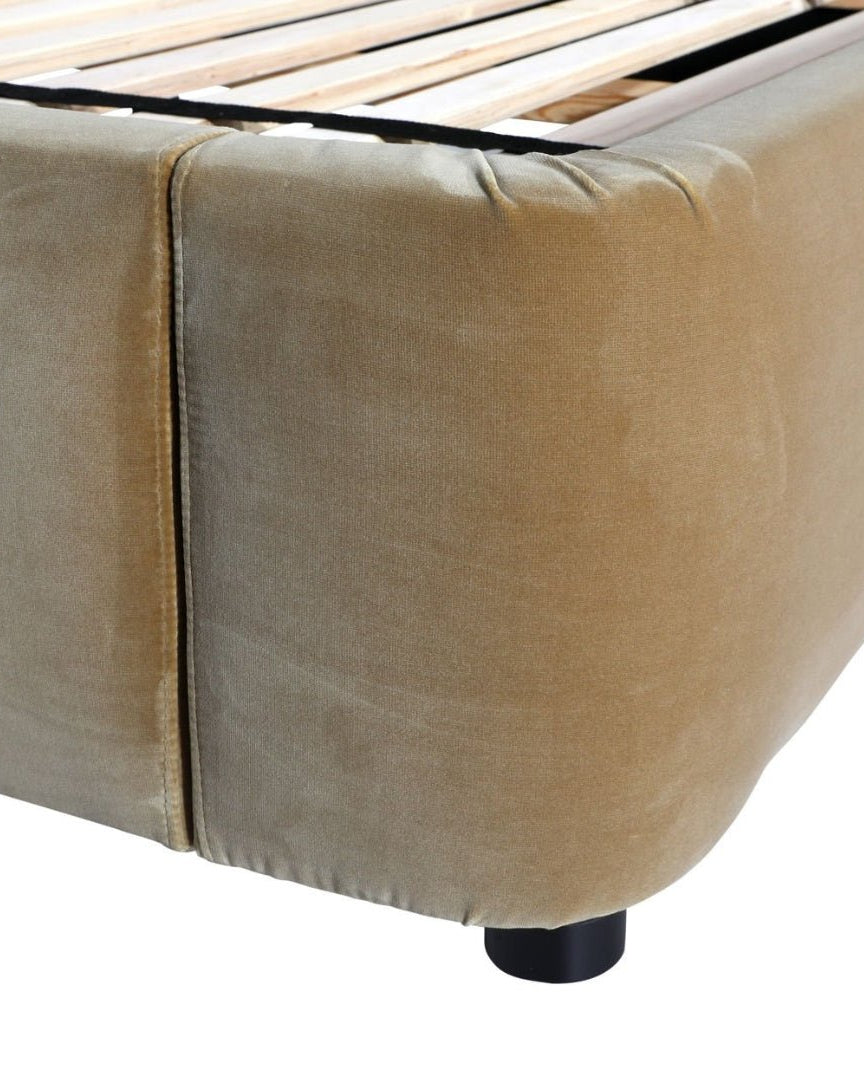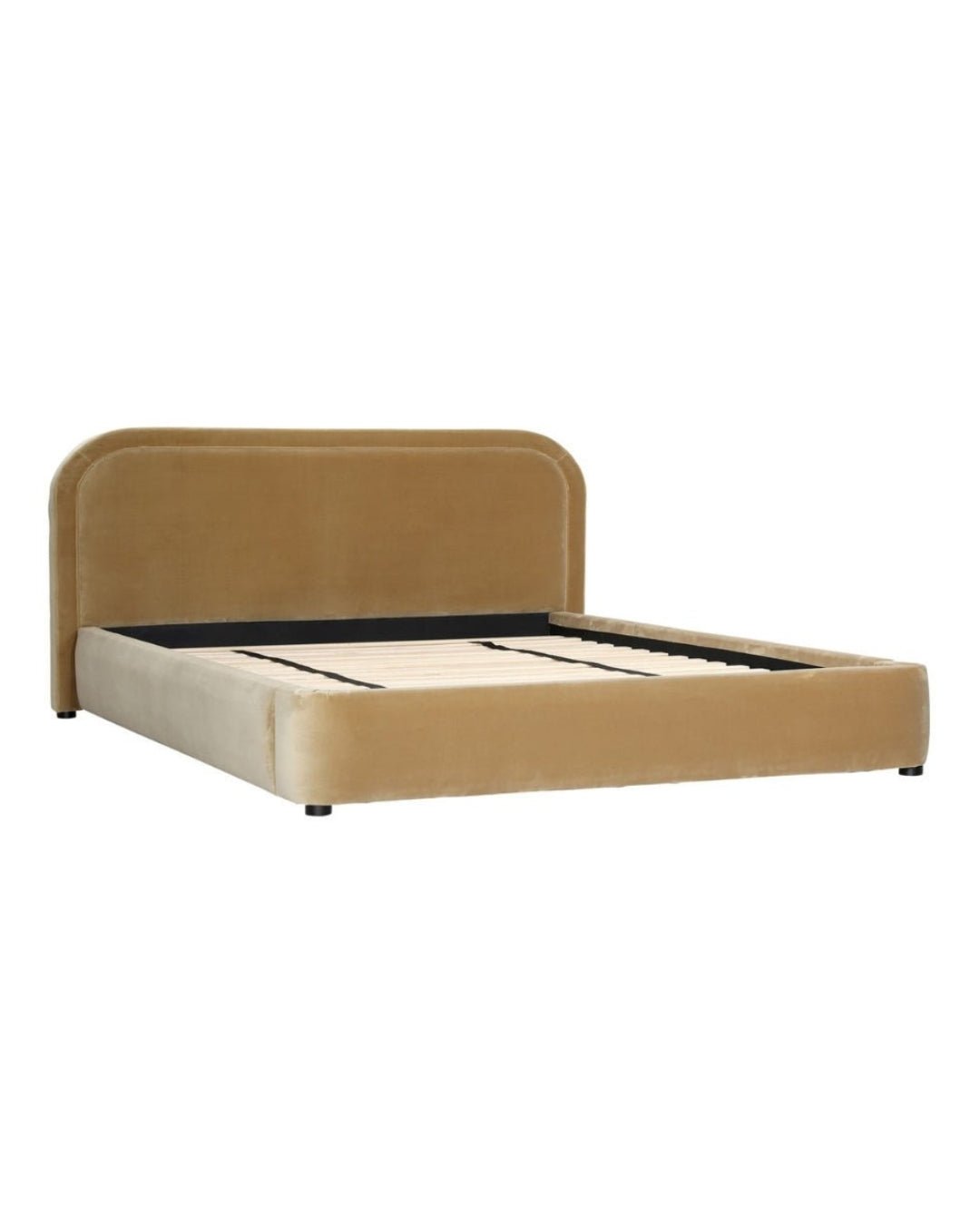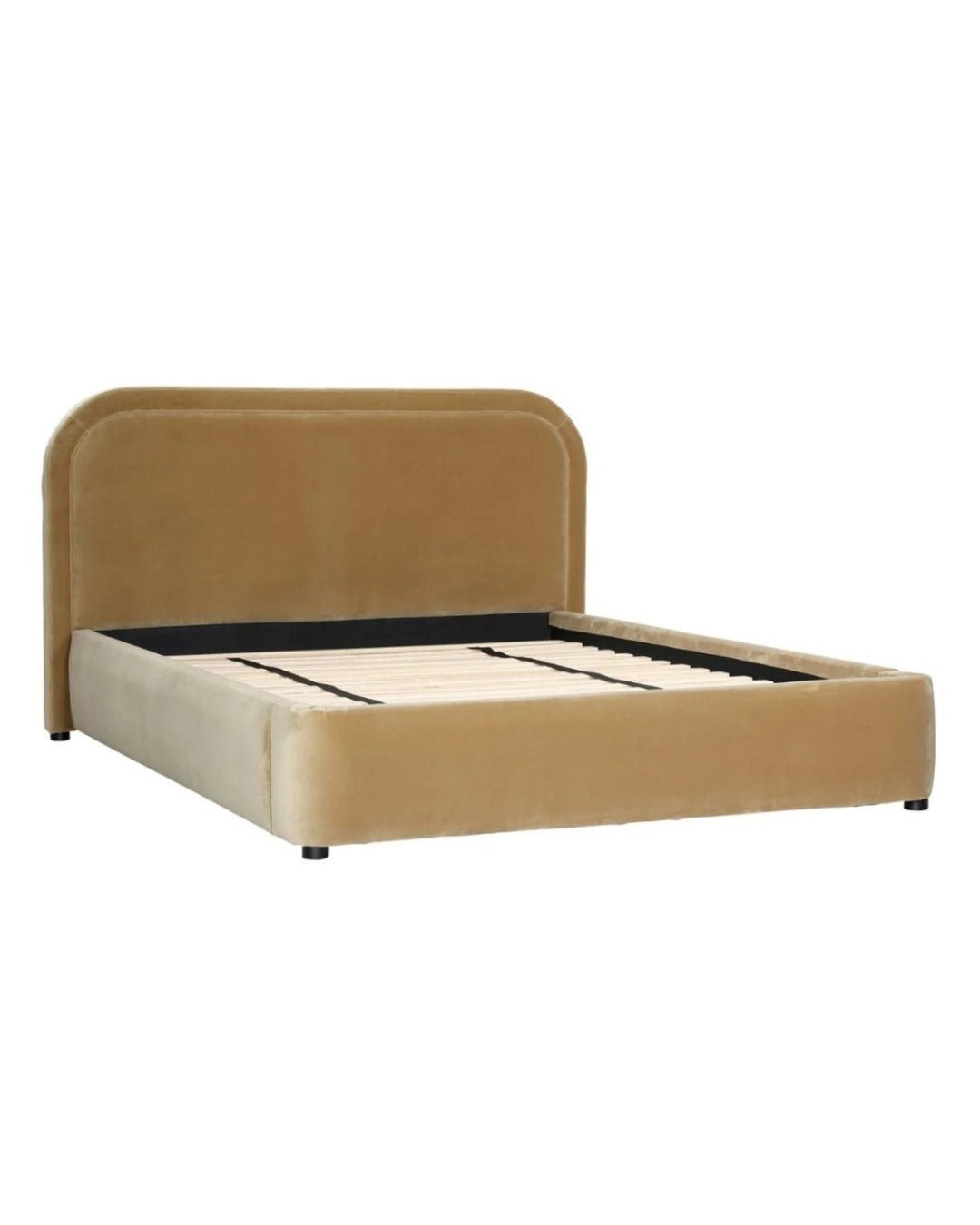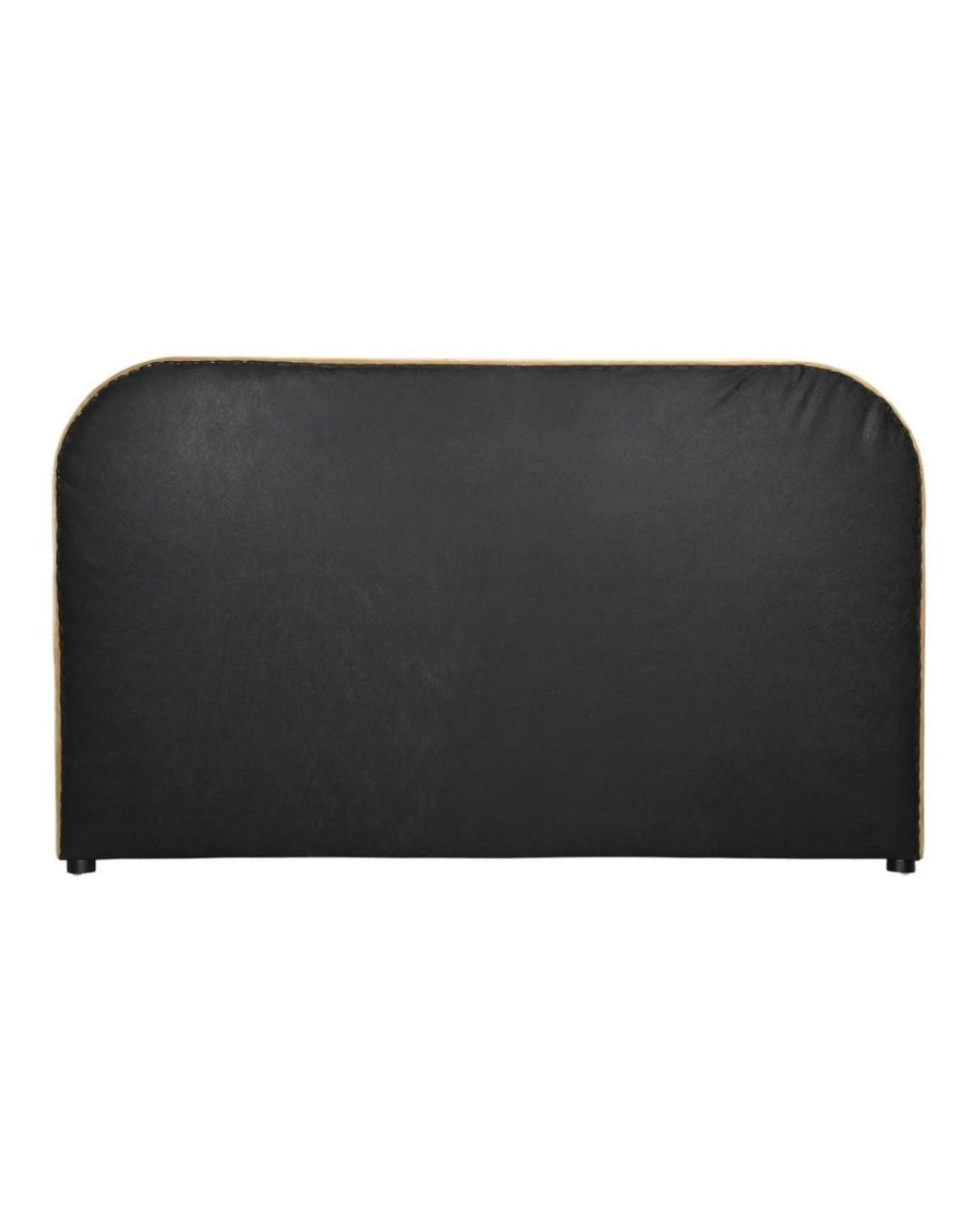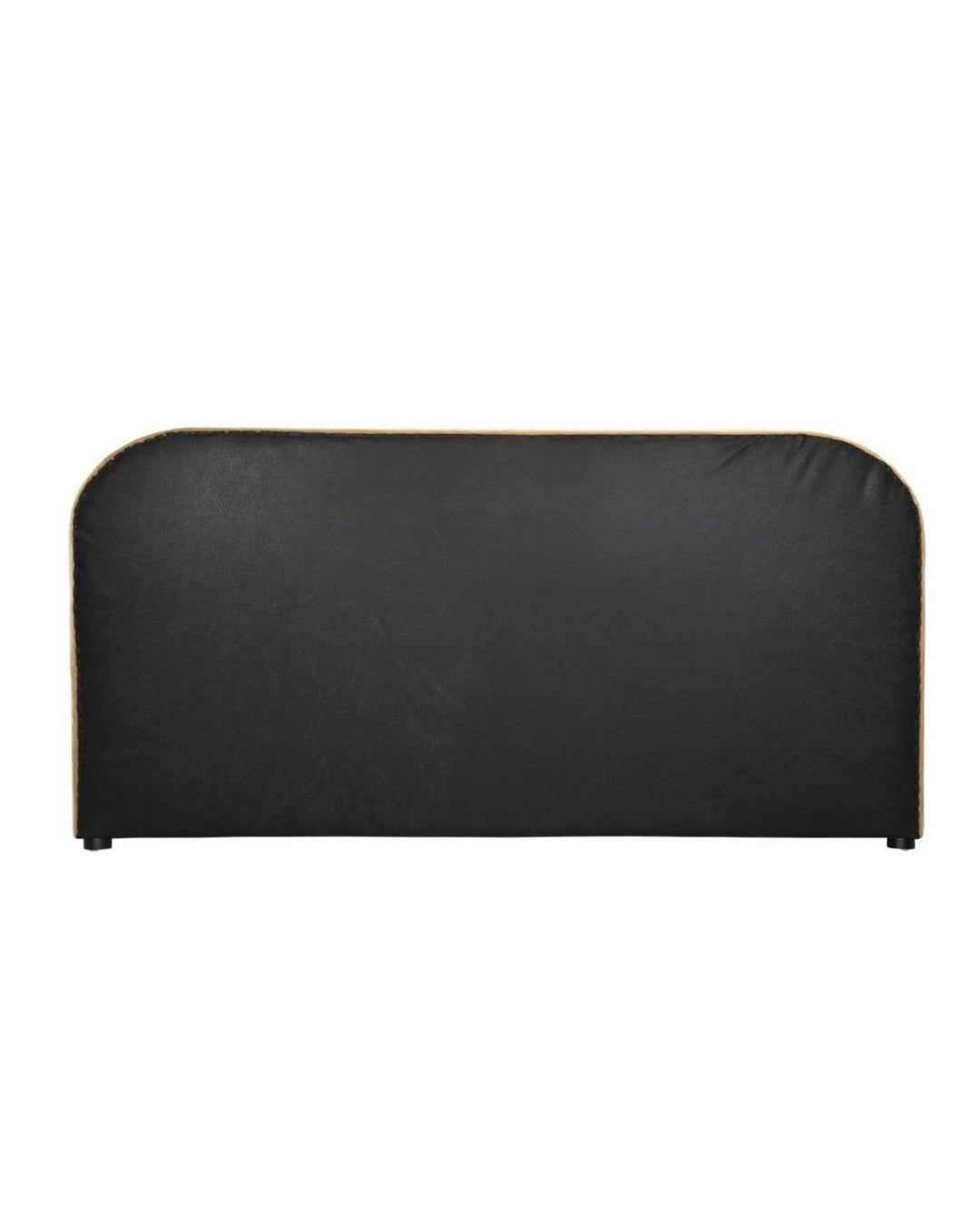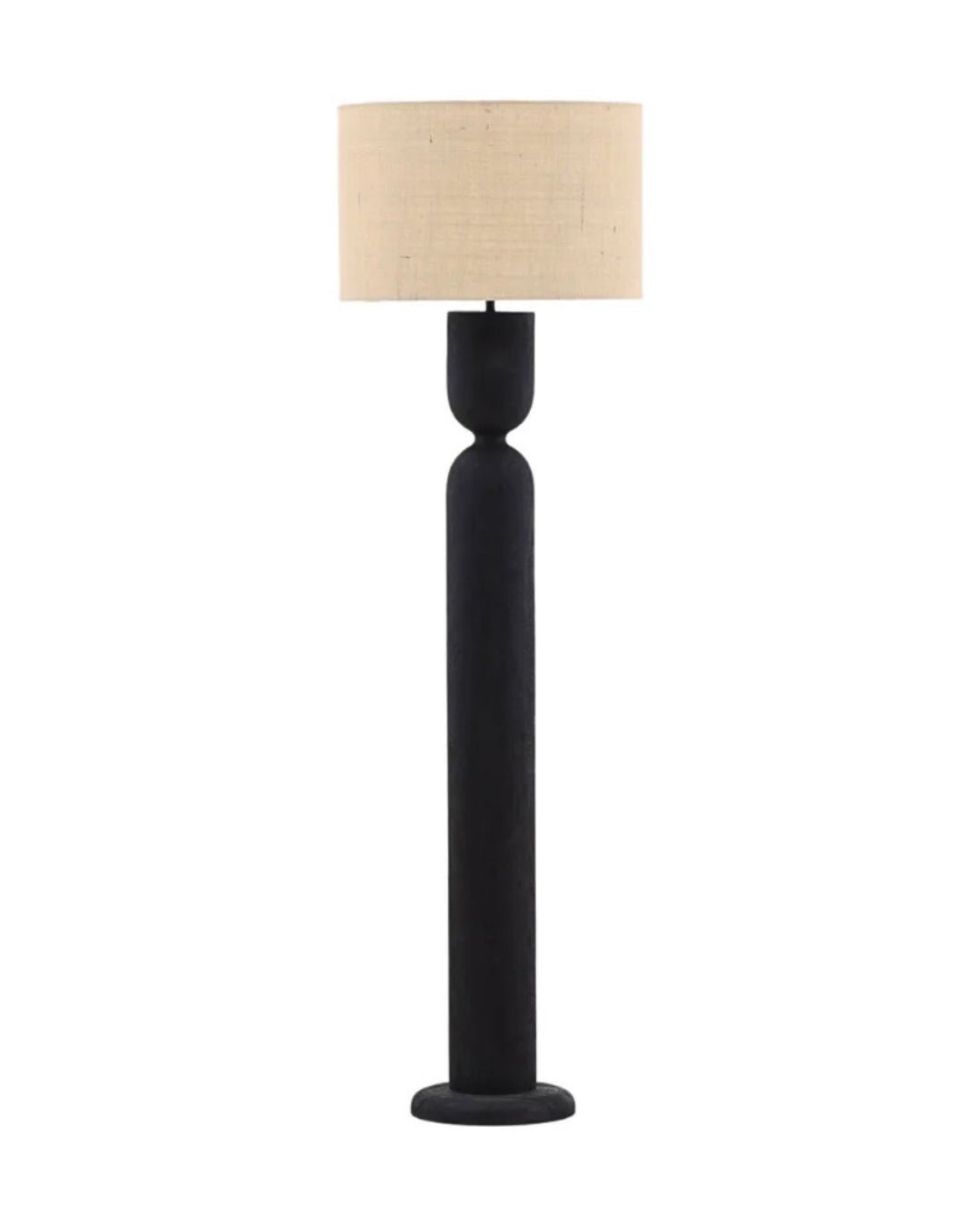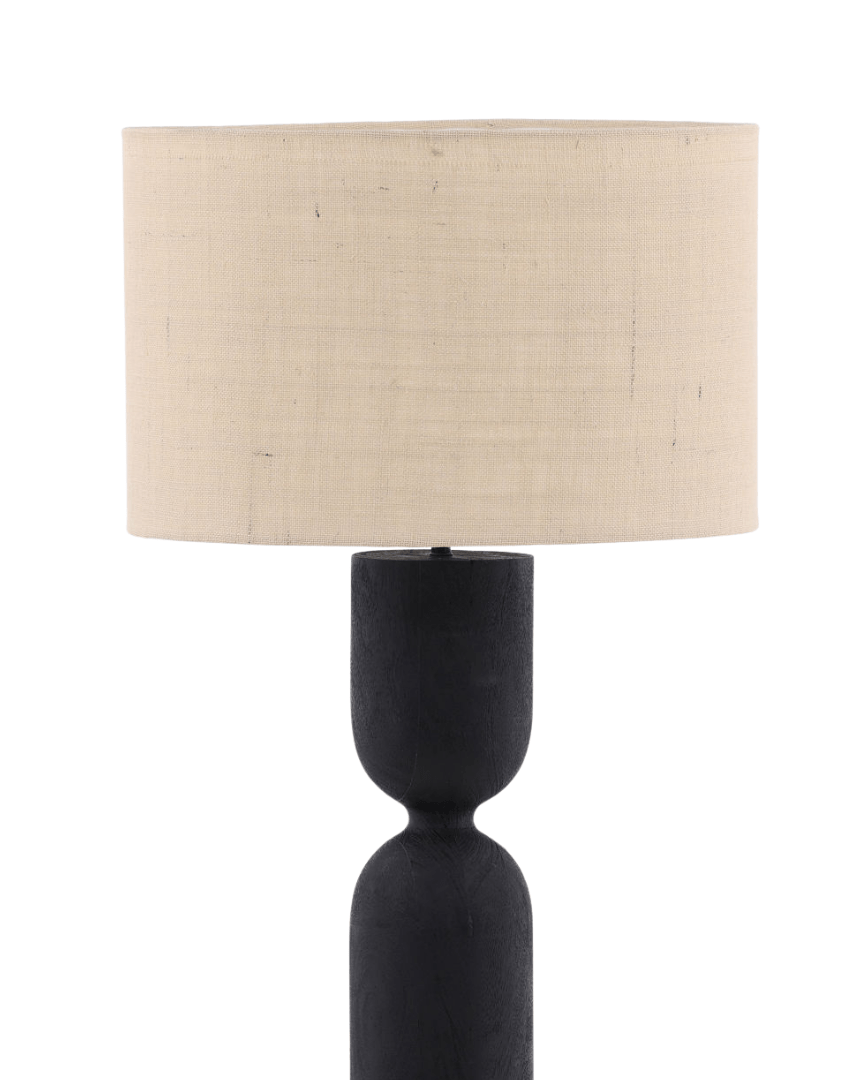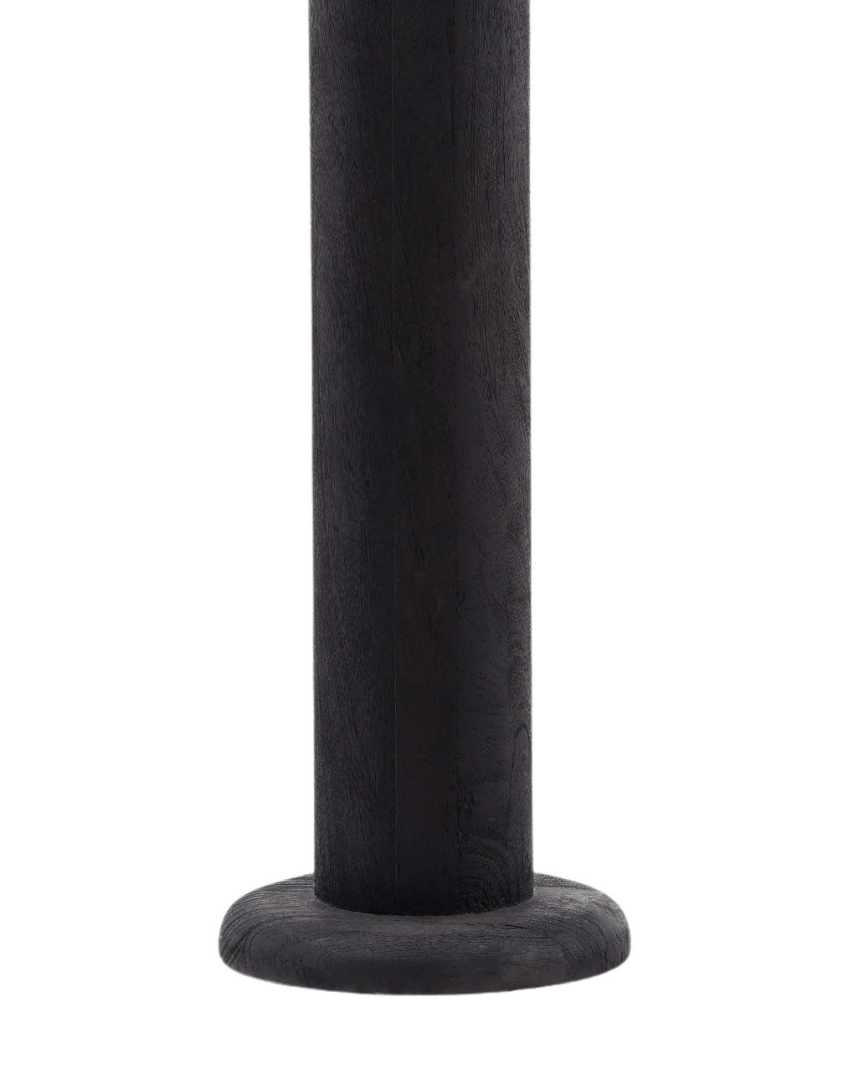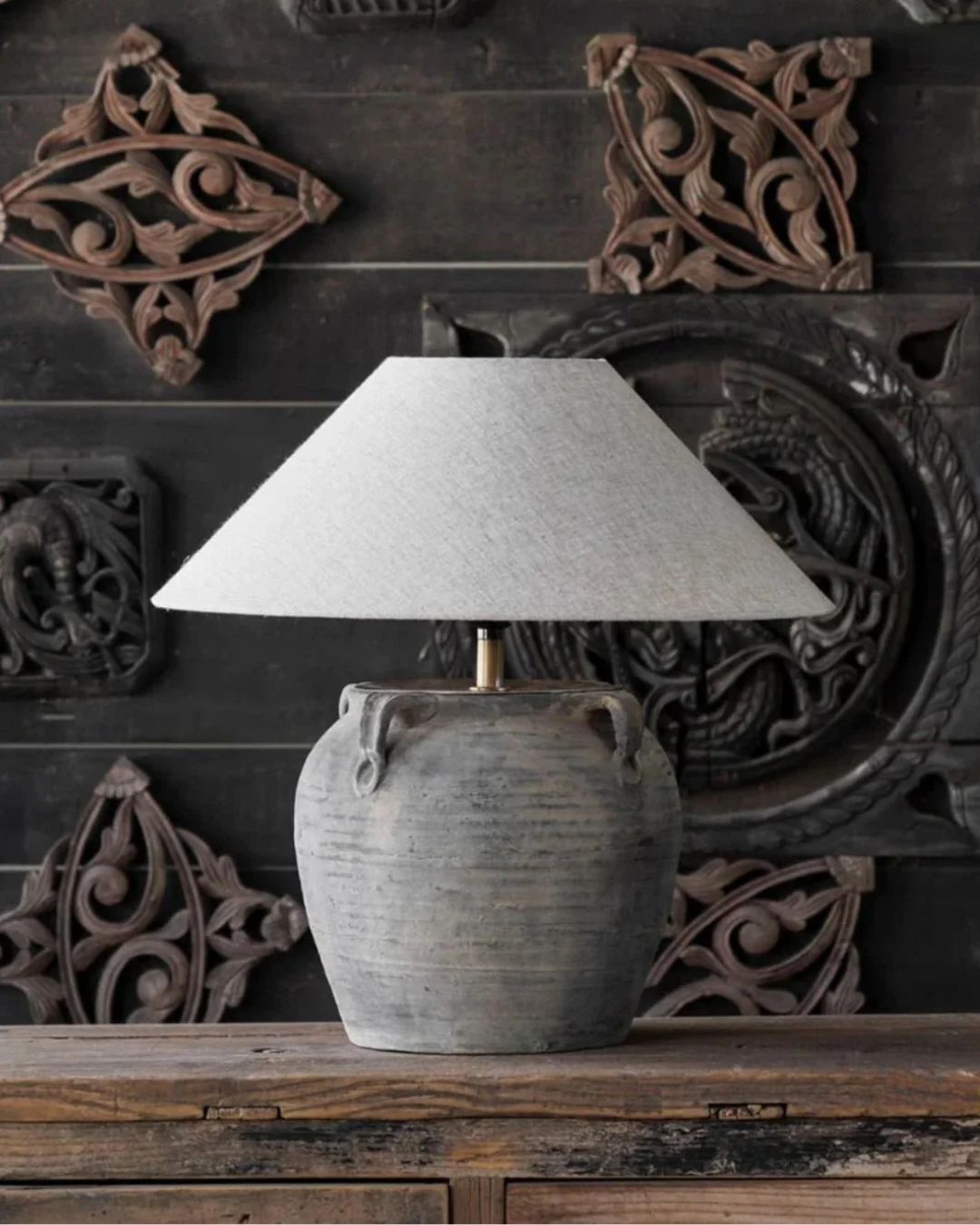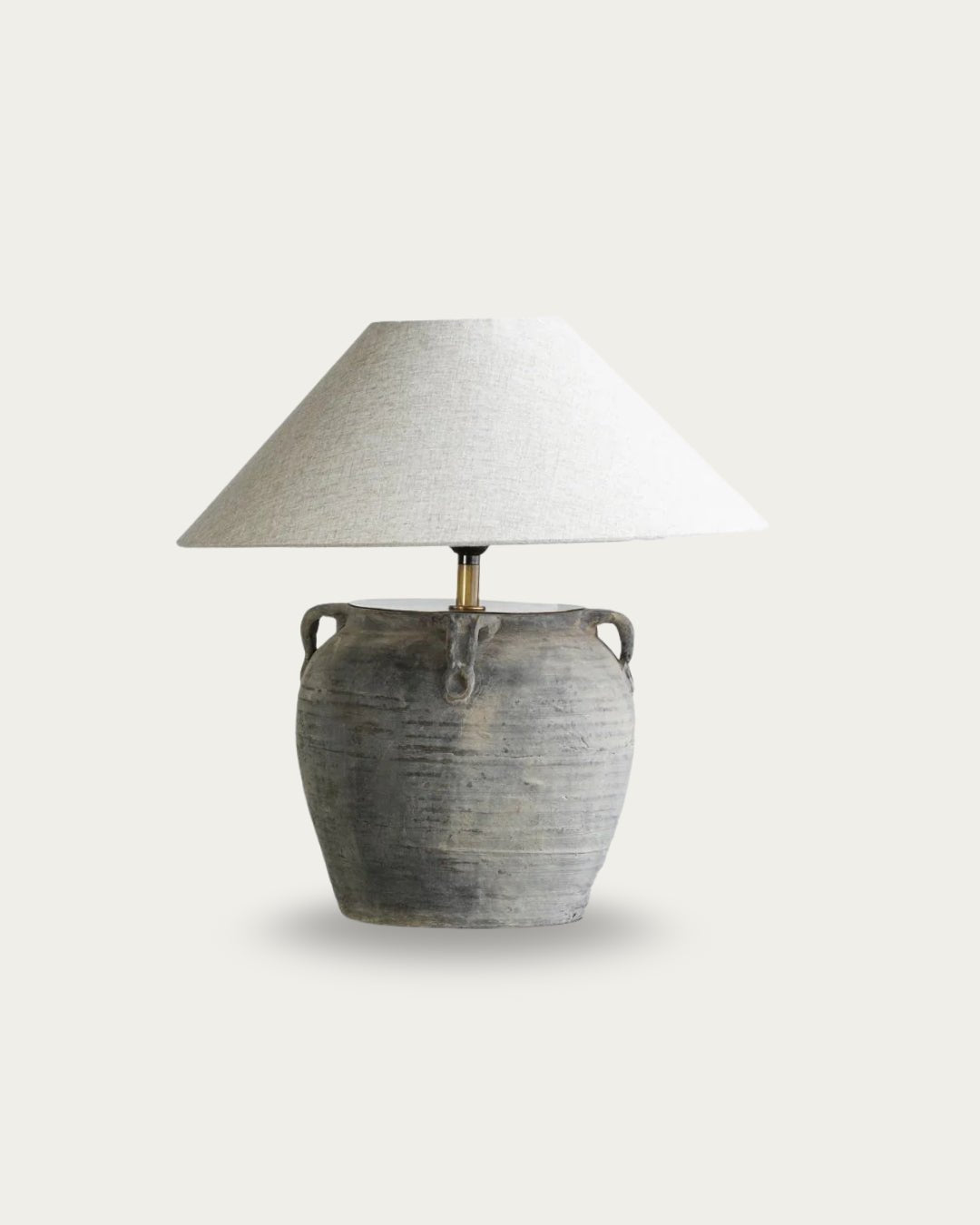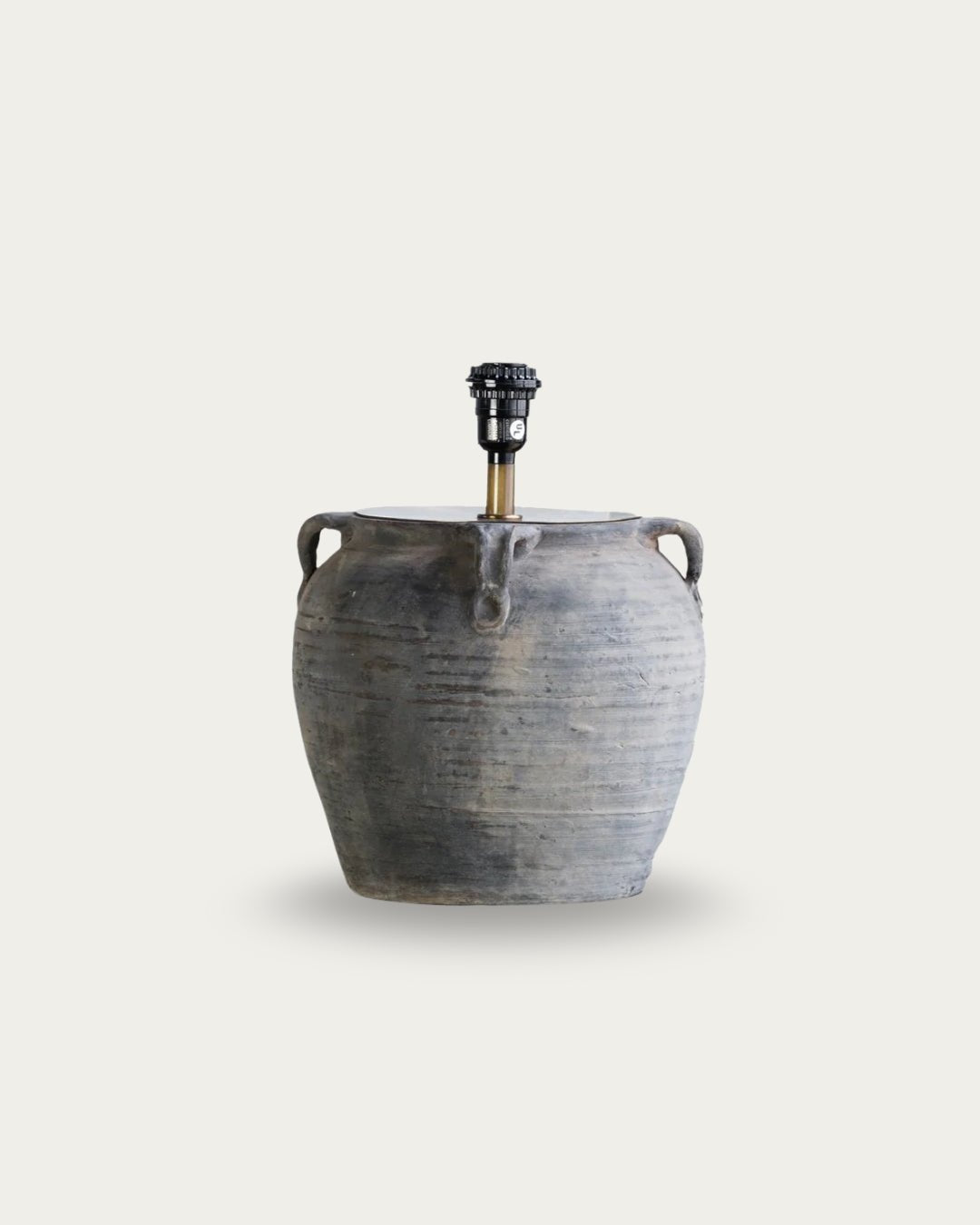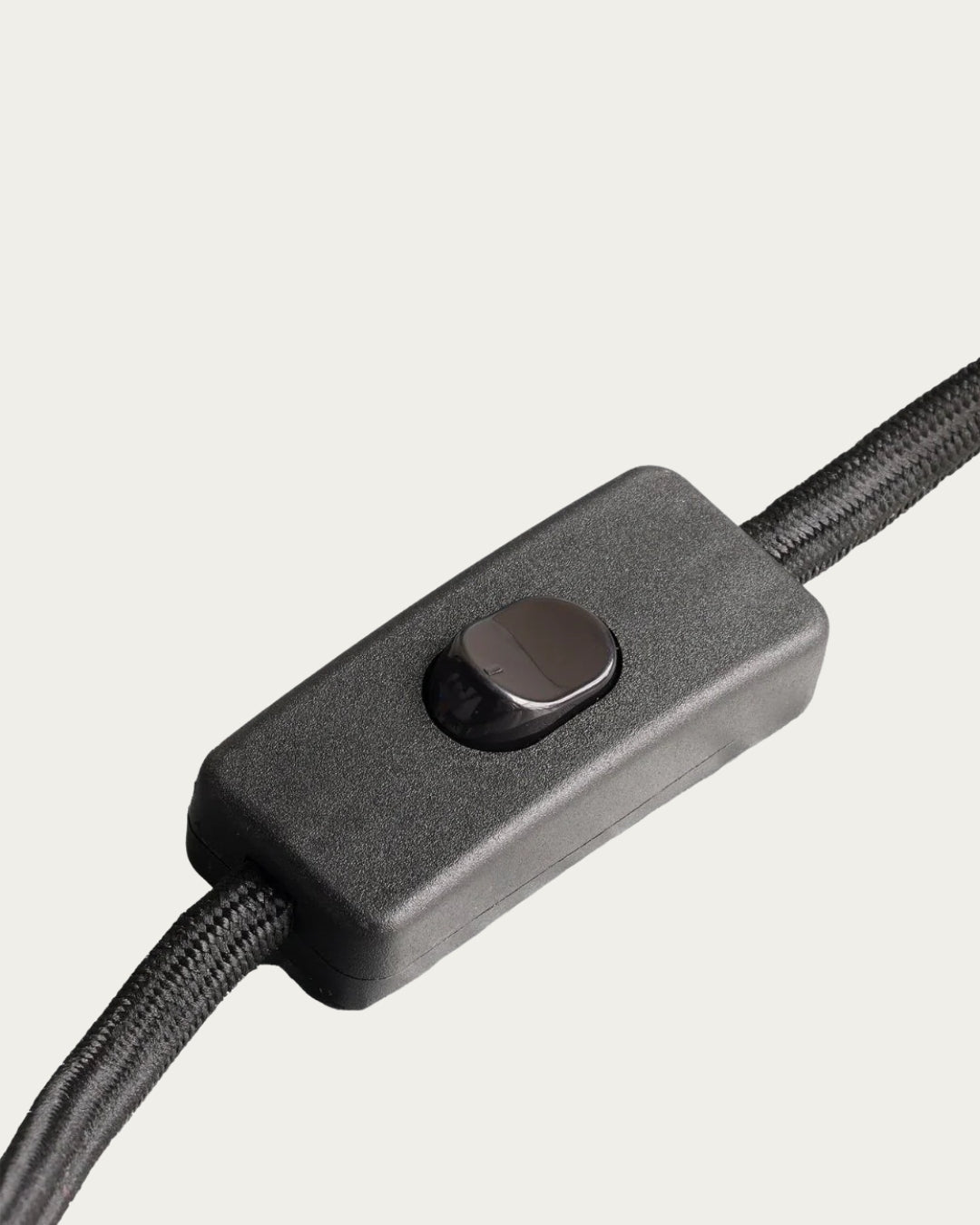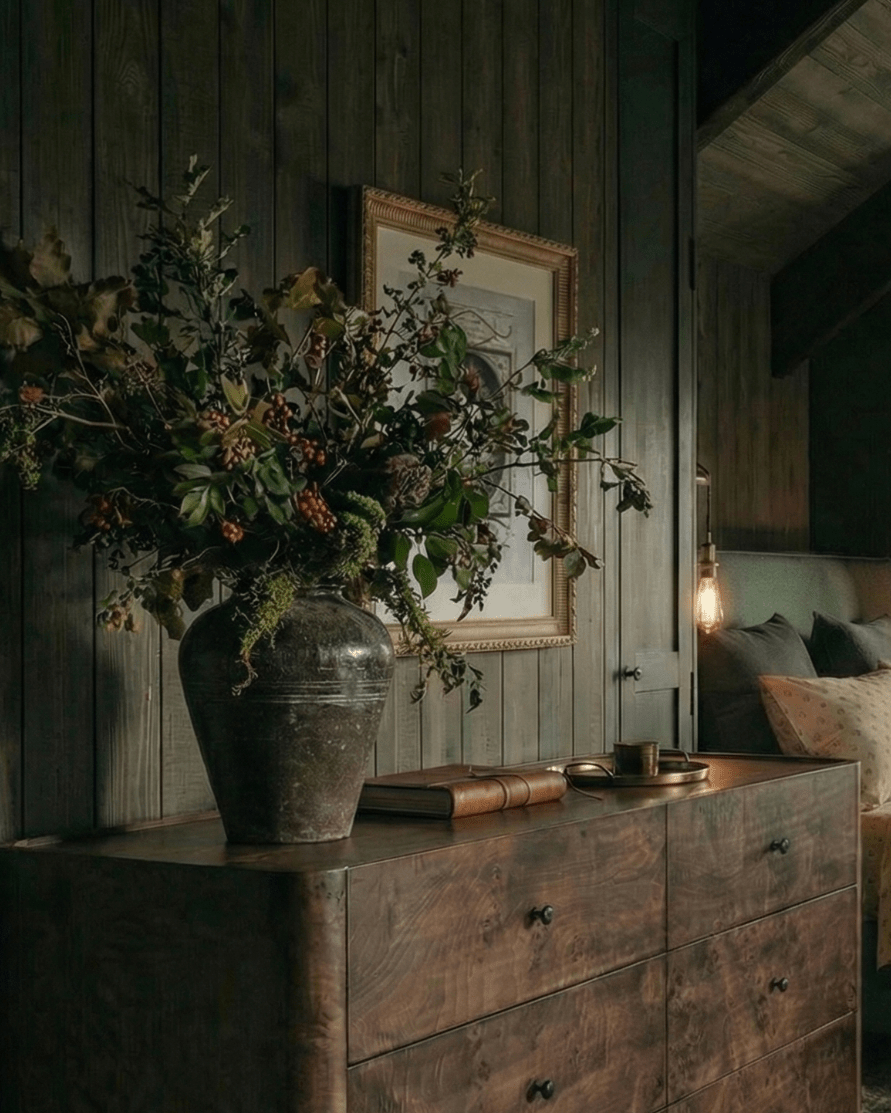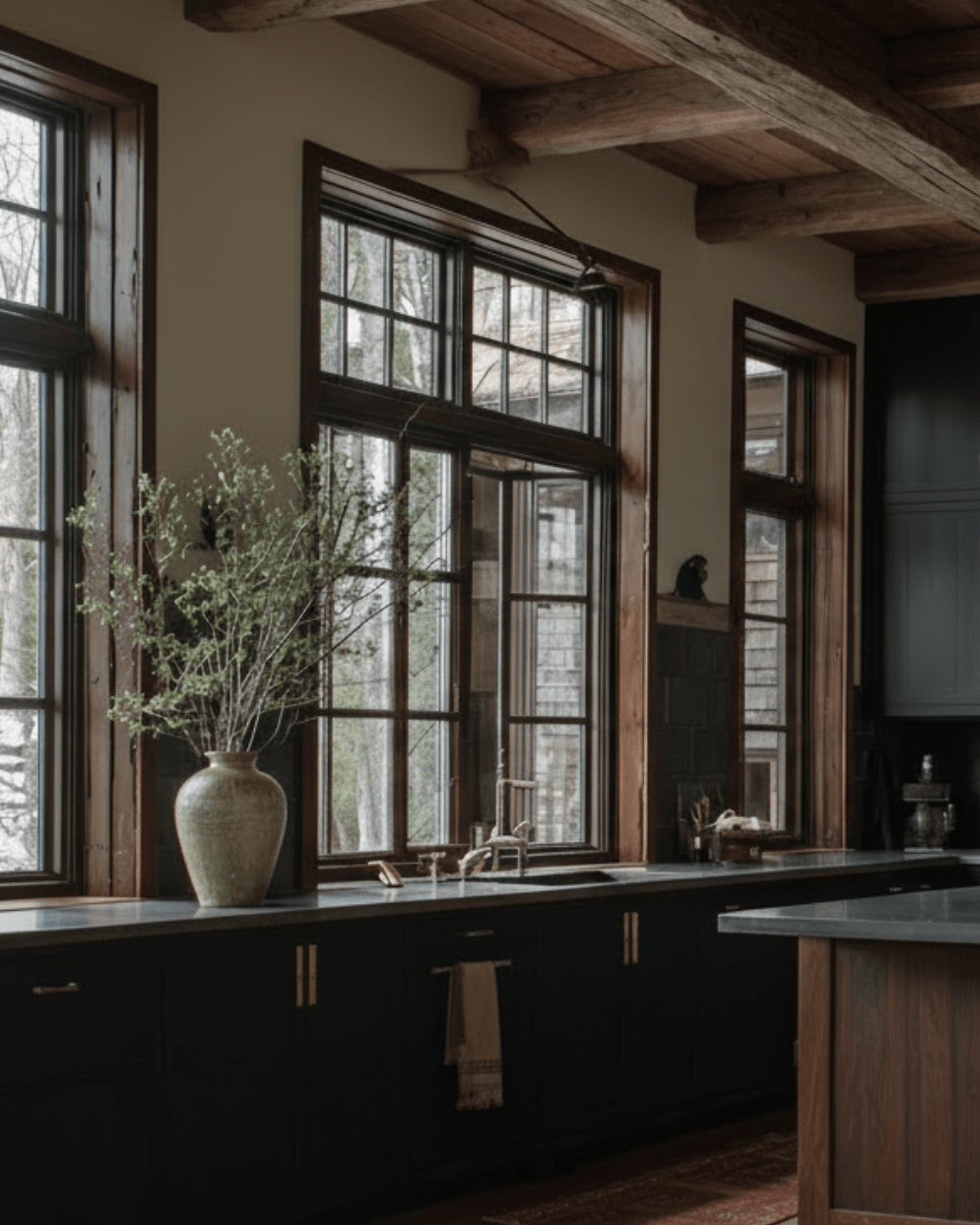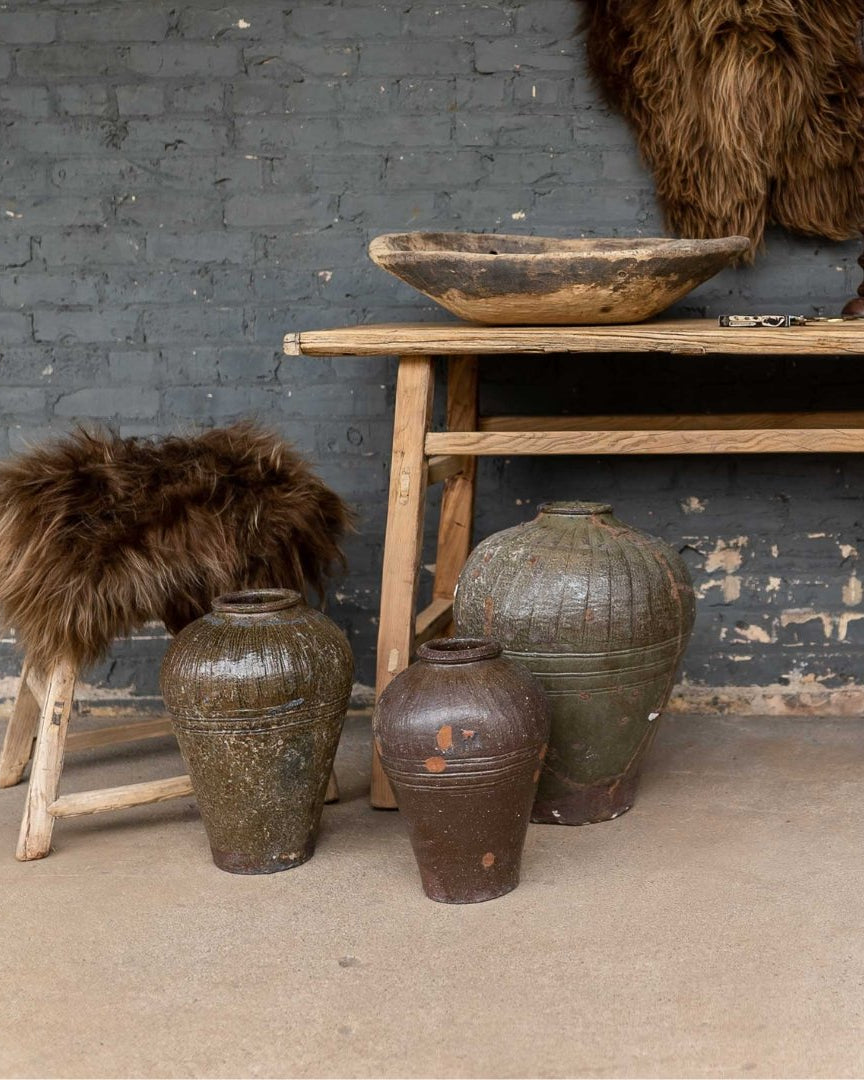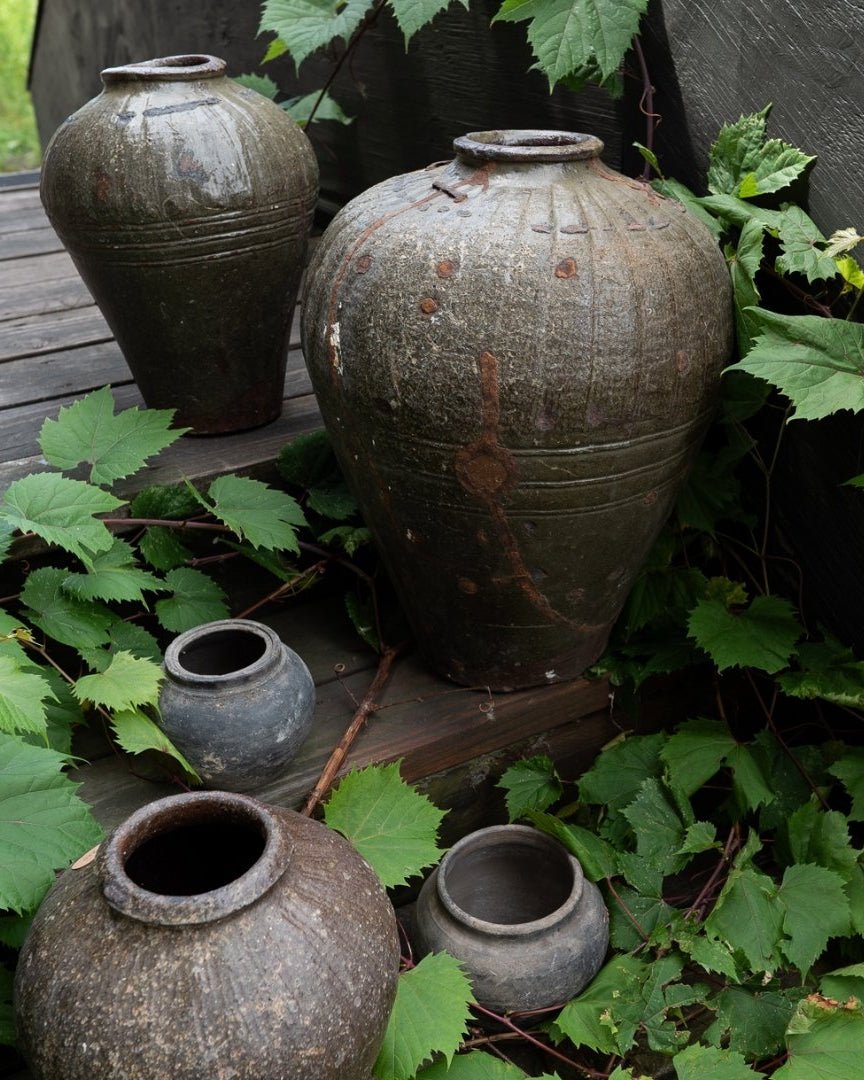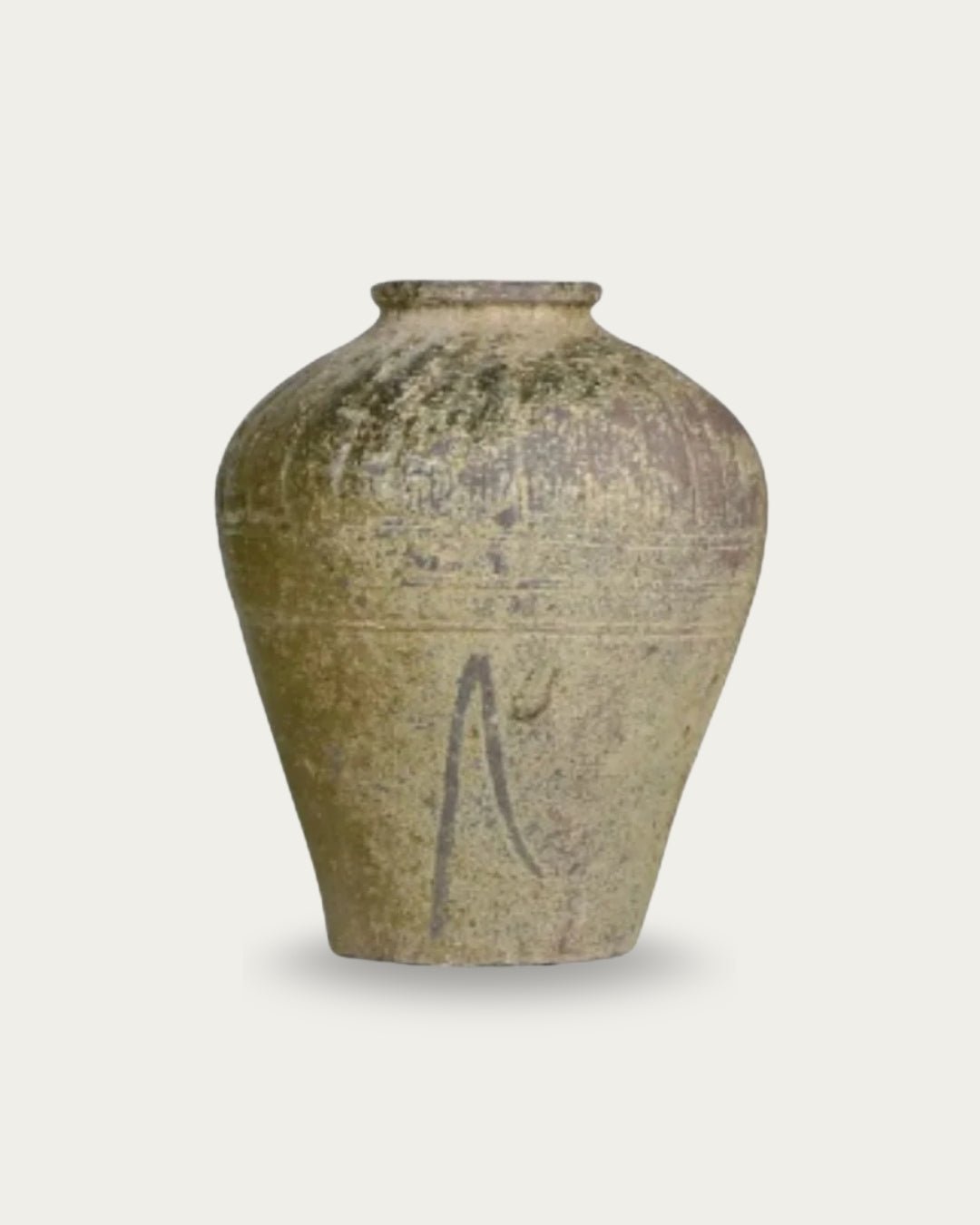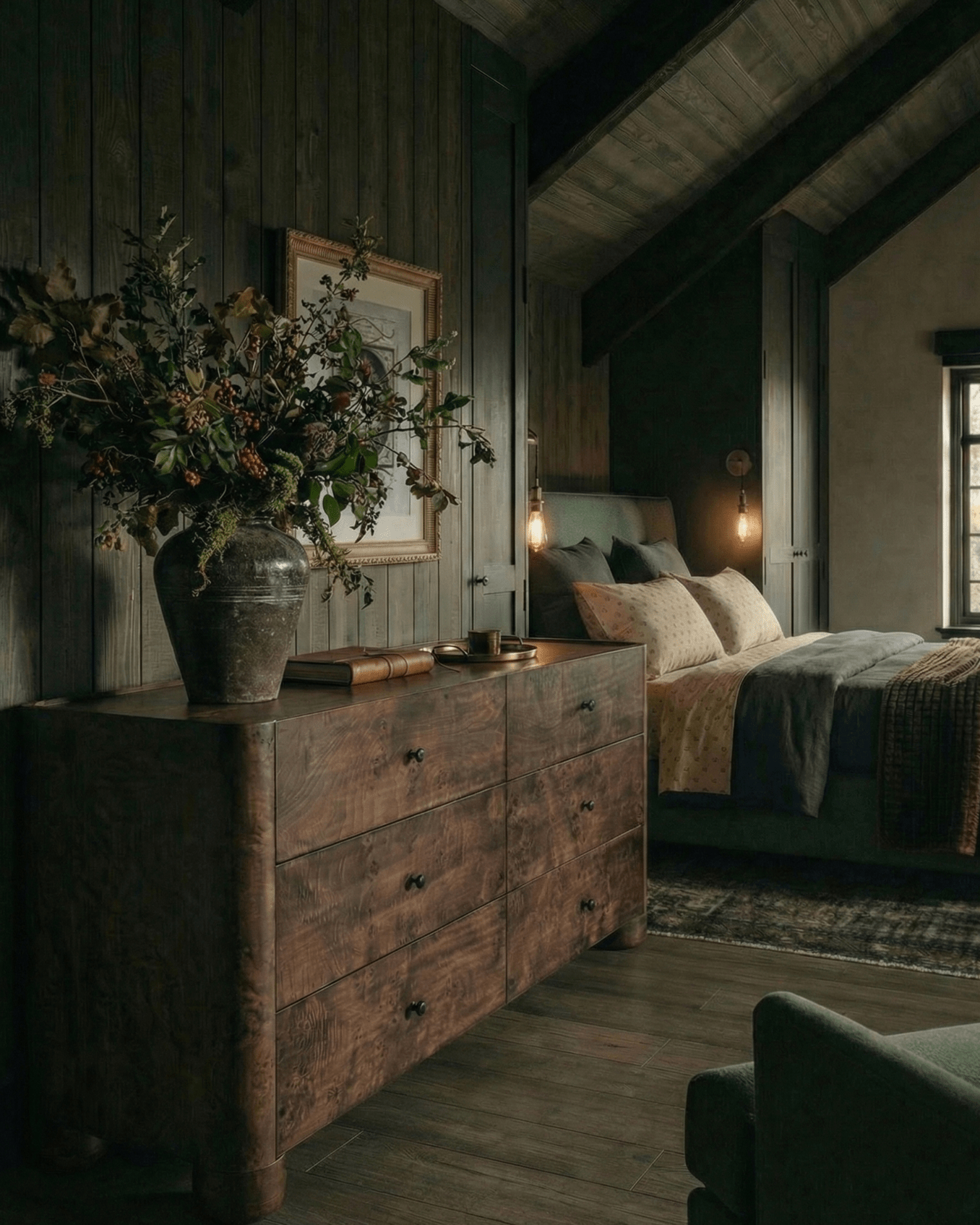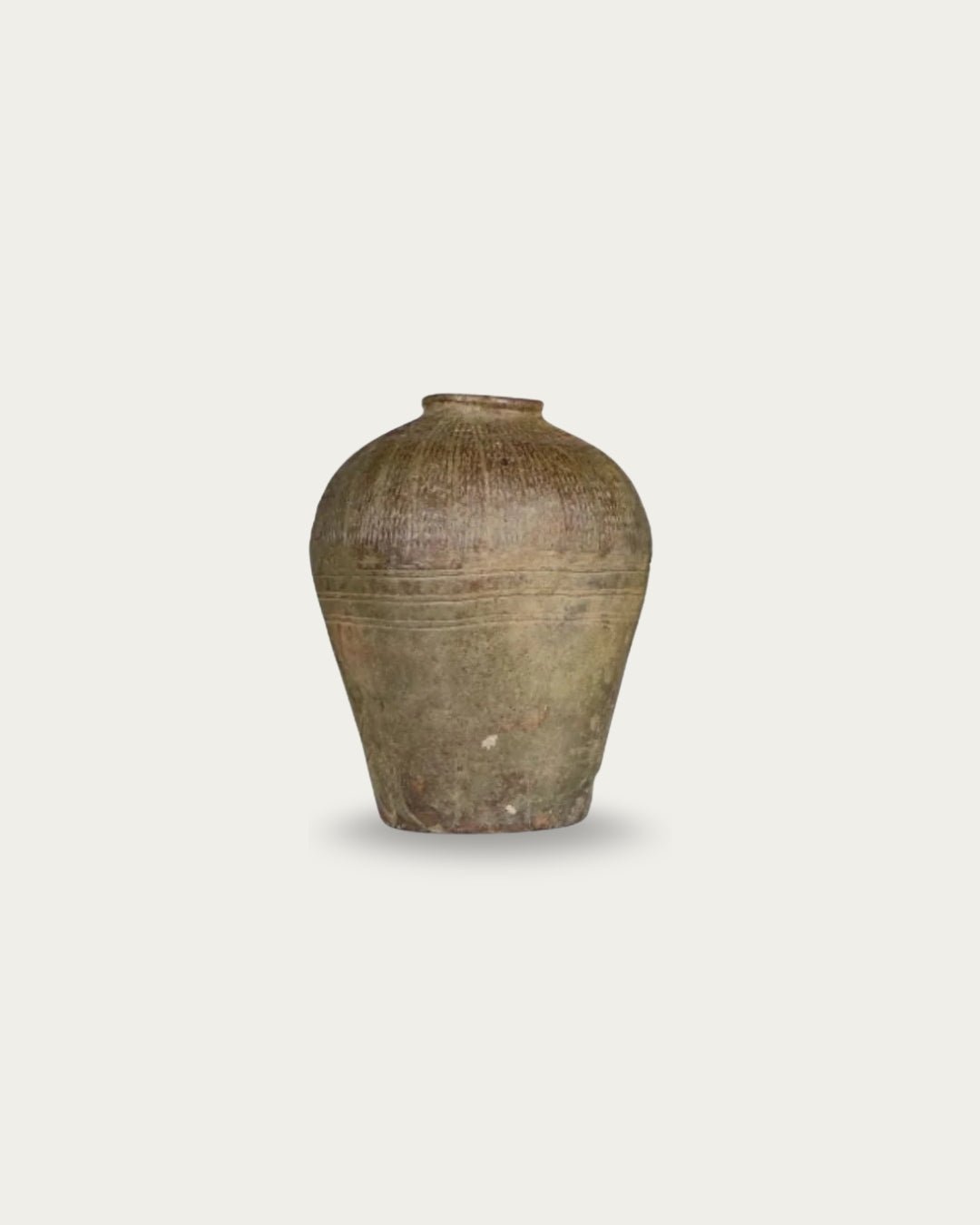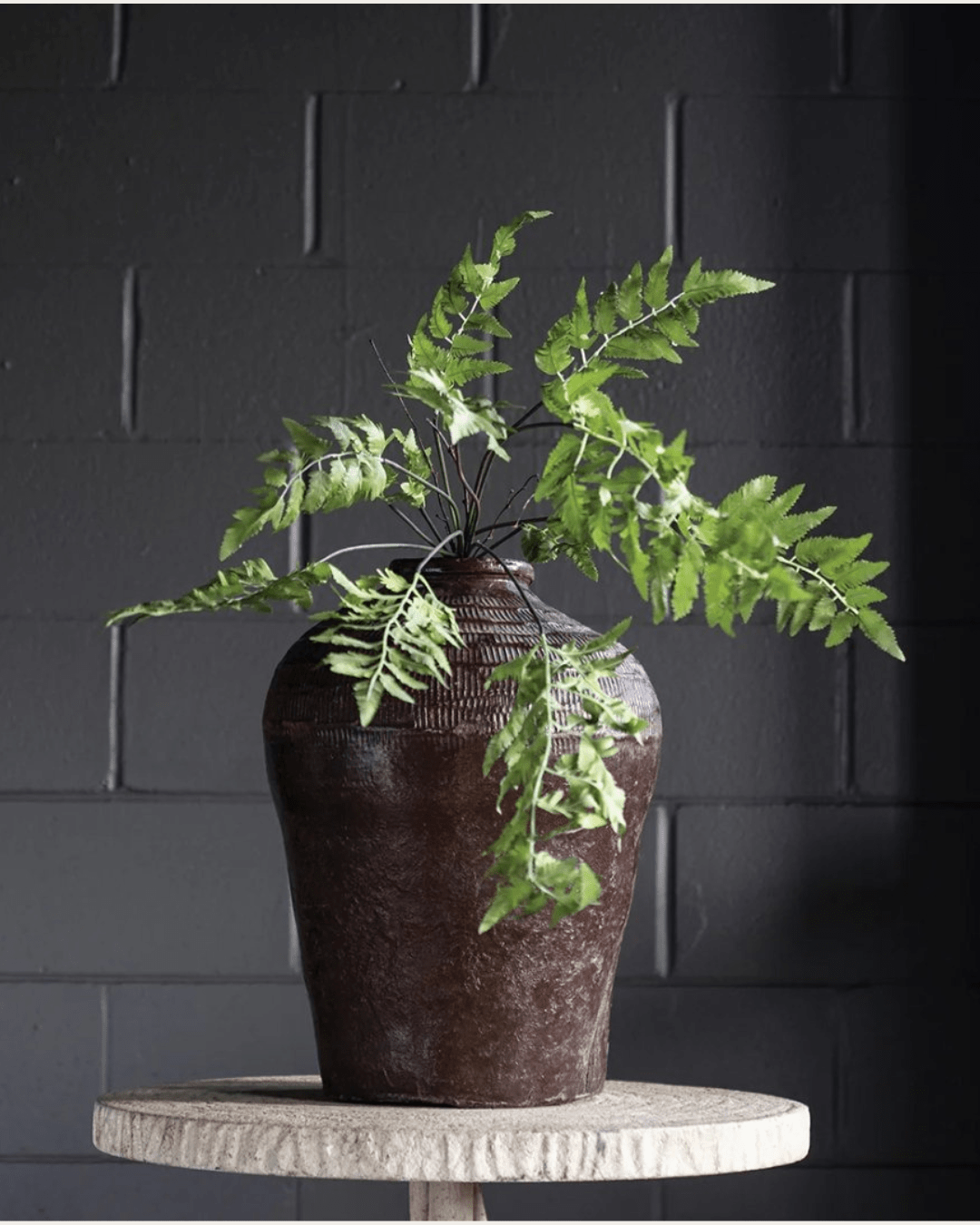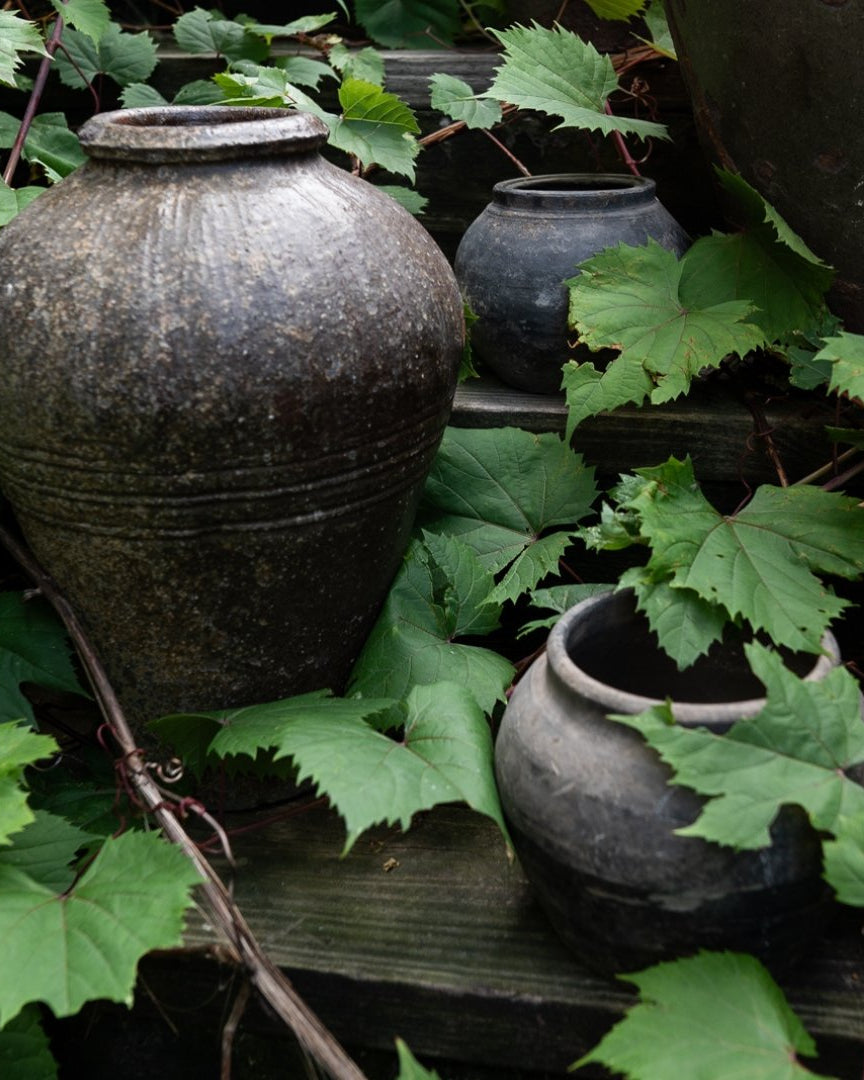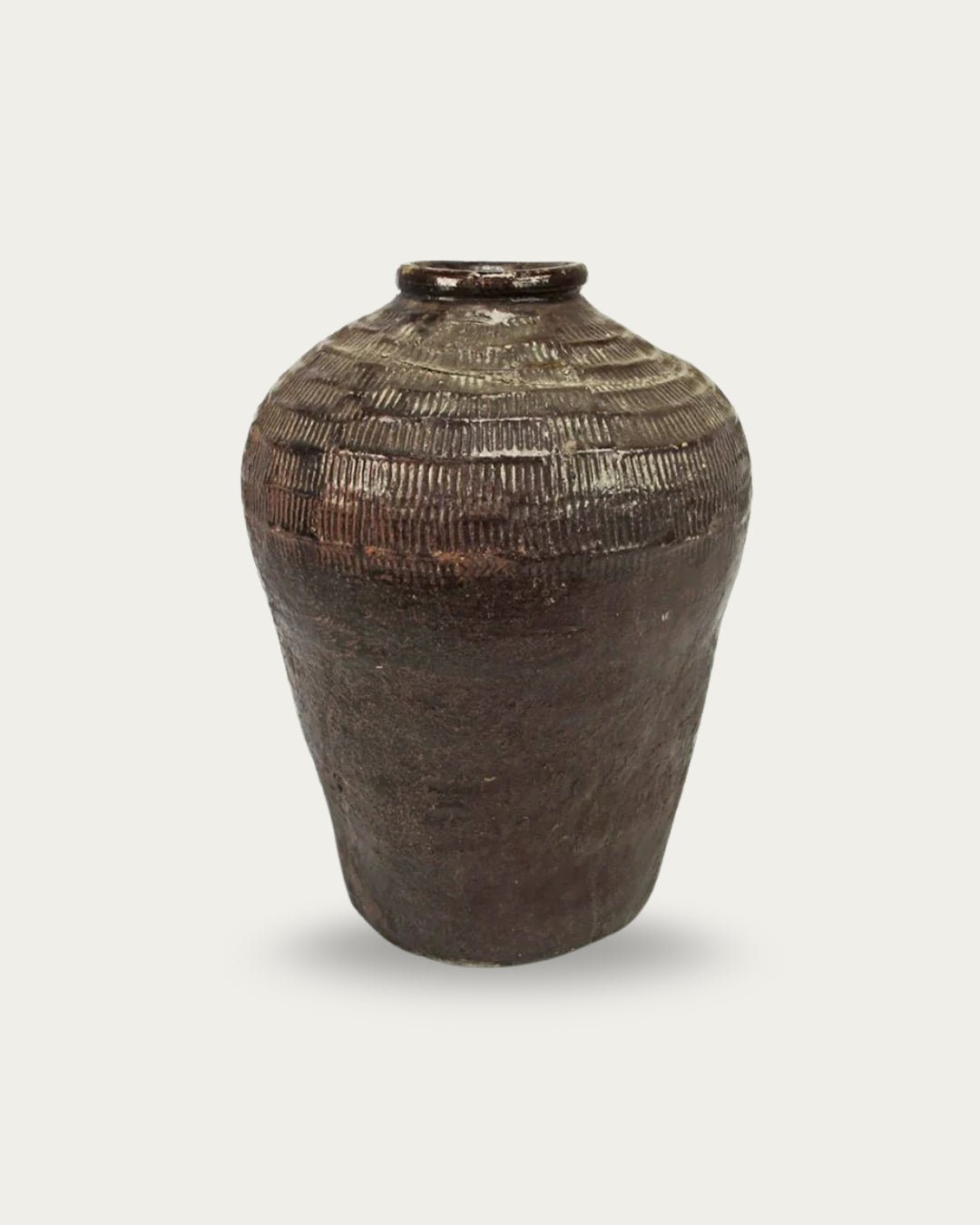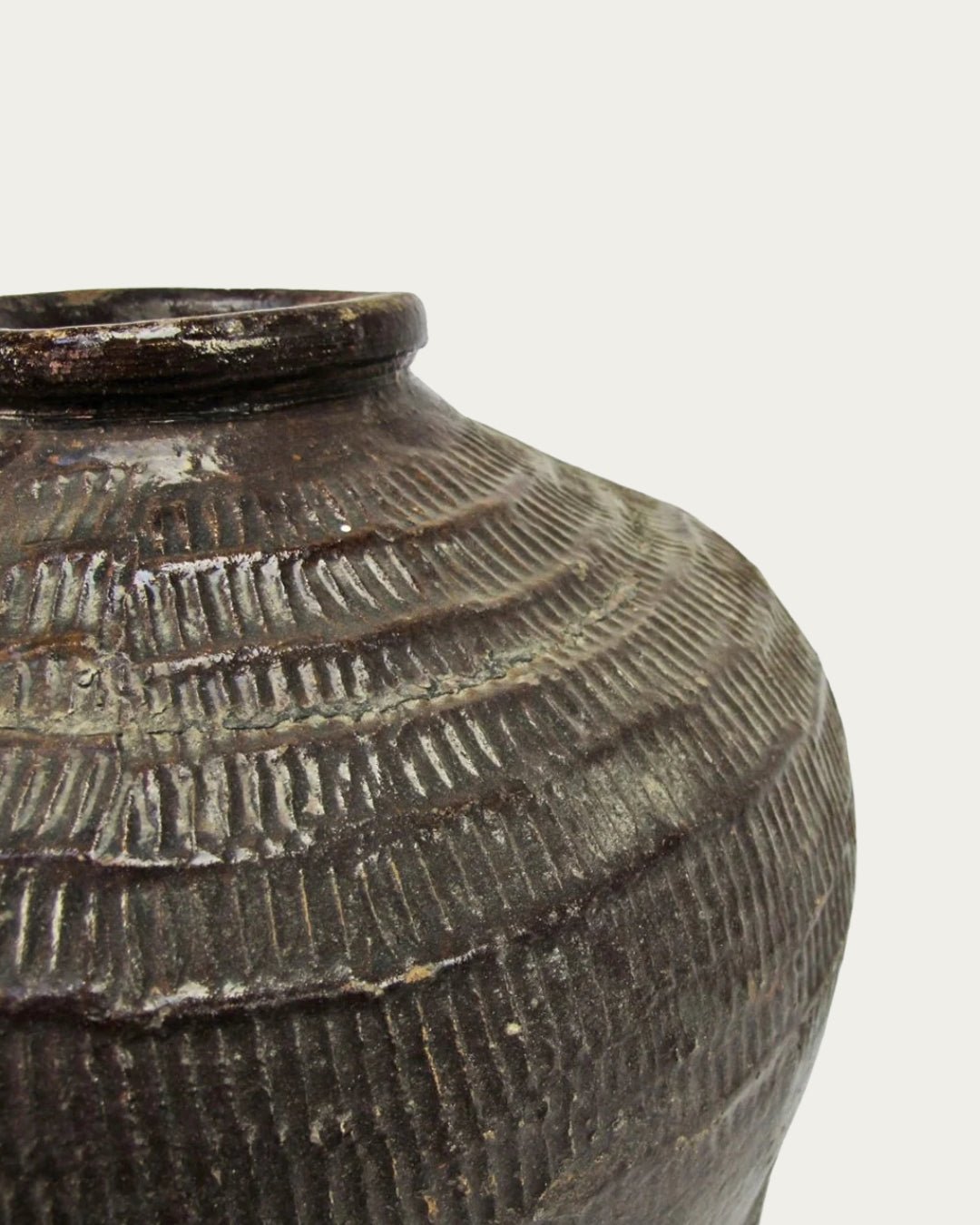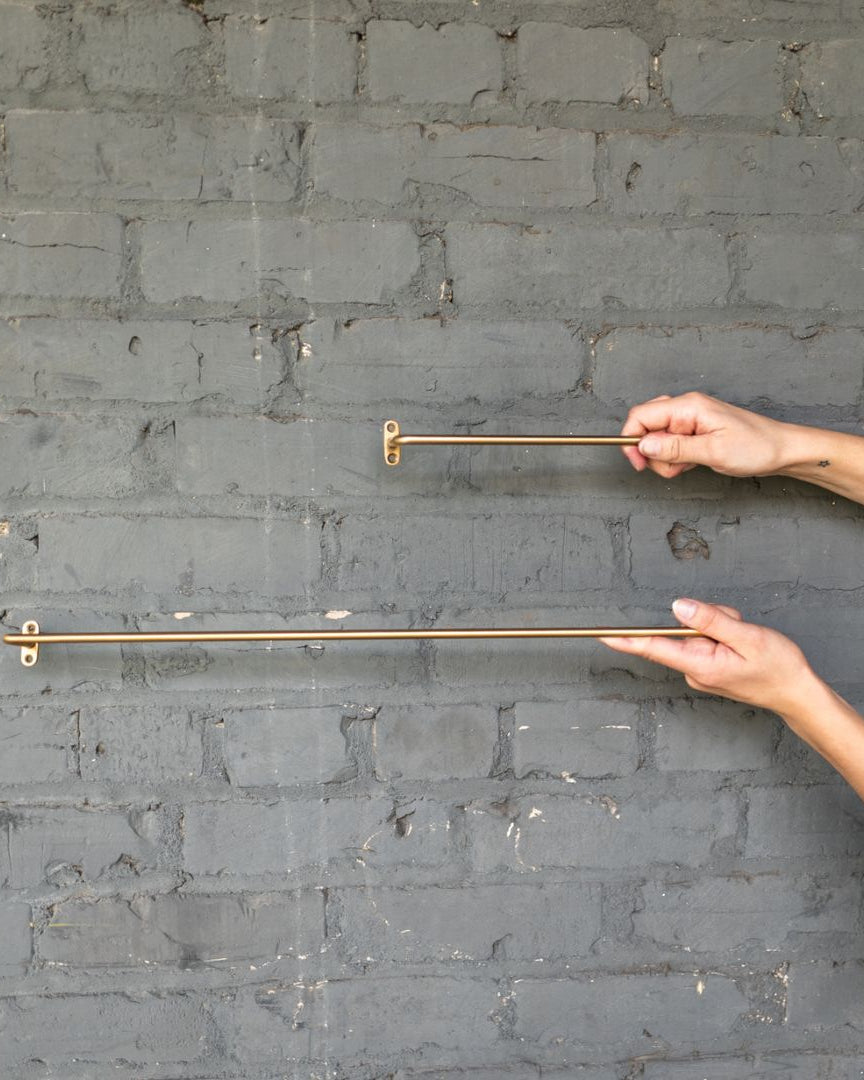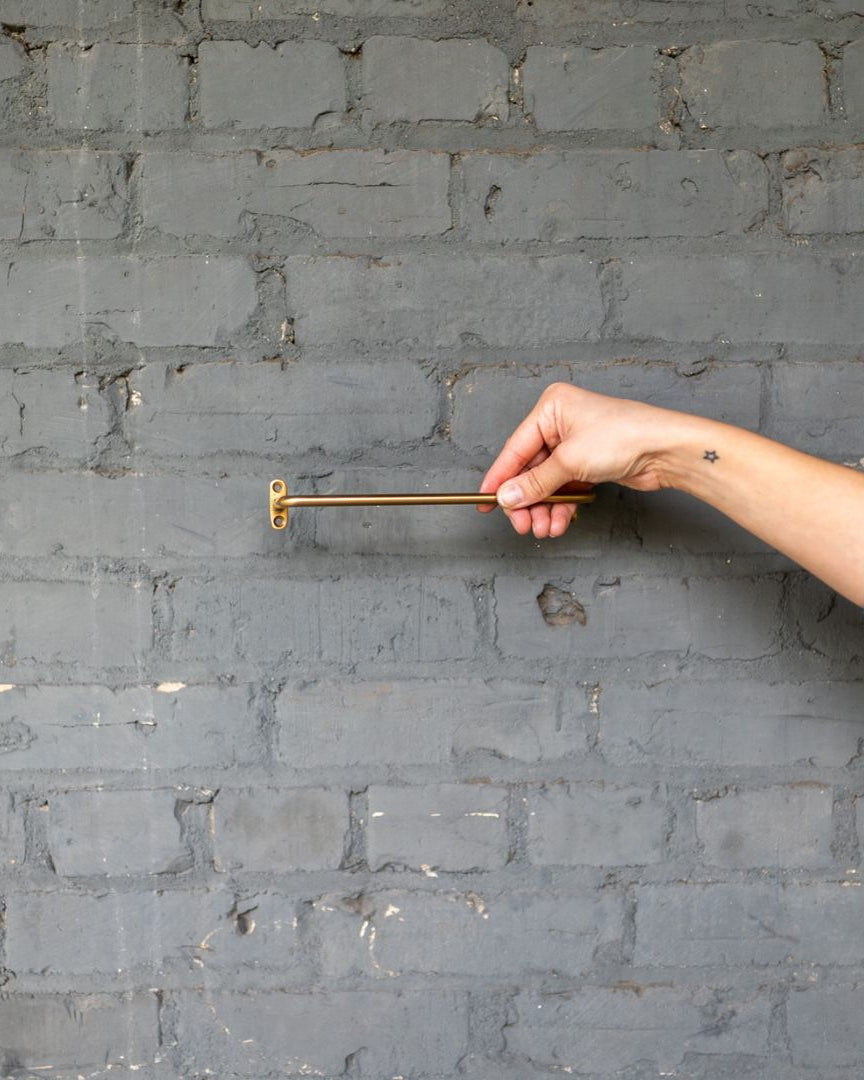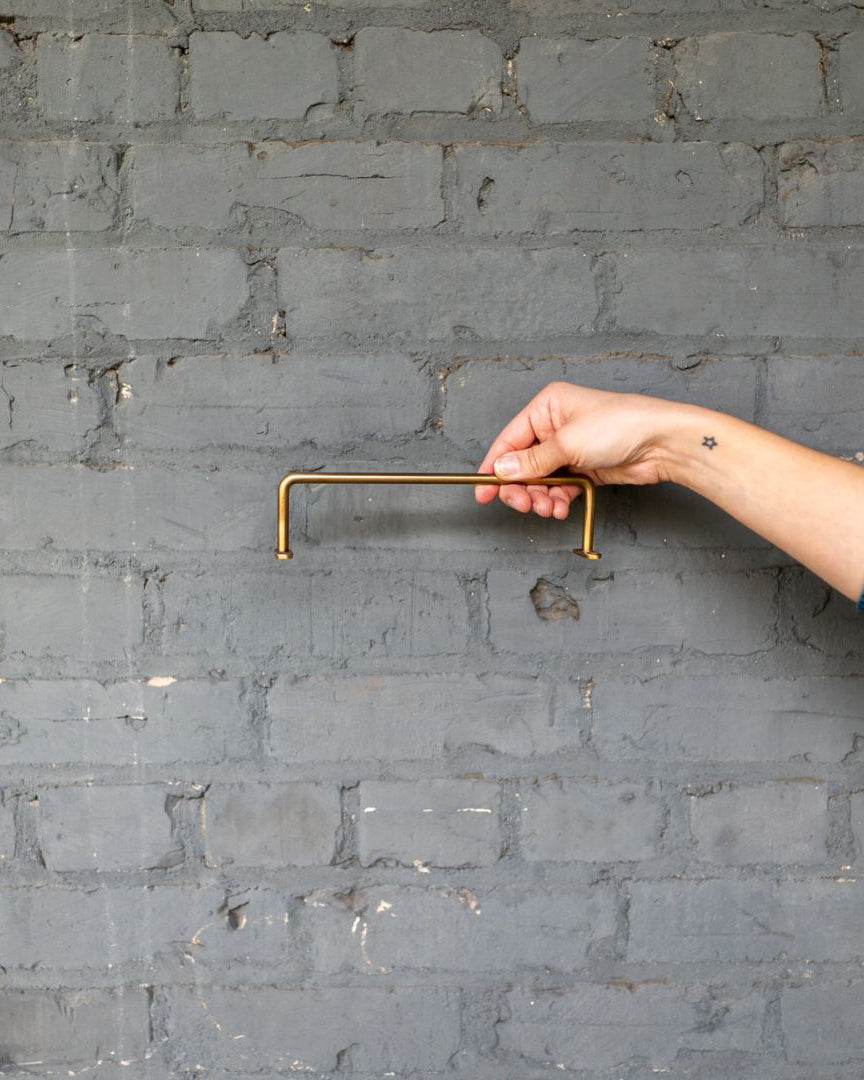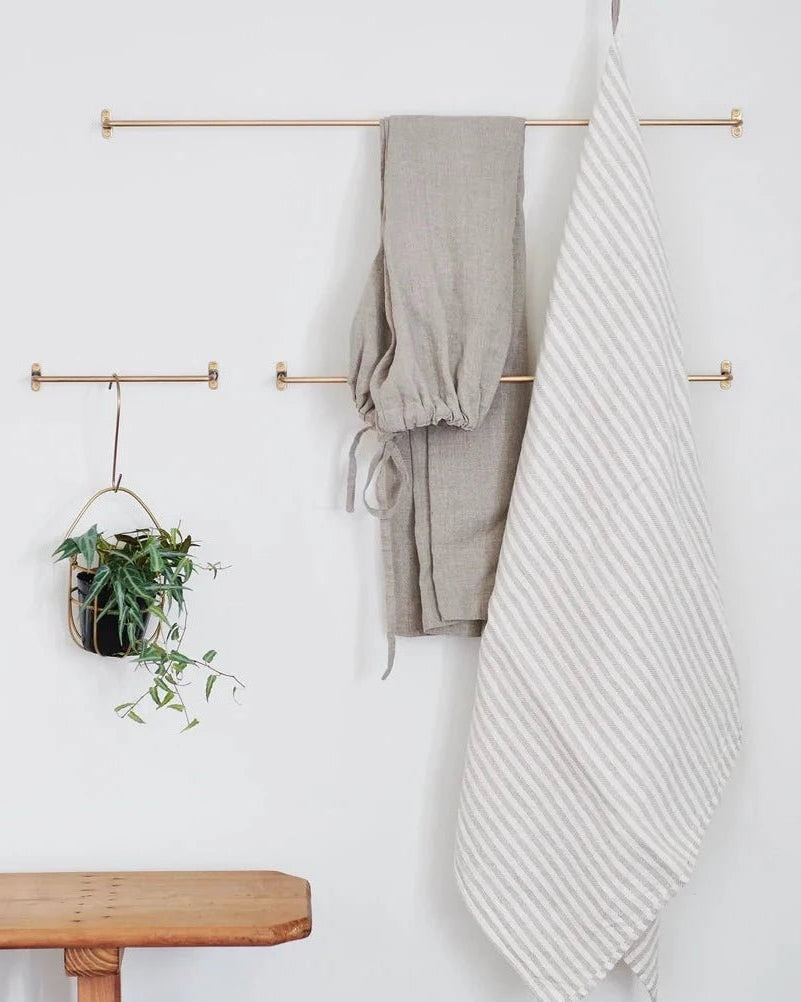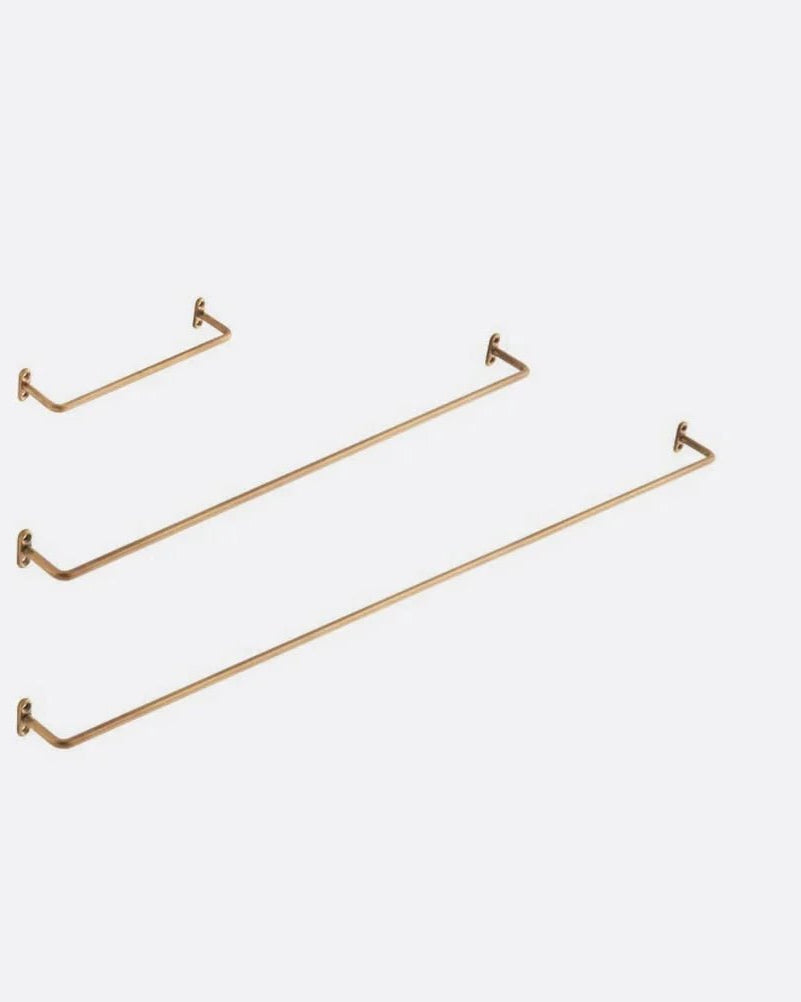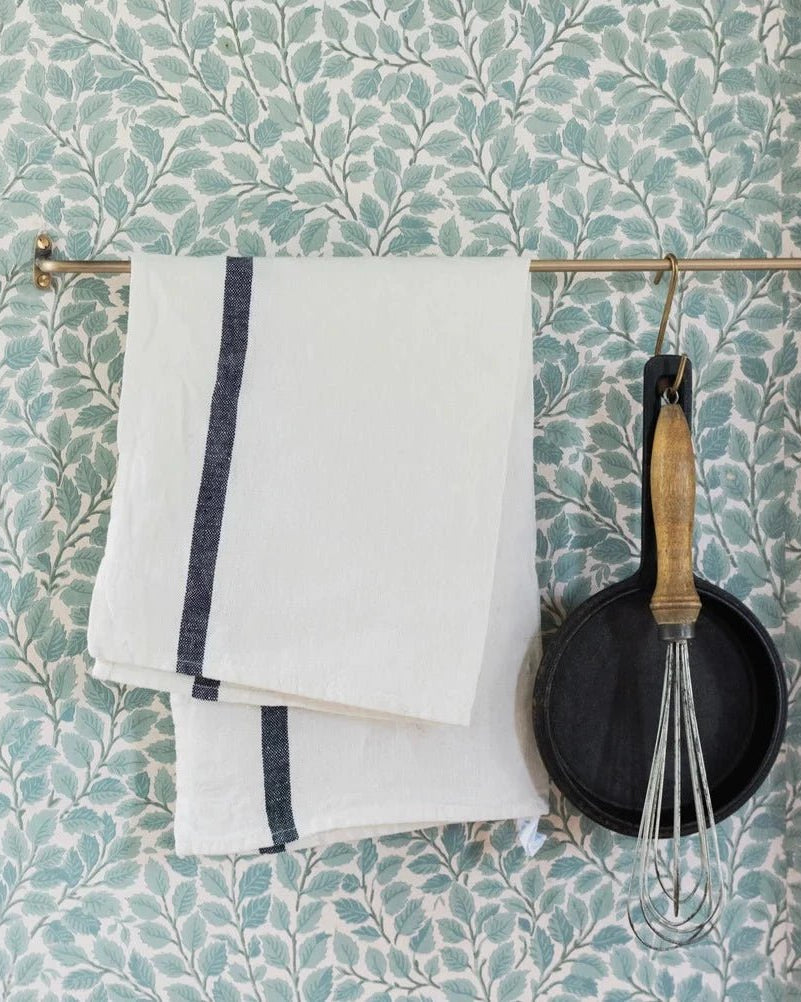Choosing home furniture that marries cozy comfort with eye-catching style? Easier said than done—especially when modern minimalism and rustic style push in different directions, the result can feel disjointed. Modern rustic bridges that gap. This guide explores how natural materials, ergonomic design, and grounded color palettes work together to create a space that feels both functional and considered. Inside: an overview of modern rustic style, key comfort features, foundational furniture pieces, sustainable construction insights, spatial planning techniques, budget-conscious strategies, and care tips—for home furniture that balances design with everyday use.
Explore our living room furniture collection to find pieces that feel intentional, not overdone—sculptural chairs, low-slung sofas, and coffee tables carved with character.
What Is Modern Rustic Style and How Does It Influence Living Room Furniture?
Modern rustic style blends the raw authenticity of reclaimed timber and stone with the sleek simplicity of contemporary design to create living room furniture that feels both grounded and refined. It emphasizes natural materials and neutral palettes to foster a sense of warmth, while clean lines and understated silhouettes maintain a fresh, uncluttered look. This fusion shapes every decision from sofa profiles to accent tables, ensuring each piece contributes to a cohesive, inviting atmosphere that balances tactile comfort and visual interest.
What Defines Modern Rustic Interior Design?
Modern rustic interior design is characterized by the harmonious pairing of aged textures with minimalist forms. It embraces exposed wooden beams, live-edge surfaces, and unpolished stone alongside metal accents and geometric frames to highlight the inherent beauty of each material. For example, a streamlined sofa with linen upholstery set against a reclaimed oak coffee table demonstrates how rustic warmth and modern restraint can coexist to enhance both comfort and style.
Which Natural Materials Are Essential in Modern Rustic Furniture?
Natural materials form the backbone of modern rustic furniture, providing structural integrity and organic character. Reclaimed wood contributes unique grain patterns and stories from its prior life, while stone elements add solidity and natural variation. Soft textiles—such as linen, wool, and leather—introduce warmth and tactile contrast, and metal frames or hardware offer durability and a refined visual counterpoint.
| Entity | Attribute | Value |
|---|---|---|
| Reclaimed Wood | Aesthetic Appeal | Distinct grain, weathered patina |
| Natural Stone | Structural Strength | Durable, varied texture |
| Linen Fabric | Comfort | Breathable, soft drape |
| Wrought Iron | Style Contrast | Matte finish, industrial accent |
This blend of materials ensures living room furniture feels robust yet inviting, setting the stage for ergonomic enhancements that sustain long-term comfort.
How Does the Modern Rustic Color Palette Enhance Comfort and Style?
A modern rustic palette centers on neutrals and earth tones—shades of taupe, sand, slate, and forest green—that ground the space and reduce visual clutter. These muted hues reflect natural landscapes, evoke tranquility, and allow accent pieces to stand out without overwhelming the eye. Incorporating a deep charcoal sofa against warm wood floors exemplifies how neutral contrasts foster both cozy relaxation and sophisticated appeal.
How Do Clean Lines and Rustic Warmth Combine in This Style?
Clean lines streamline silhouettes—think low-profile sofas, simple console tables, and angular shelving—while rustic warmth emerges through surface treatments and material choices. A minimalist coffee table with hairpin metal legs may feature a rough-hewn wood top, showcasing how crisp geometry and organic texture interlock to deliver comfort in form and substance. This combination prevents heavy, ornate pieces from dominating the room and keeps the visual flow light and airy.
How Can You Prioritize Comfort When Selecting Modern Rustic Living Room Furniture?
Comfort begins with furniture designed for supportive ergonomics, high-quality cushioning, and fabrics that invite you to linger. Prioritizing seating with proper dimensions, resilient upholstery, and thoughtful detailing ensures every piece not only looks welcoming but also feels effortlessly restorative.
What Ergonomic Features Should You Look for in Sofas and Chairs?

Ergonomic seating supports natural posture and reduces fatigue by combining optimal seat depth, appropriate cushion density, and adequate lumbar support. Seek sofas with a seat depth of 20–22 inches for balanced thigh support, backrests angled around 100–110 degrees to encourage upright comfort, and high-density foam or down-wrapped cores that retain shape while providing plush resilience.
Key Ergonomic Attributes for Seating:
- Seat Depth: Should accommodate average thigh length for proper weight distribution.
- Backrest Angle: A recline between 100–110° supports the lumbar curve.
- Cushion Fill: High-density foam wrapped in down offers both support and softness.
- Frame Construction: Kiln-dried hardwood frames minimize warping over time.
Designers recommend testing these parameters in person to verify that the proportions align with your body shape and preferred seating posture.
Ergonomic Benefits of Seating
Ergonomic seating is designed to support natural posture and reduce fatigue by combining optimal seat depth, appropriate cushion density, and adequate lumbar support. These features are essential for long-term comfort and well-being, especially in furniture used for extended periods.
This research supports the article's emphasis on the importance of ergonomic features in furniture selection.
Which Fabrics Offer Both Comfort and Durability in Rustic Furniture?
Choosing upholstery with natural performance blends ensures softness without sacrificing longevity. Linen provides a relaxed texture that softens with use, cotton blends resist pilling and fading, wool offers insulating warmth, and top-grain leather develops a rich patina while repelling stains. Performance synthetics woven into these fibers boost spill resistance and ease of cleaning for family-friendly living rooms.
- Linen enhances airflow and drape in warm climates.
- Cotton blends balance softness with abrasion resistance.
- Wool insulates and maintains shape under frequent use.
- Leather offers durability, natural aging, and straightforward maintenance.
- Performance fabrics add stain-repellent finishes without compromising texture.
These materials create a tactile experience that reinforces the rustic theme while ensuring seating stands up to daily life.
How Do You Test Furniture for Long-Term Comfort?
Before committing to a purchase, spend at least five minutes seated in each piece, adjusting your posture and shifting positions as you naturally would. Check for sagging cushions, overly rigid frames, or excessive bounce. Test edge support by sitting close to the front to ensure the seat won’t collapse. Finally, assess fabric hand and temperature responsiveness—fabric should breathe and remain comfortable against bare skin.
What Are the Key Furniture Pieces to Complete a Modern Rustic Living Room?
A thoughtfully curated modern rustic living room features a balance of plush seating, functional surfaces, and accent elements that tie the design together. Selecting each piece for both its comfort properties and aesthetic contribution ensures a cohesive environment that welcomes conversation and relaxation.
Explore our full home furniture collection to discover foundational pieces that translate comfort and materiality across your entire space.
How to Choose Comfortable and Stylish Sofas and Sectionals?
Comfortable modern rustic sofas combine ergonomic support with natural materials and clean designs. Try the Jorian Lounge Sectional for a plush, low-profile foundation, or the Alma Leather Chesterfield Sofa if you want deep cushioning paired with classic tufting. Seek sectionals built on hardwood frames with down-wrapped cushions, upholstered in performance linen or gently distressed leather. Low arms and tailored backs amplify a contemporary look, while plush seat cushions invite extended lounging. The Gustav Black Leather Loveseat balances modern restraint with supple comfort, while the Anton Brown Leather Sofa brings in a moodier tone with its rich hue and minimalist lines.
| Entity | Attribute | Value |
|---|---|---|
| Sectional | Frame Material | Kiln-dried oak |
| Sofa | Cushion Fill | High-density foam wrapped in goose down |
| Upholstery | Fabric Type | Performance linen blend |
| Leg Detail | Style Accent | Black steel tapered legs |
This combination ensures each seating piece delivers both the supportive structure and tactile comfort essential to modern rustic living.
What Makes Coffee Tables and Side Tables Ideal for Modern Rustic Spaces?
Coffee tables and side tables in this style showcase the organic texture of reclaimed wood or live-edge stone tops paired with minimalist metal or wood frames. The Finn Rustic Wood Coffee Table captures the rugged character of salvaged timber, while the Elin Coffee Table offers refined balance through its sculptural form. For a sleek touch of stone, the Fjola Marble Coffee Table brings in veining and polish without disrupting the rustic mood. Functionality comes through adjustable heights, inset storage trays, or nesting capabilities, while the raw surfaces and subtle silhouettes reinforce visual harmony.
- Reclaimed wood tops add history and patina.
- Metal frames provide structural contrast.
- Stone accents introduce solidity and pattern.
By selecting tables that integrate multiple materials, you maintain the interplay of rustic character and modern refinement.
How Do Accent Chairs and Ottomans Add Character and Comfort?
Accent chairs and ottomans amplify seating variety and bring sculptural interest. Consider the Tomas Occasional Chair for a grounded, mid-century shape, or the Akima Lounge Chair, which layers comfort with architectural poise. The Thea Occasional Chair softens a corner with its wide seat and curved back, making it ideal for quiet reading nooks. A wingback chair clad in leather or boucle fabric introduces texture, while a round ottoman upholstered in wool offers a cozy footrest or extra seating. Punctuating the space with unique silhouettes enhances both function and style.
Which Storage Solutions Blend Rustic and Modern Aesthetics?
Open shelving units featuring reclaimed wood planks on black metal frames, low-profile media consoles with sliding barn doors, and floating wall cabinets in distressed wood finishes provide practical storage without compromising the clean lines of modern design. These solutions keep clutter at bay and maintain the airy flow central to the modern rustic ethos.
How Do You Select Durable and Sustainable Modern Rustic Furniture?
Opting for long-lasting materials and eco-friendly practices ensures your furniture investment preserves both quality and the environment. Durability hinges on robust construction methods, while sustainability depends on responsibly sourced and finished materials.
What Are the Benefits of Reclaimed Wood in Modern Rustic Furniture?

Sustainable Material Benefits
Reclaimed wood reduces the demand for new timber, lowers carbon emissions, and often possesses greater stability due to years of seasoning. Its distinct knots and grain patterns deliver an authentic, one-of-a-kind aesthetic that deepens the visual story of each piece.
Which Construction Methods Ensure Furniture Durability?
Joints and frame integrity dictate a piece’s lifespan. Look for:
- Mortise-and-tenon or dovetail joints for drawer and frame connections.
- Kiln-dried hardwood to prevent warping.
- Corner blocks and reinforced webbing under cushions to maintain shape.
- Double-needle stitching on upholstery seams for added resilience.
These techniques protect against wear and maintain structural stability over decades.
How to Identify Eco-Friendly Materials and Finishes?
Seek furniture bearing certifications like FSC for wood, GREENGUARD Gold for low-VOC emissions, or OEKO-TEX for textiles. Finishes using water-based stains and plant-derived oils avoid harmful off-gassing, and recycled metal frames conserve resources without sacrificing strength.
| Entity | Attribute | Value |
|---|---|---|
| Hardwood (FSC-certified) | Sustainability Rating | Verified chain of custody |
| Upholstery Textiles | VOC Emissions | GREENGUARD Gold certified |
| Metal Components | Recycled Content | 25–40% post-consumer recycled |
Selecting pieces with these credentials fosters a healthier home and a greener planet.
How Can You Create a Cohesive and Stylish Modern Rustic Living Room Layout?
A successful layout balances traffic flow, focal points, and grouping logic so that each furniture element contributes to an inviting, functional setting.
What Are the Best Practices for Modern Rustic Living Room Space Planning?
Arrange seating around a natural focal point—such as a fireplace or large window—while leaving clear pathways of at least 30 inches for movement. Use area rugs to define conversation zones and anchor furniture groupings. Maintain proportional scale: pair a sizable sectional with lower tables and taller floor lamps to create dynamic vertical balance.
How Does Lighting Enhance Comfort and Style in Modern Rustic Rooms?
Layer ambient, task, and accent lighting to accentuate textures and set mood. Edison-style pendants over coffee tables highlight wood grain, while adjustable floor lamps near sofas deliver reading light. Soft-glow LED strips under shelving reveal stone or brick surfaces, reinforcing the style’s emphasis on natural materials.
Which Accessories Best Complement Modern Rustic Furniture?
Decorative accessories—woven baskets, ceramic vases, jute rugs, and potted greenery—bring organic accents that echo the key materials. Abstract art with earth-tone palettes adds a contemporary touch, while textured throw blankets and pillows in leather or wool fortify the inviting, lived-in feel.
What Budget-Friendly Tips Help Achieve a Modern Rustic Living Room Look?
Crafting a high-end feel on a budget involves strategic investment in standout pieces and creative DIY enhancements that reinforce the modern rustic narrative without overspending.
Which Key Investment Pieces Offer the Best Balance of Comfort and Style?
Focus first on seating—opt for a quality sofa or sectional with ergonomic springs and premium fill. Next, select a durable coffee table in reclaimed wood to anchor the room’s aesthetic. These two pieces establish both the comfort baseline and central style statement.
How Can DIY Elements Enhance Your Modern Rustic Living Room?
Simple woodworking projects like crafting a live-edge console or refinishing vintage crates into storage cubbies introduce authenticity at minimal cost. Upcycling salvaged shutters into floating shelves or distressing store-bought frames with sandpaper can reinforce rustic charm affordably.
How to Mix Affordable and High-Quality Furniture for a Rustic Modern Aesthetic?
Combine budget finds—such as thrifted end tables or discount-retail accent chairs—with premium items strategically placed in focal zones. This layering approach ensures that the eye is drawn to quality materials and craftsmanship while overall costs remain manageable.
How Do You Maintain and Care for Modern Rustic Living Room Furniture?
Preserving the original character and comfort of your furniture involves regular cleaning, protective measures, and prompt repairs that respect the integrity of natural materials.
What Are the Best Practices for Caring for Natural and Reclaimed Wood?
Dust wood surfaces weekly with a microfiber cloth and clean spills immediately to prevent stains. Apply paste-wax polish twice a year to nourish fibers and enhance patina. Avoid placing hot objects directly on wood tops, and use coasters or felt pads to prevent moisture rings.
How Should You Maintain Textiles and Upholstery for Longevity?
Vacuum fabric upholstery regularly with a soft brush attachment to remove debris. For spot cleaning, use manufacturer-approved cleaning solutions and blot gently rather than rubbing. Rotate and flip cushions every few months to distribute wear evenly and preserve cushion shape.
How to Protect Your Furniture While Preserving Its Rustic Charm?
Invest in slip-on arm covers or removable cushion protectors for high-traffic seats. Use clear matte sealers on live-edge surfaces to guard against spills without altering natural texture. For minor scratches, gently buff with fine steel wool or apply a matching wood-tone wax stick to blend imperfections.
Over time, thoughtfully selected furniture and conscientious care reinforce the balance of snug comfort and refined style central to the modern rustic living room. By integrating ergonomic features, natural materials, durable construction, and cohesive layout strategies, you’ll create a space that welcomes both everyday relaxation and memorable gatherings. Explore our curated collection of modern rustic pieces to begin crafting your ideal living room environment today.
Frequently Asked Questions
What are some tips for mixing modern rustic furniture with other styles?
Mixing modern rustic furniture with other styles can create a unique and personalized space. Start by selecting a few key pieces that embody the rustic aesthetic, such as a reclaimed wood coffee table or a leather sofa. Then, incorporate modern elements like sleek metal accents or minimalist decor. Aim for a cohesive color palette that ties the different styles together, and use accessories like throw pillows or artwork to bridge the gap between styles. Balance is key, so ensure that no single style overwhelms the other.
How can I incorporate plants into a modern rustic living room?
Incorporating plants into a modern rustic living room enhances the natural aesthetic and adds life to the space. Choose plants that thrive in indoor environments, such as snake plants, pothos, or fiddle leaf figs. Use rustic planters made from materials like terracotta, wood, or metal to complement your furniture. Arrange plants at varying heights on shelves, tables, or window sills to create visual interest. Additionally, consider hanging plants or using plant stands to maximize space and add dimension to your decor.
What are some budget-friendly ways to achieve a modern rustic look?
Achieving a modern rustic look on a budget is possible with a few strategic choices. Start by focusing on key investment pieces like a quality sofa or a reclaimed wood coffee table. Consider DIY projects, such as creating your own wall art or refurbishing thrifted furniture. Use natural materials like jute rugs or linen throws to enhance the rustic feel without breaking the bank. Finally, shop sales or clearance sections for unique items that fit the modern rustic theme, ensuring you stay within budget while achieving your desired look.
How can I create a focal point in a modern rustic living room?
Creating a focal point in a modern rustic living room can be achieved through strategic placement of key elements. Consider using a statement piece, such as a large piece of artwork, a striking fireplace, or a bold piece of furniture like a sectional sofa. Arrange seating to face this focal point, enhancing its prominence. Additionally, use lighting to draw attention to the focal area, such as pendant lights or wall sconces. Incorporating natural textures, like a reclaimed wood feature wall, can also enhance the rustic charm while serving as a visual anchor.
What role does lighting play in a modern rustic living room?
Lighting plays a crucial role in enhancing the comfort and style of a modern rustic living room. Layering different types of lighting—ambient, task, and accent—creates a warm and inviting atmosphere. Use soft, warm bulbs to complement natural materials and colors. Consider fixtures with rustic elements, such as Edison bulbs or wrought iron accents, to reinforce the theme. Adjustable lighting, like floor lamps or dimmable overhead lights, allows you to set the mood for different activities, from cozy evenings to lively gatherings.
How can I ensure my modern rustic furniture is eco-friendly?
To ensure your modern rustic furniture is eco-friendly, look for pieces made from sustainably sourced materials, such as FSC-certified wood or reclaimed materials. Check for certifications like GREENGUARD Gold, which indicates low VOC emissions. Opt for furniture with natural finishes, such as water-based stains or plant-based oils, to minimize harmful chemicals. Additionally, consider the longevity and durability of the furniture, as investing in high-quality pieces reduces waste over time. Supporting local artisans or brands that prioritize sustainability can also contribute to a greener home.
Conclusion
Creating a modern rustic living room that harmonizes comfort and style is achievable through thoughtful selection of furniture and materials. By prioritizing ergonomic designs, natural elements, and durable construction, you can cultivate a space that invites relaxation and conversation. Embrace the journey of transforming your living area by exploring our curated collection of modern rustic pieces. Start crafting your ideal environment today and experience the perfect blend of warmth and sophistication.
Shop our complete home furniture collection to design with cohesion, from entryway to bedroom.
